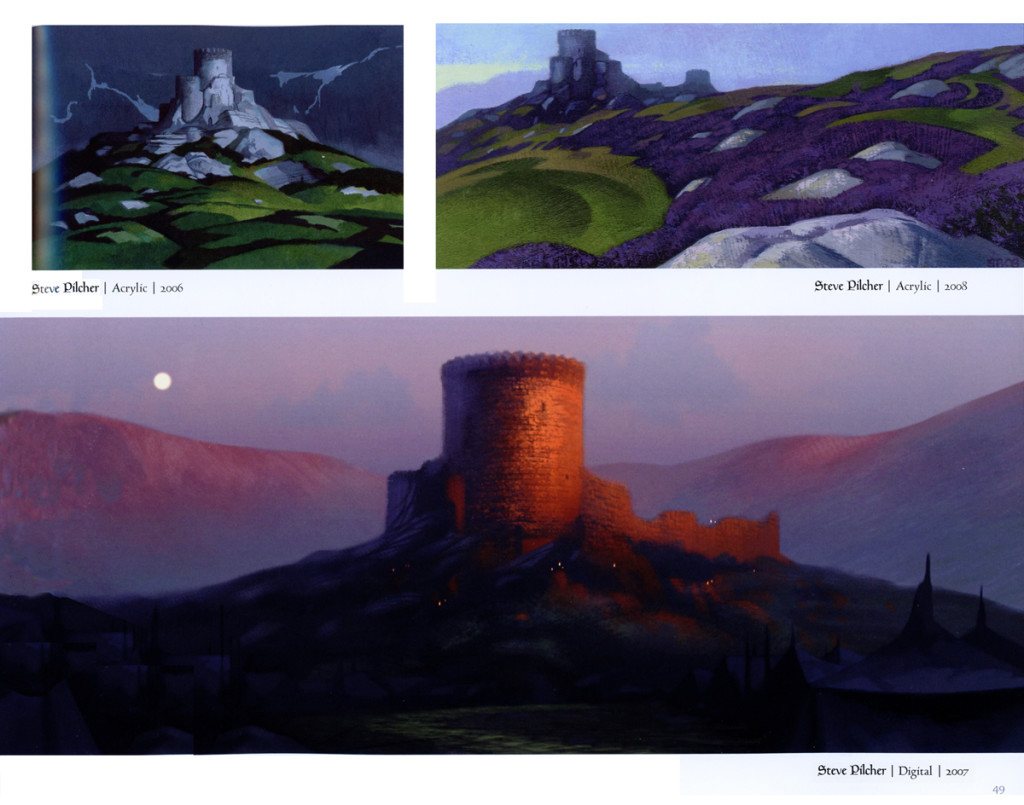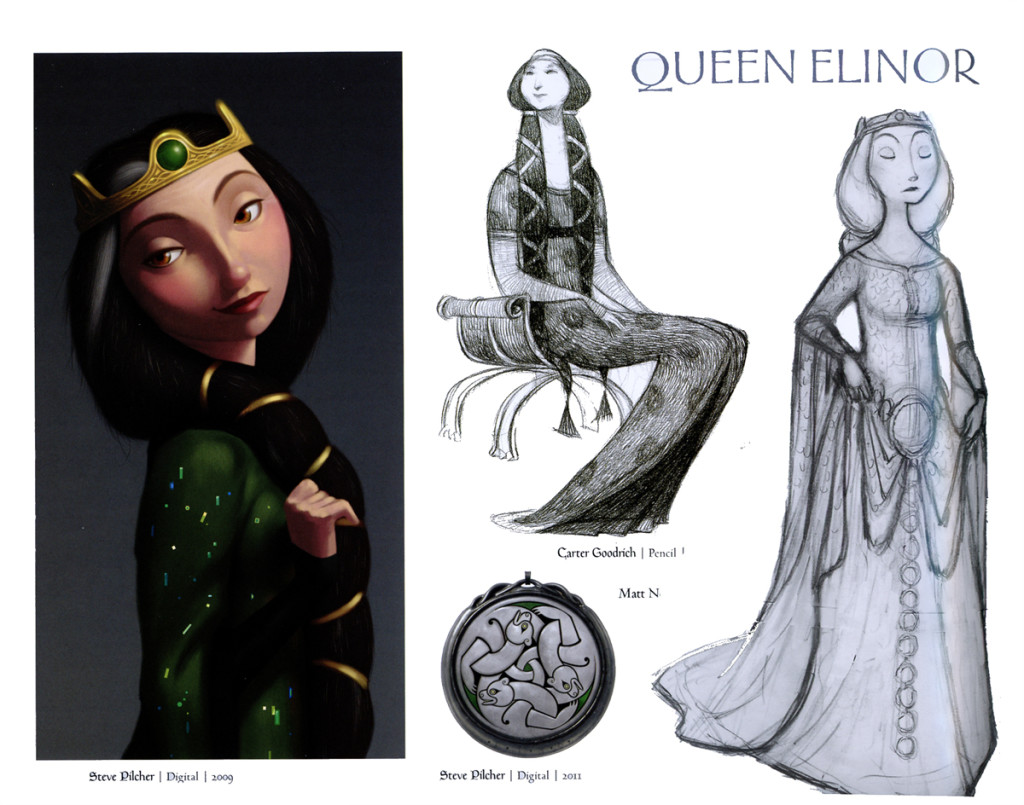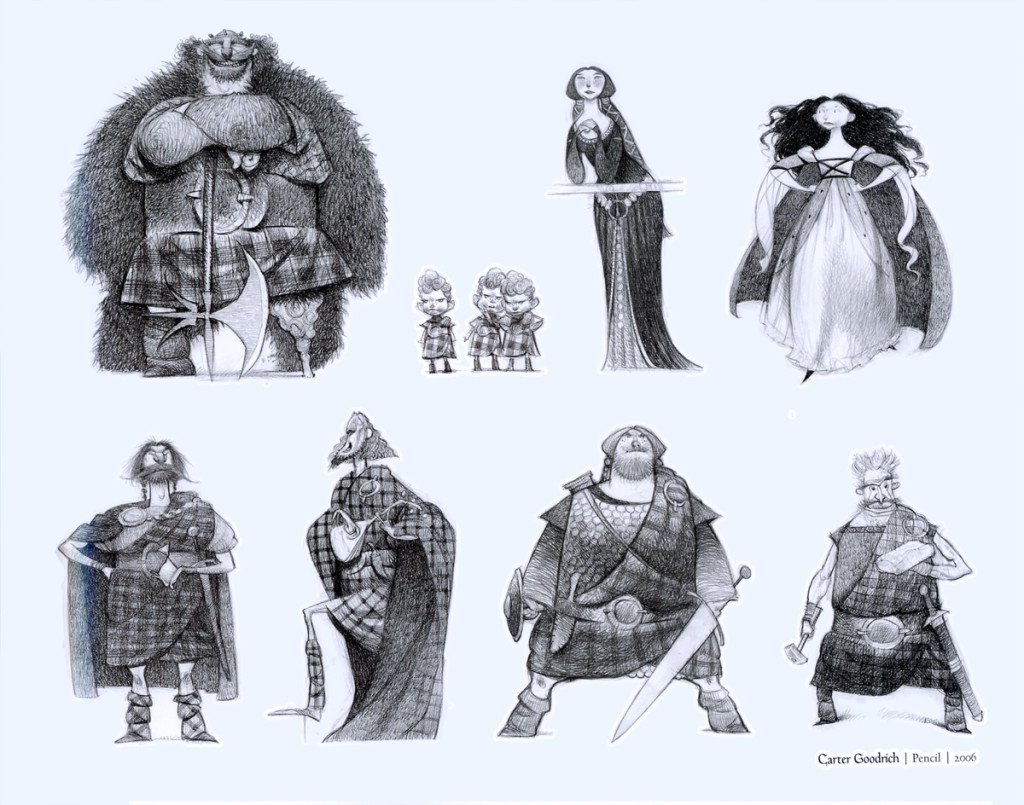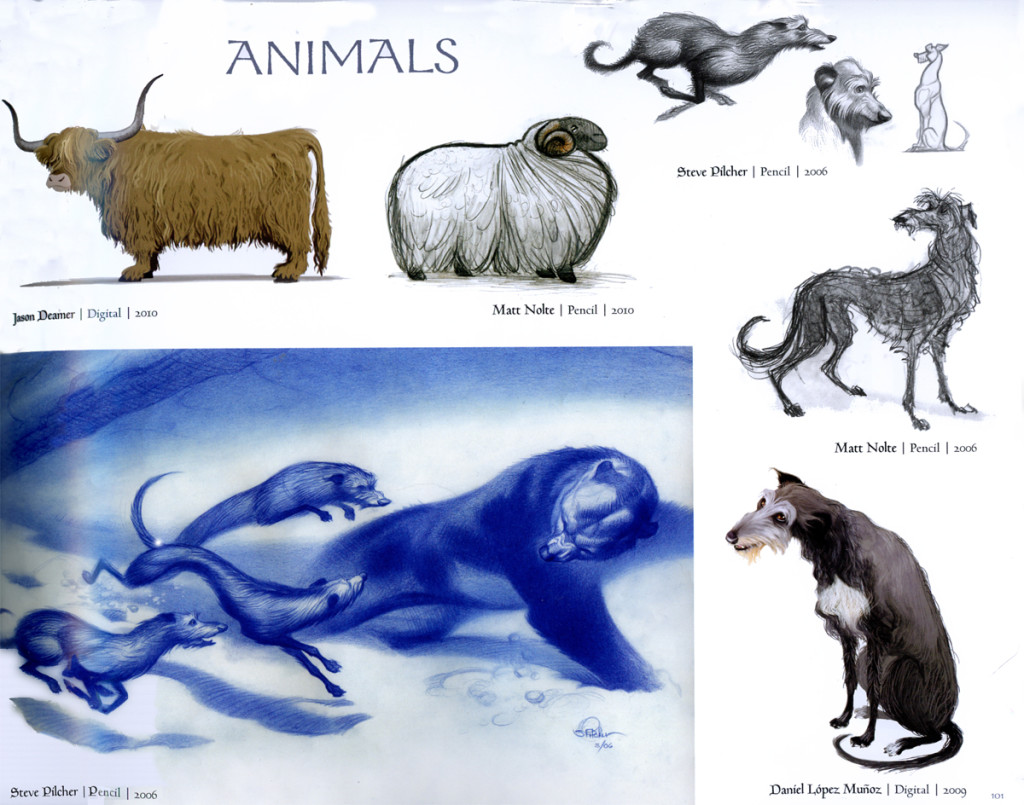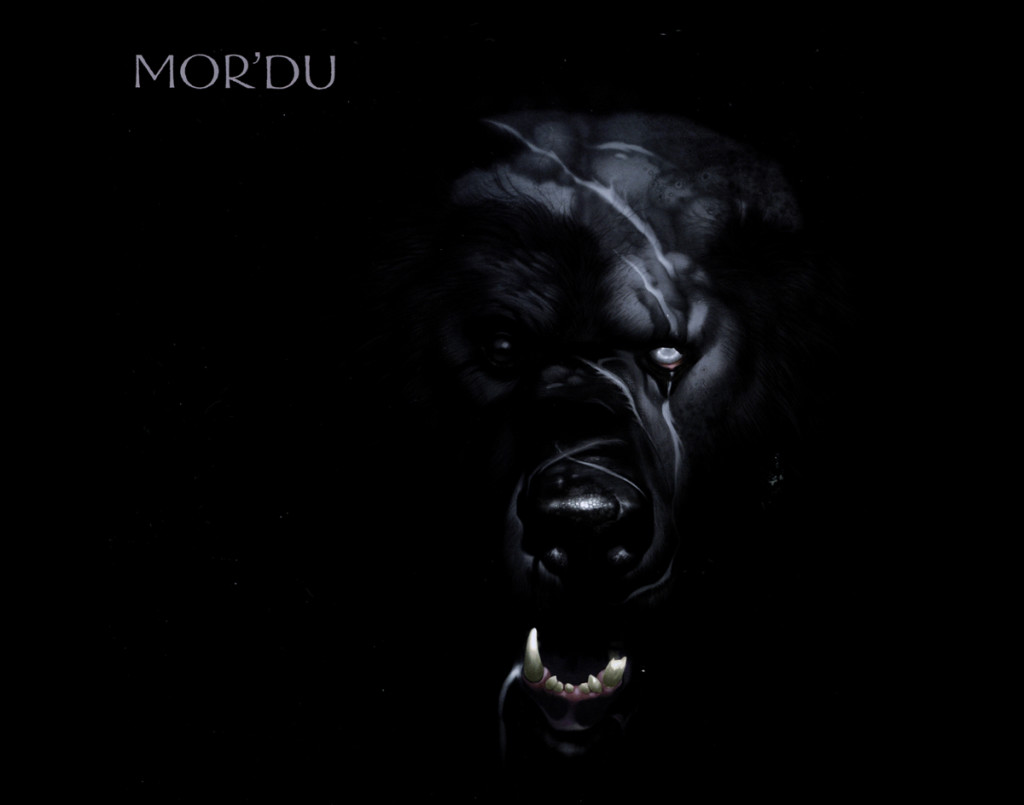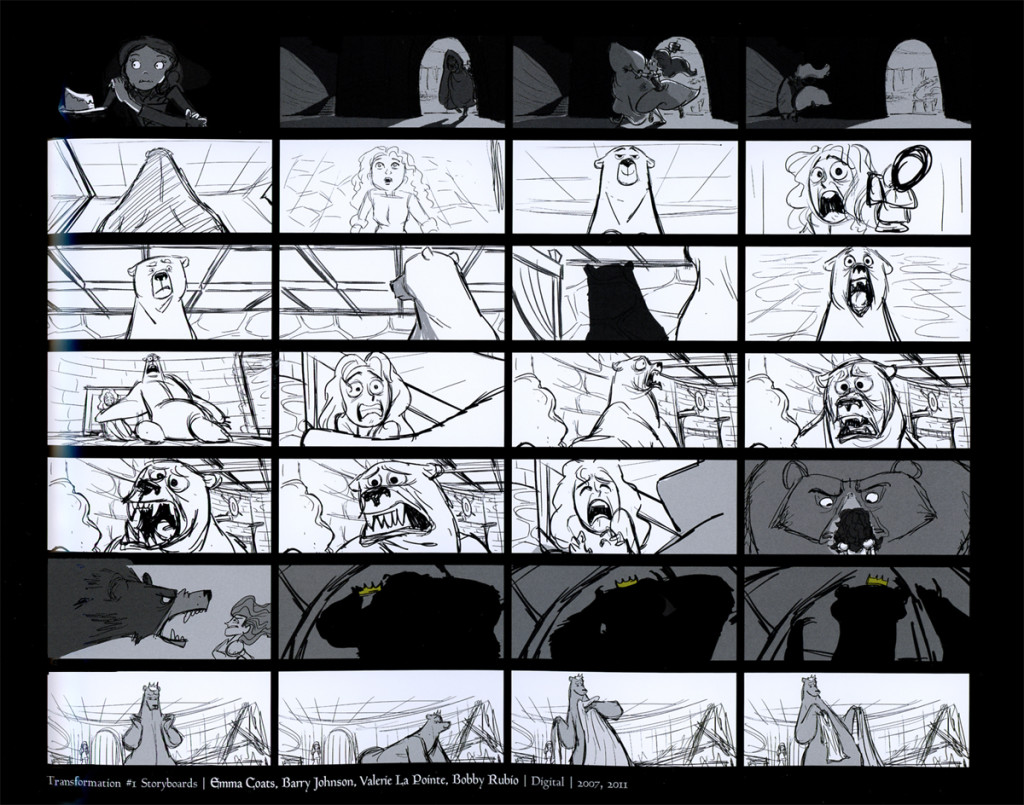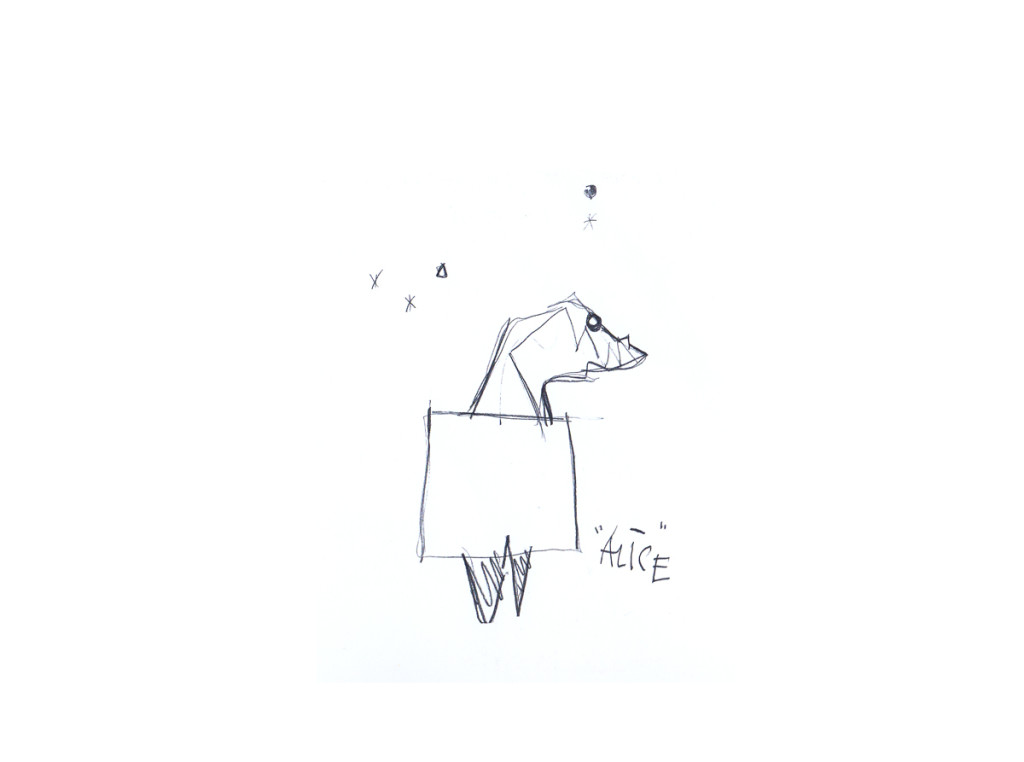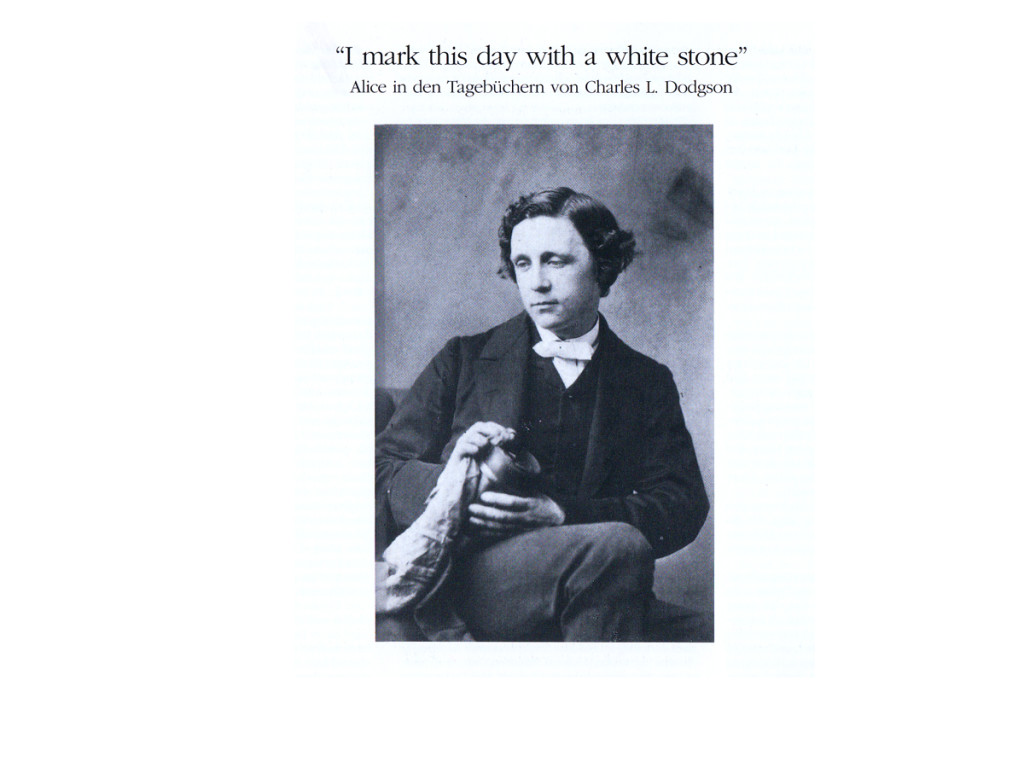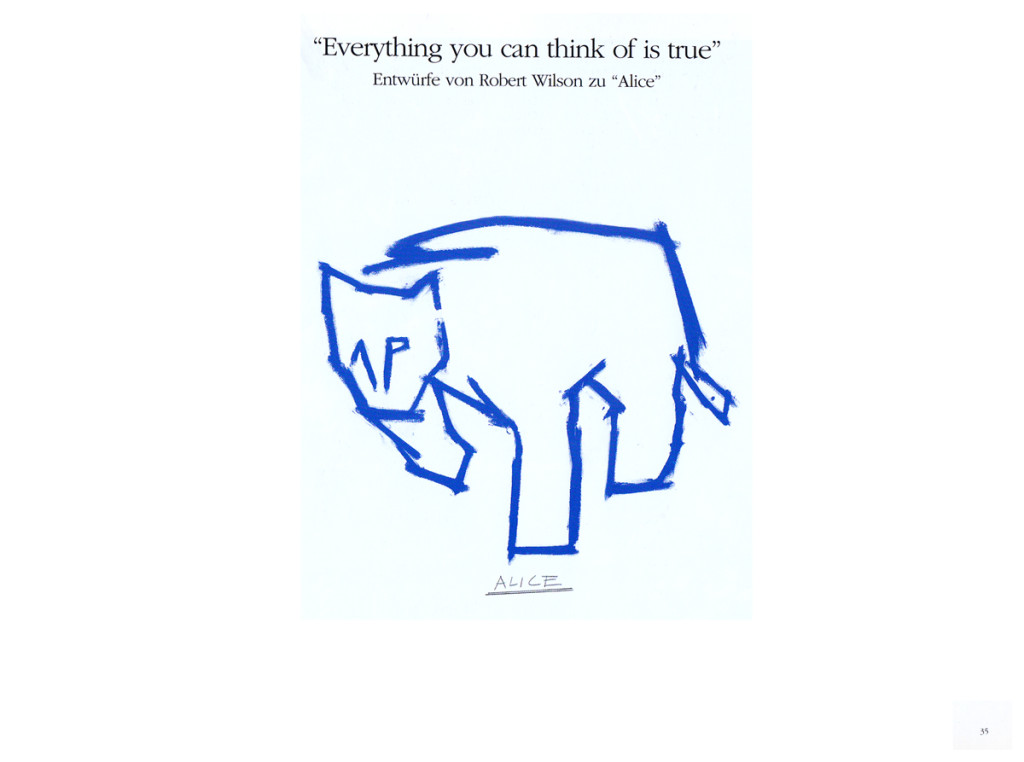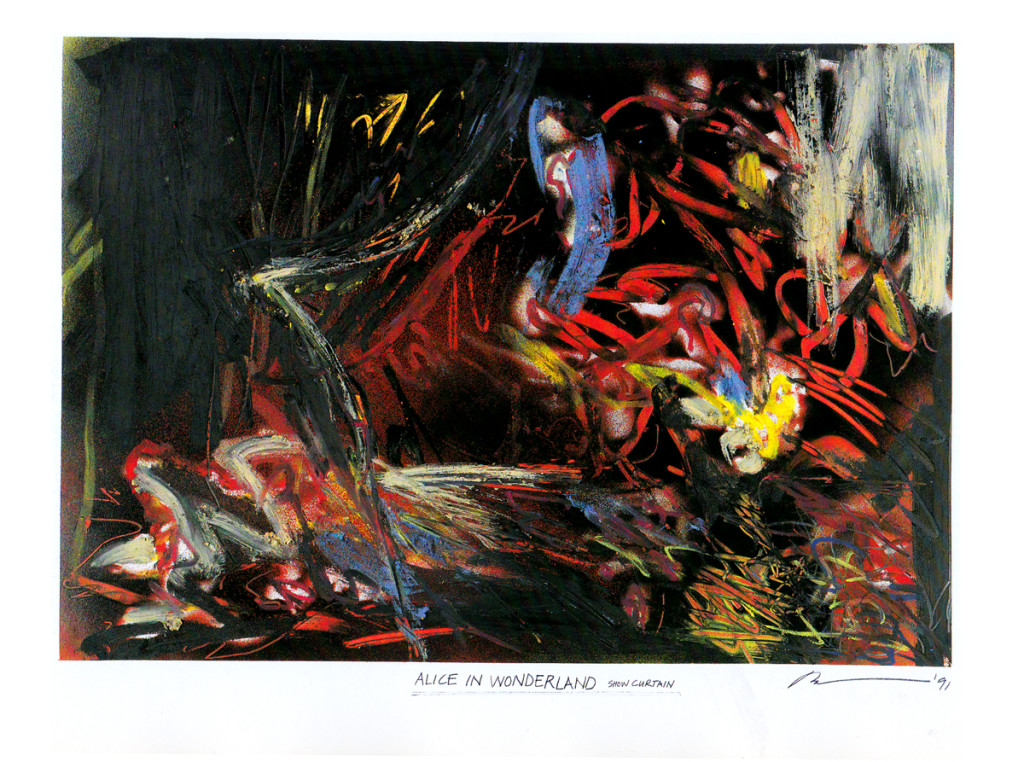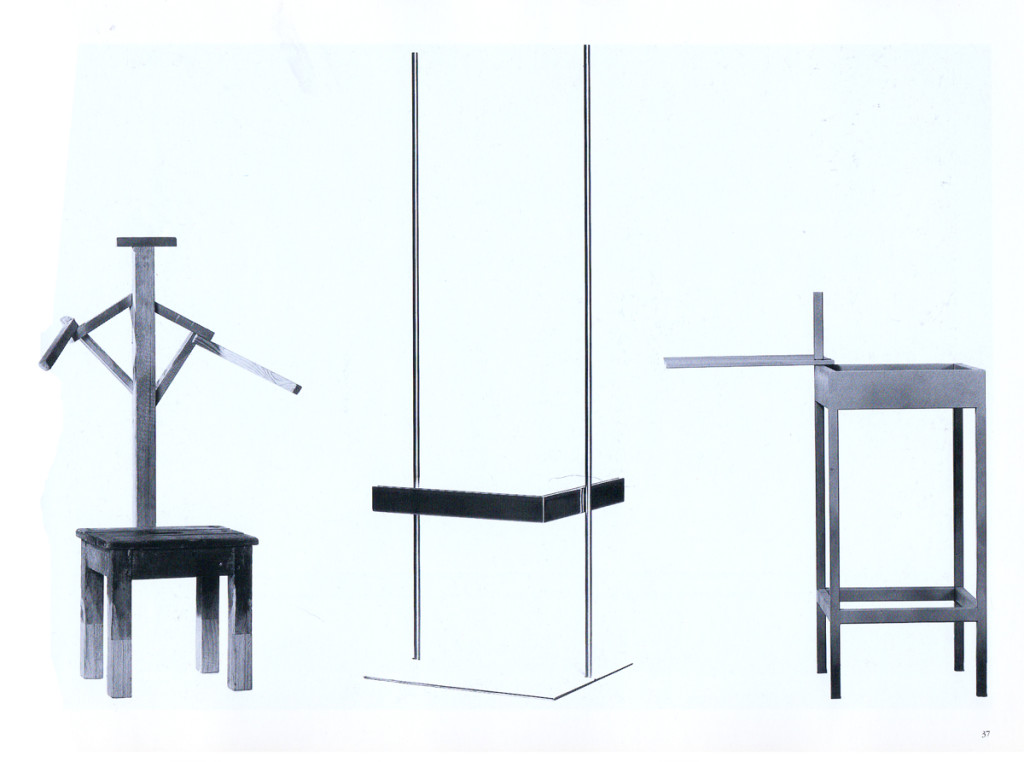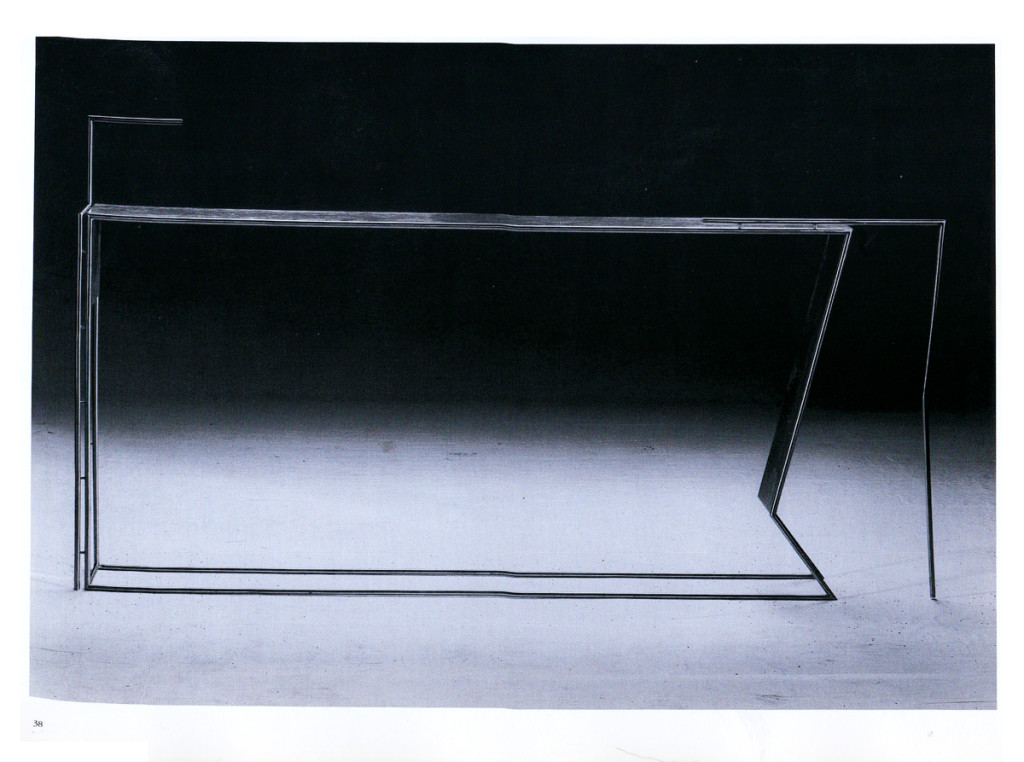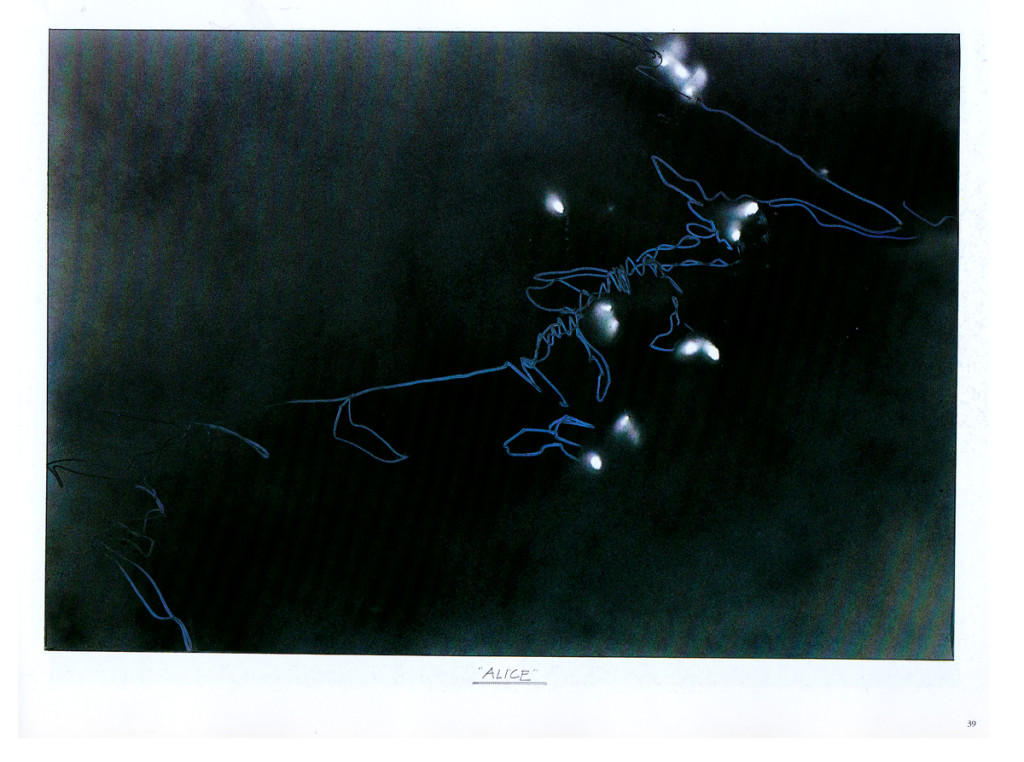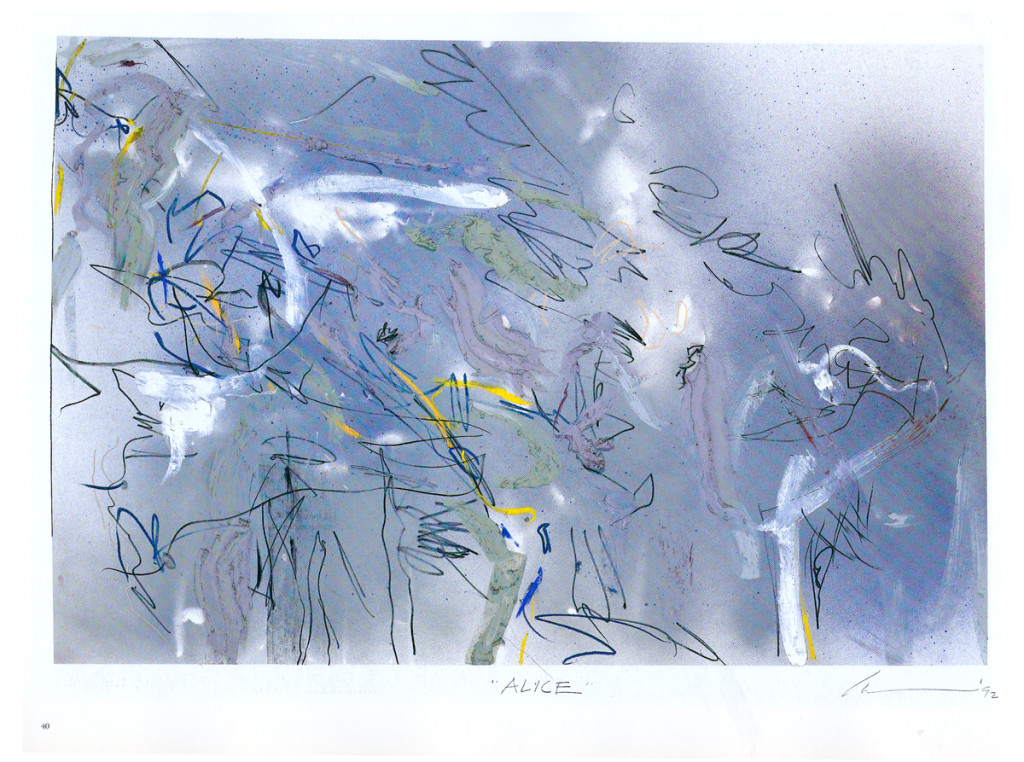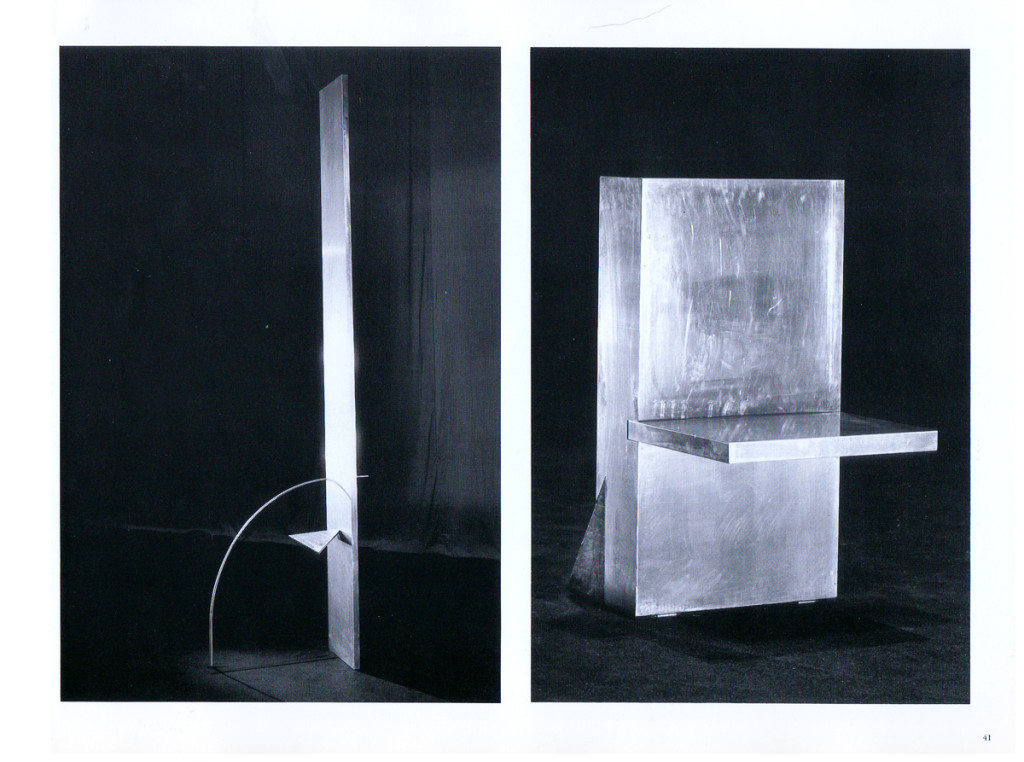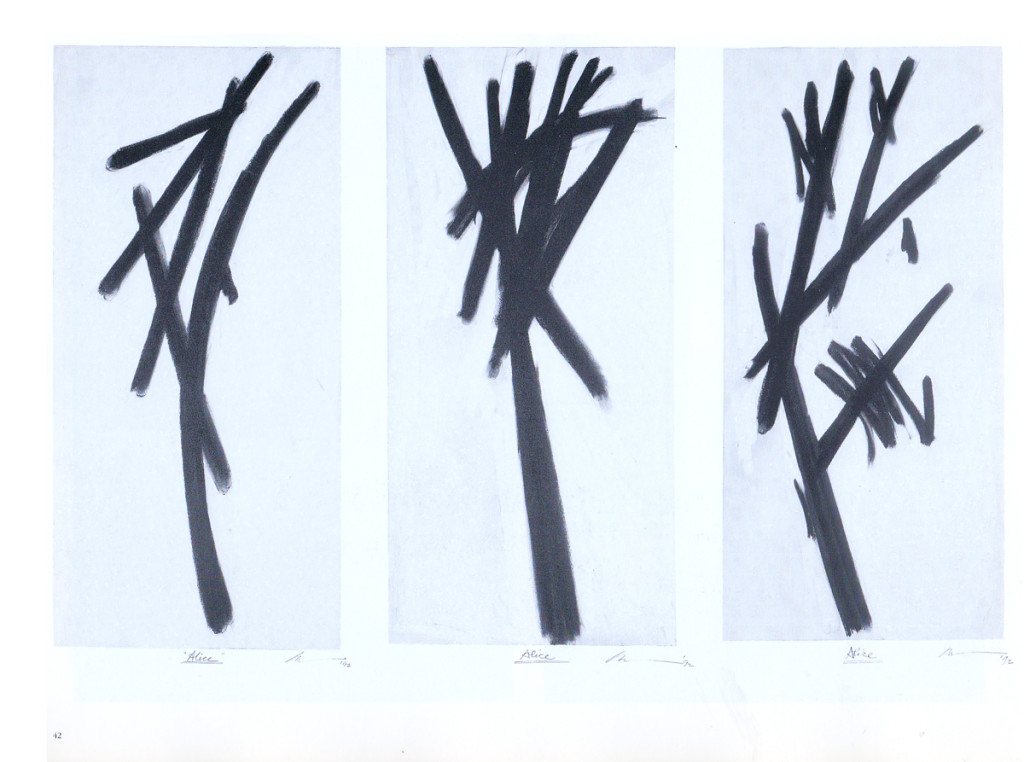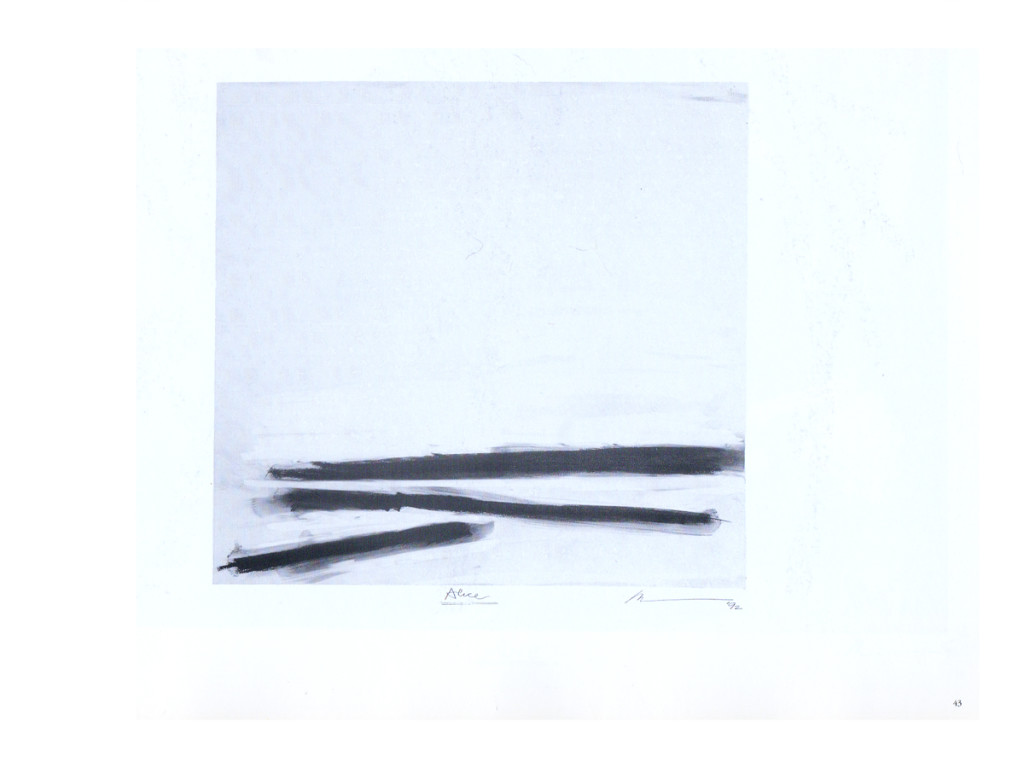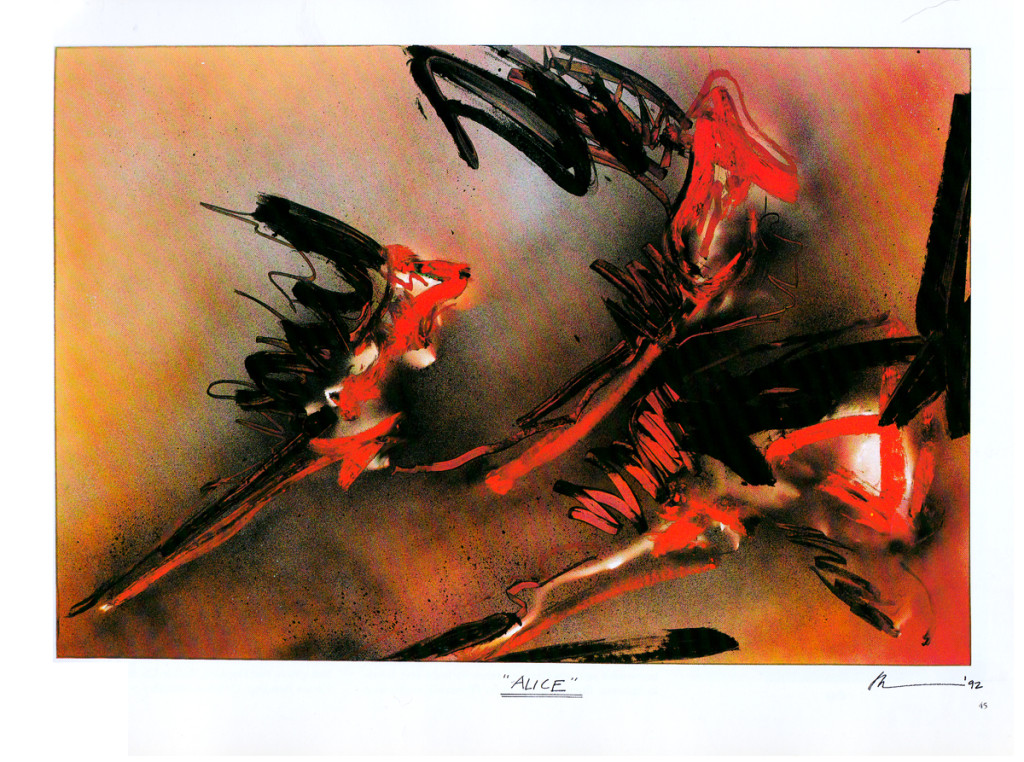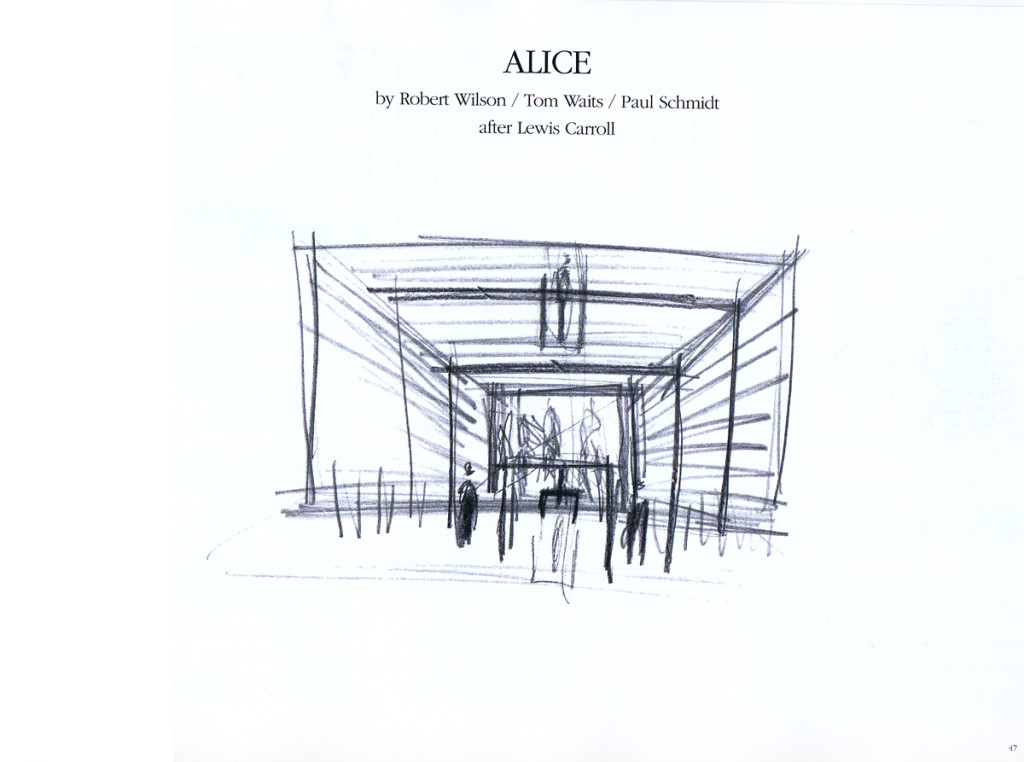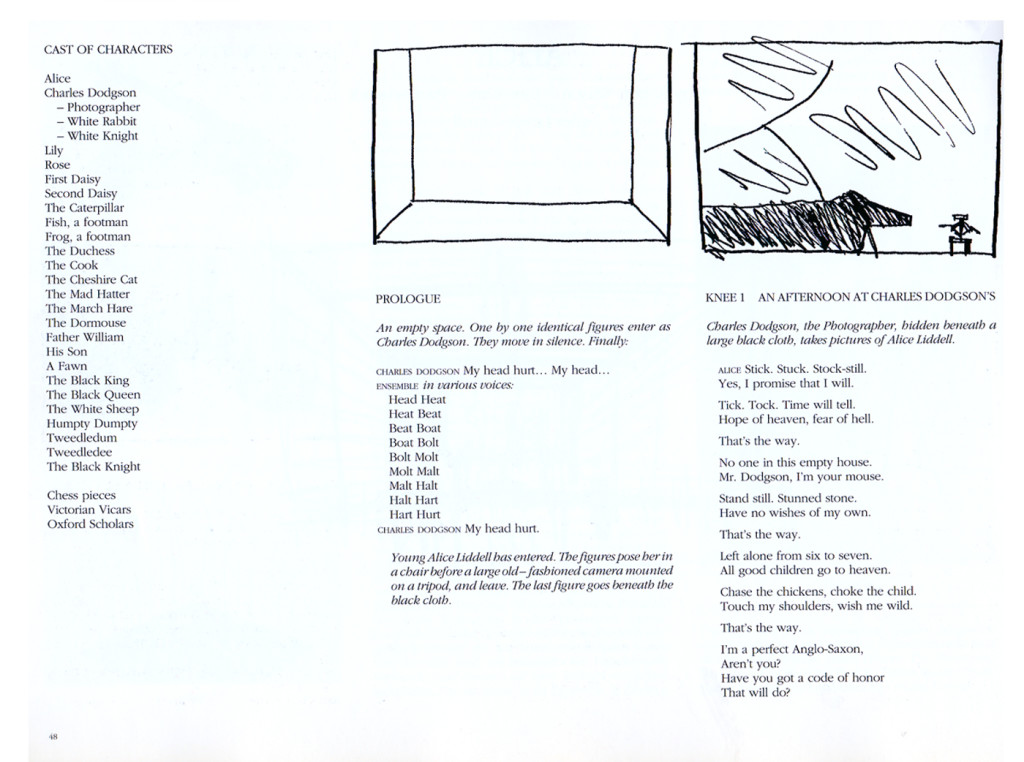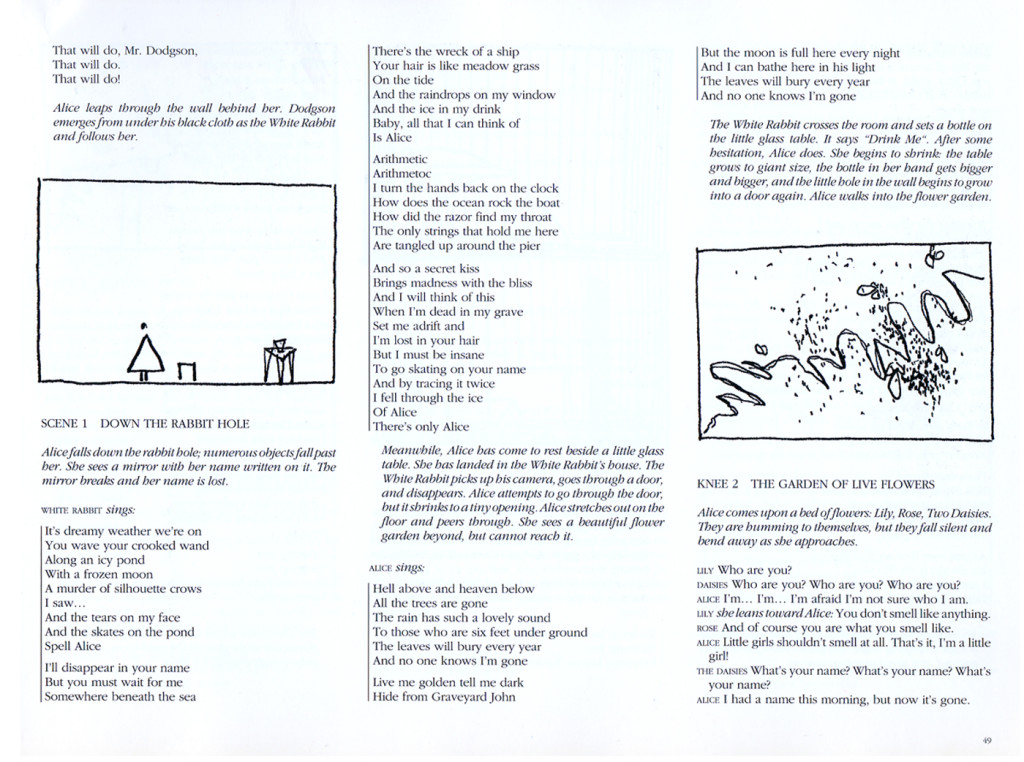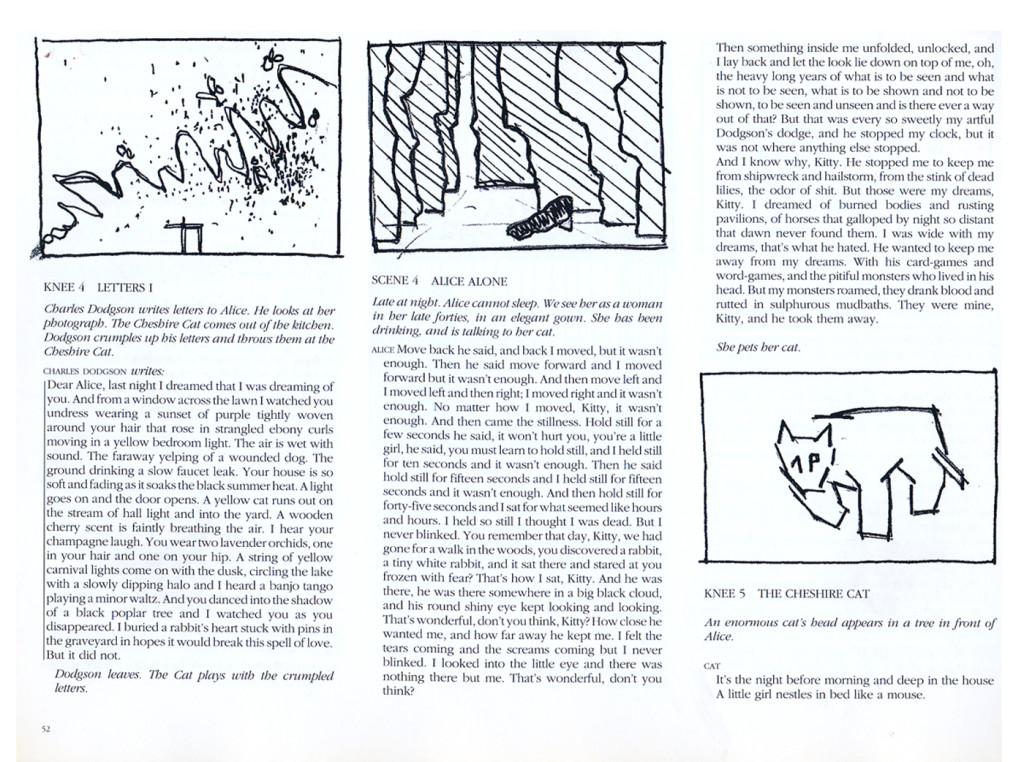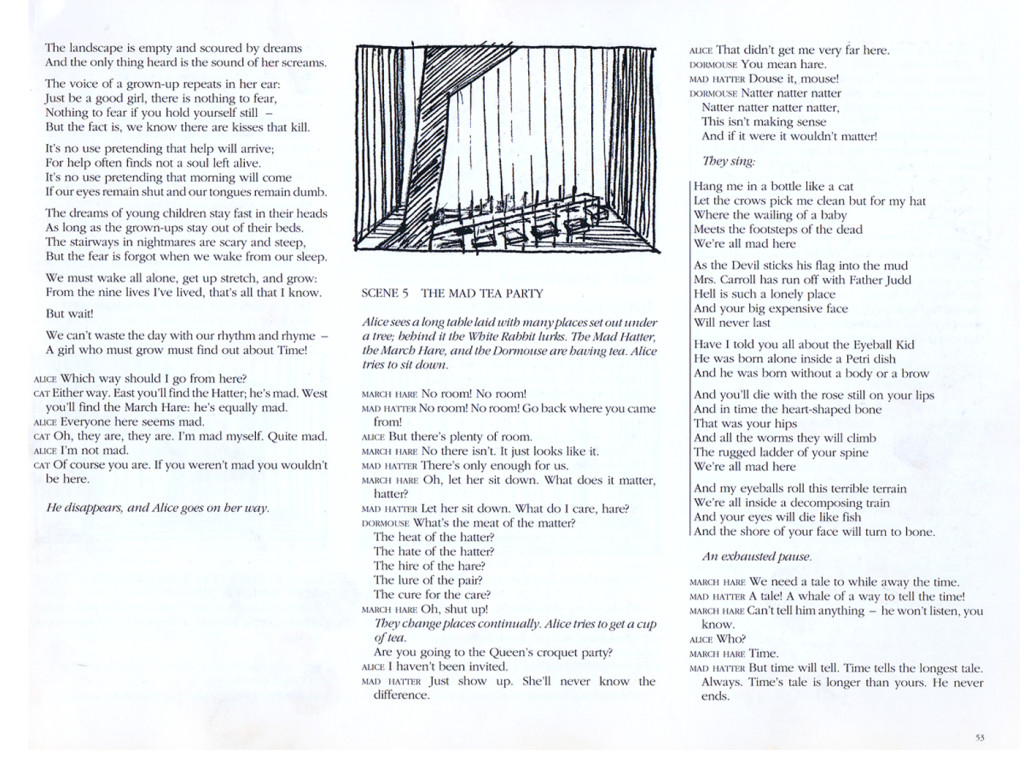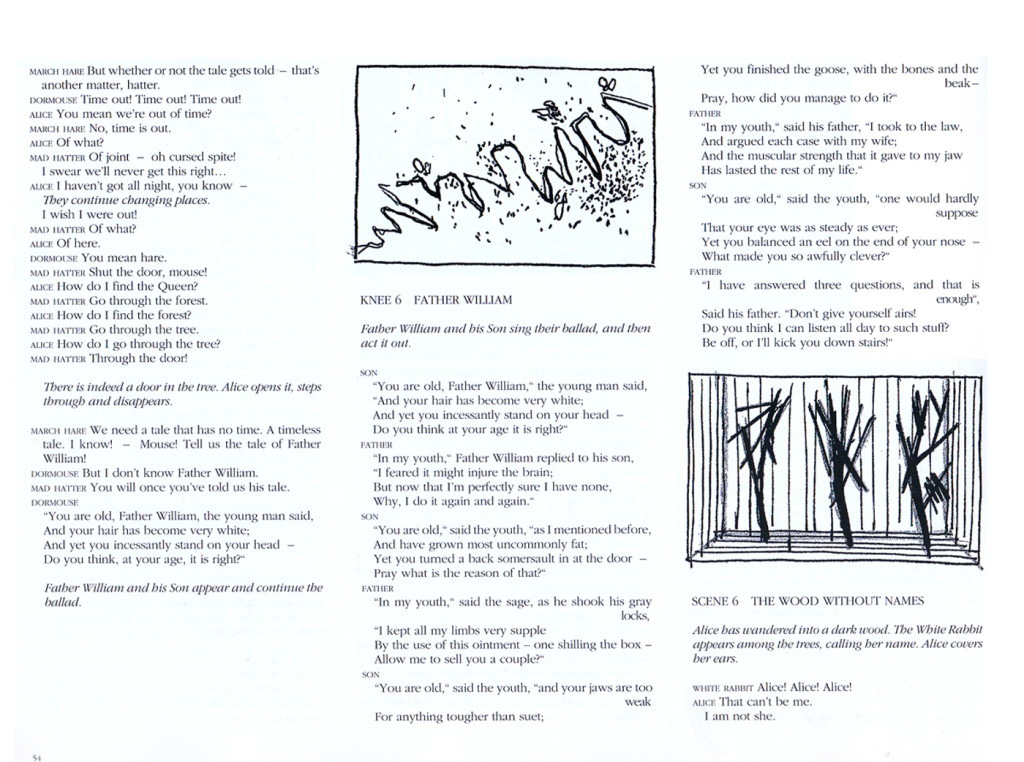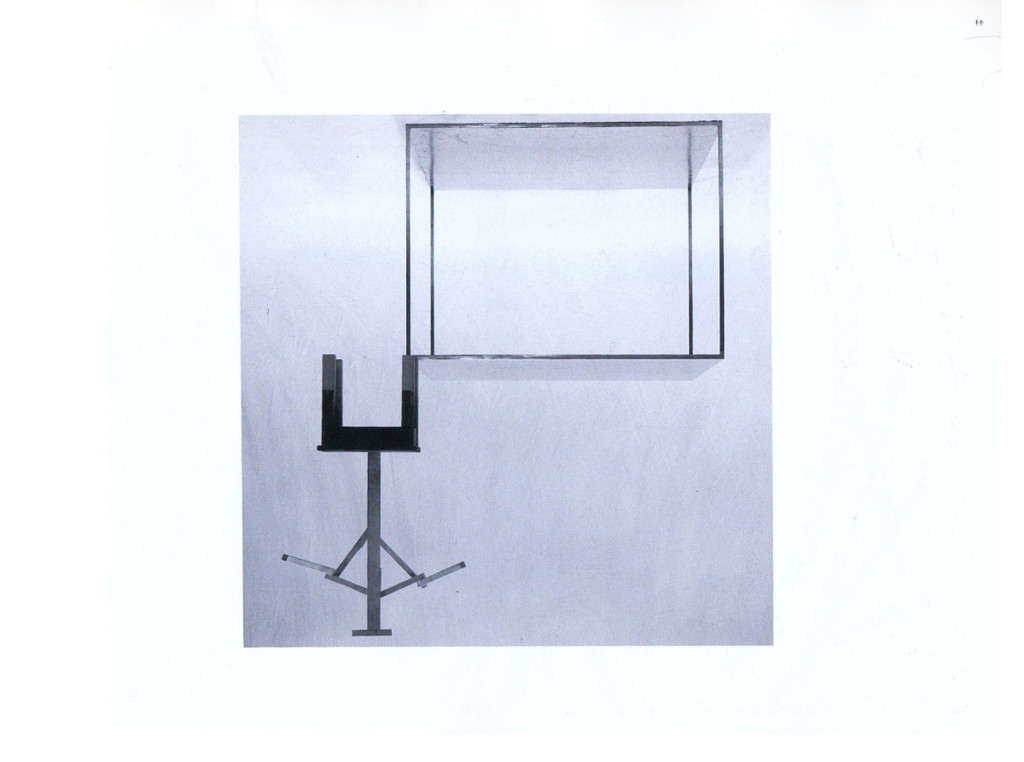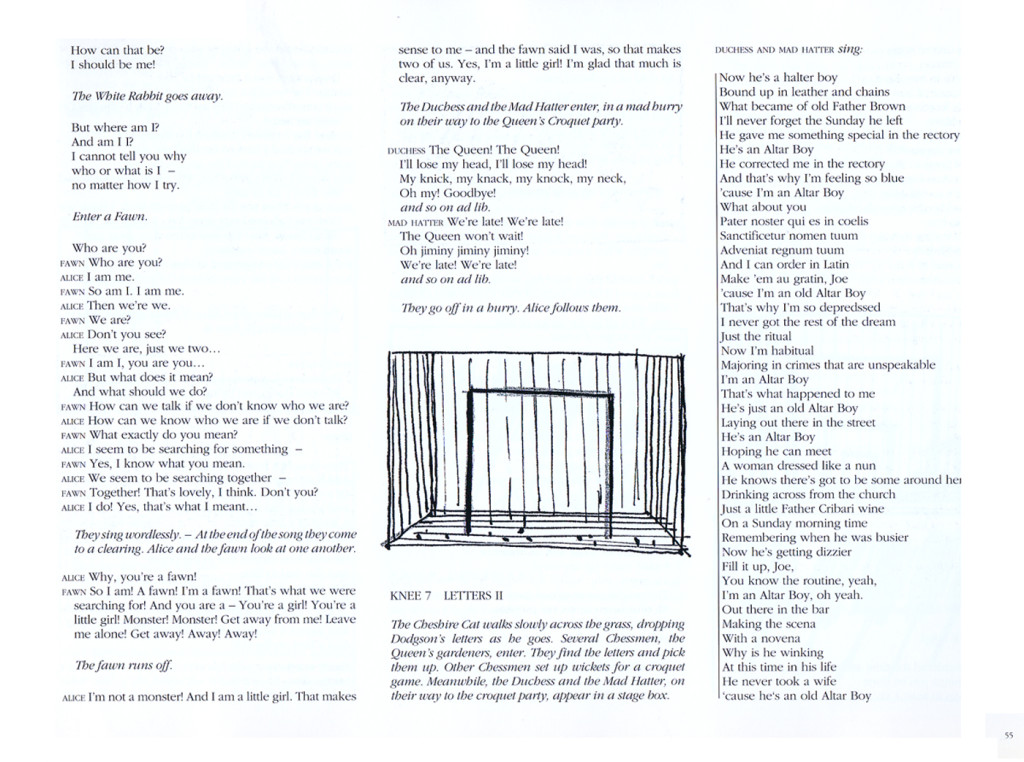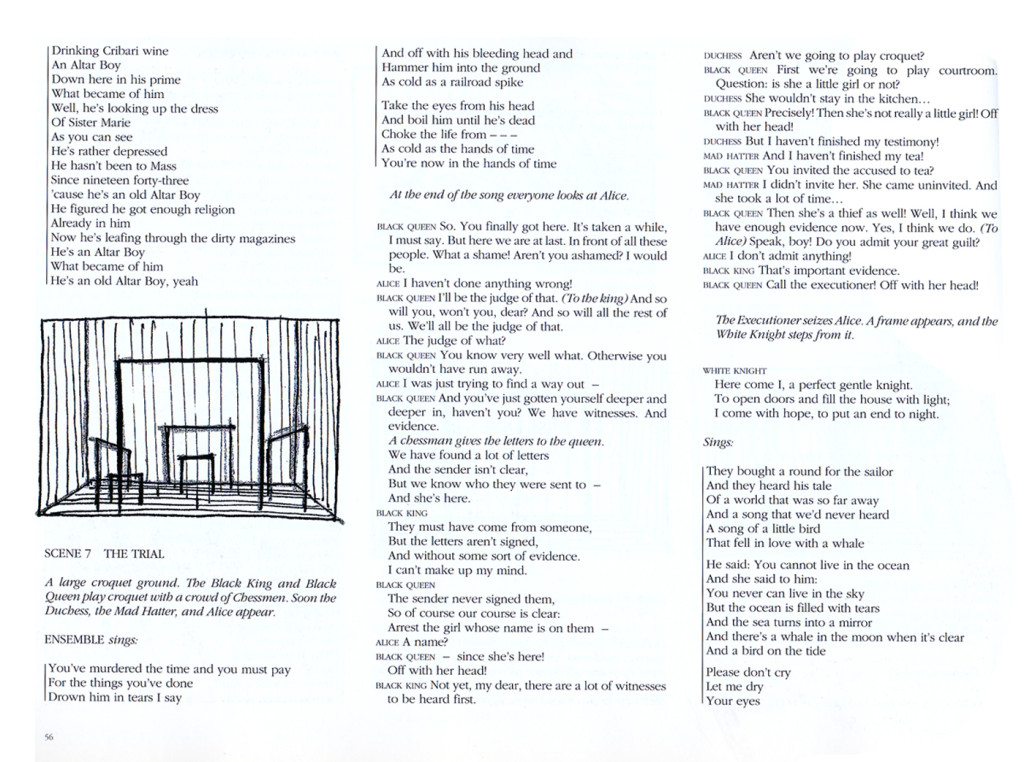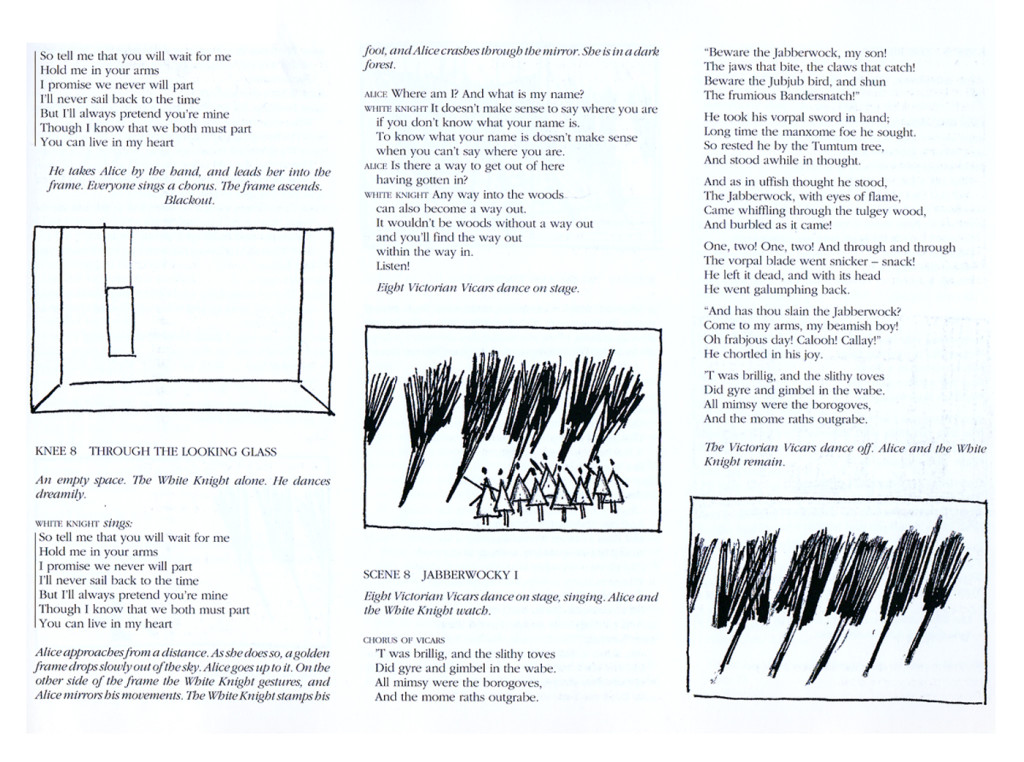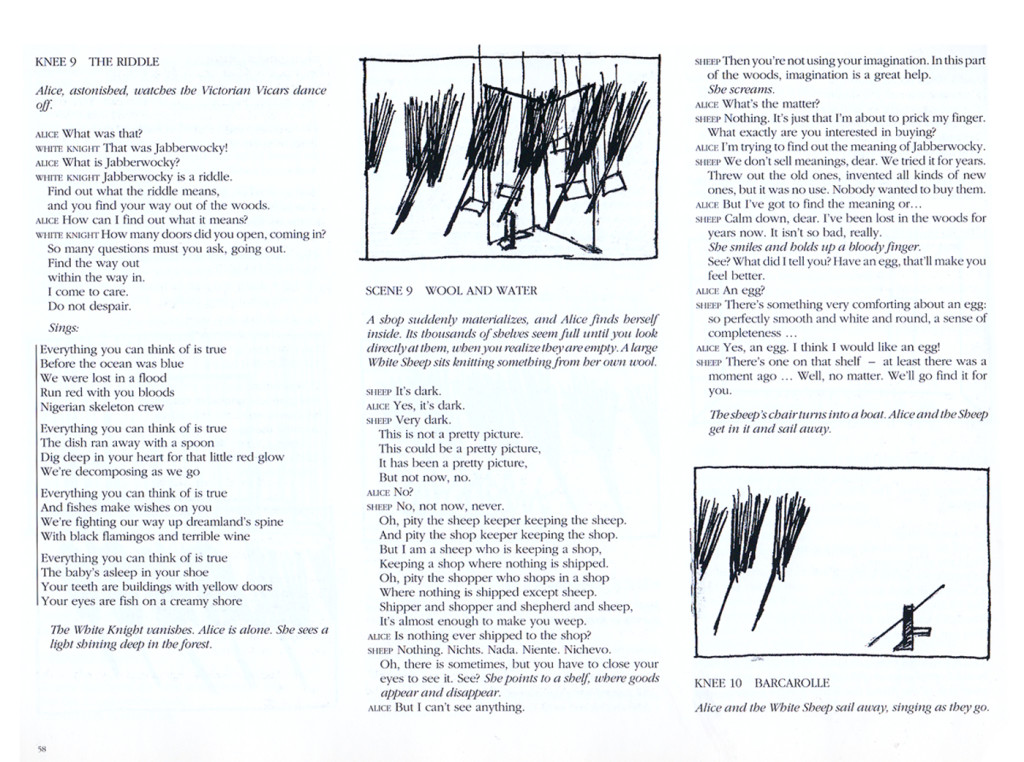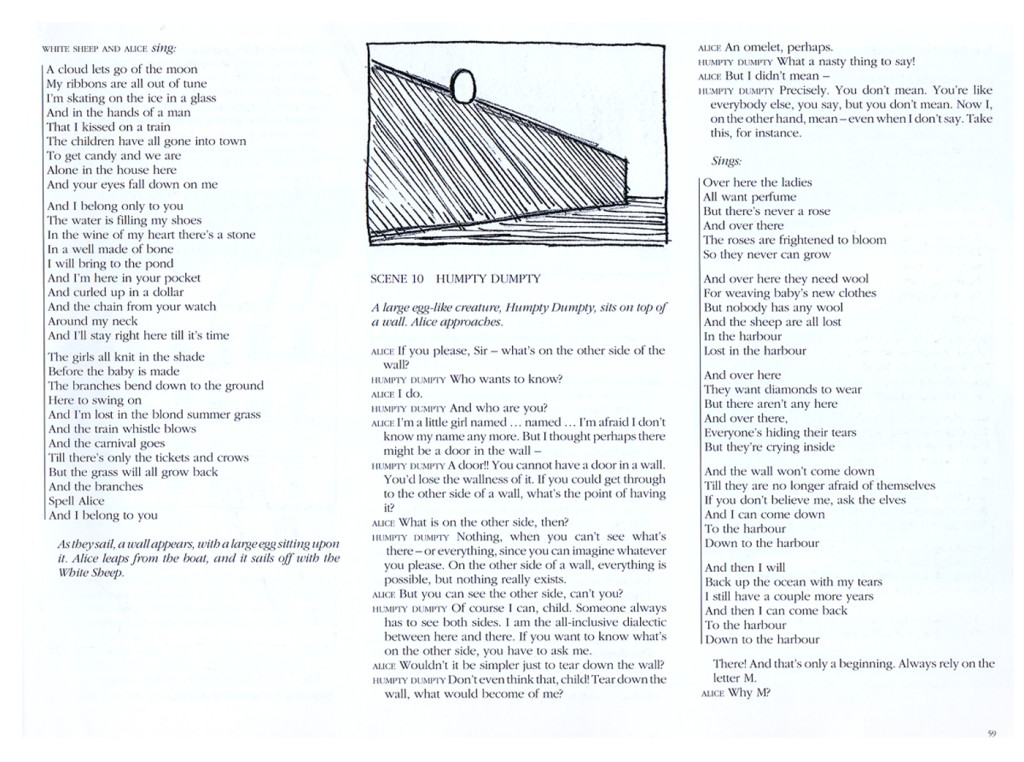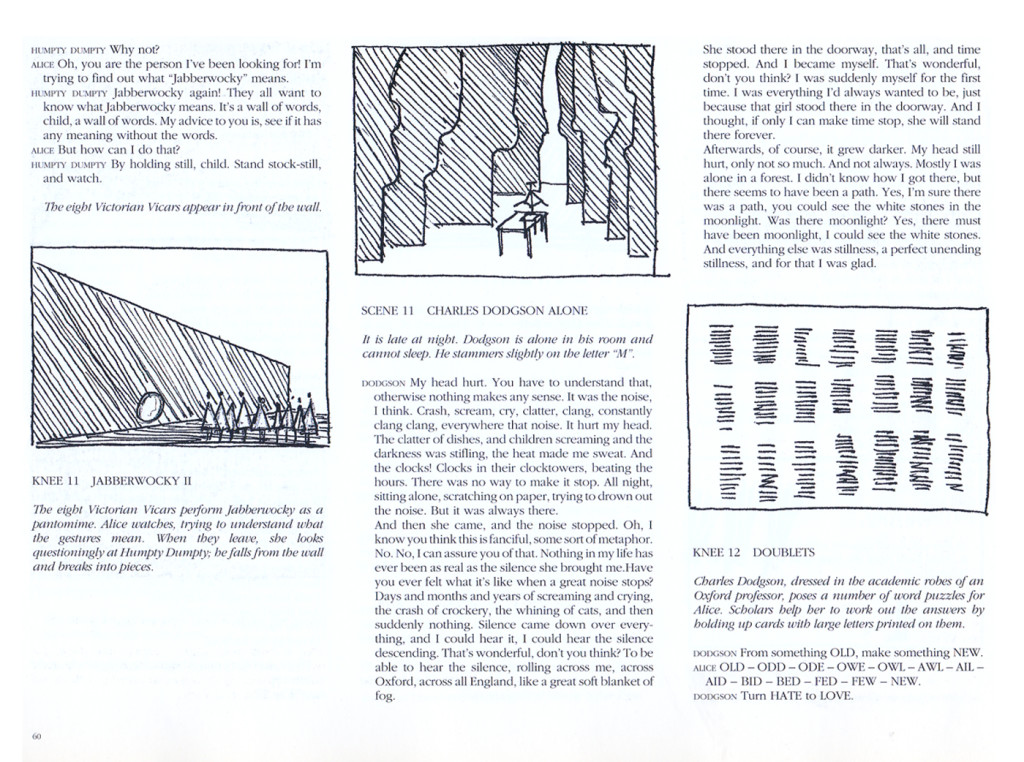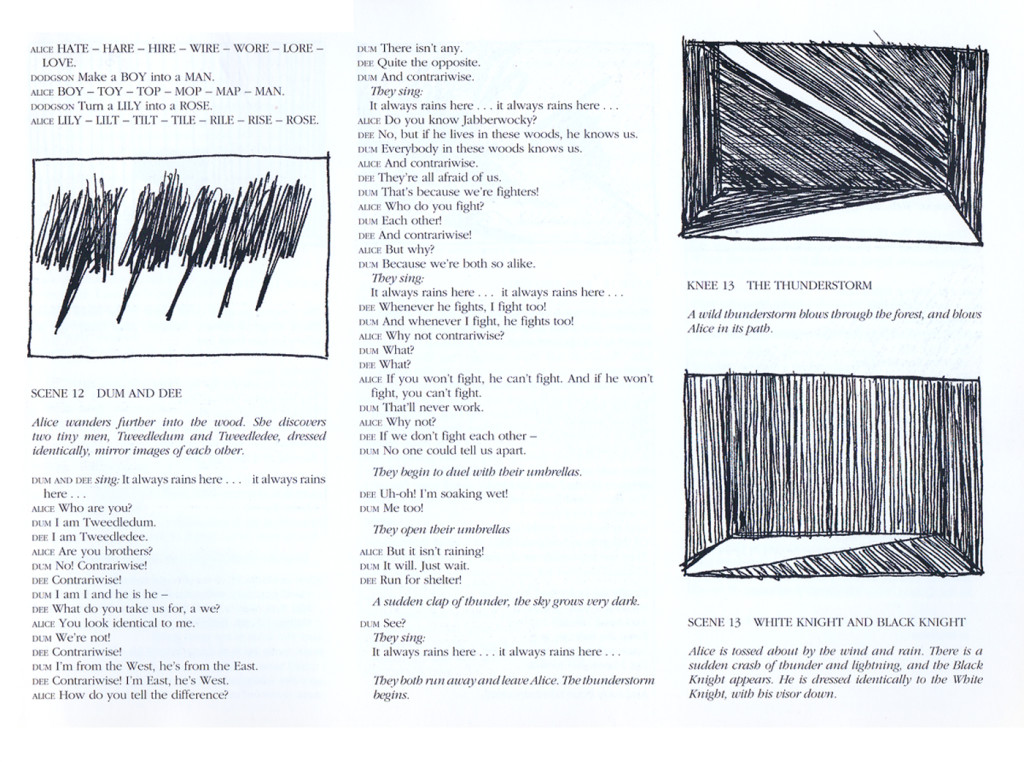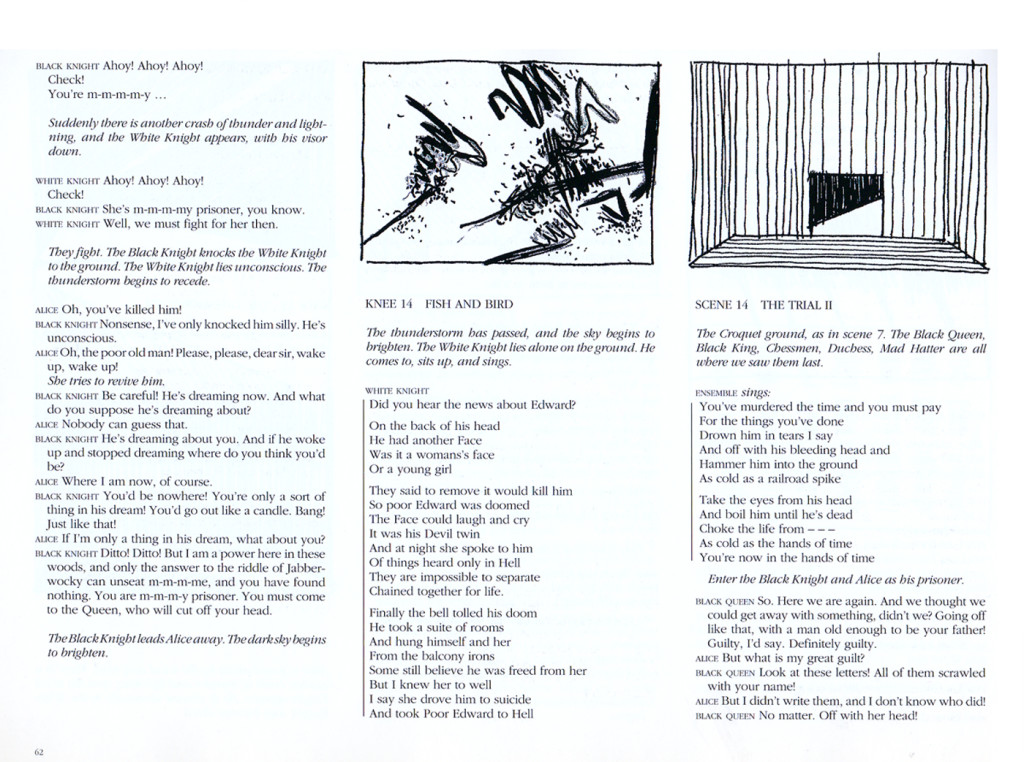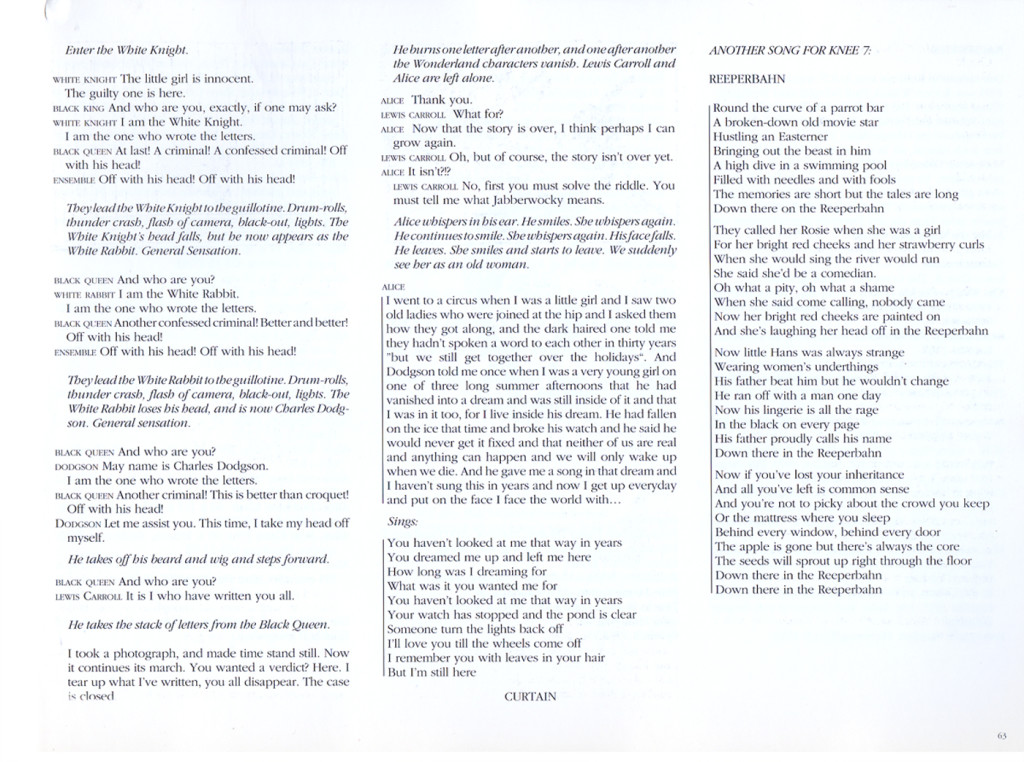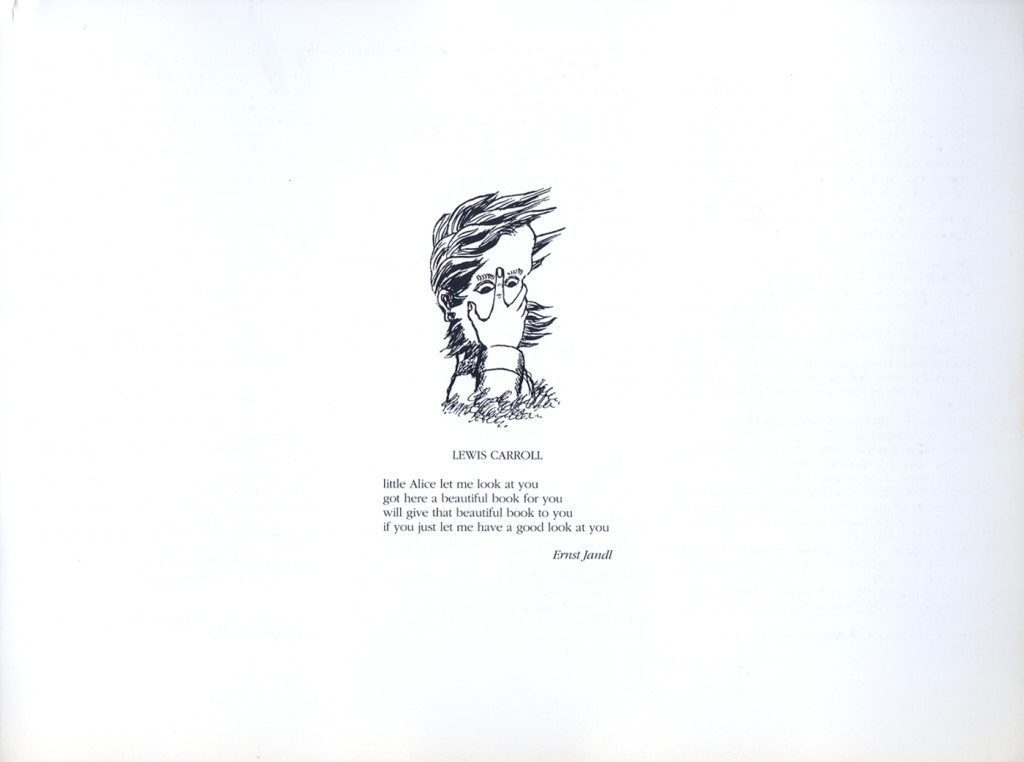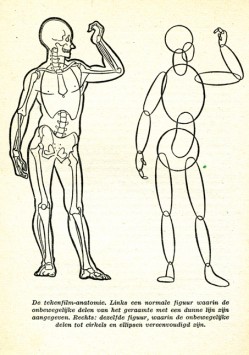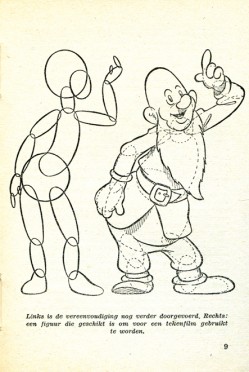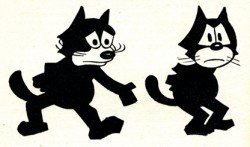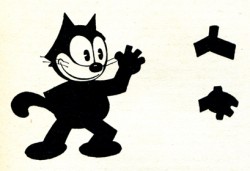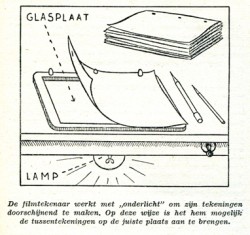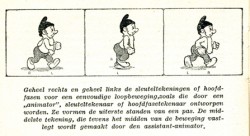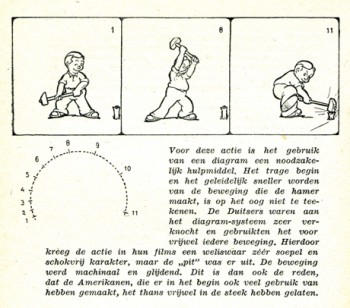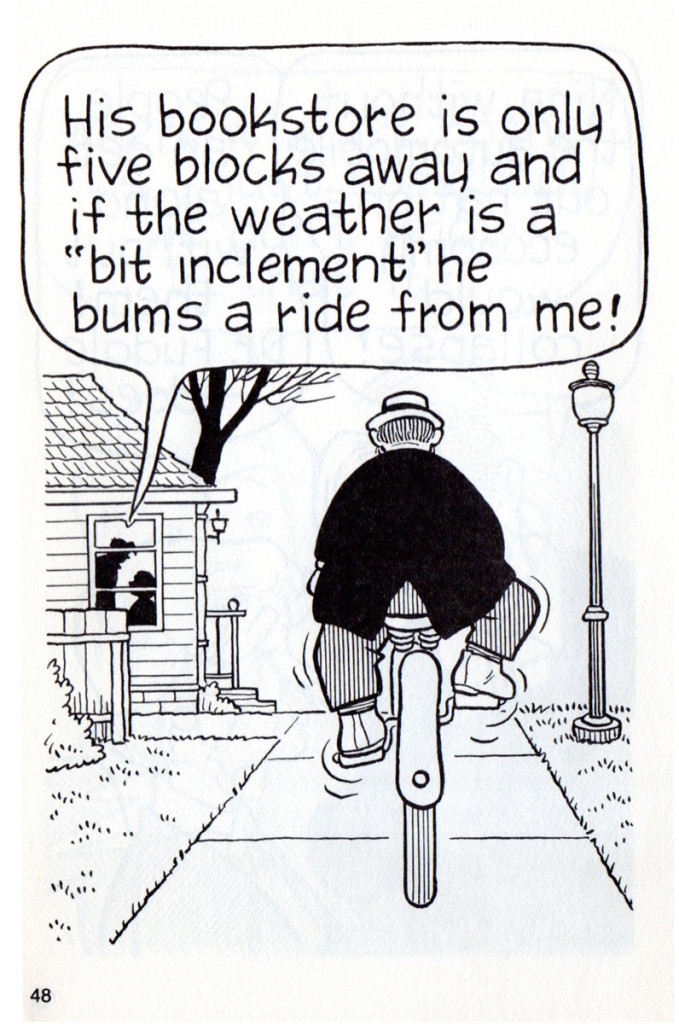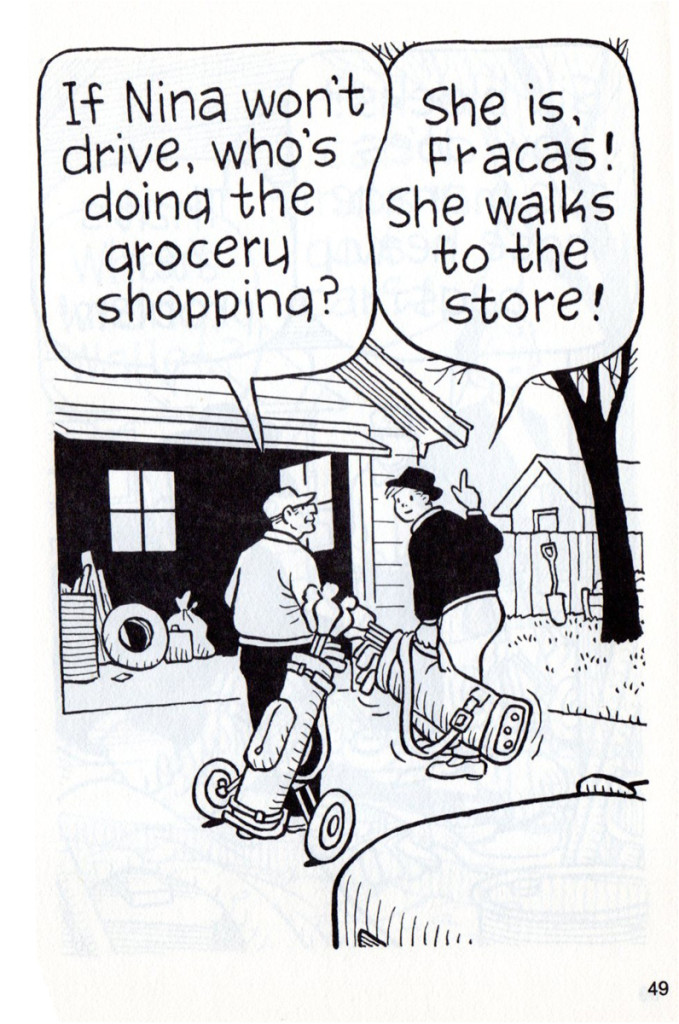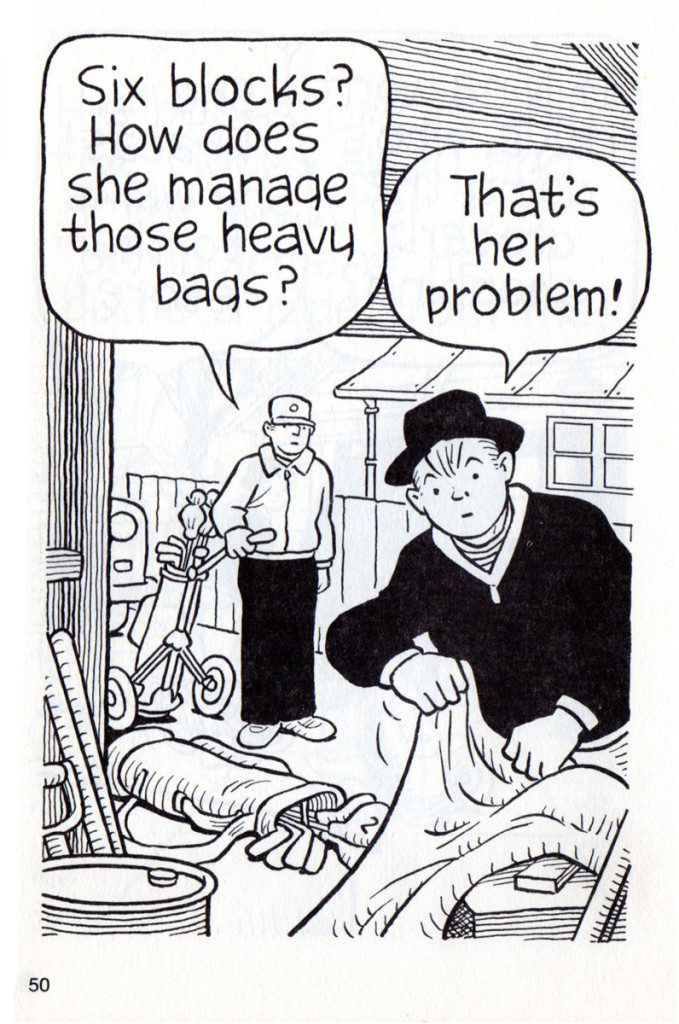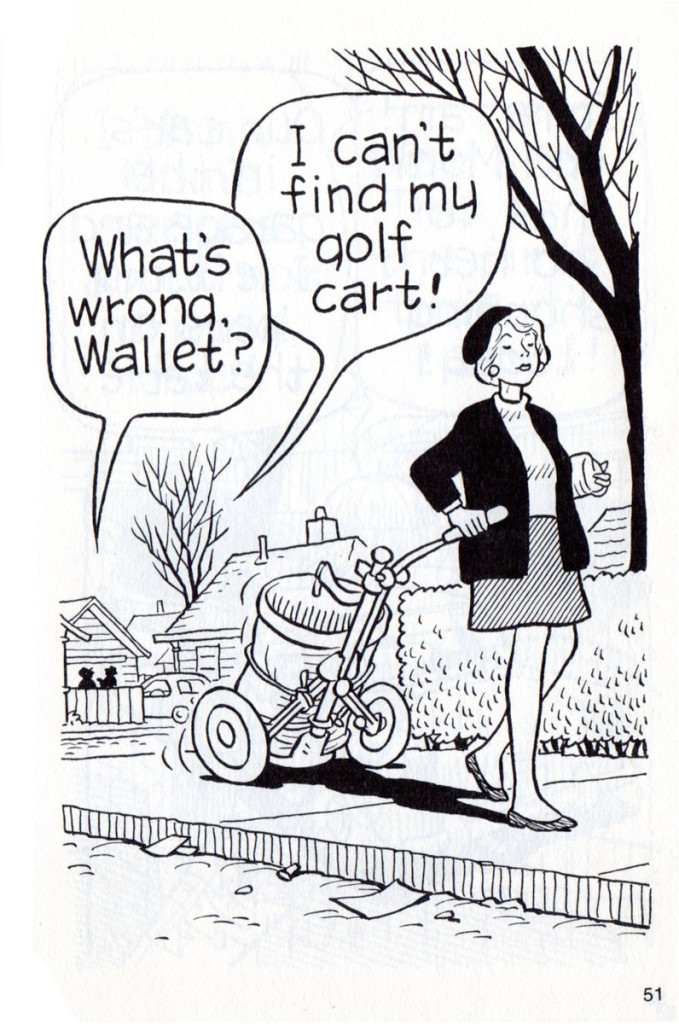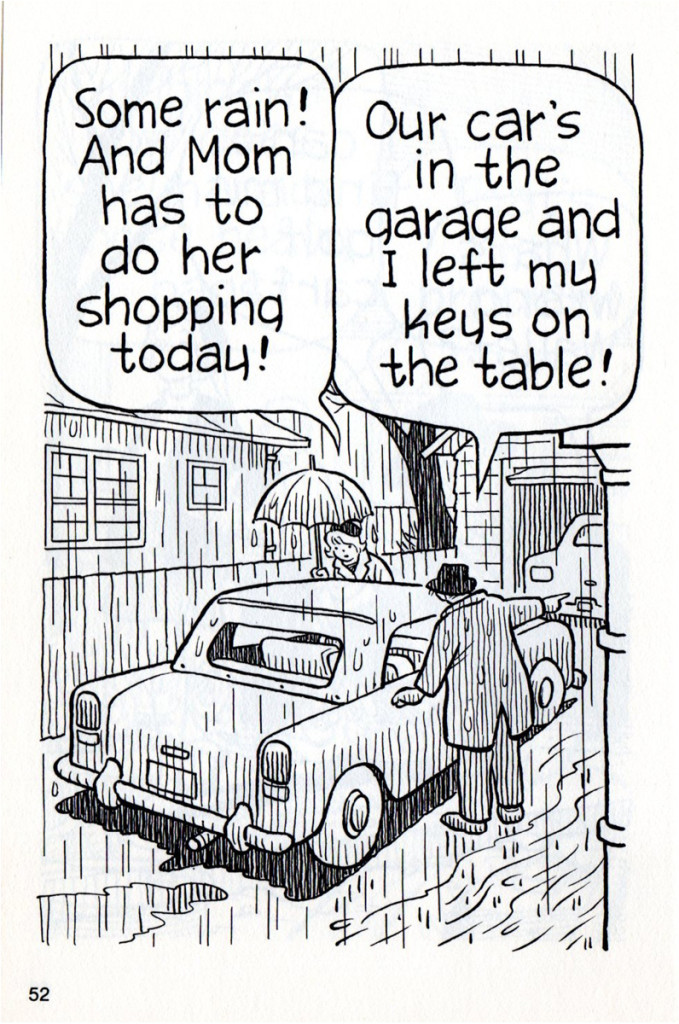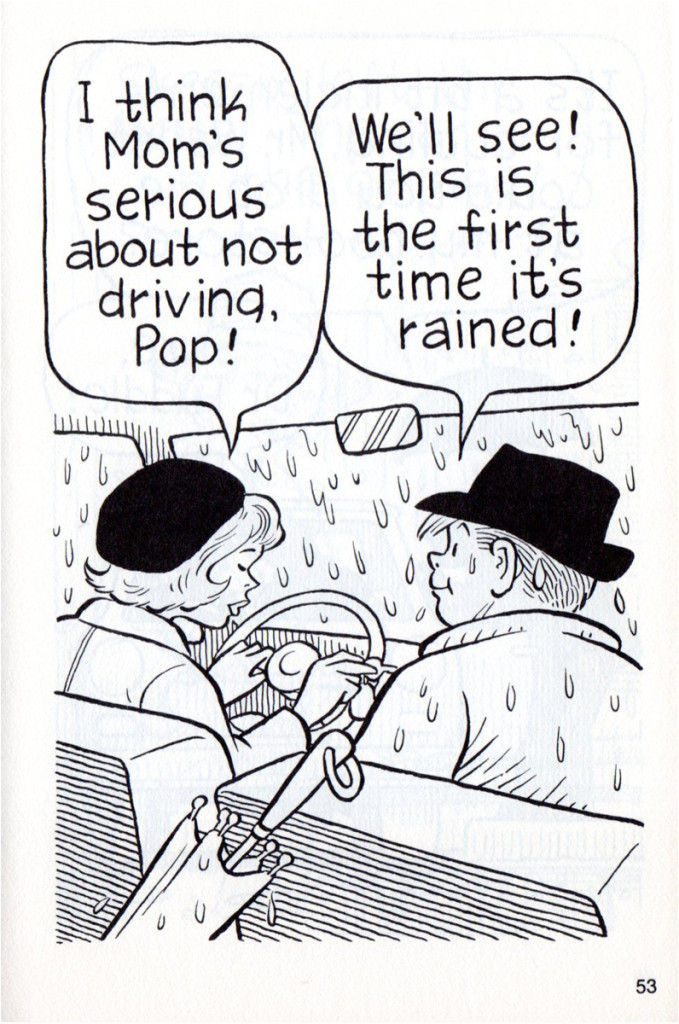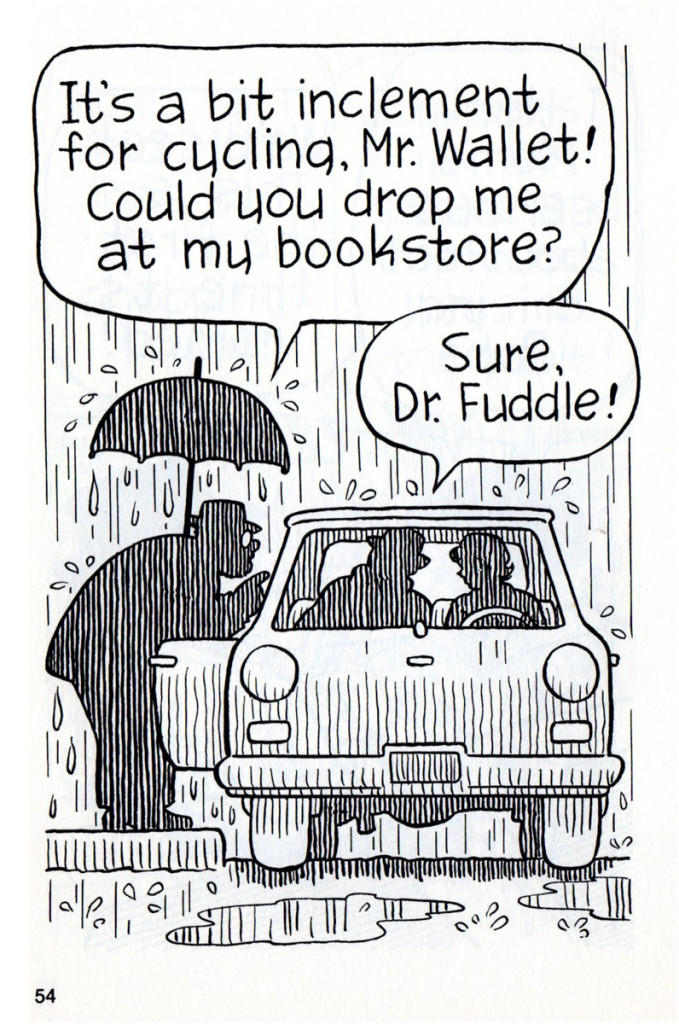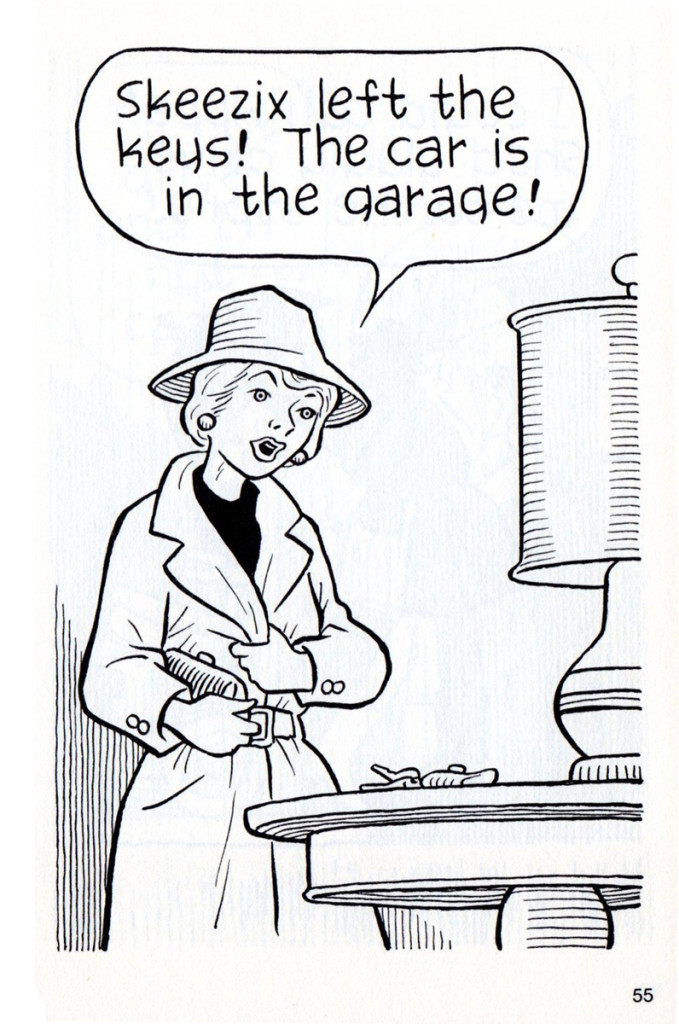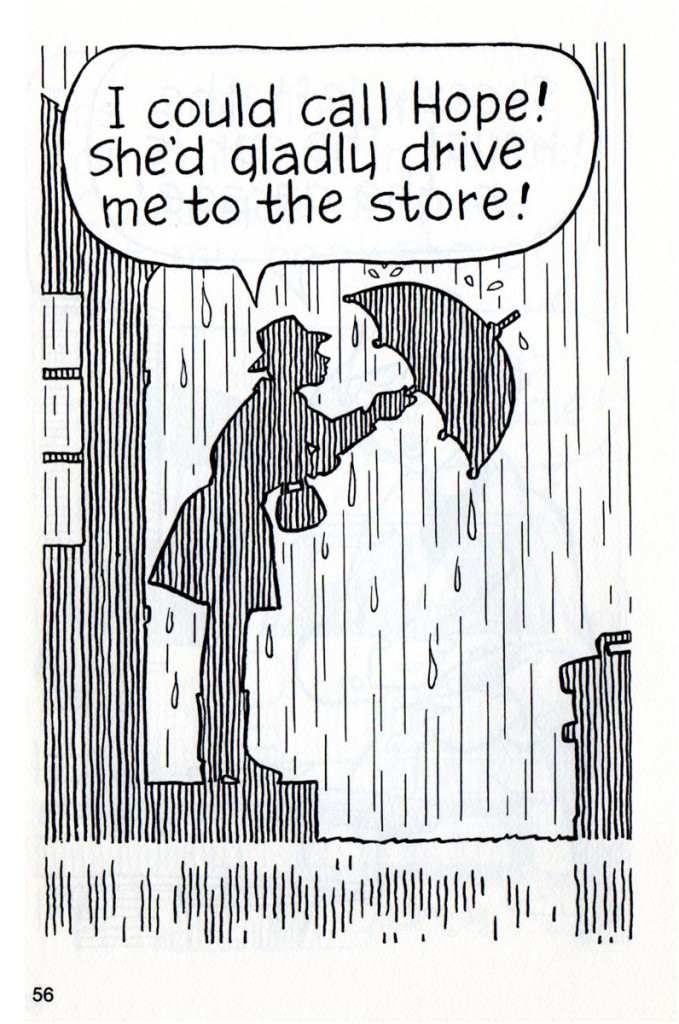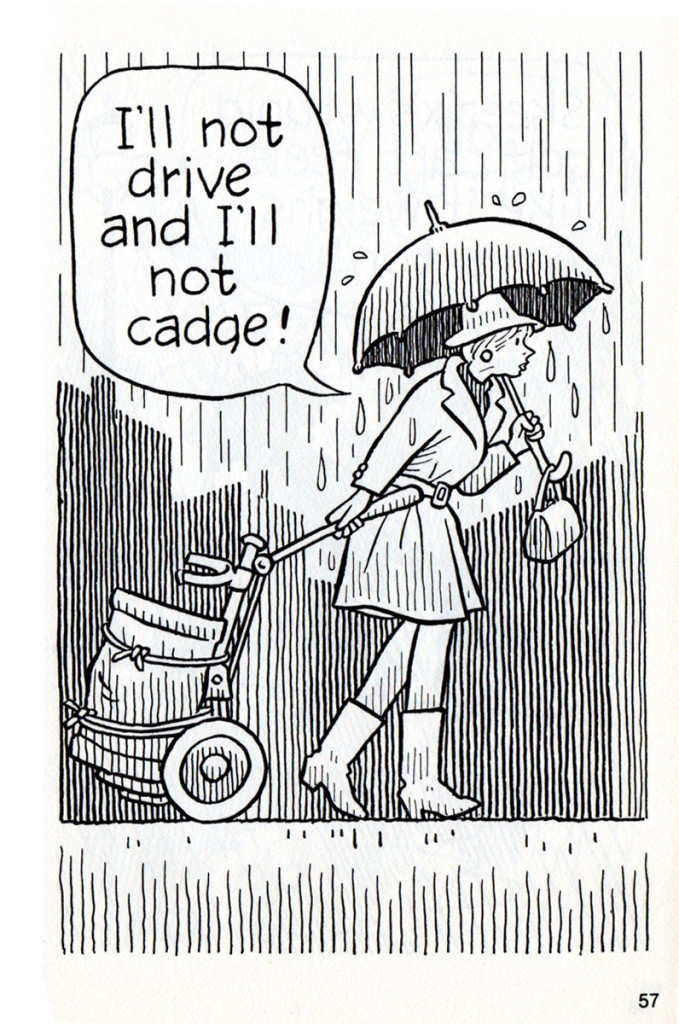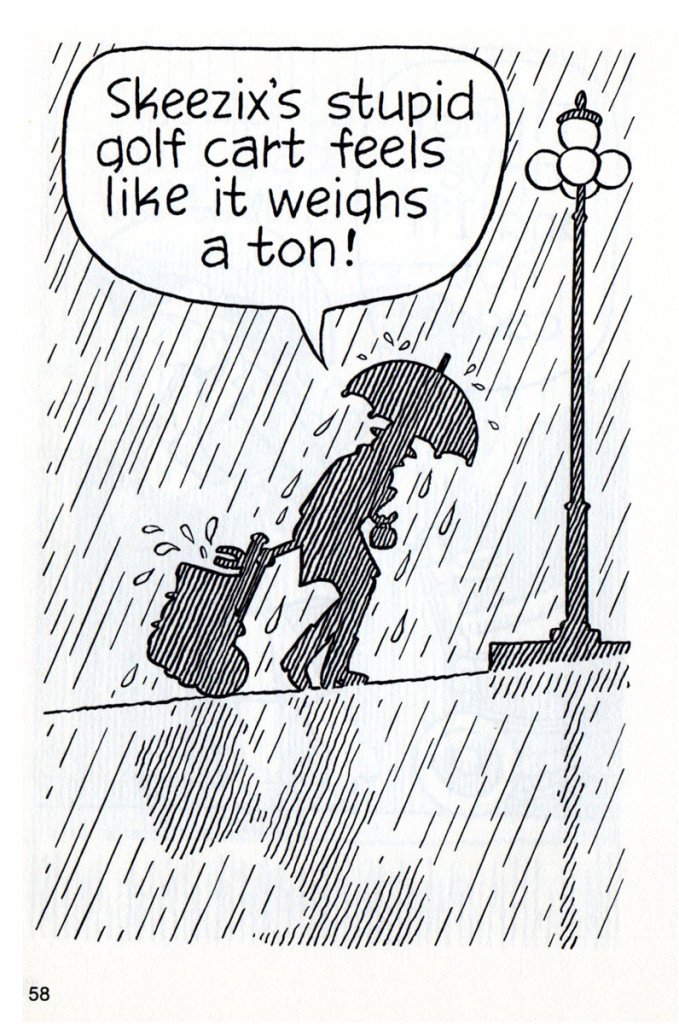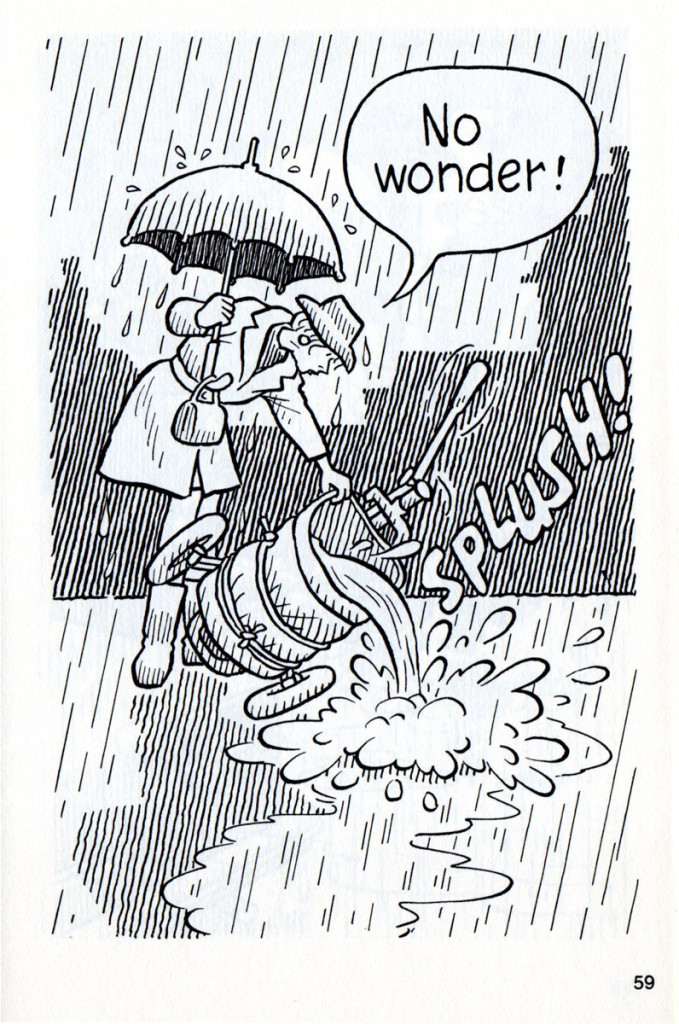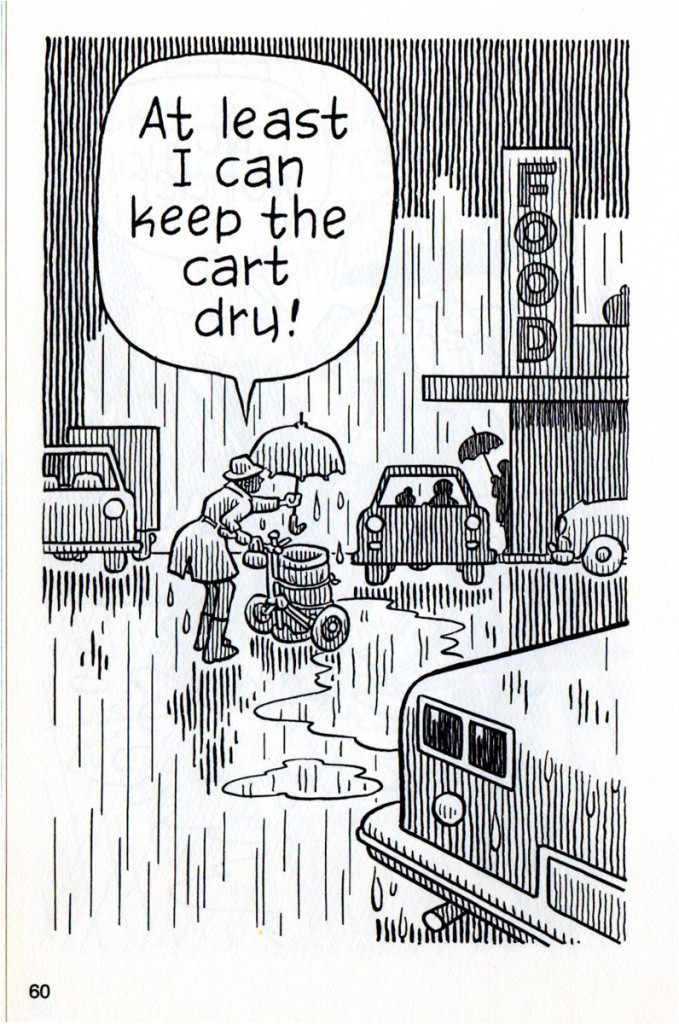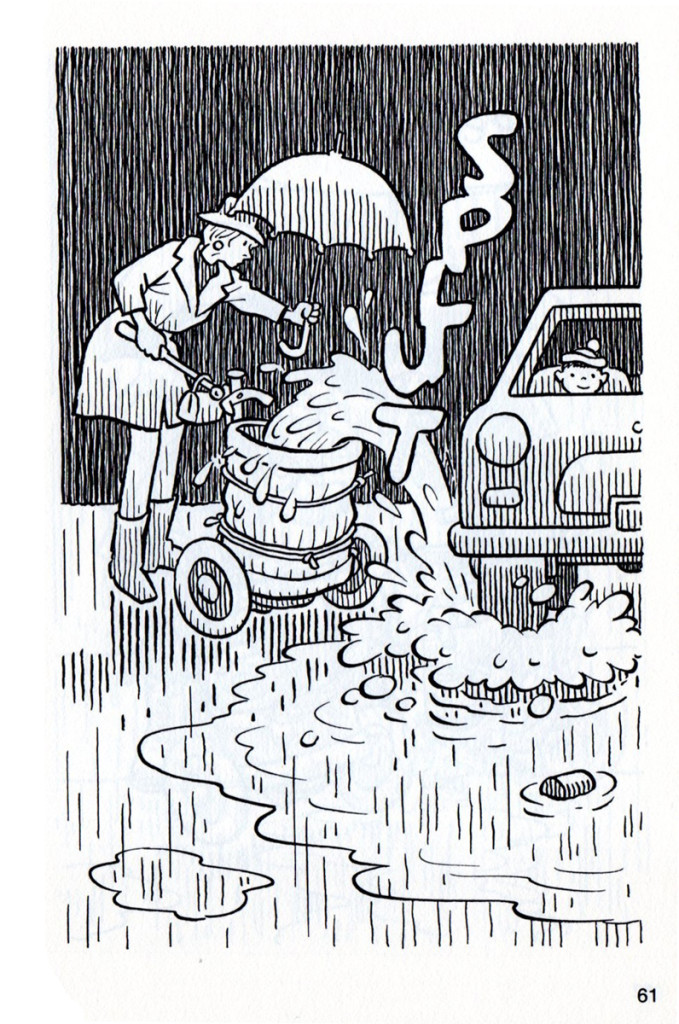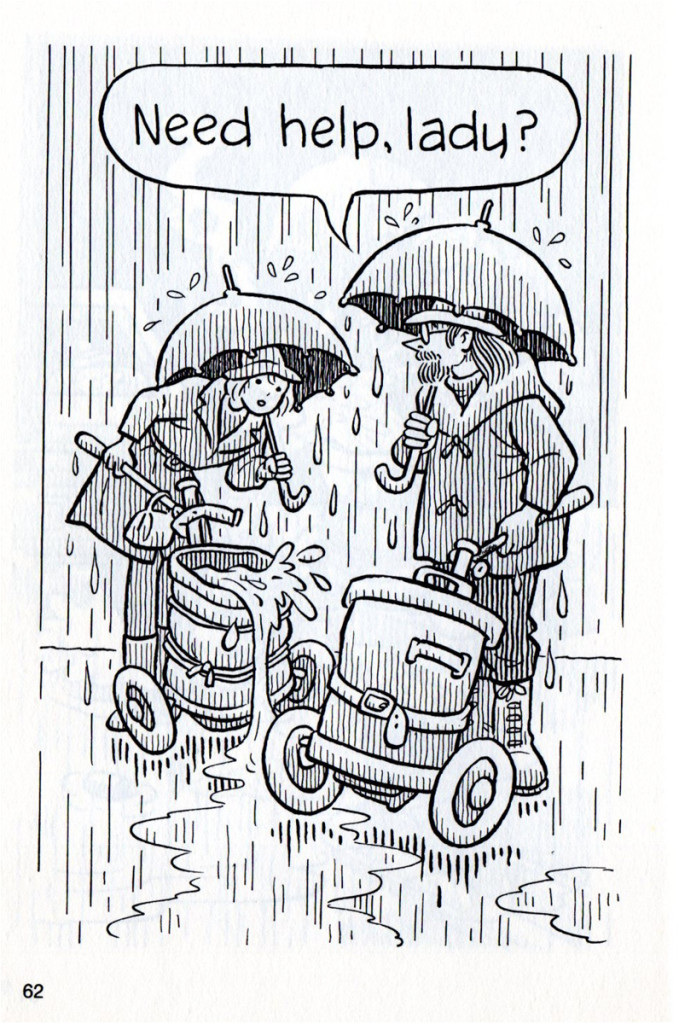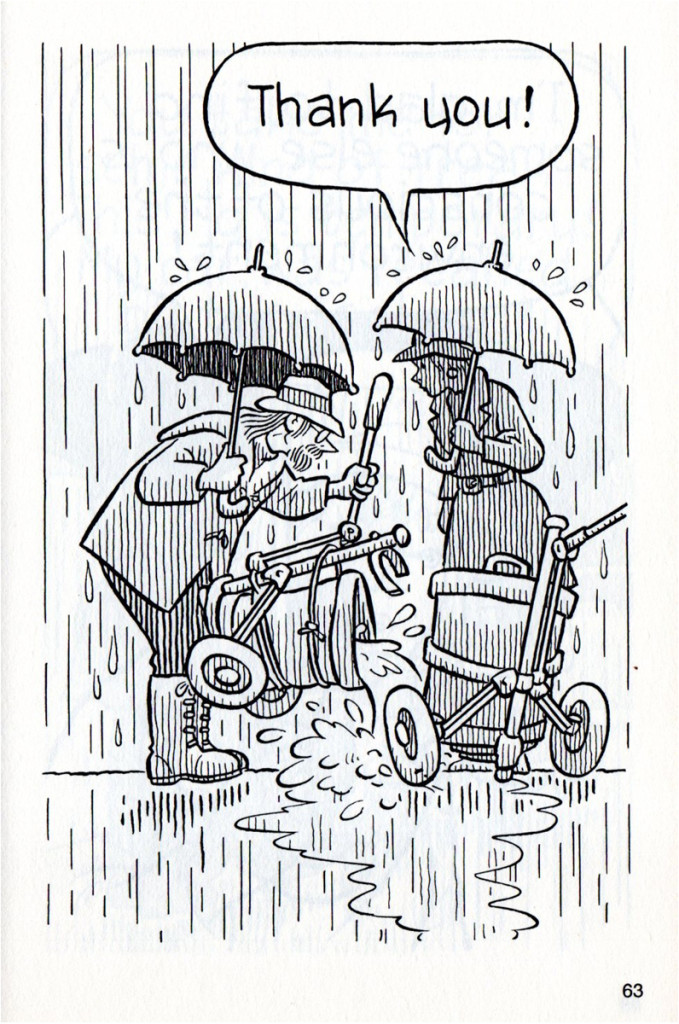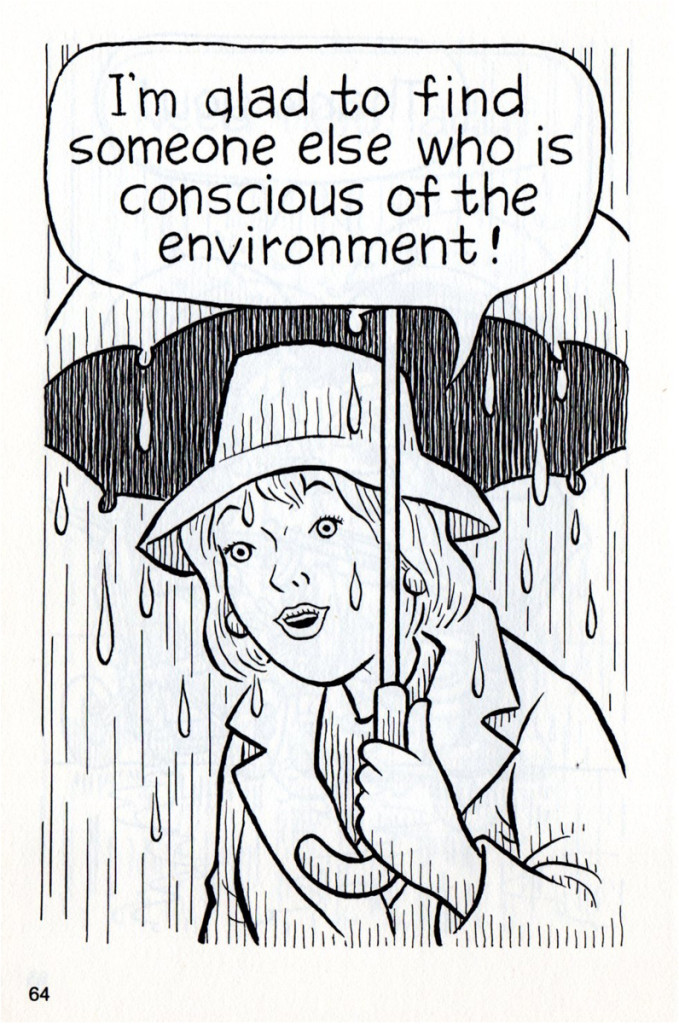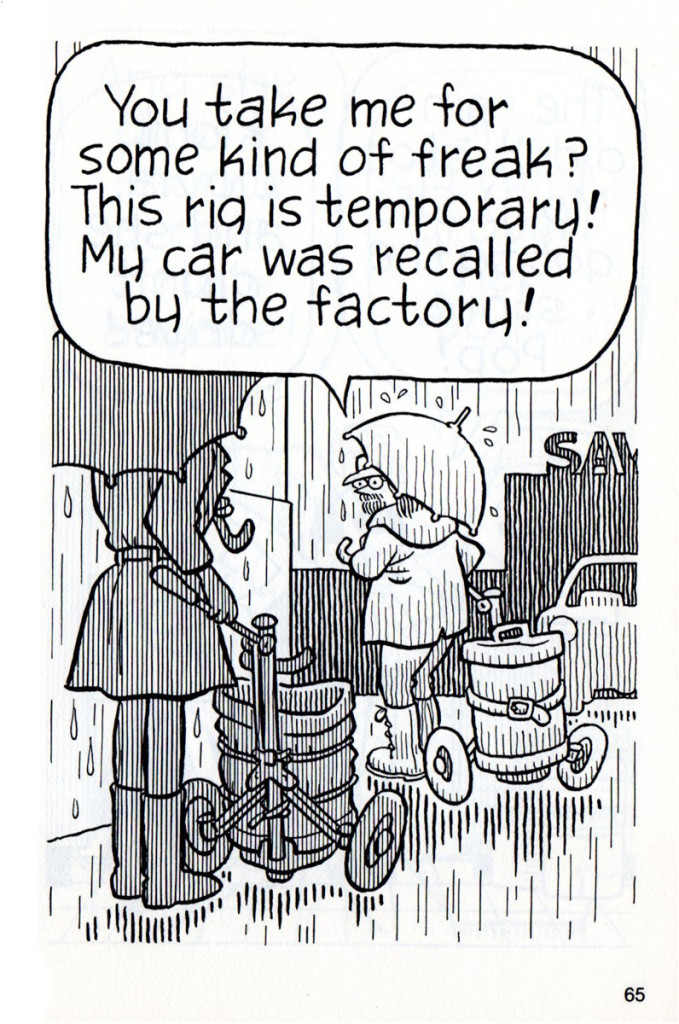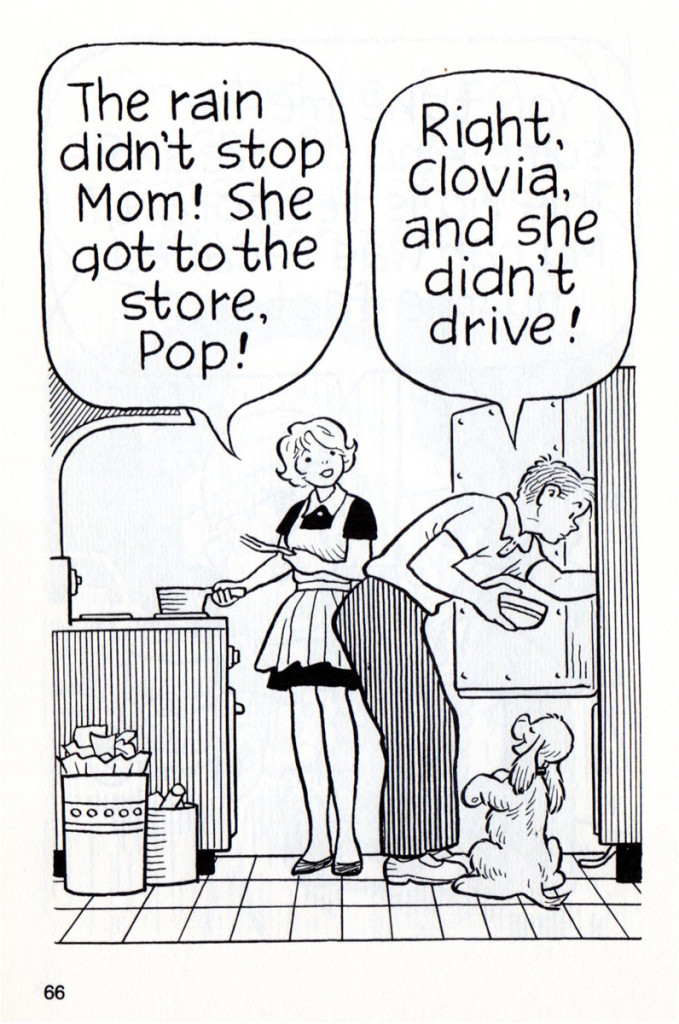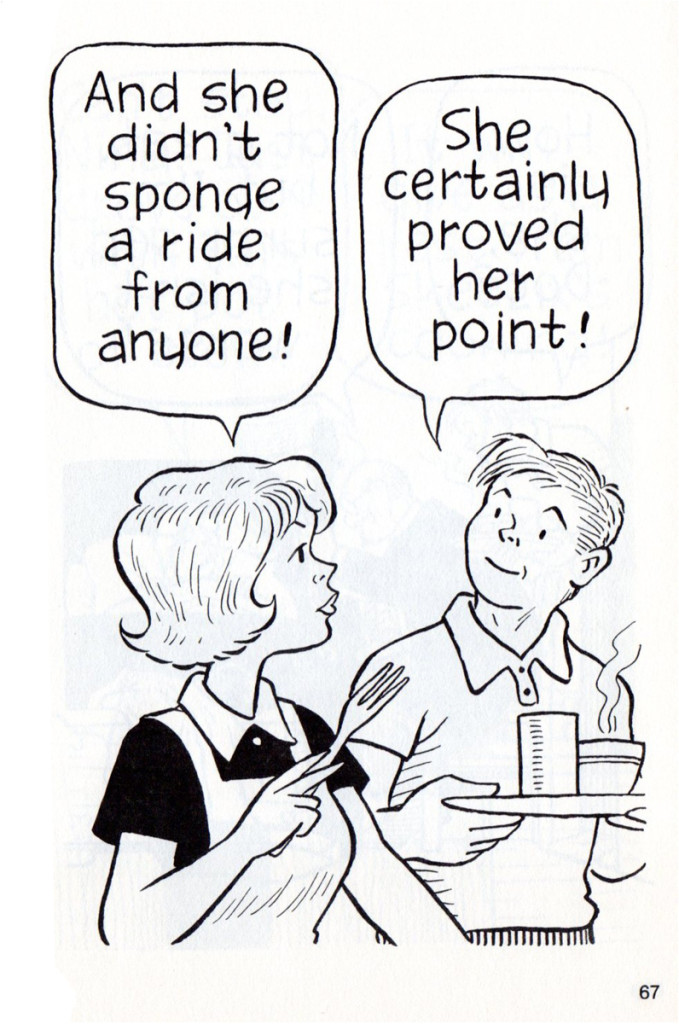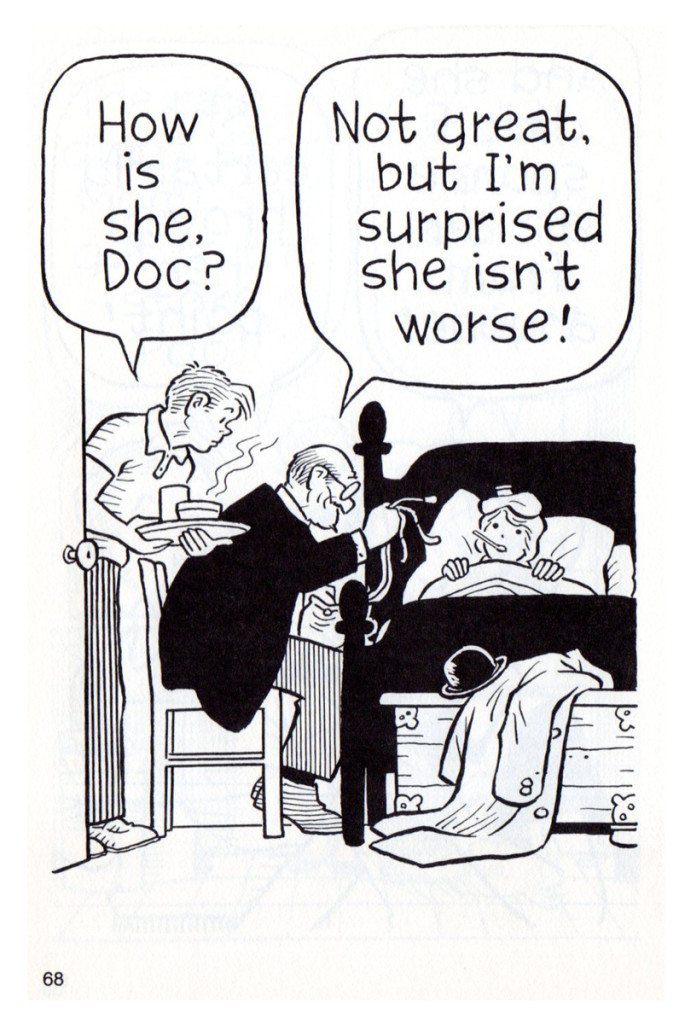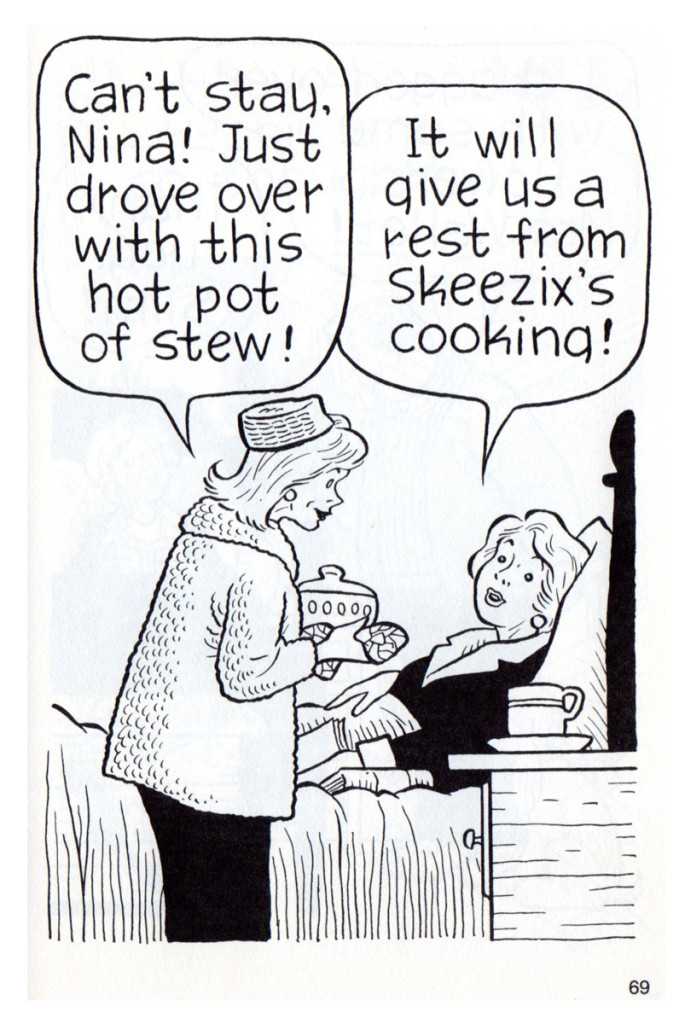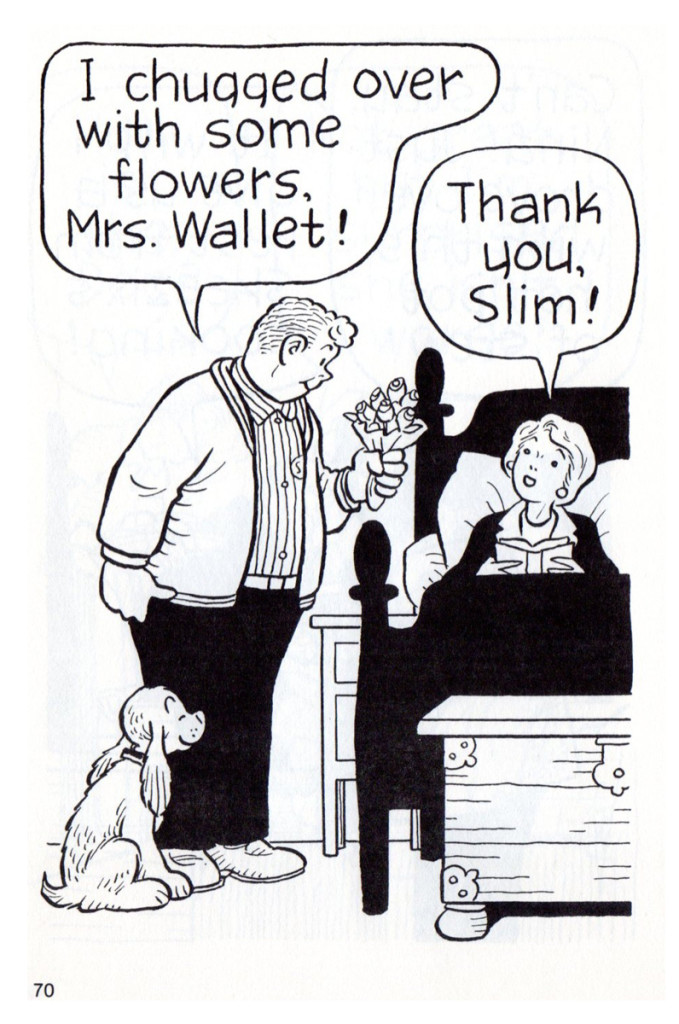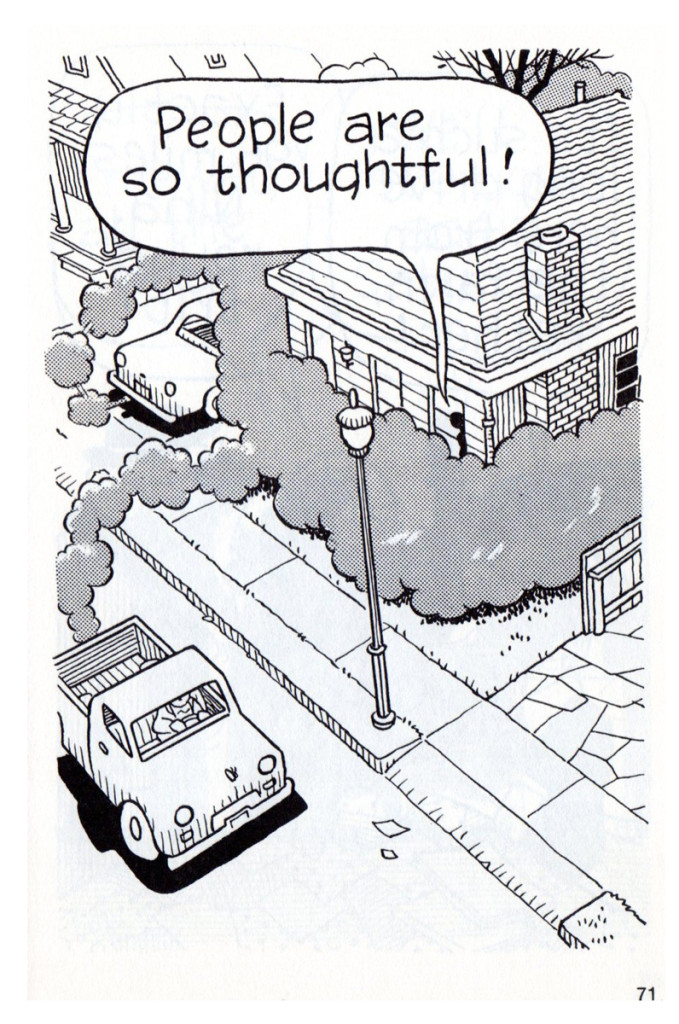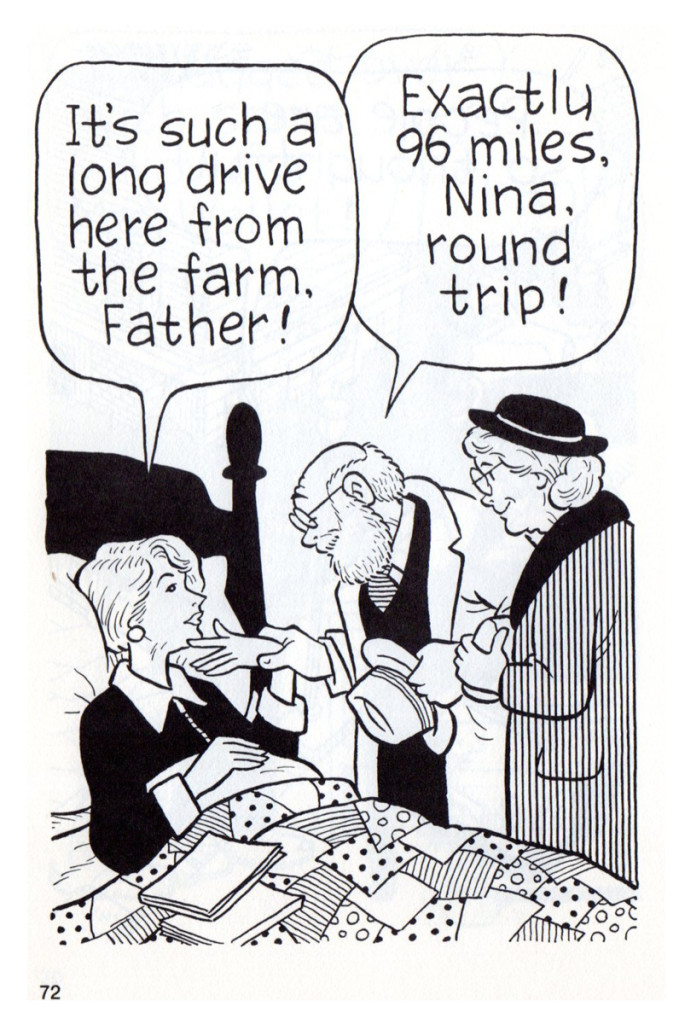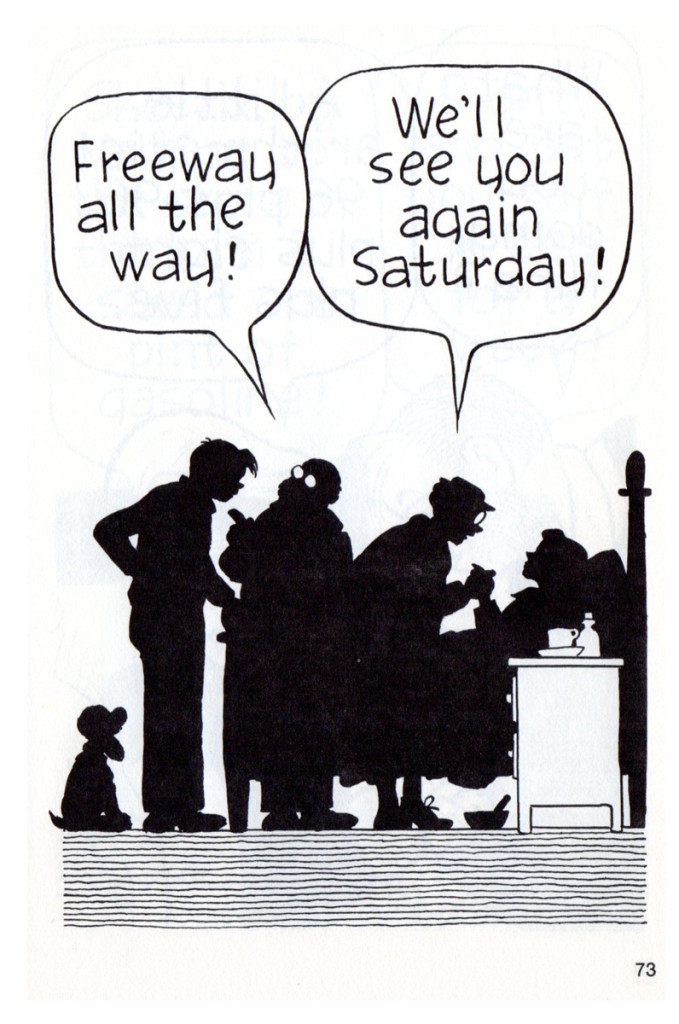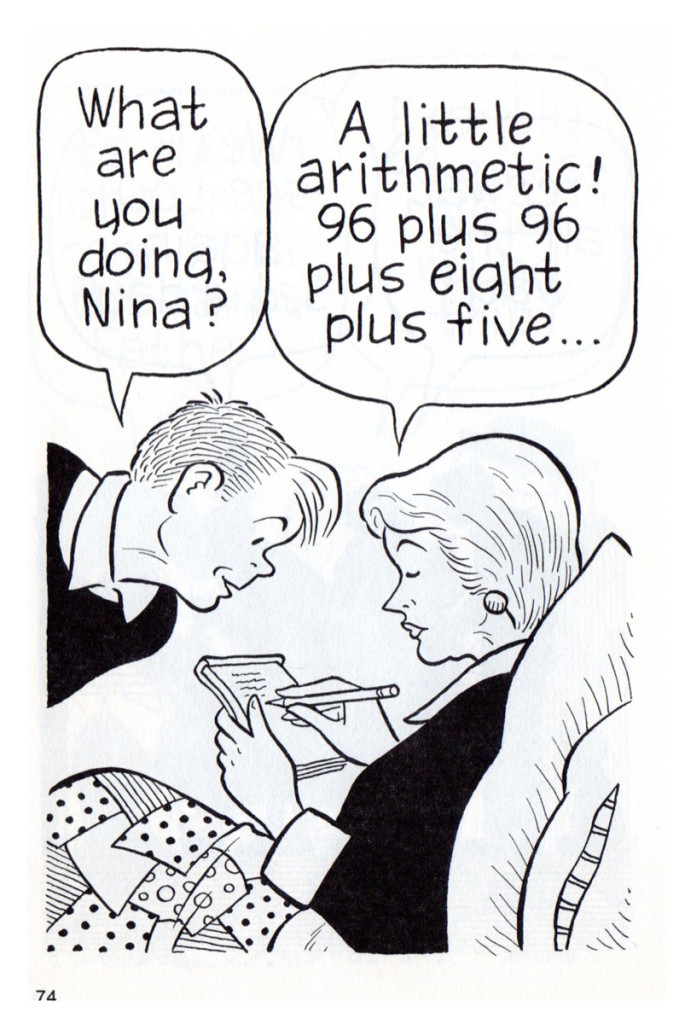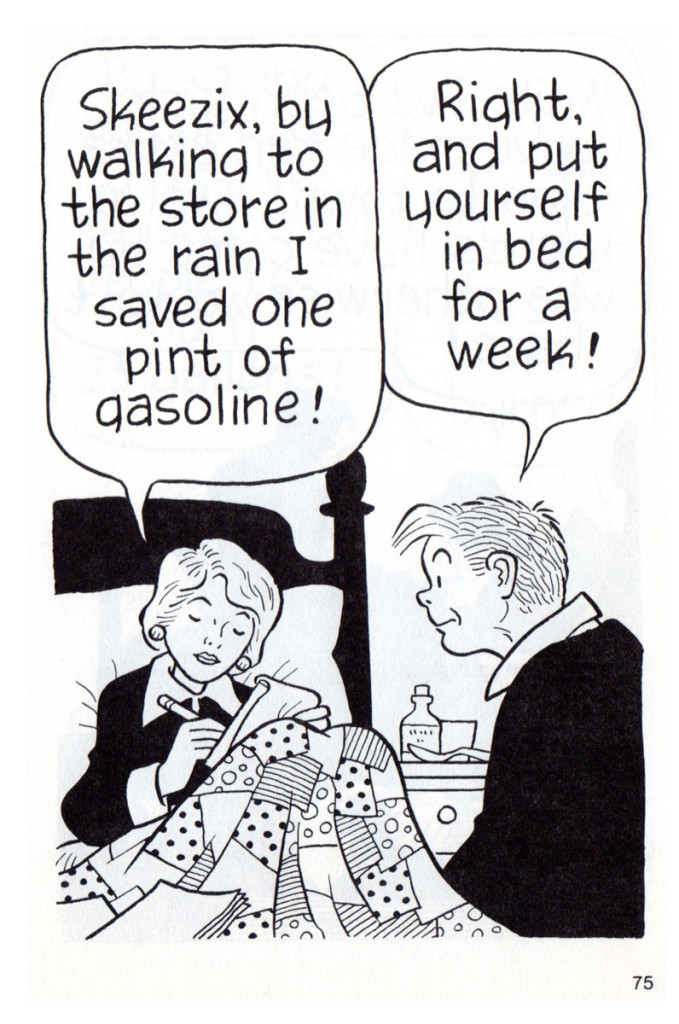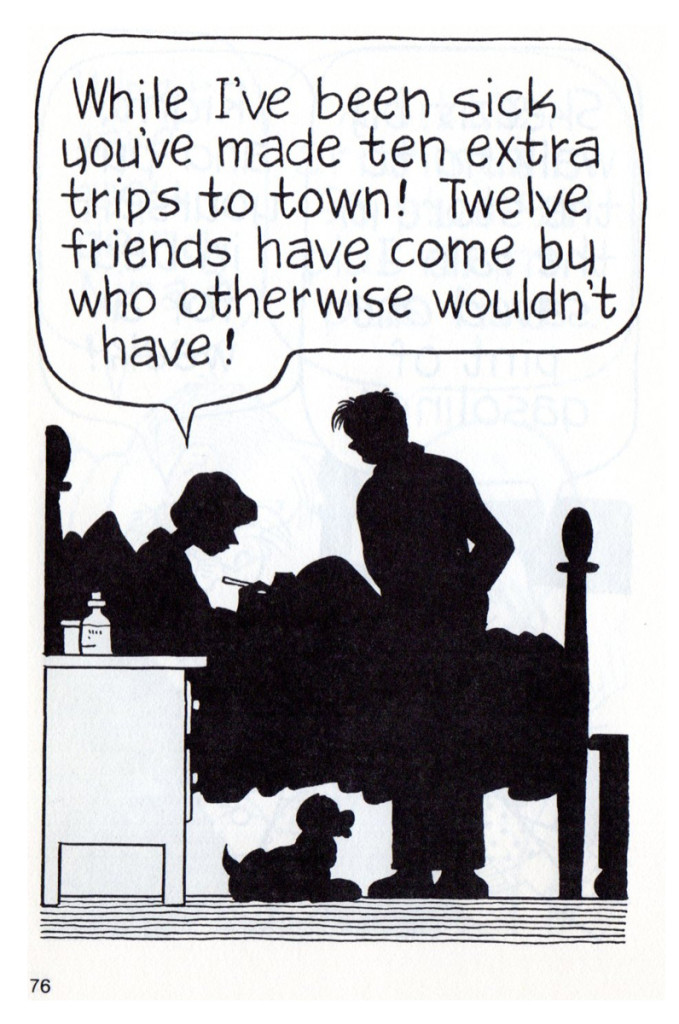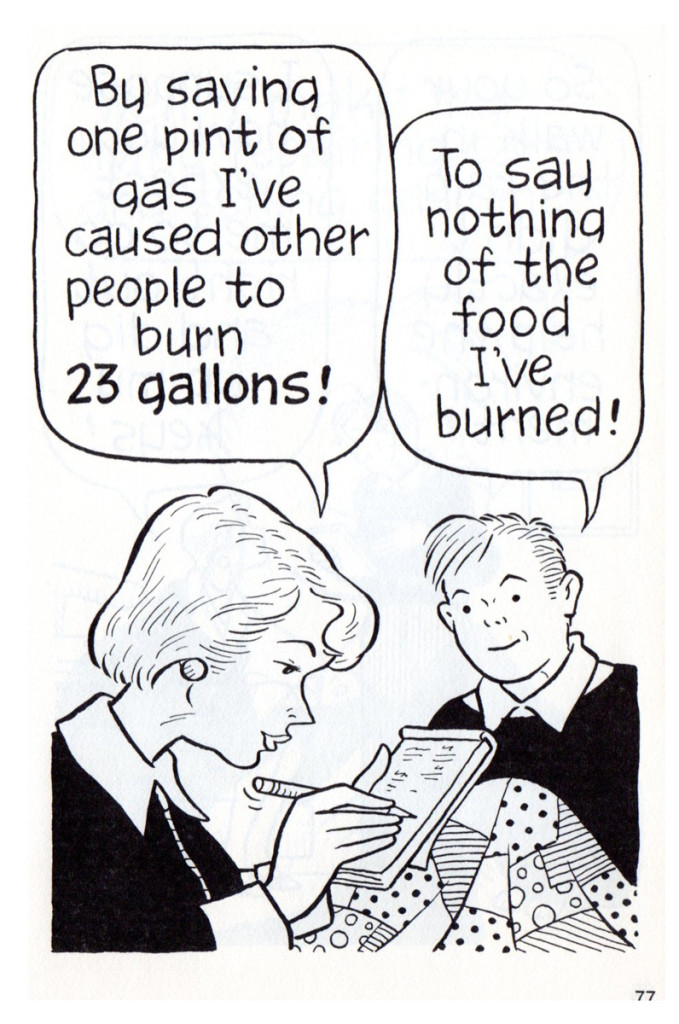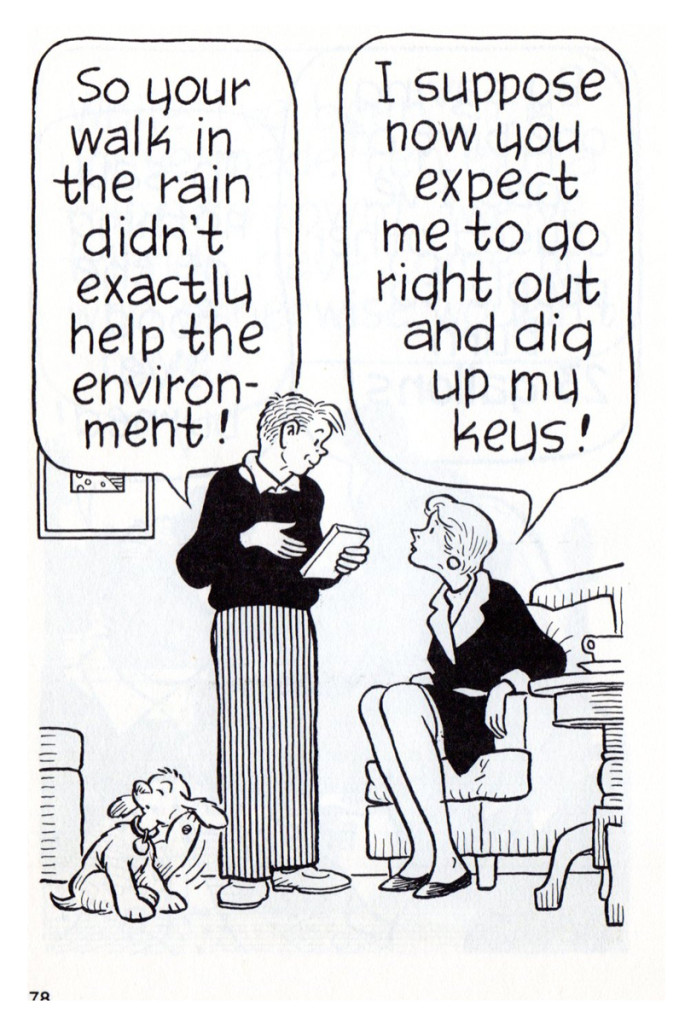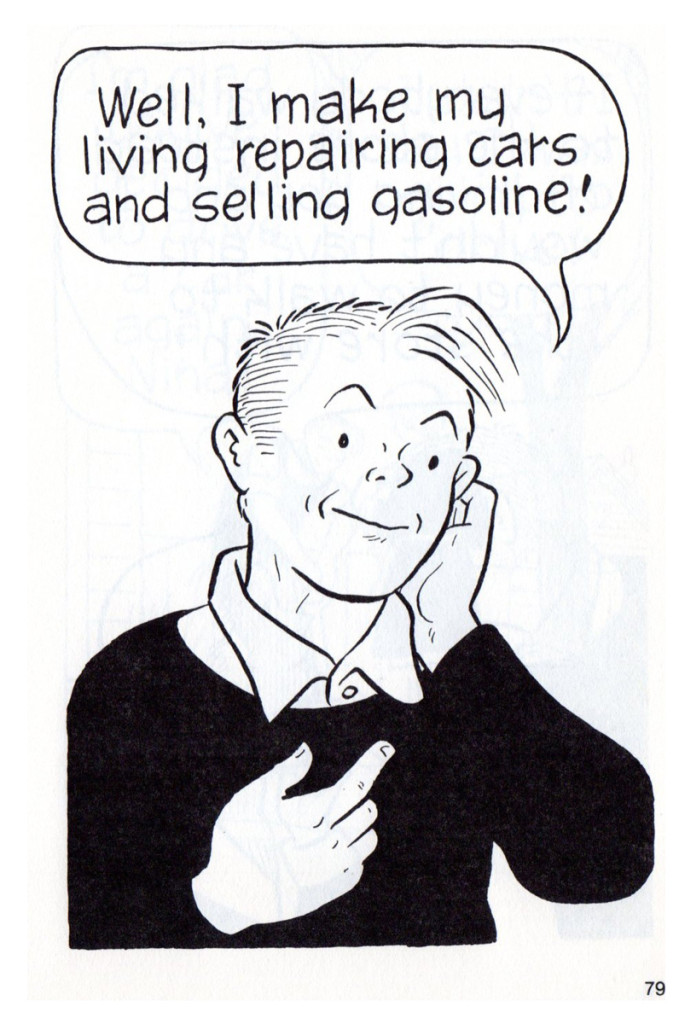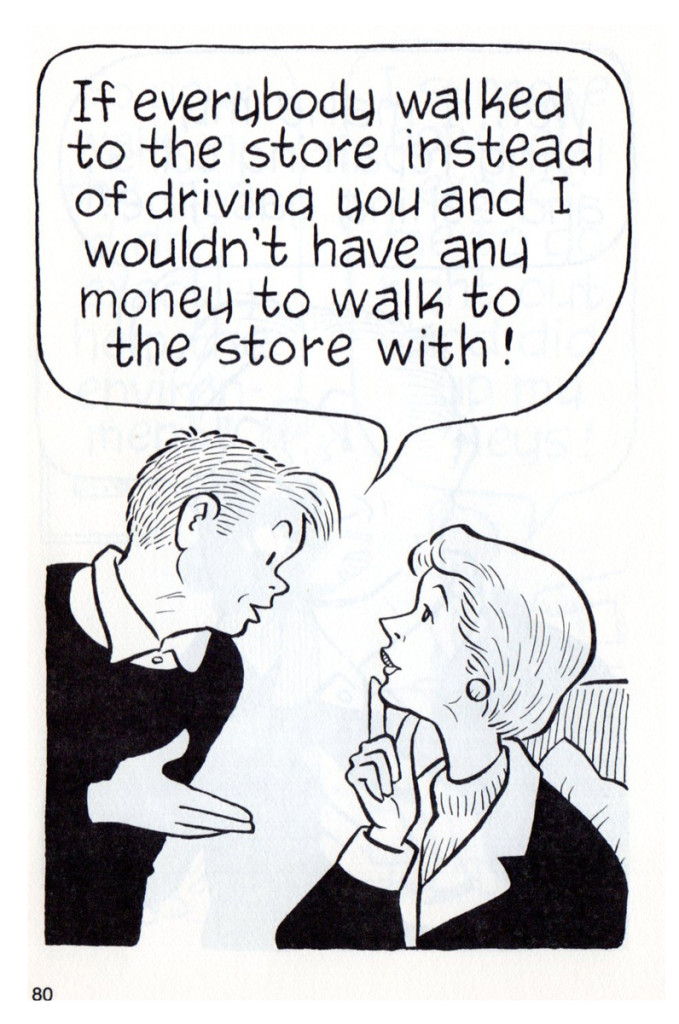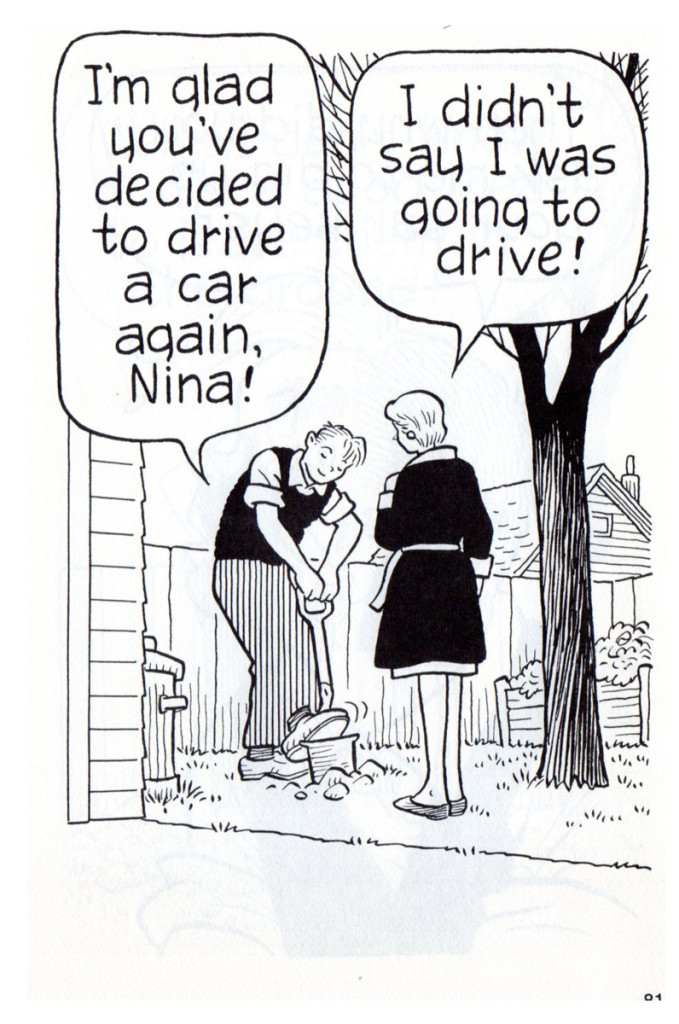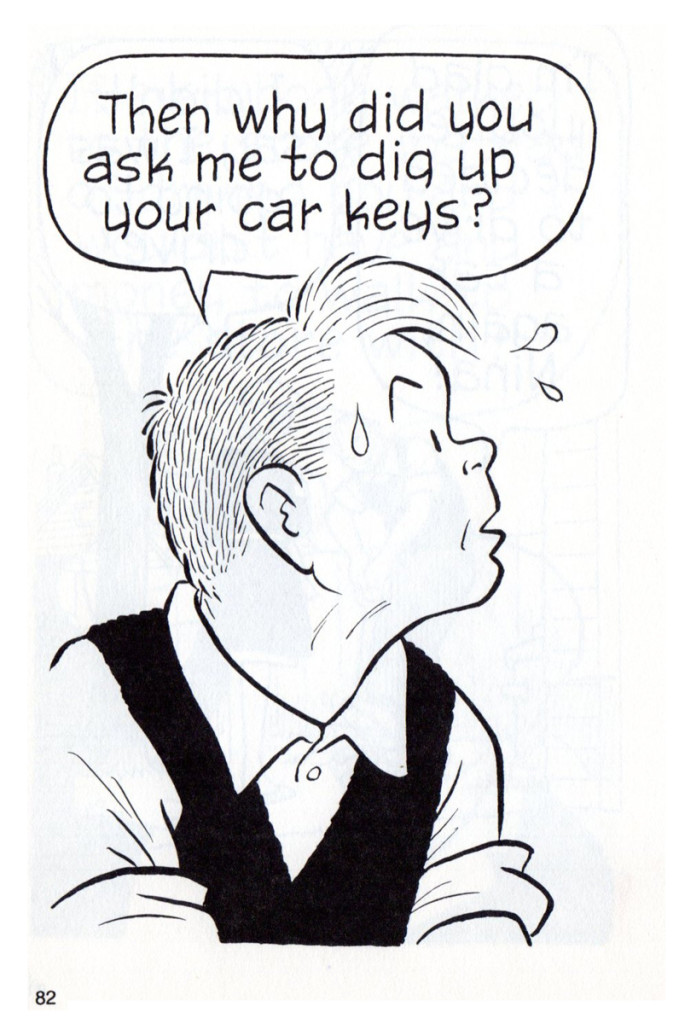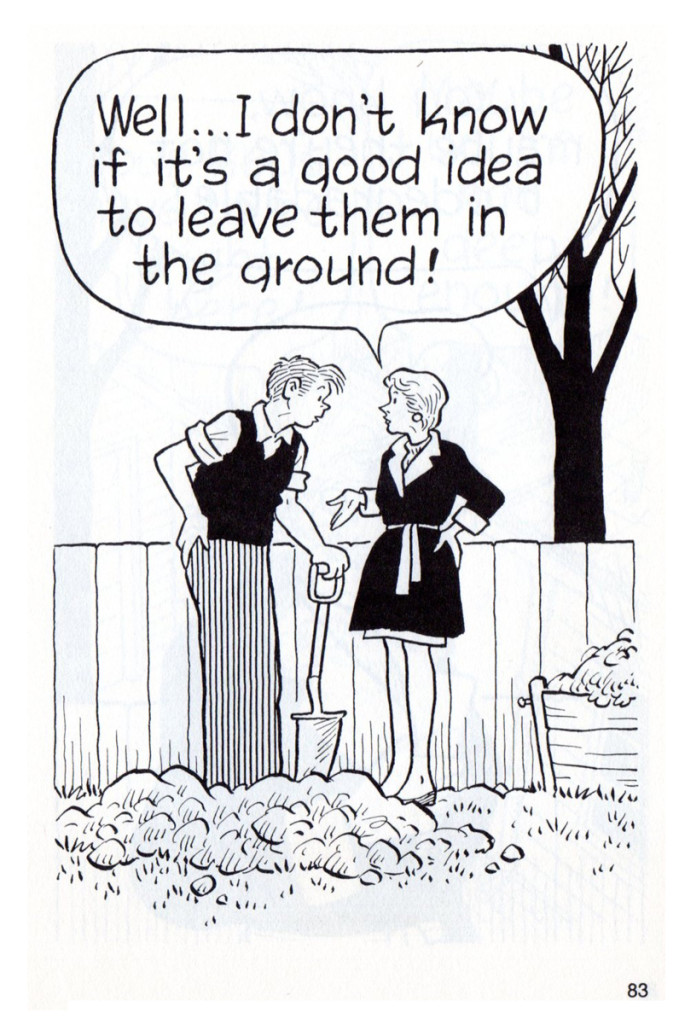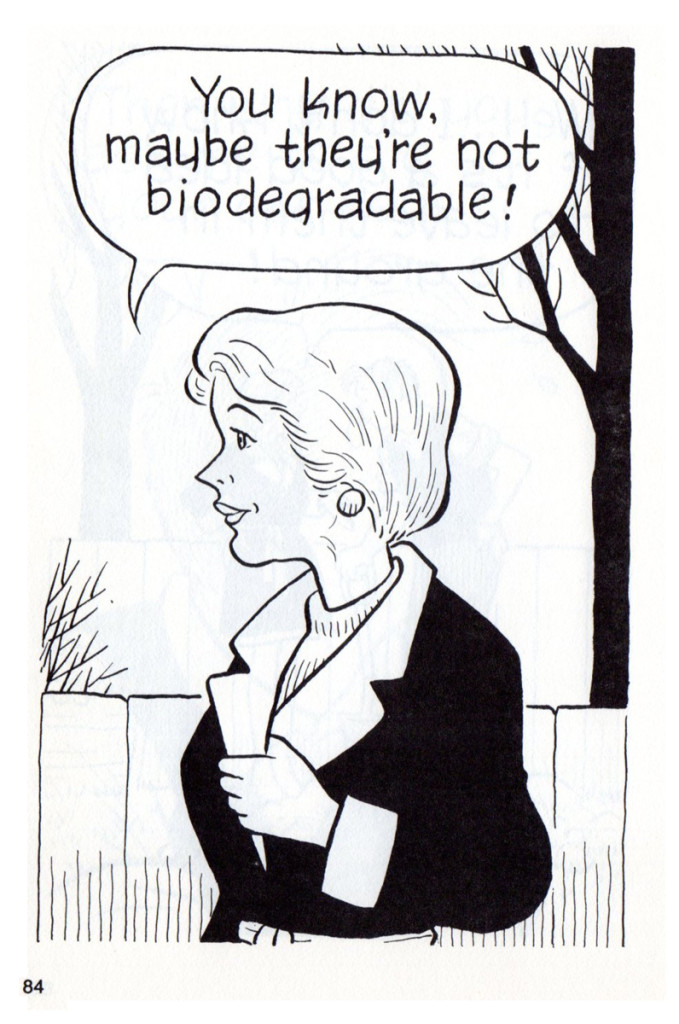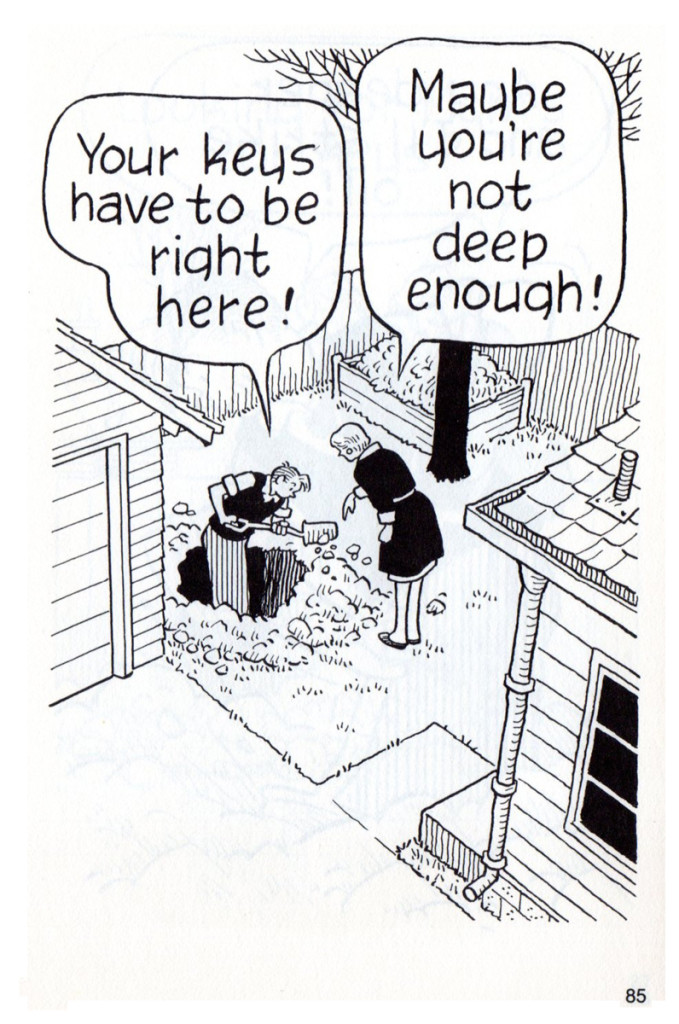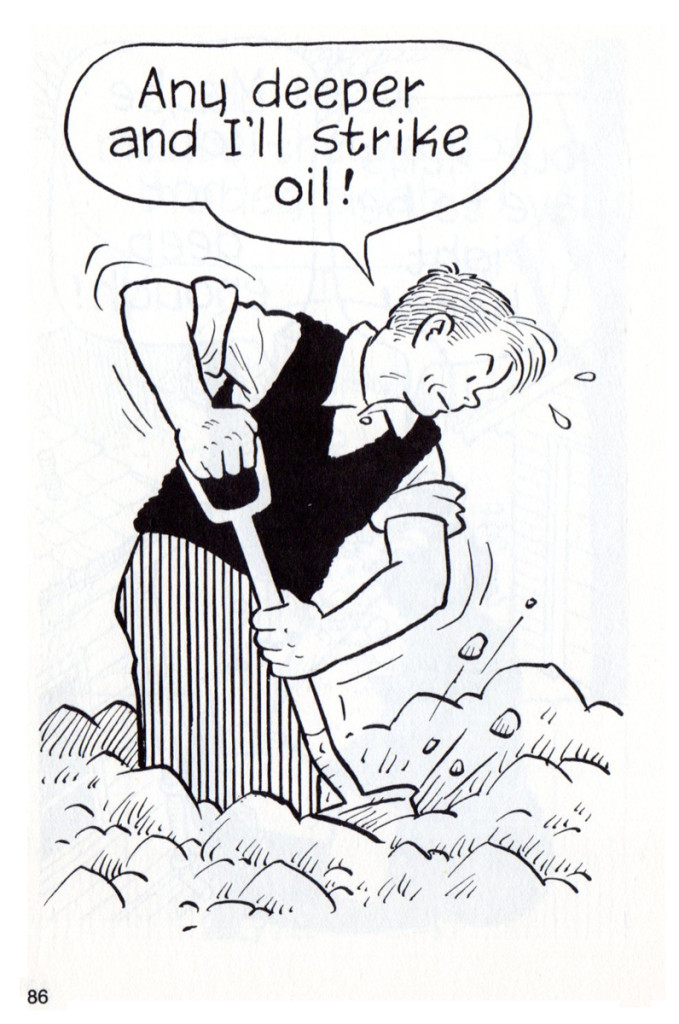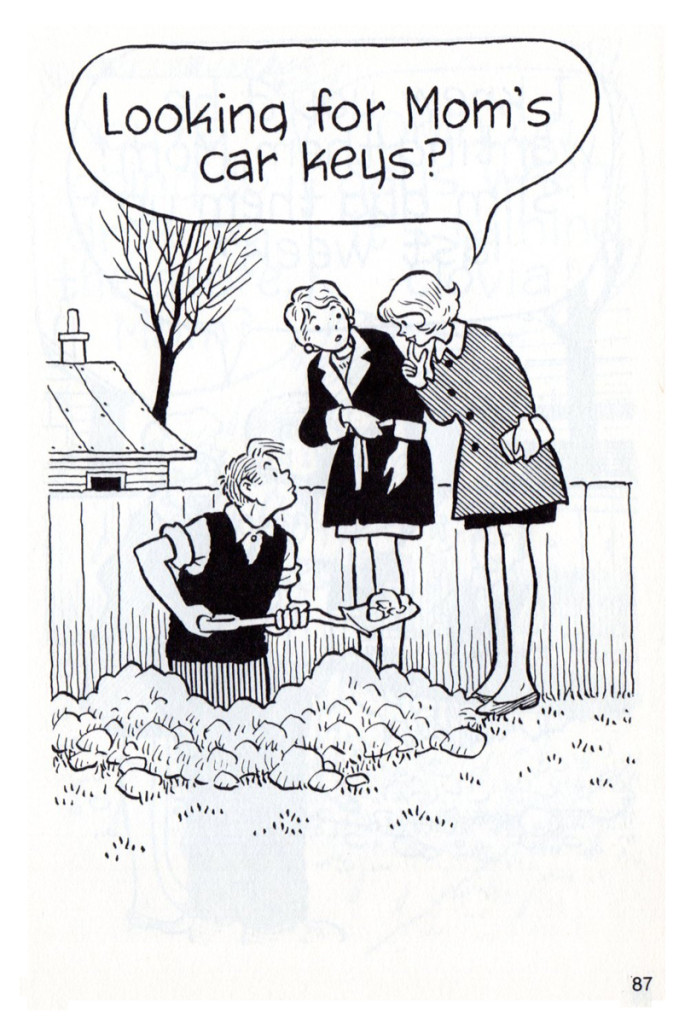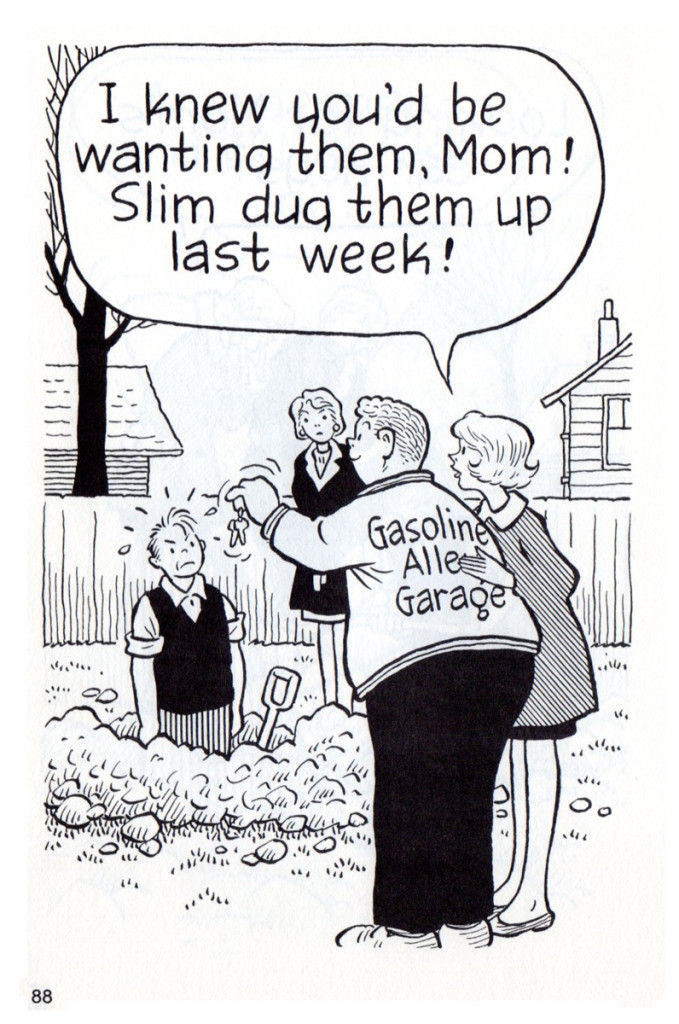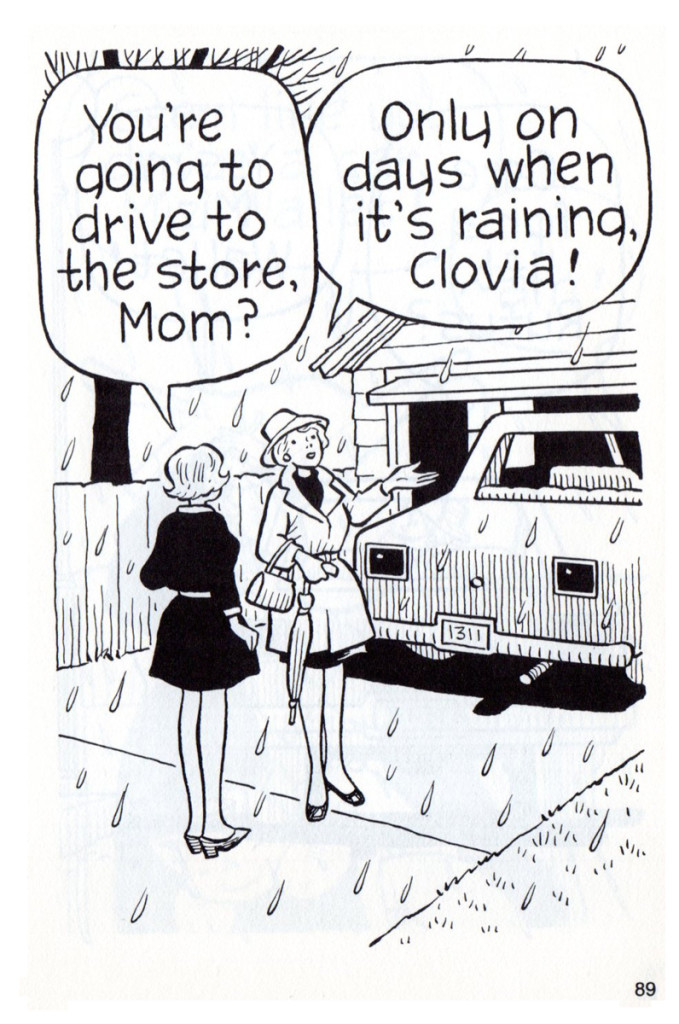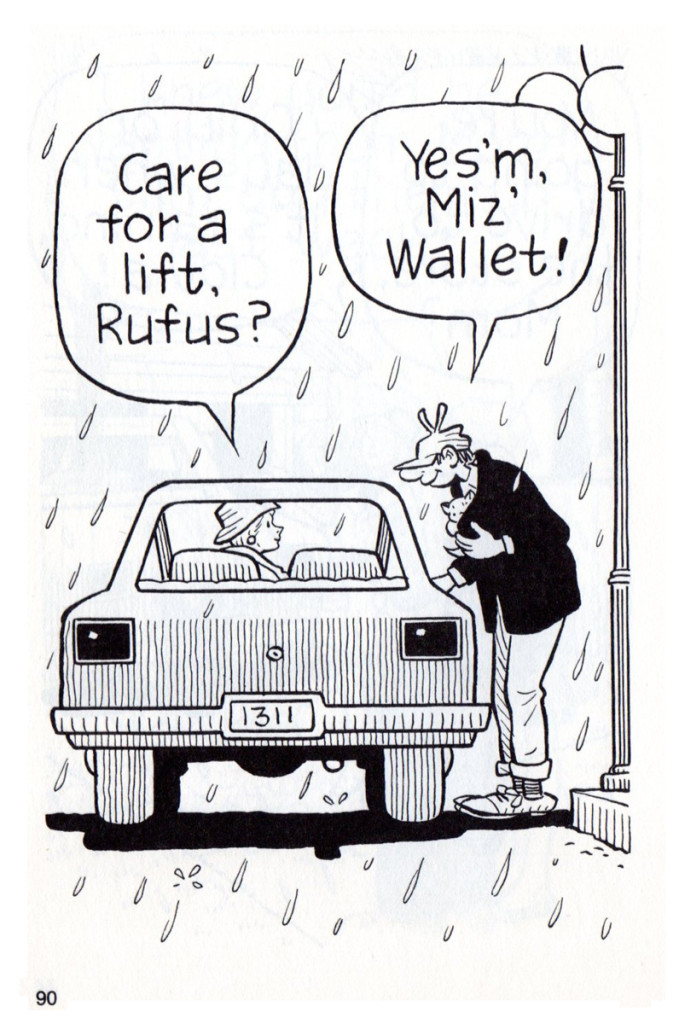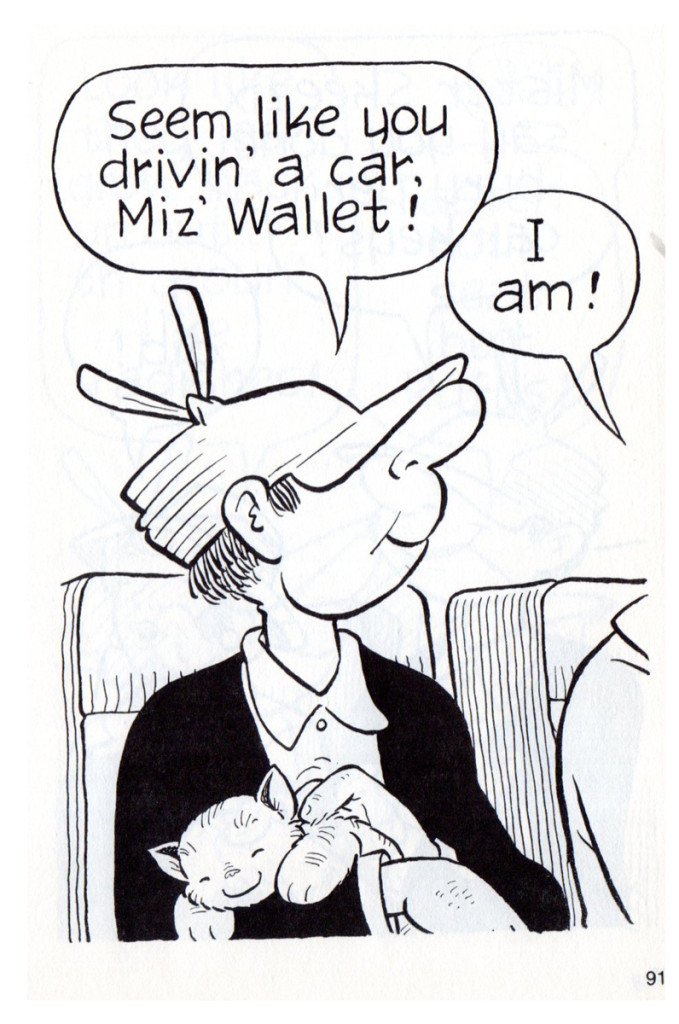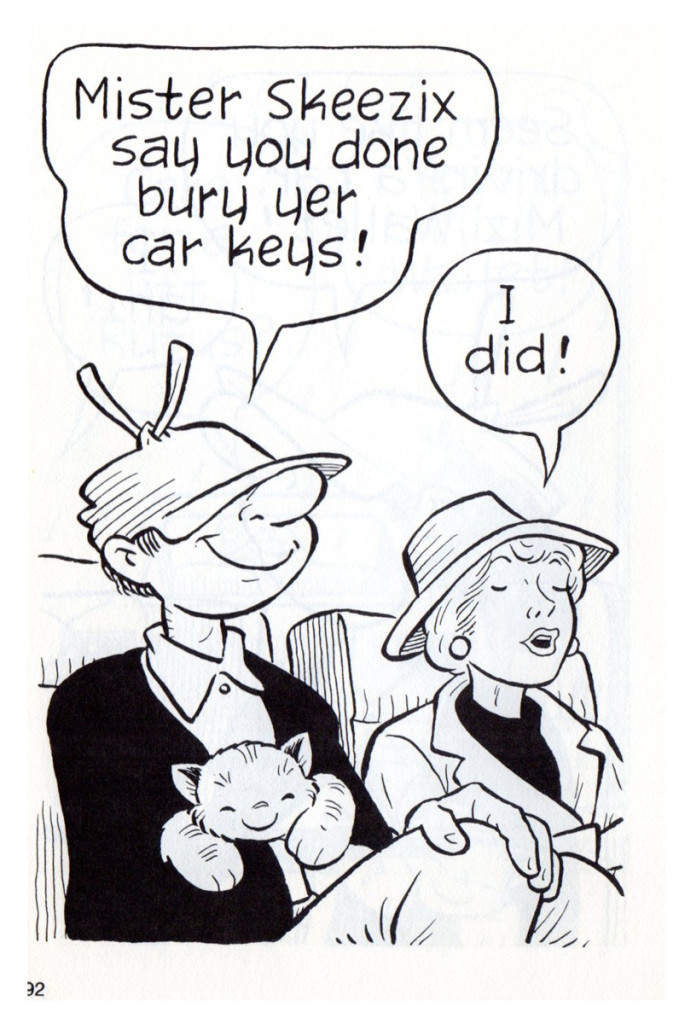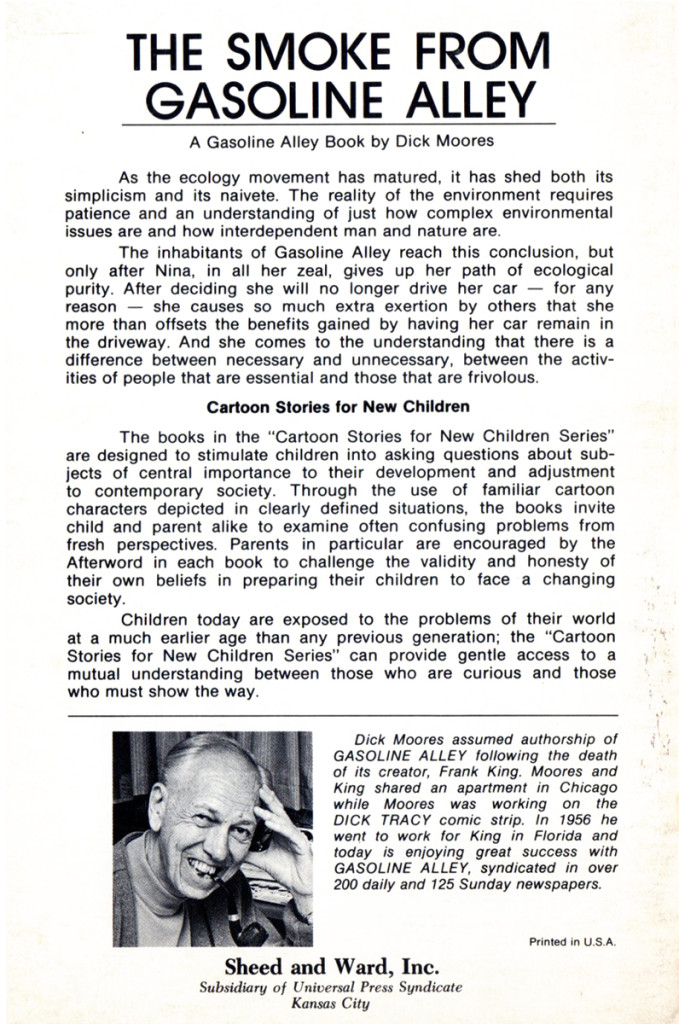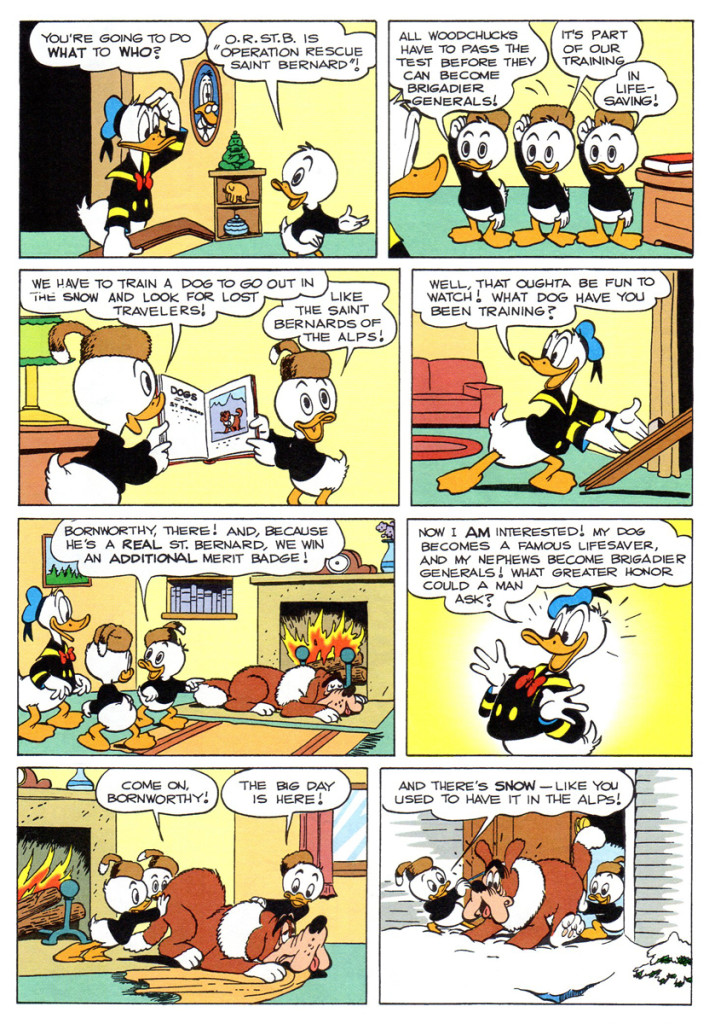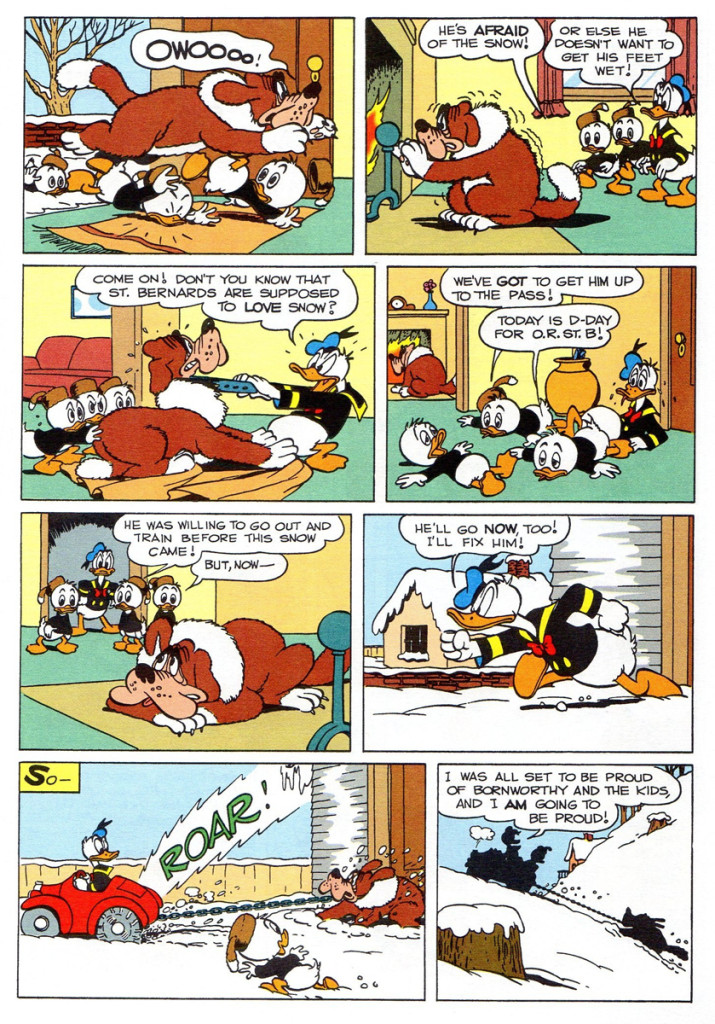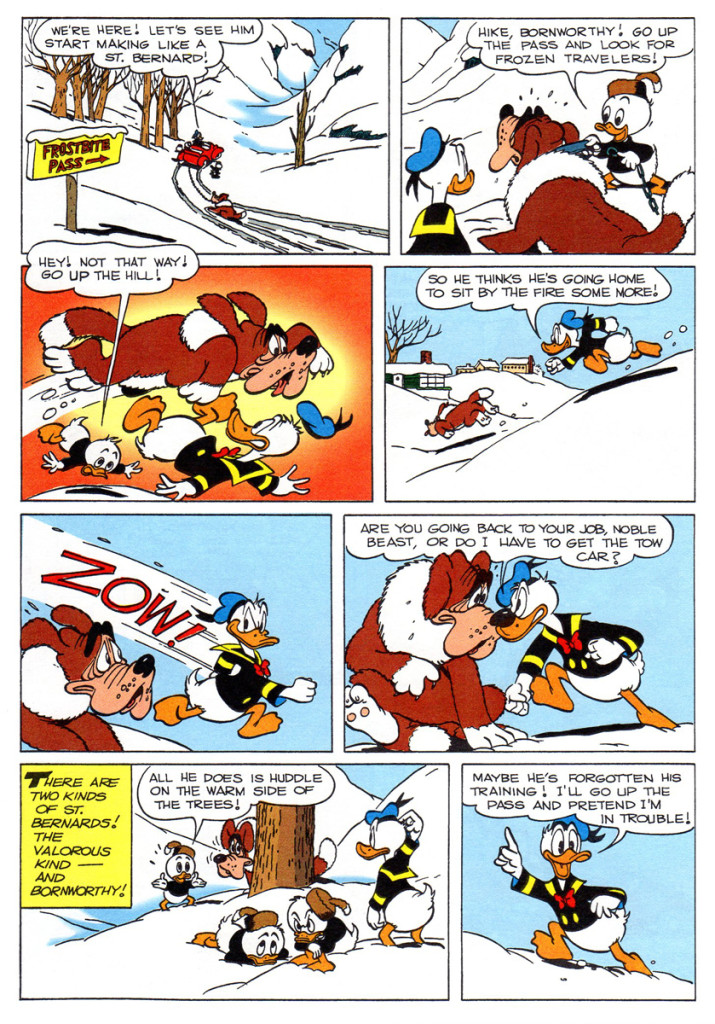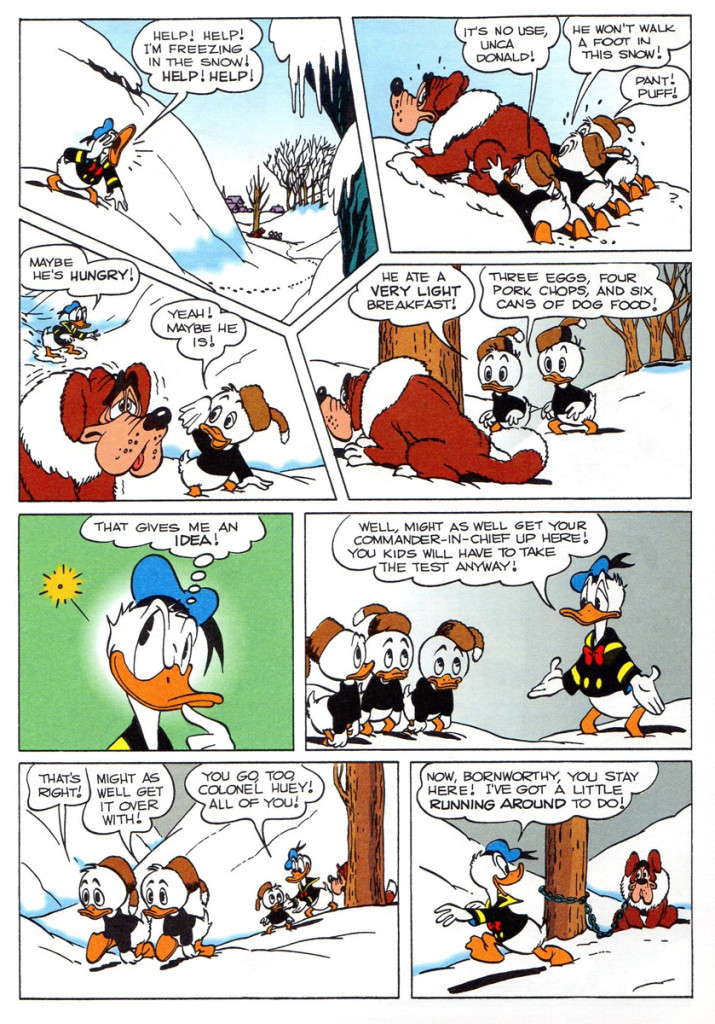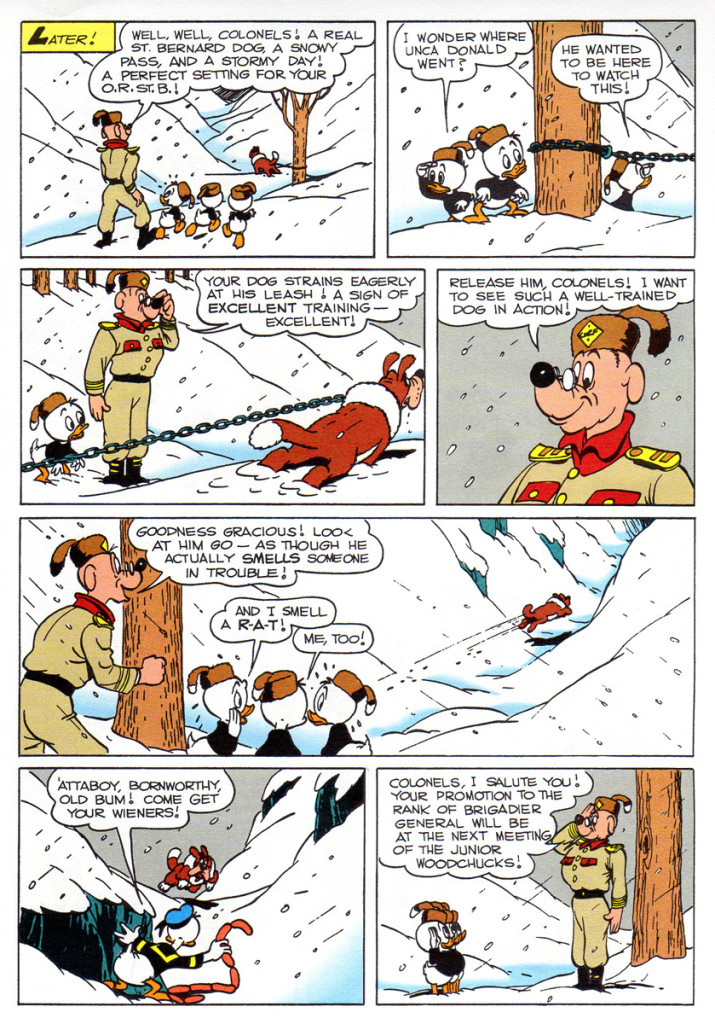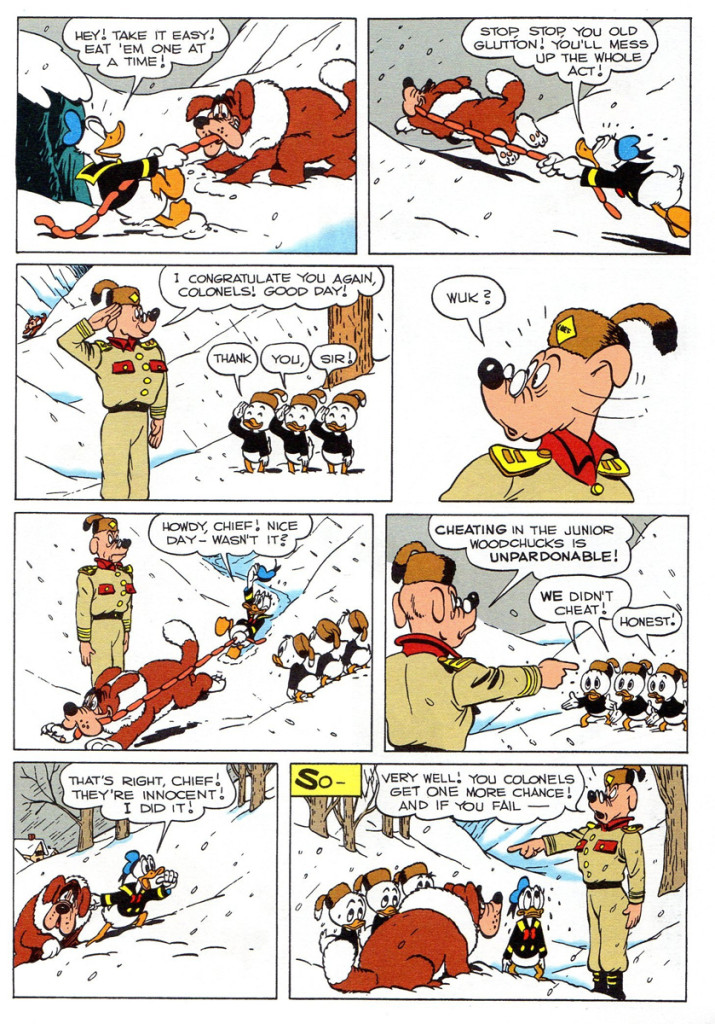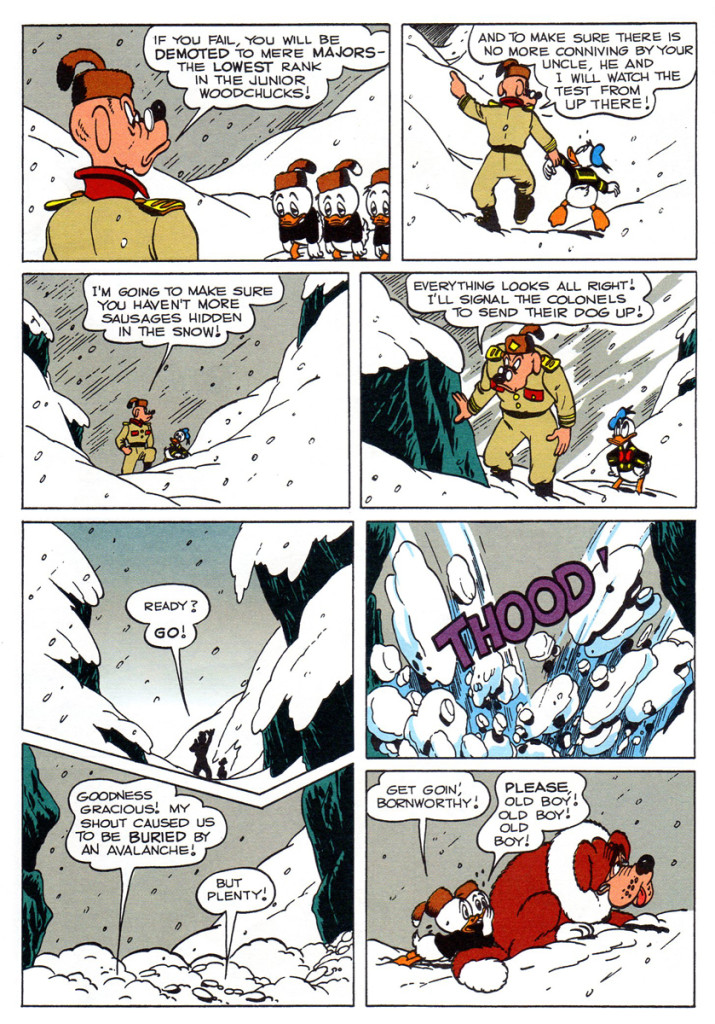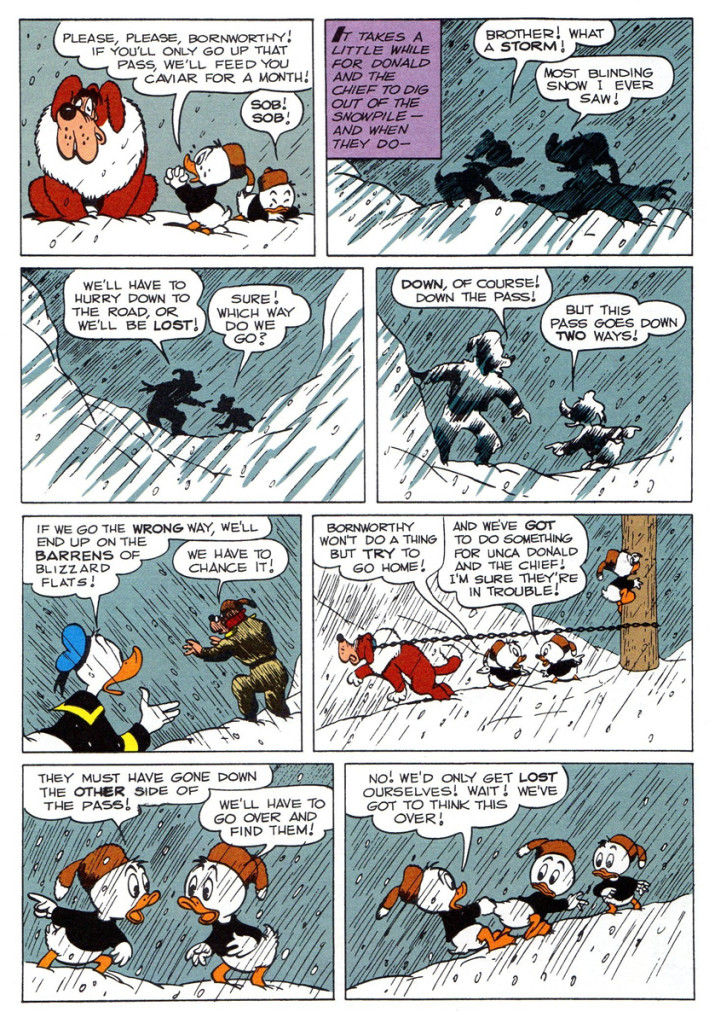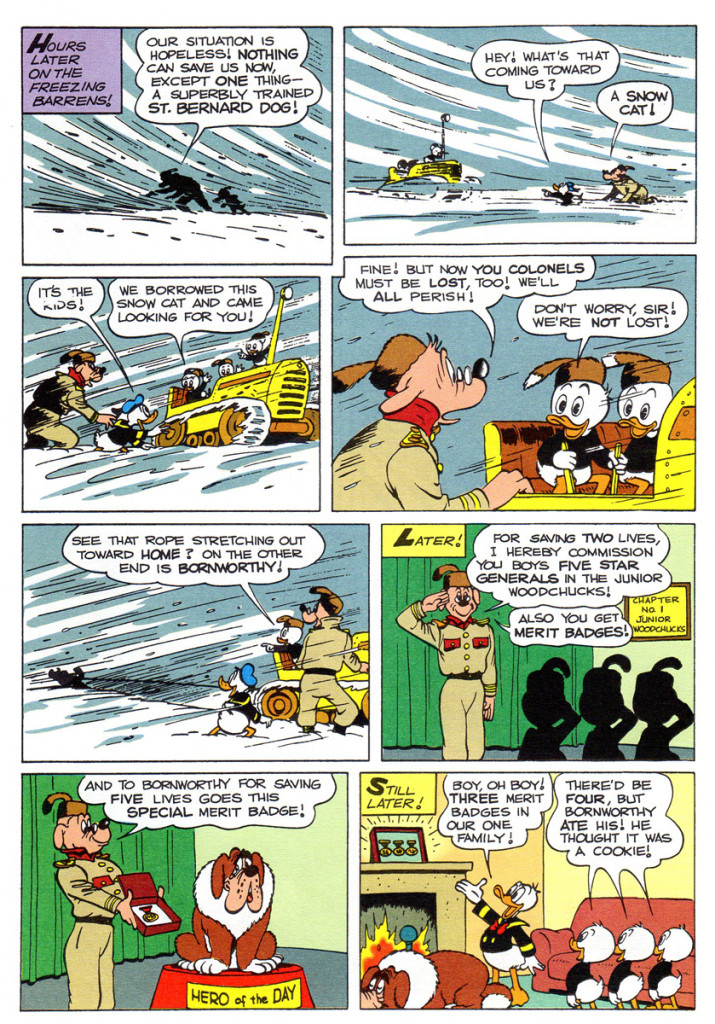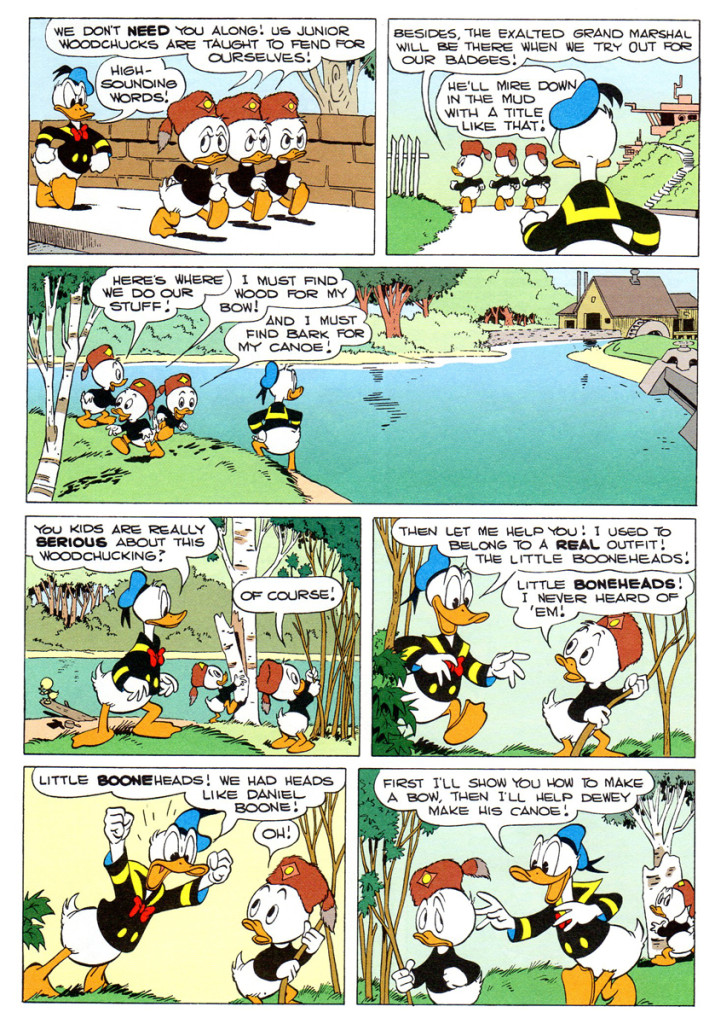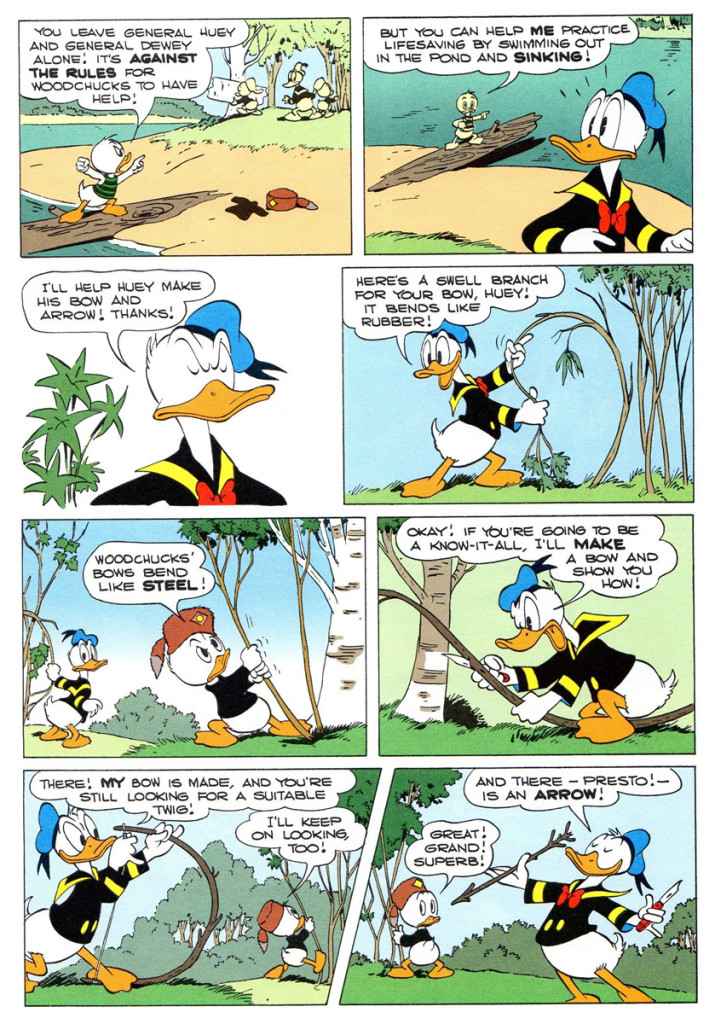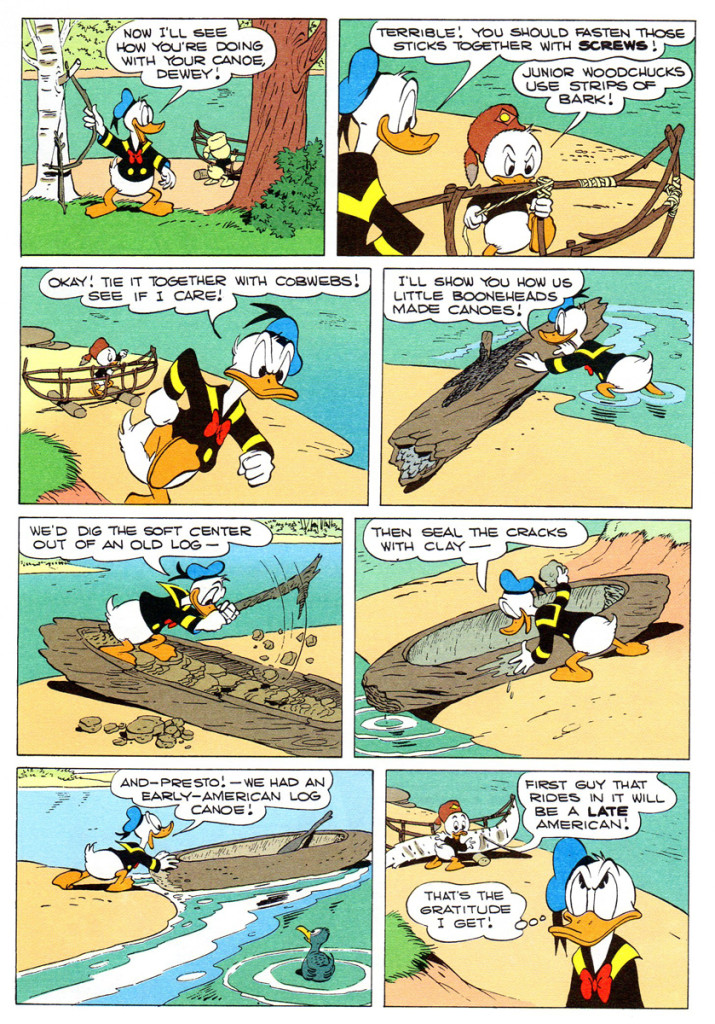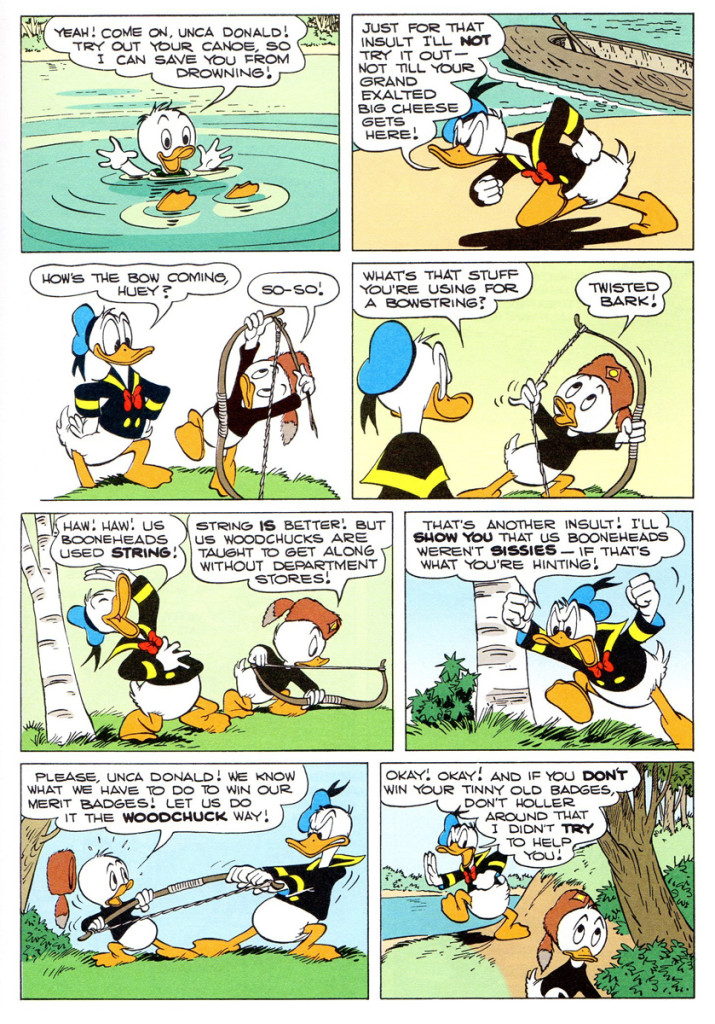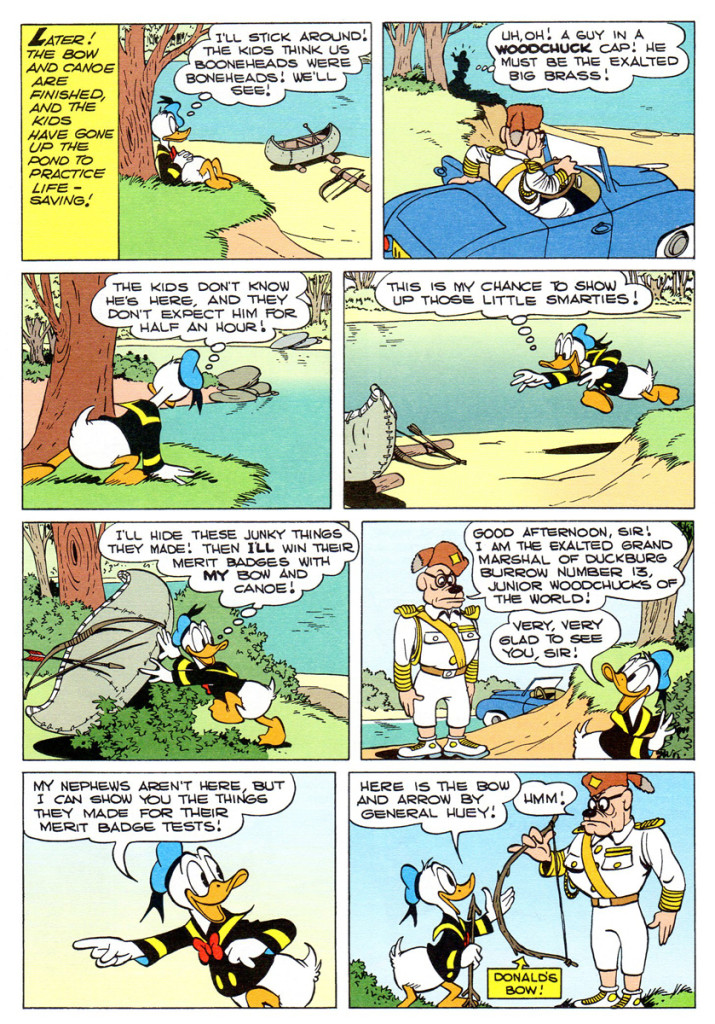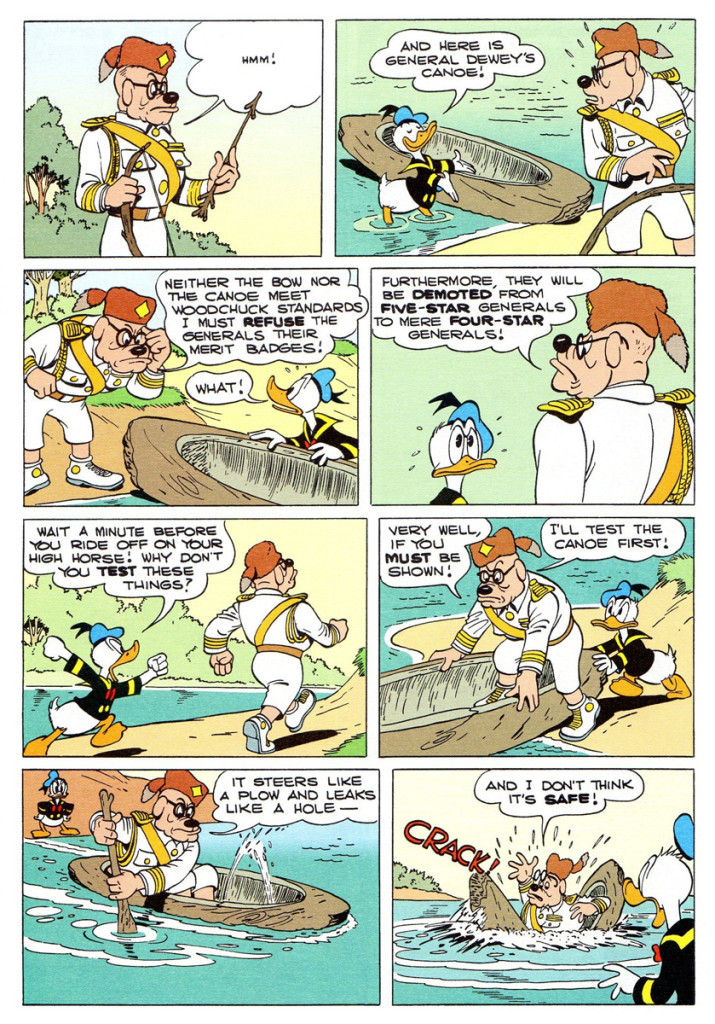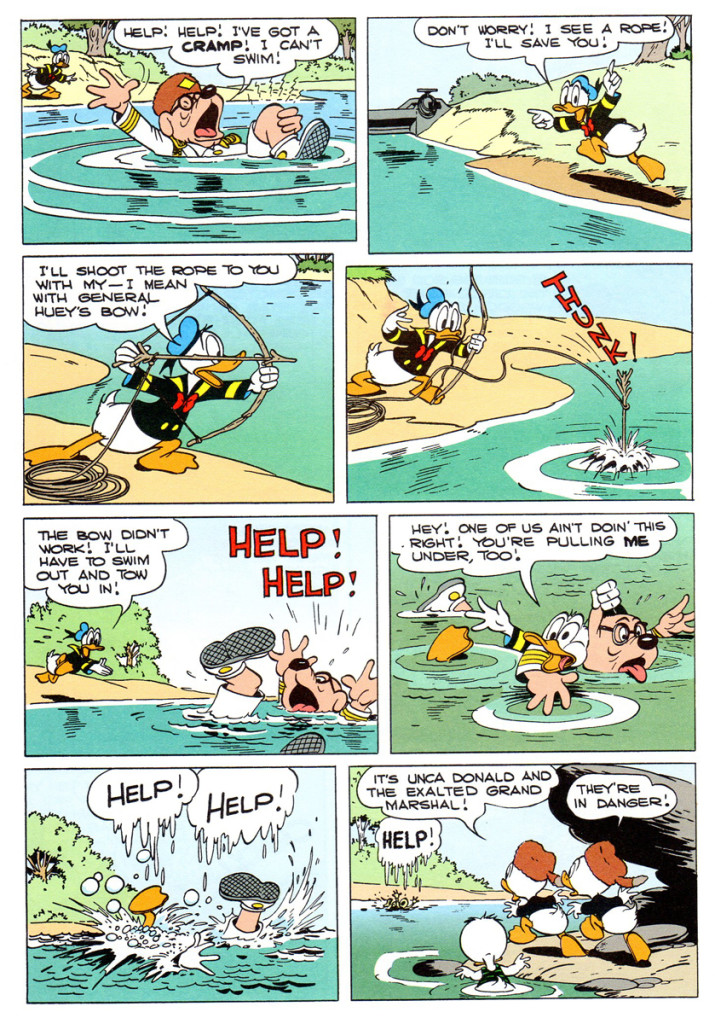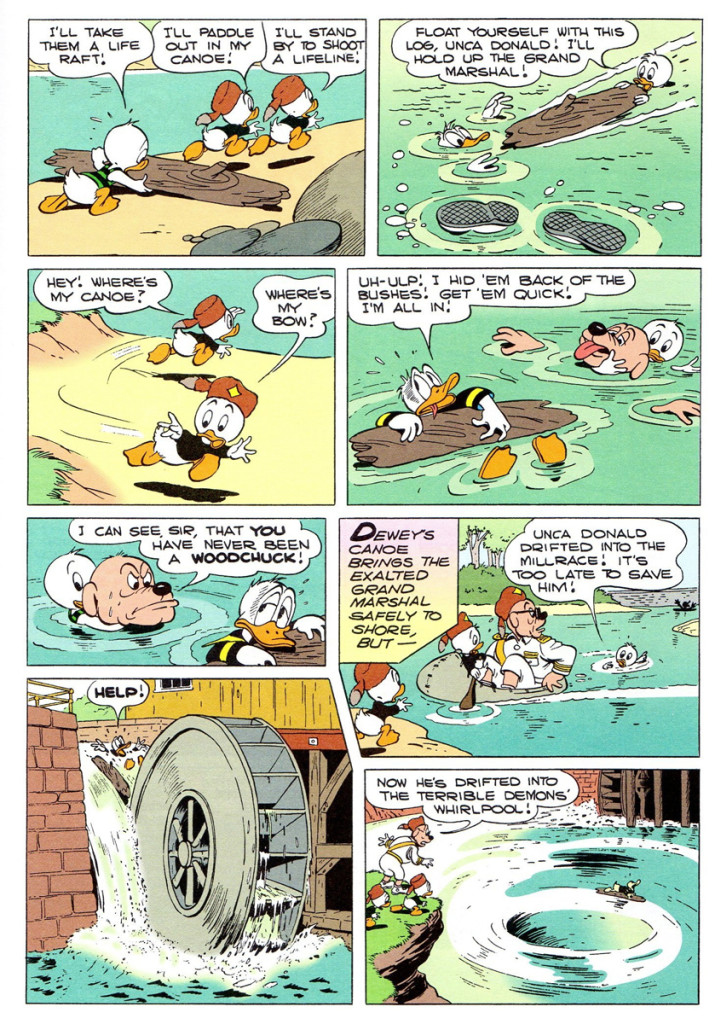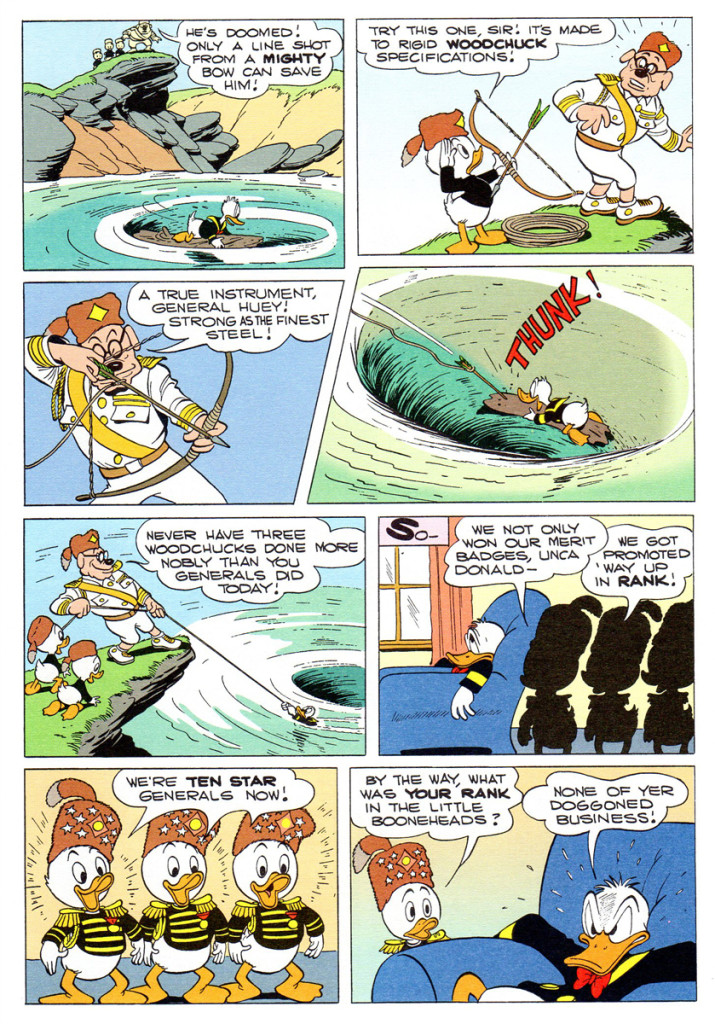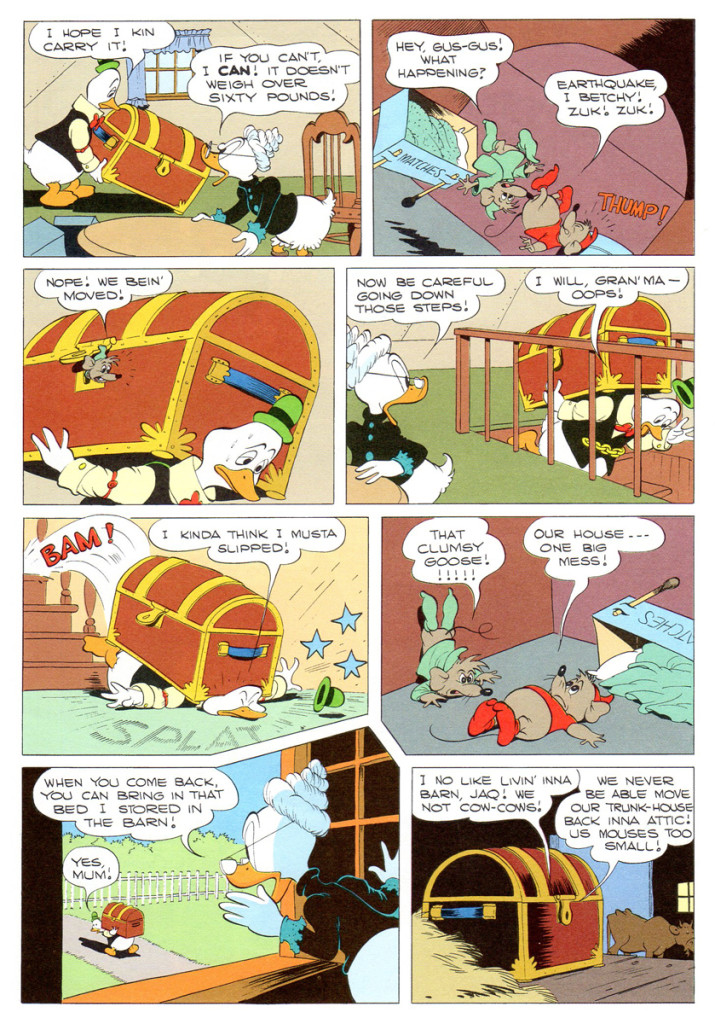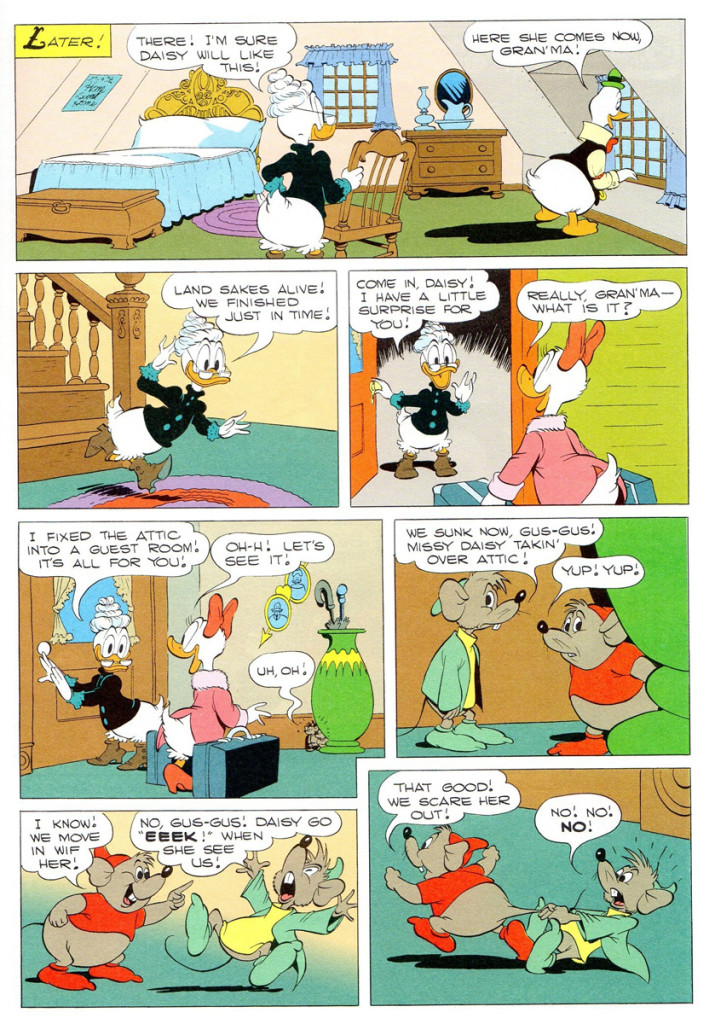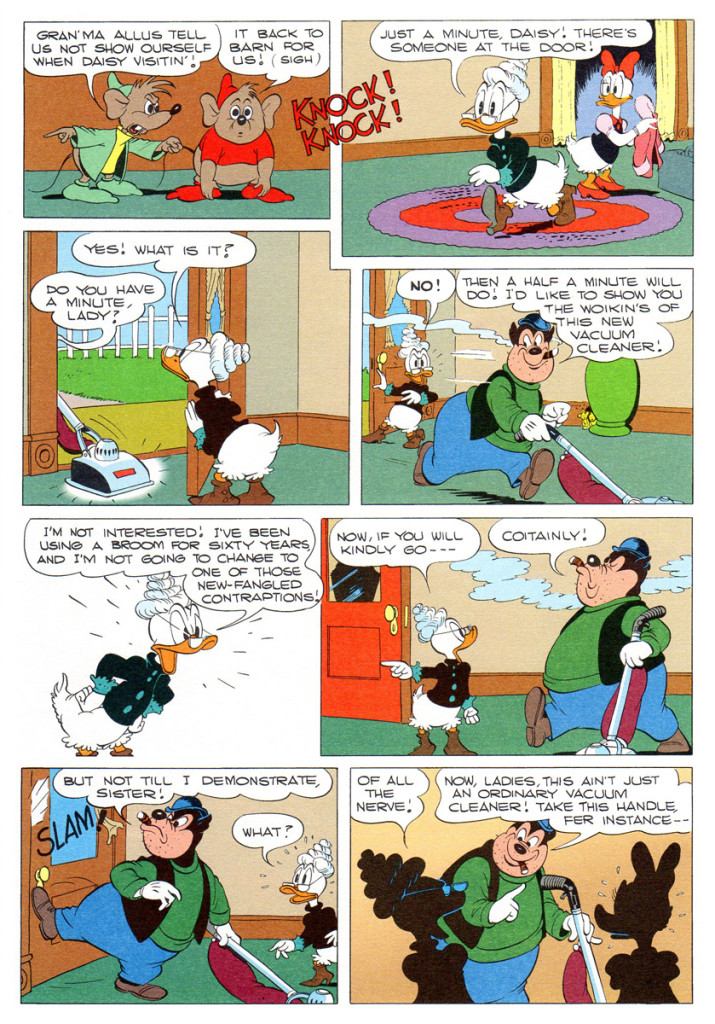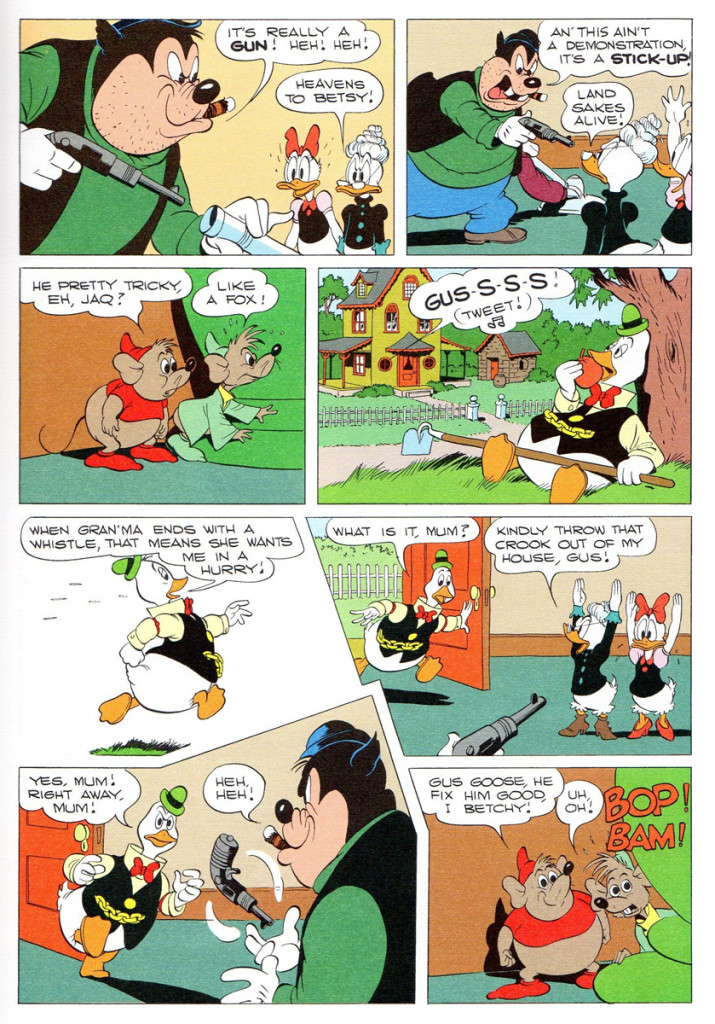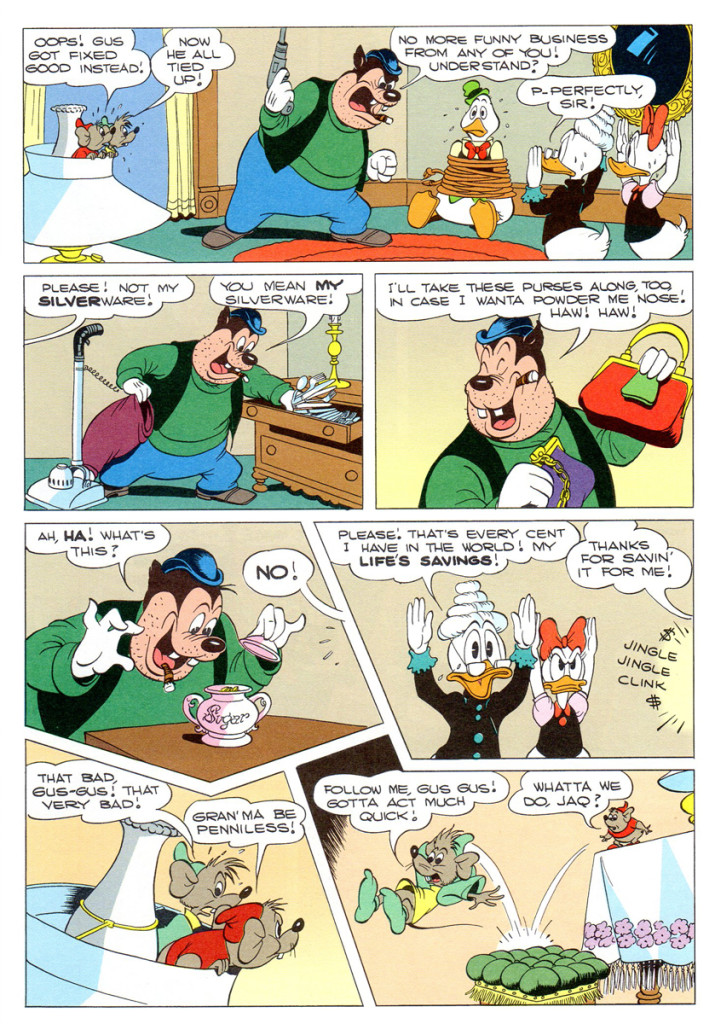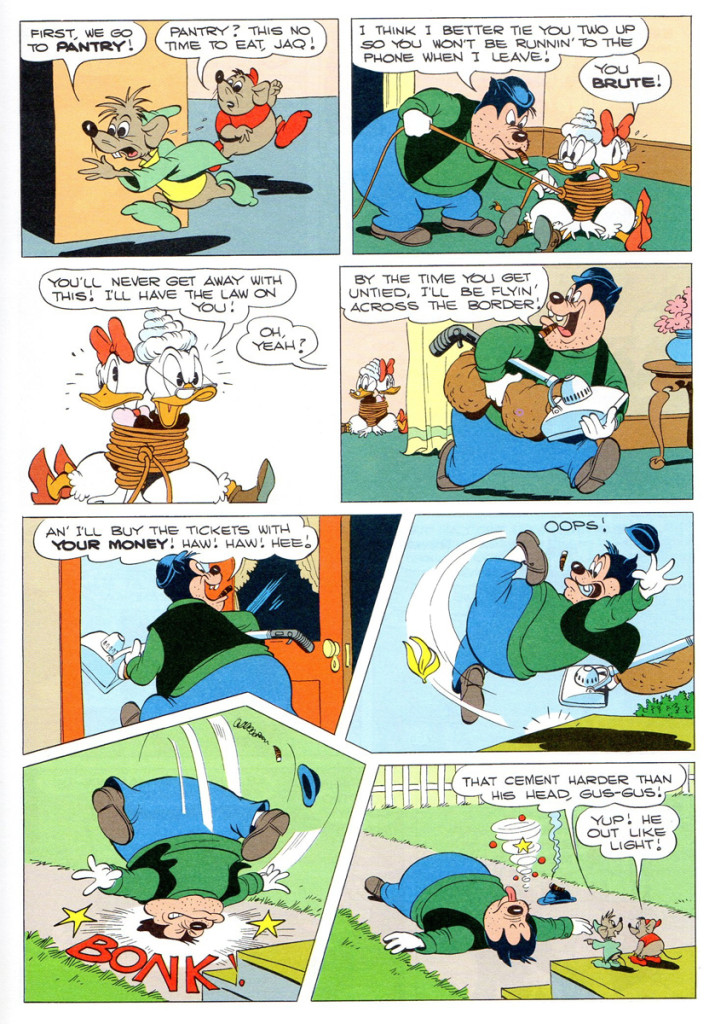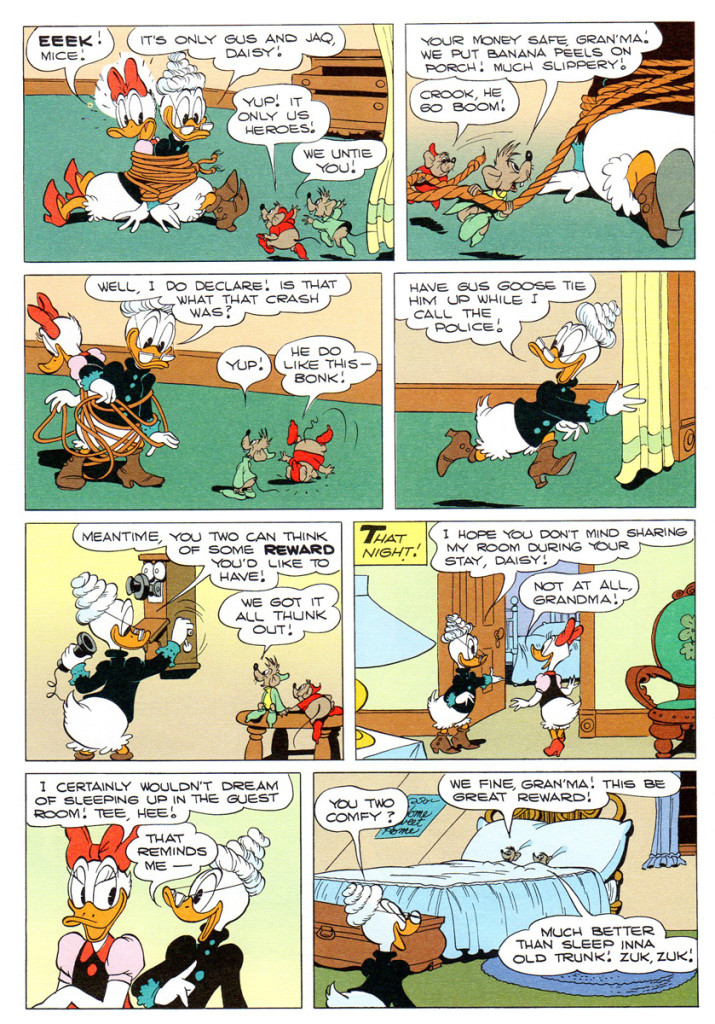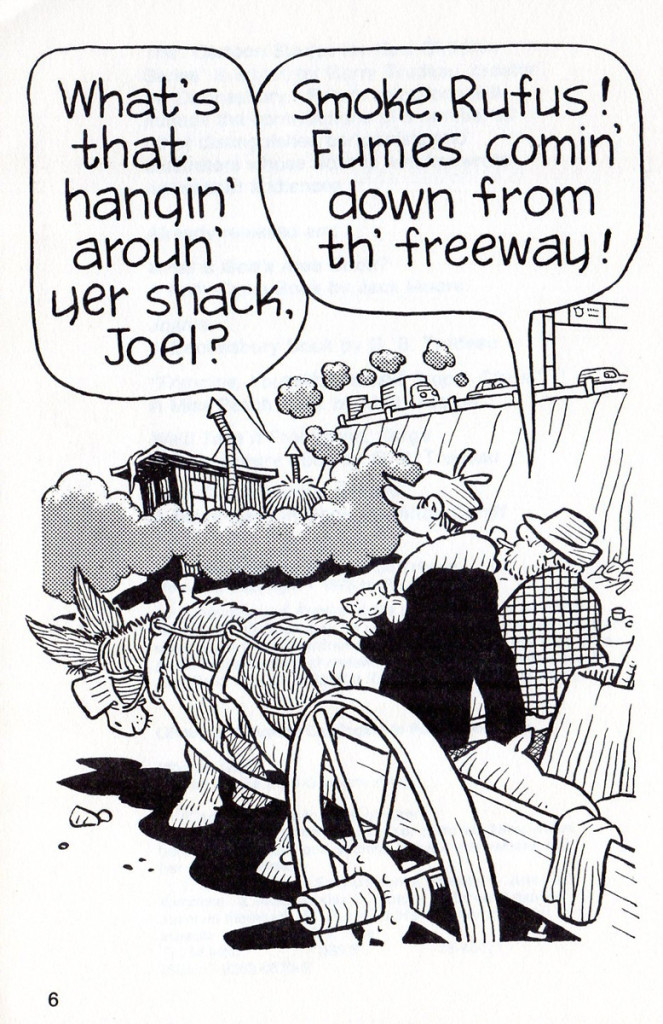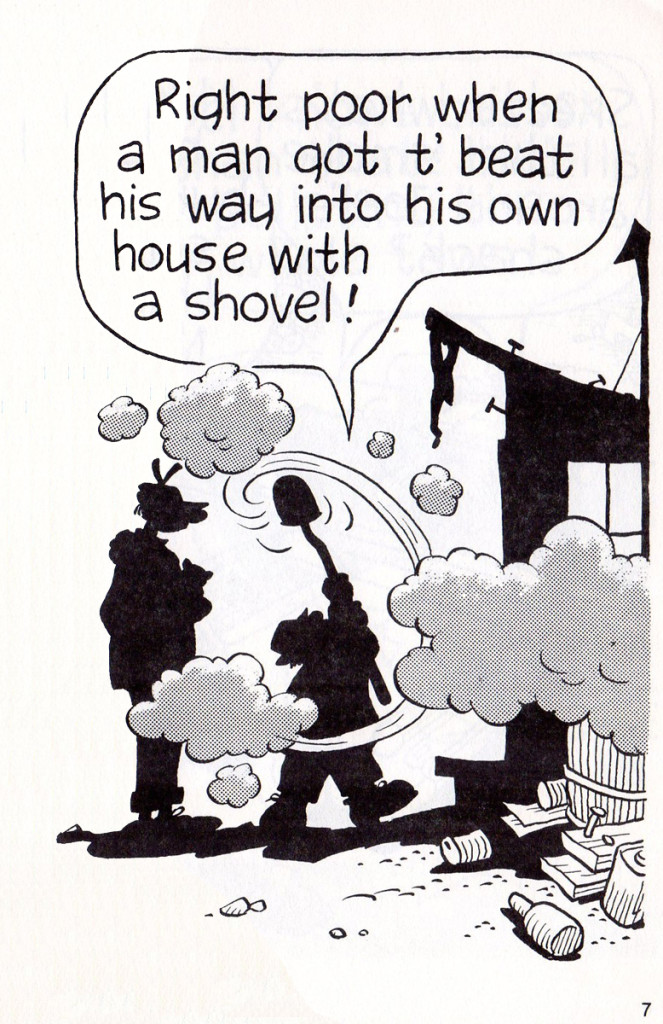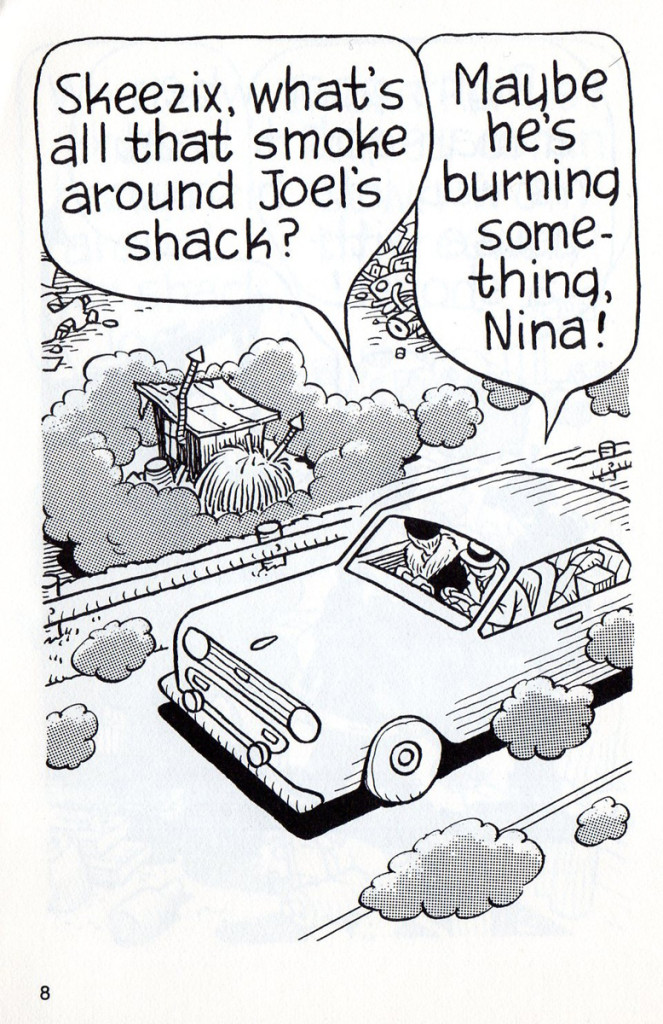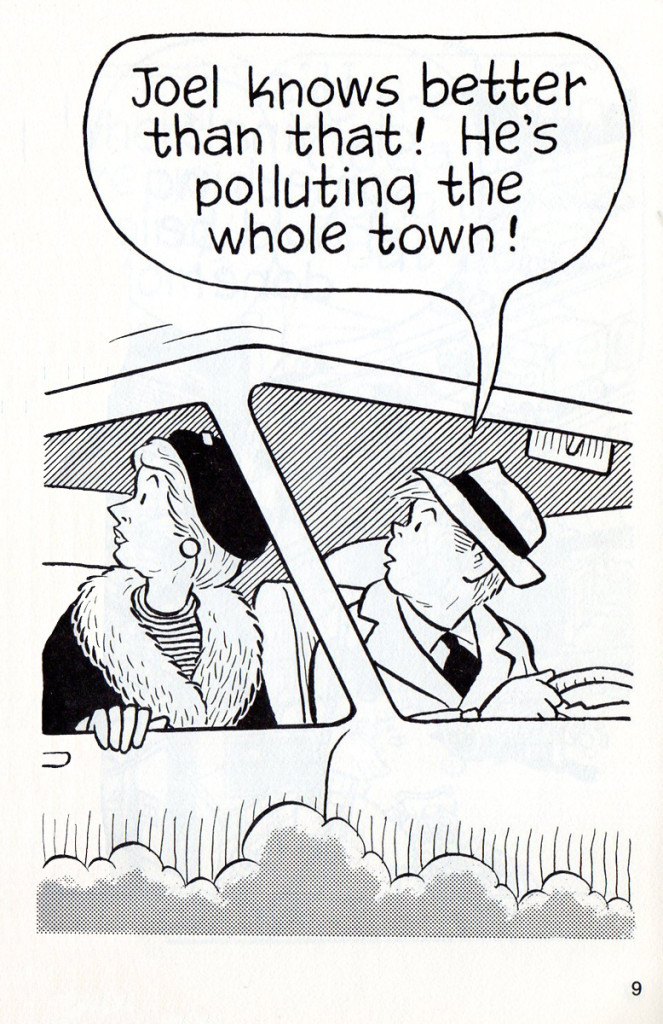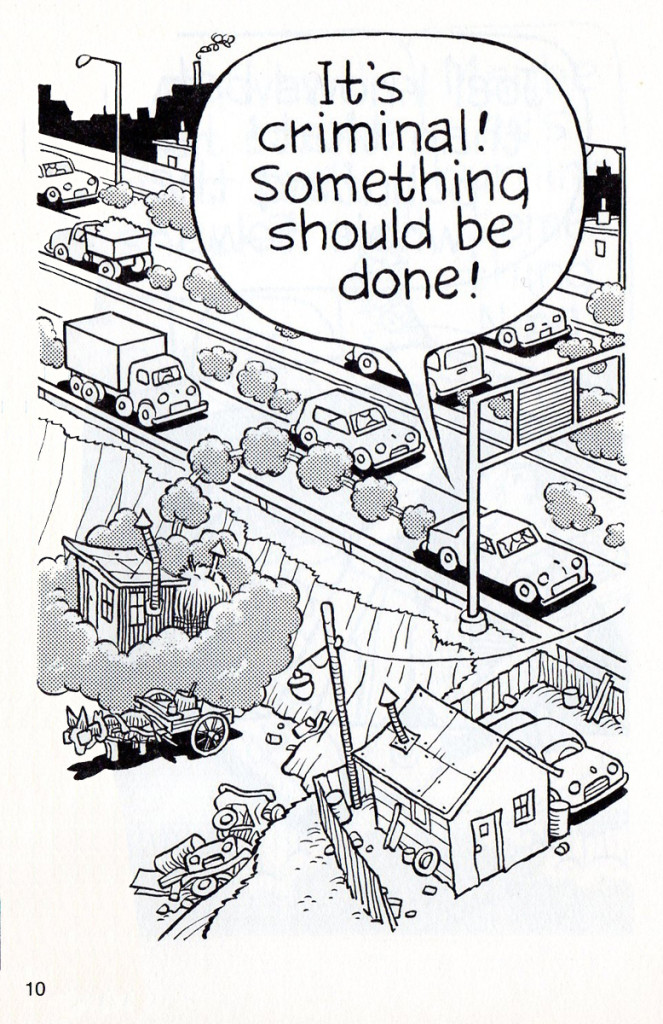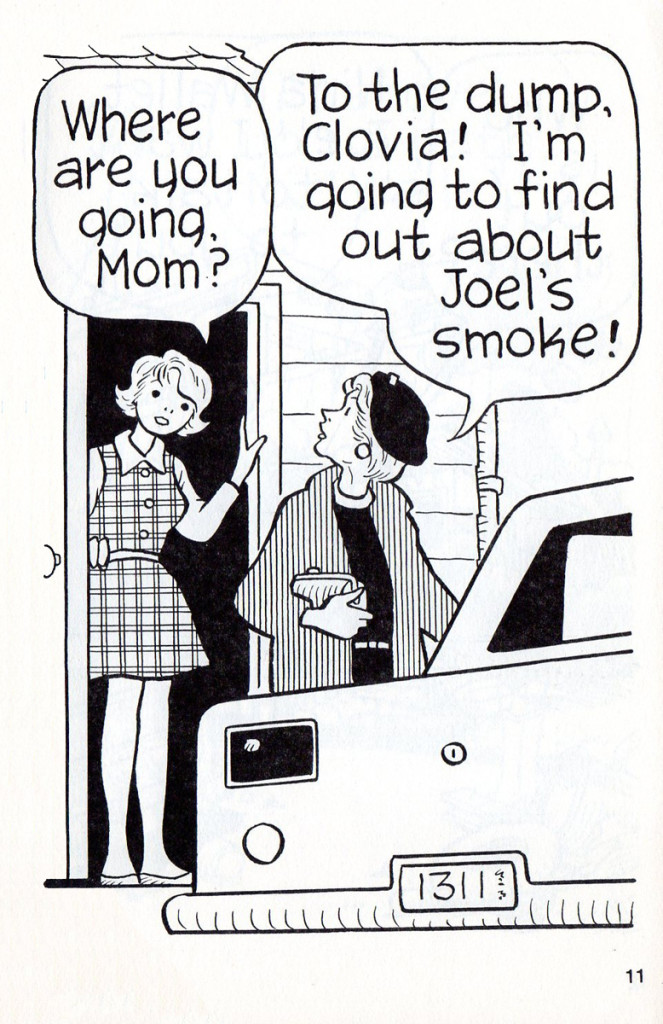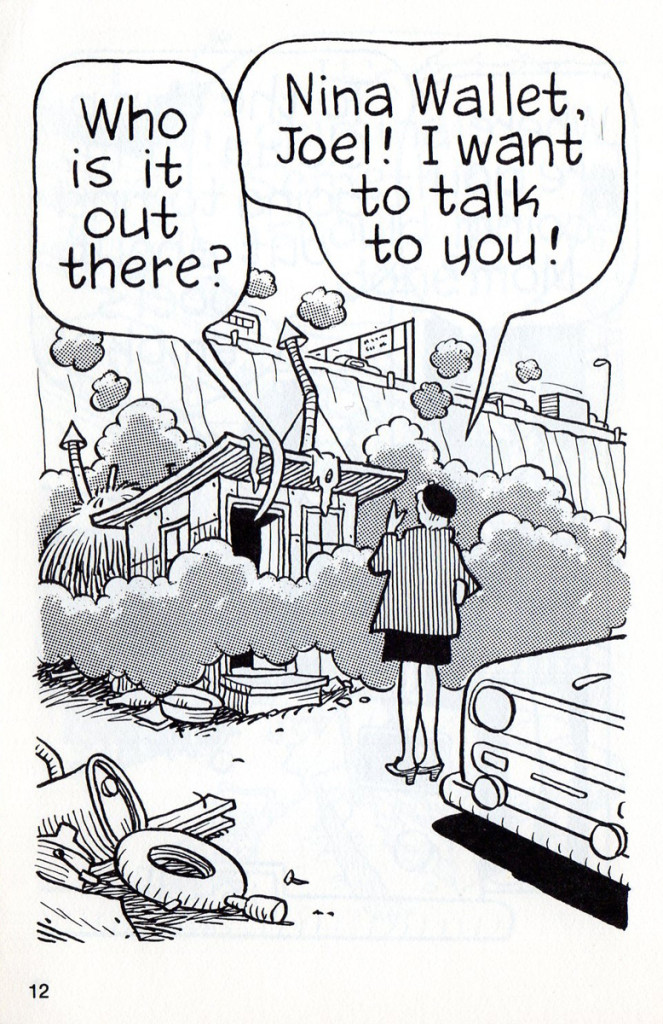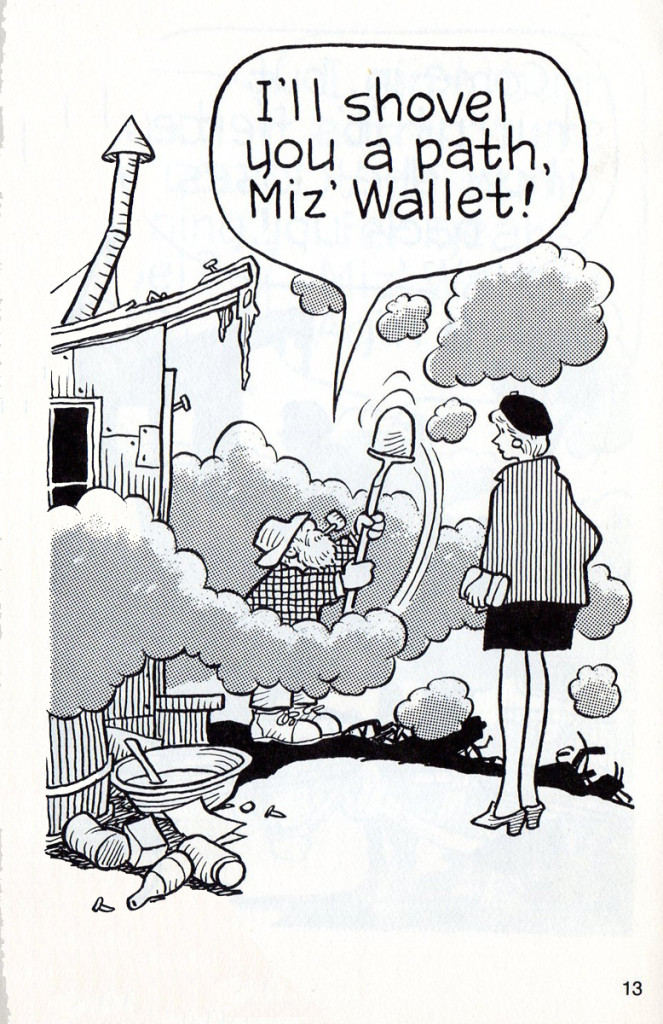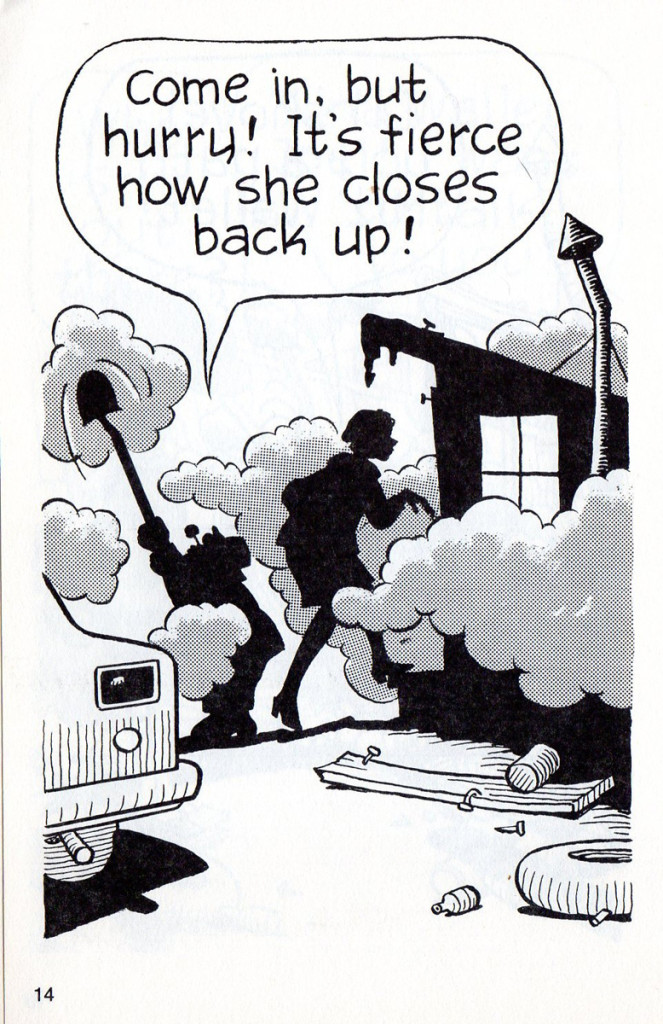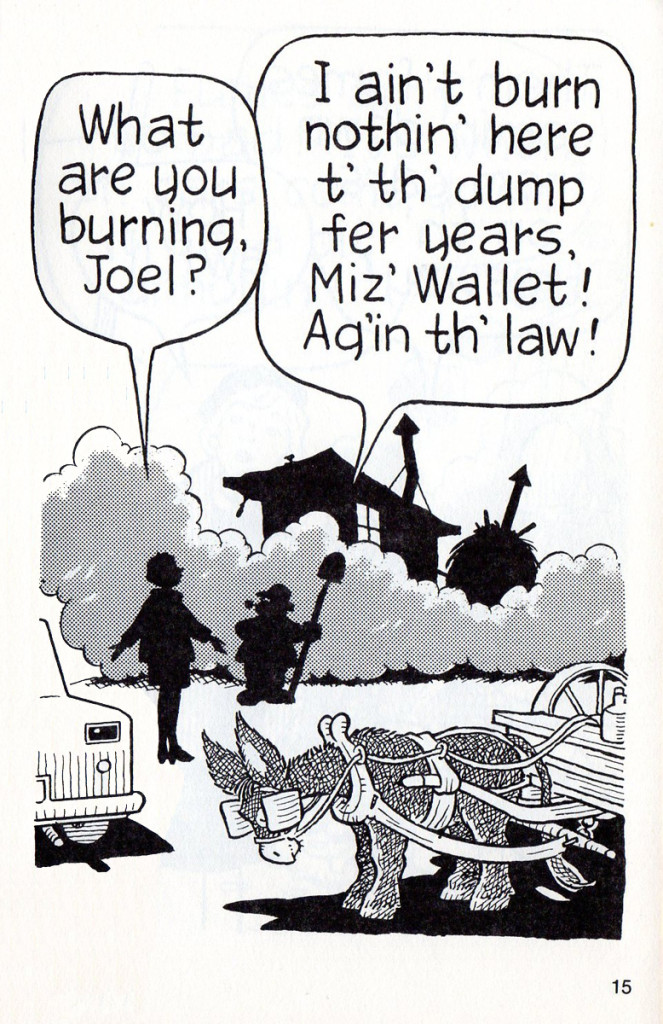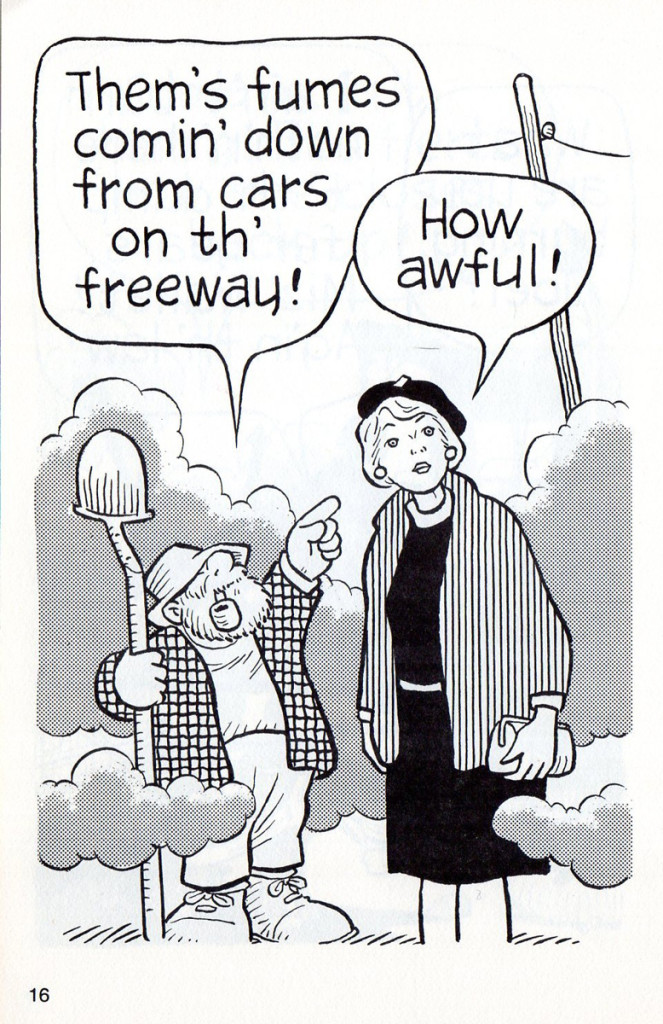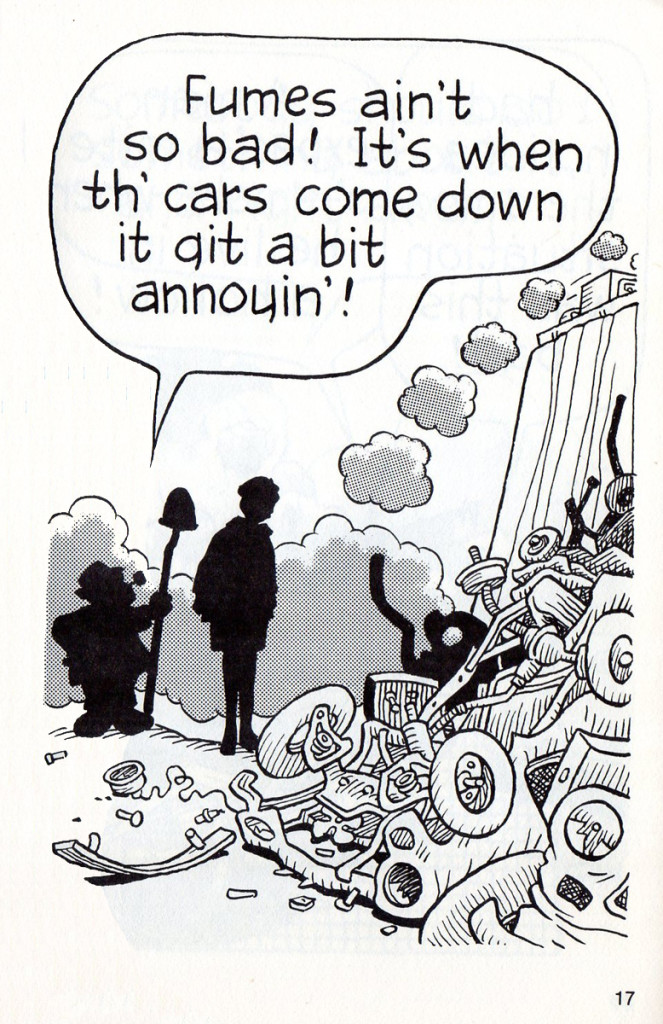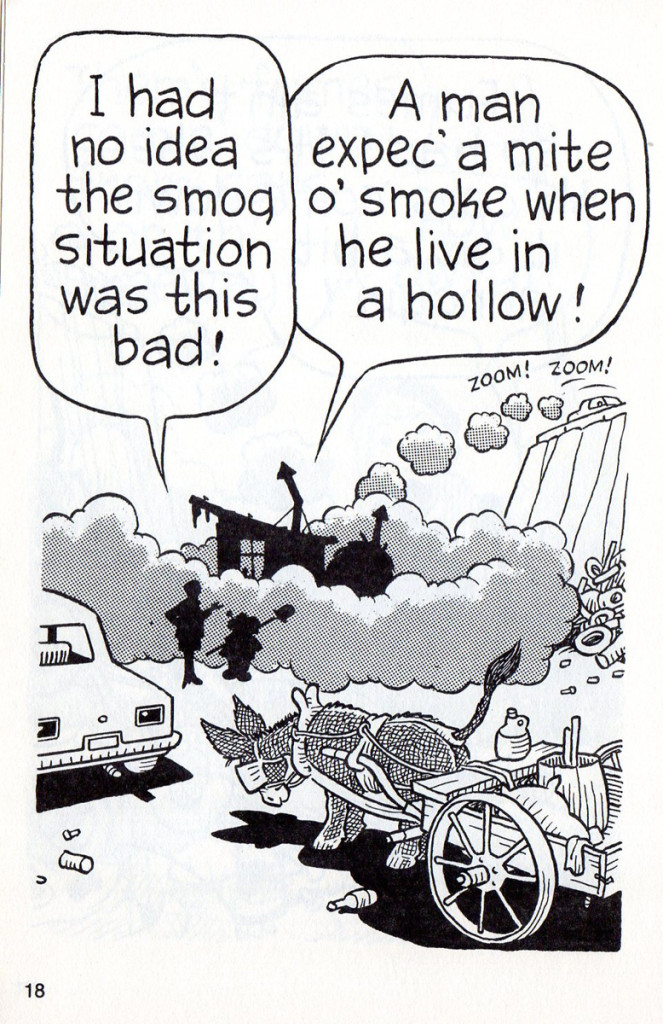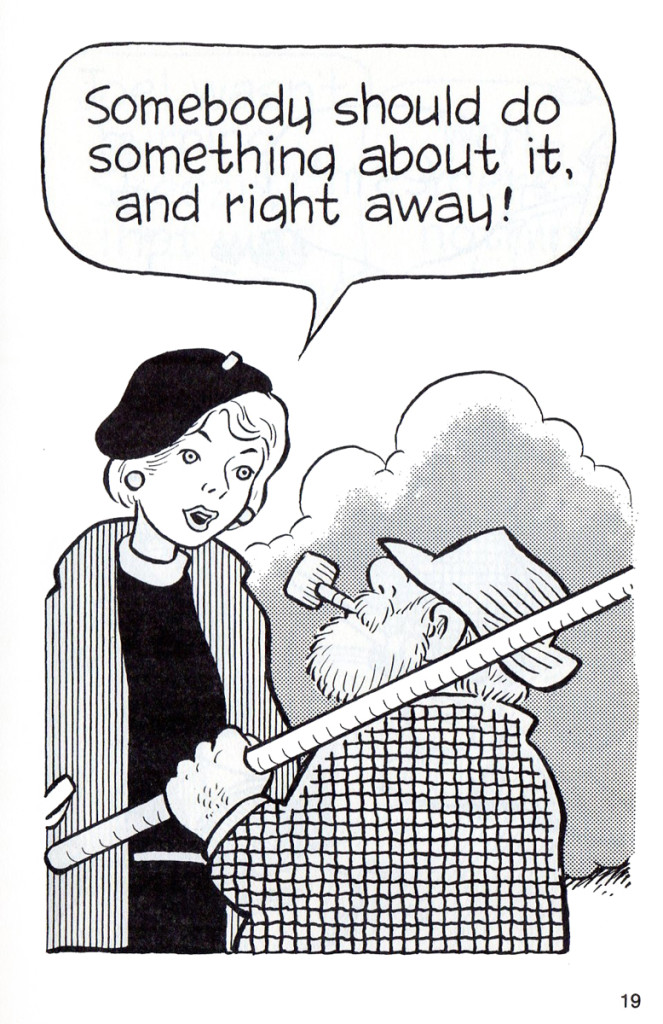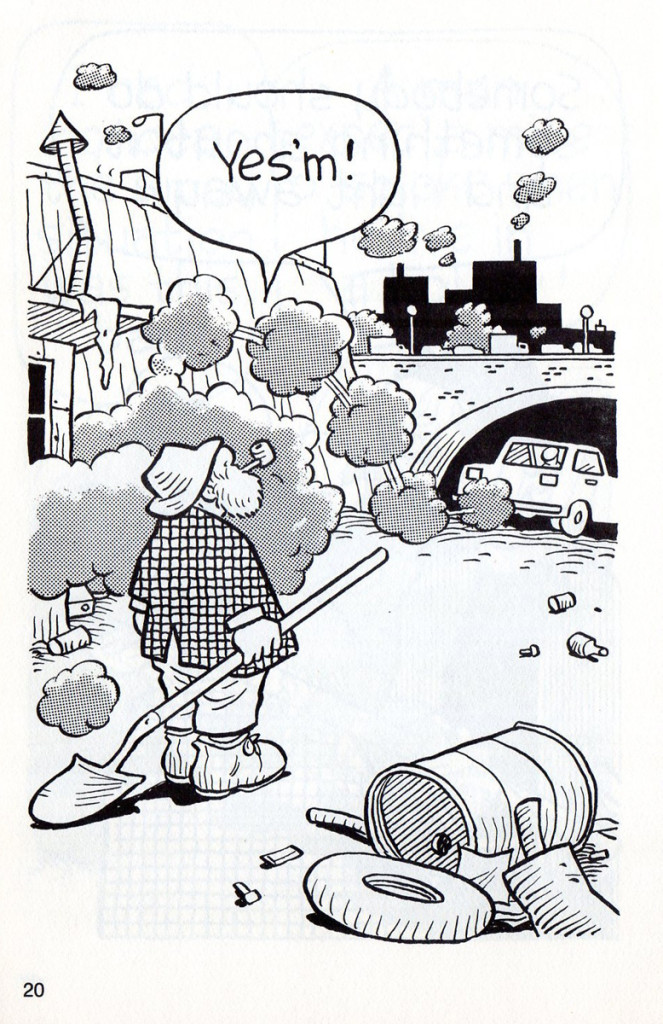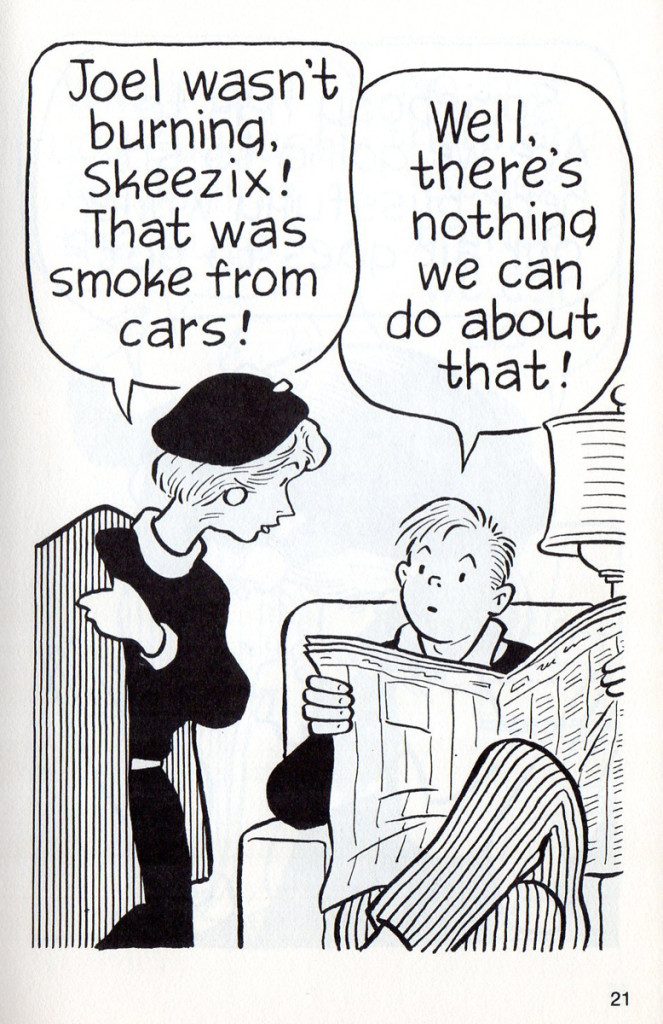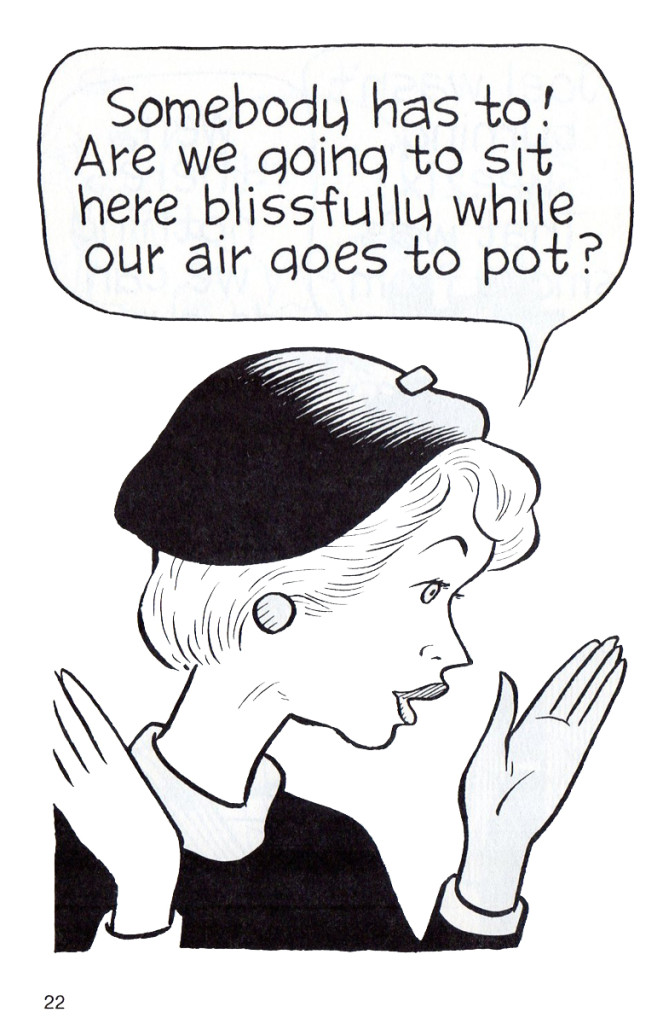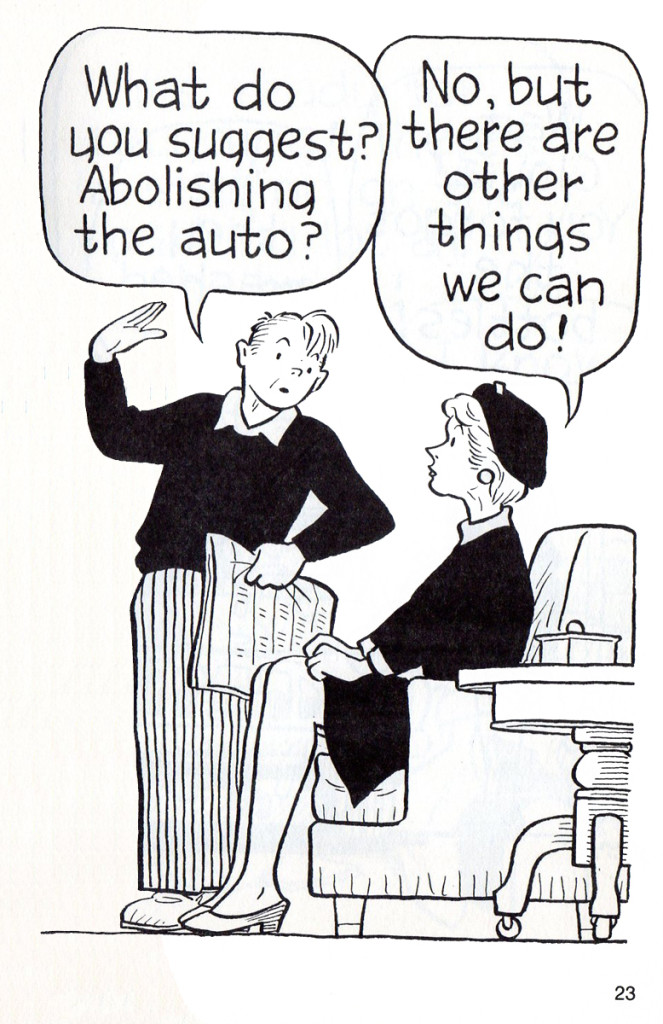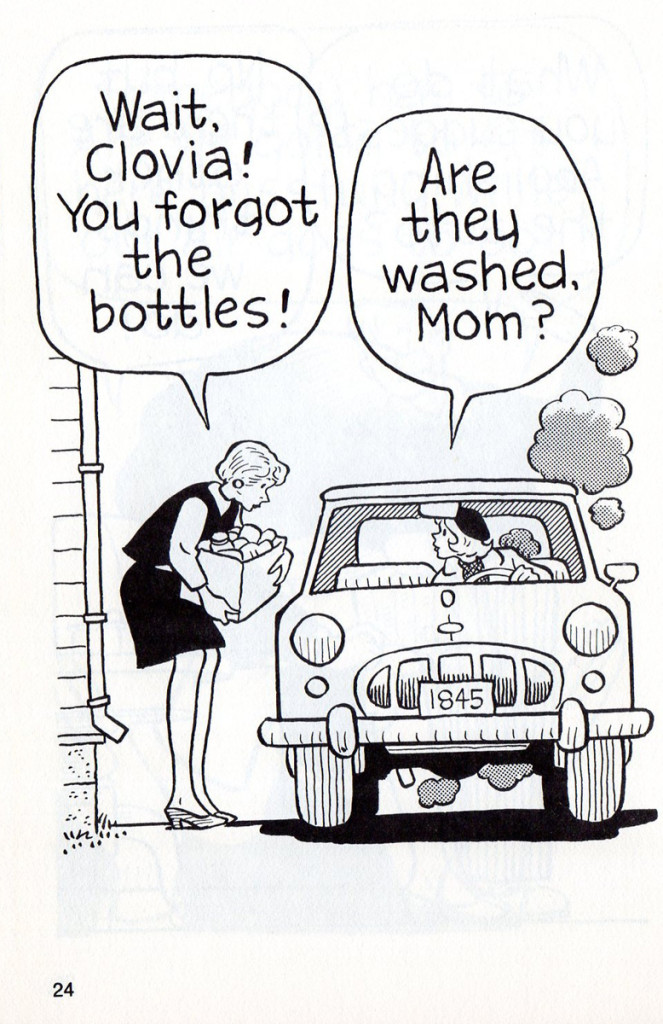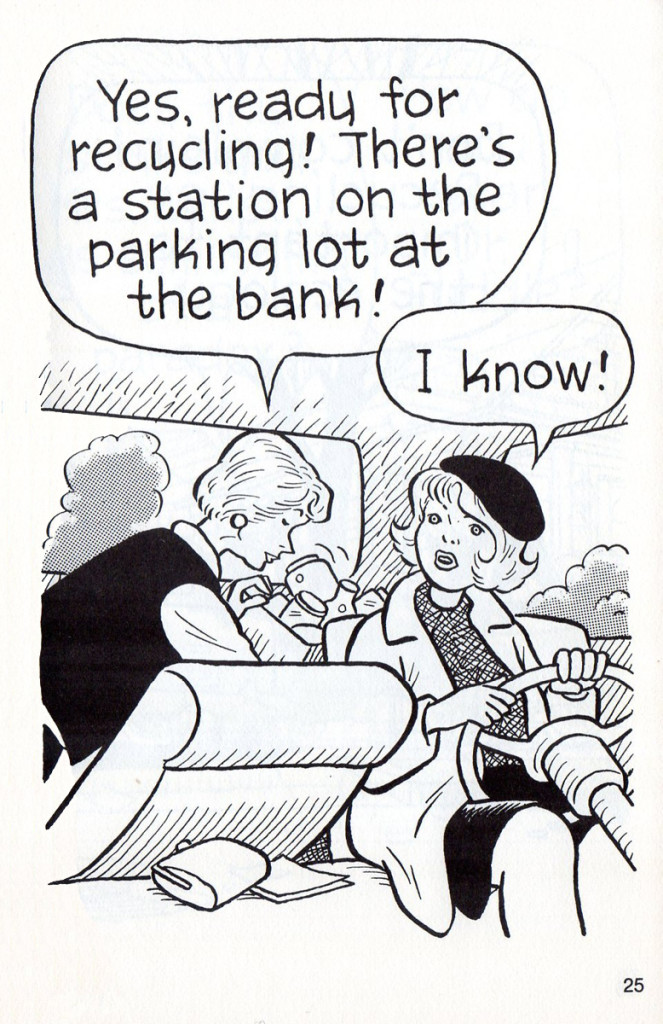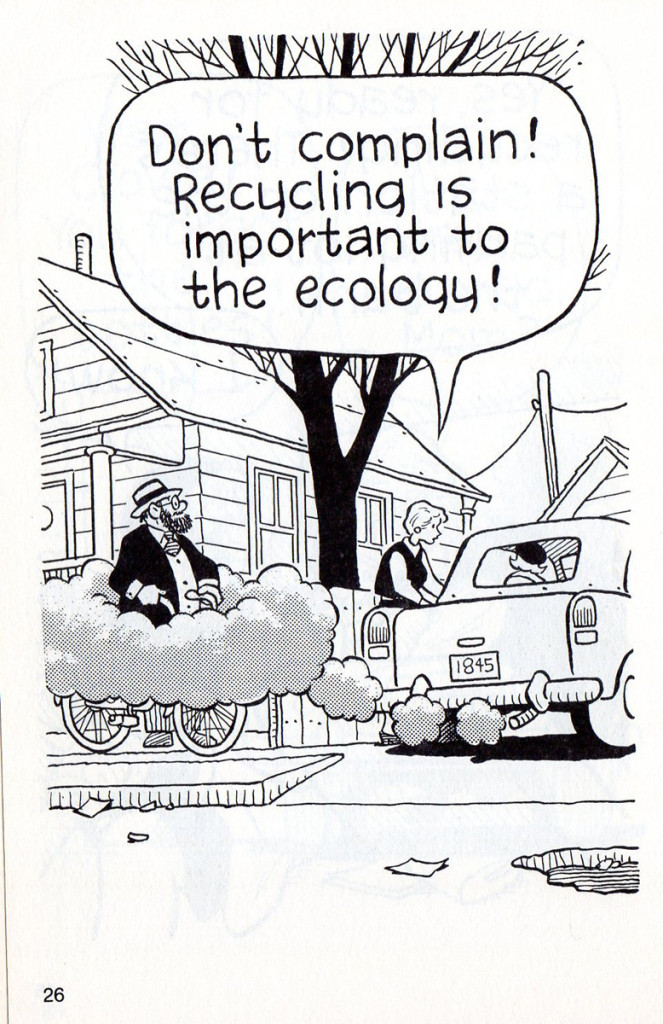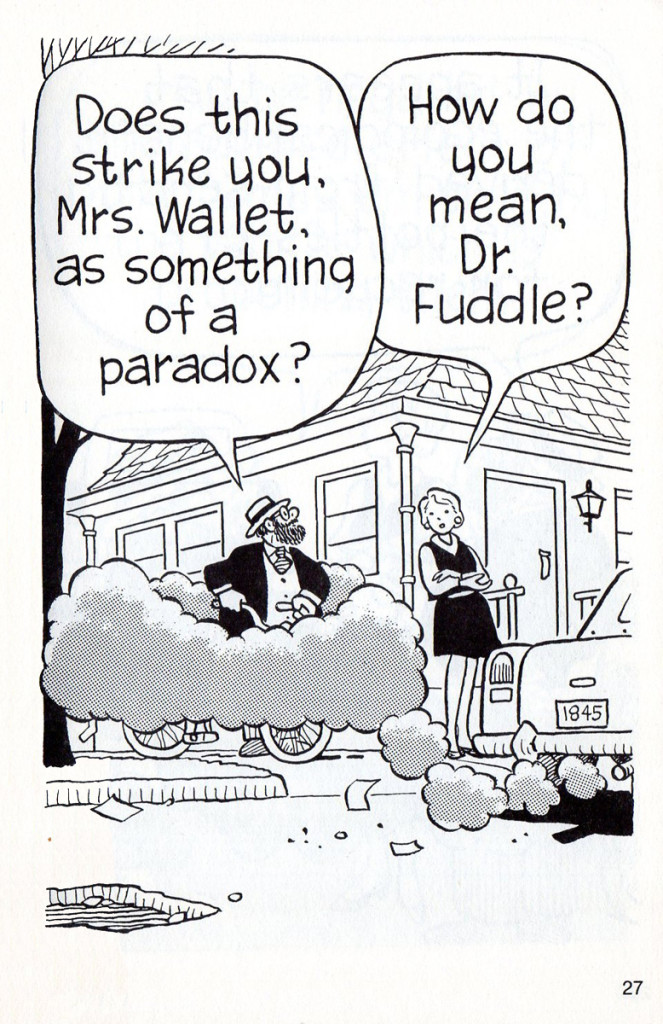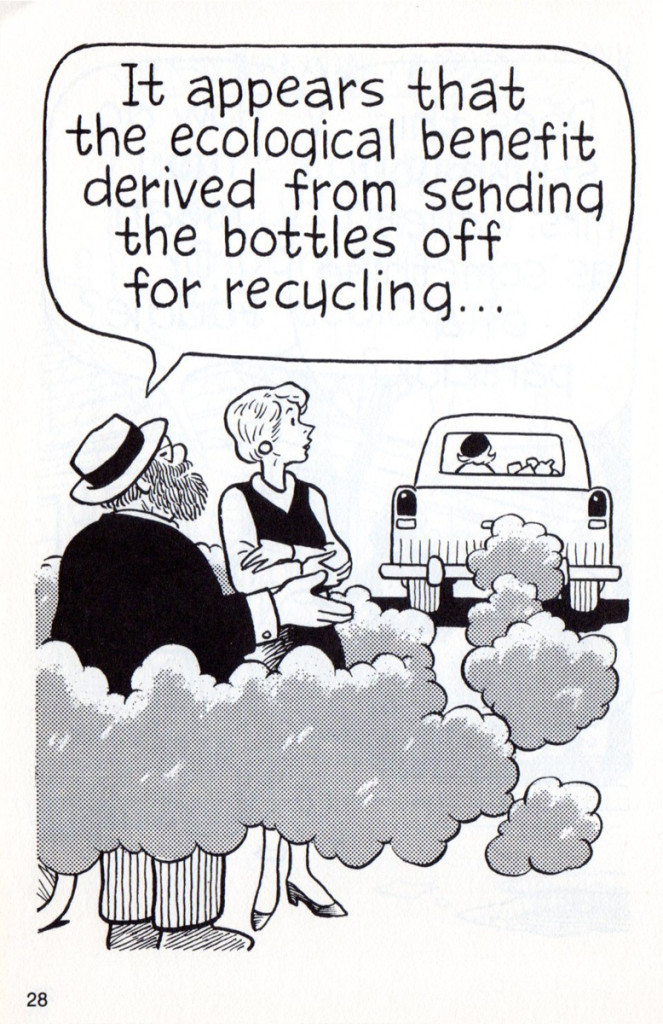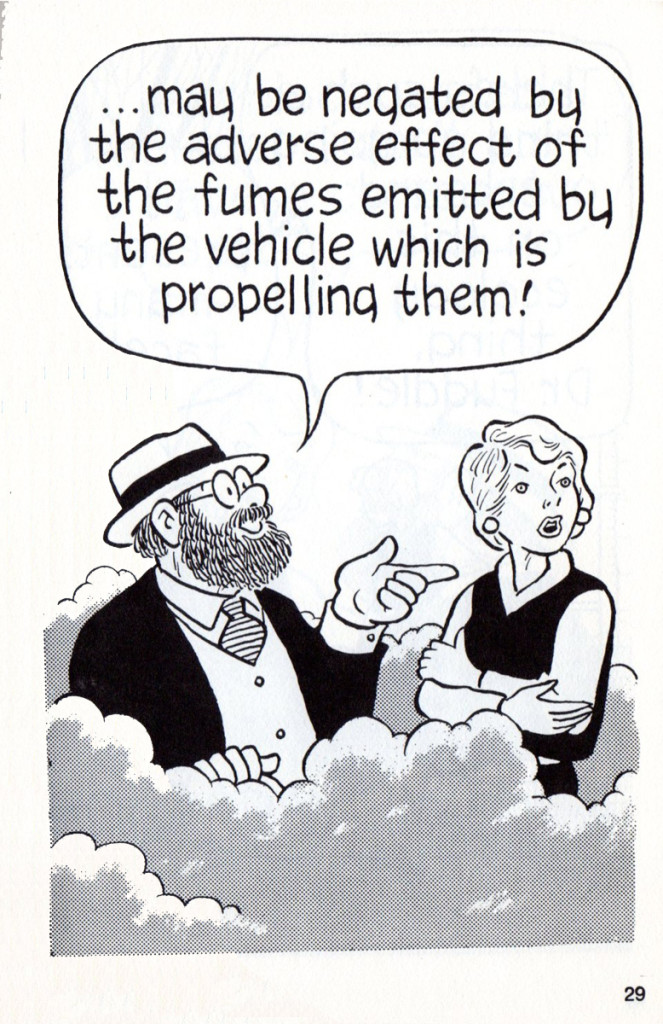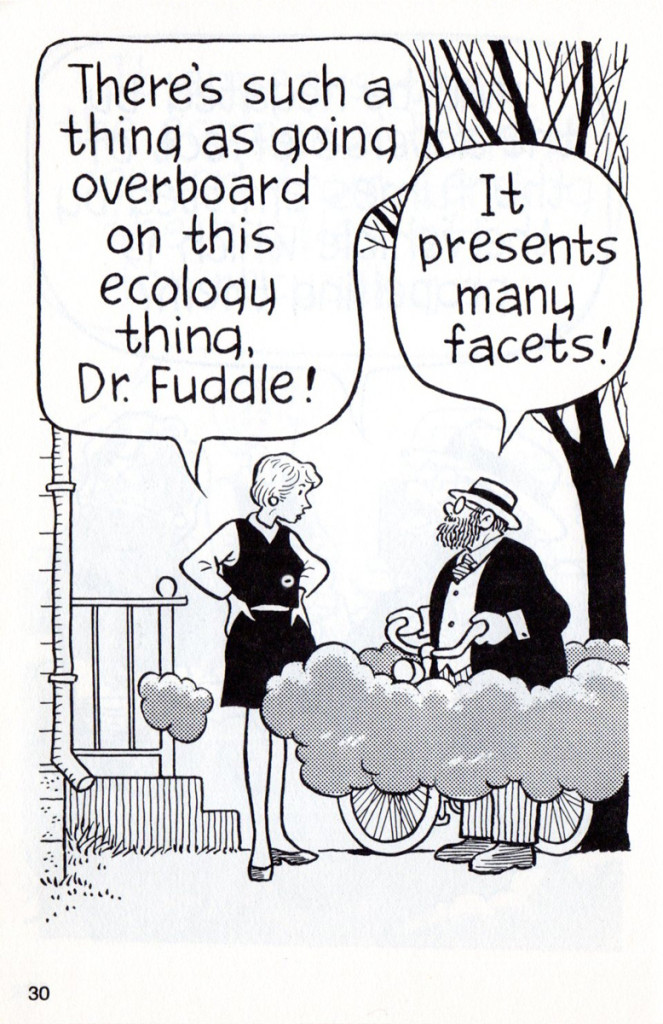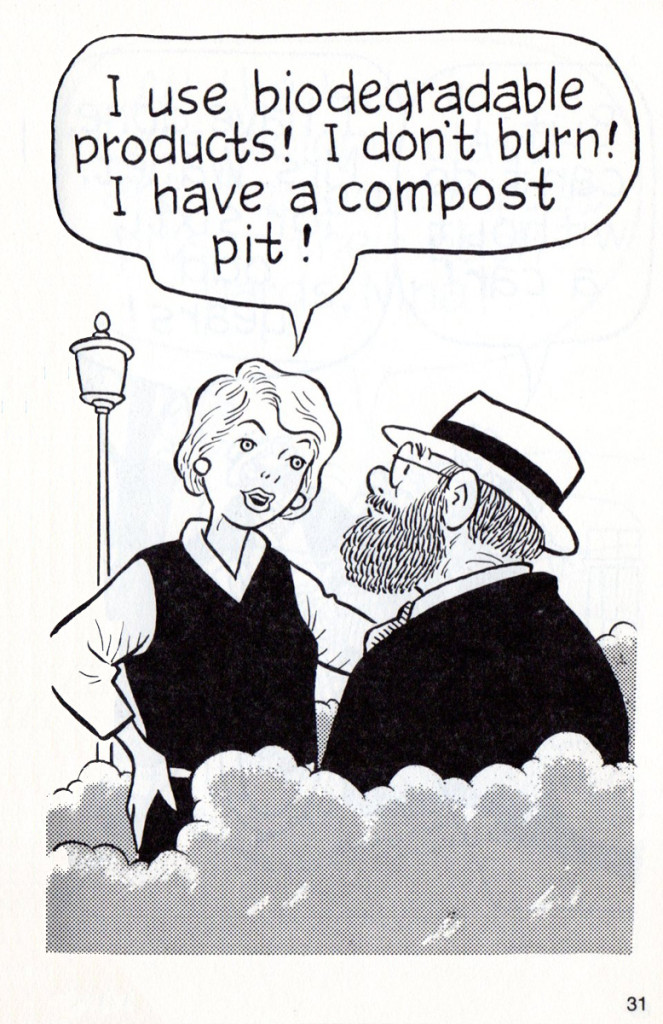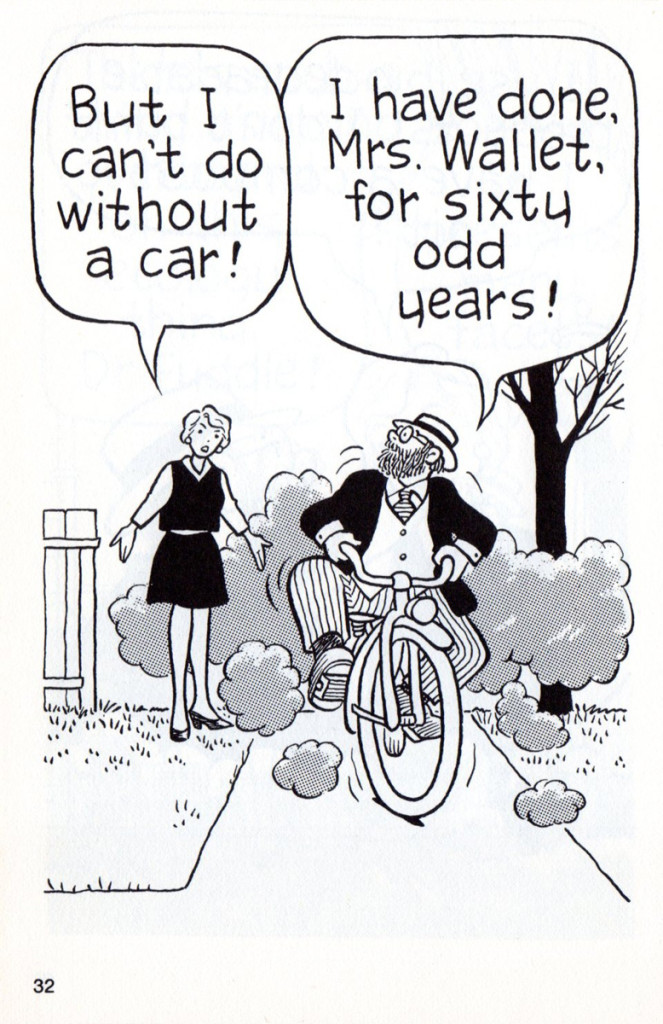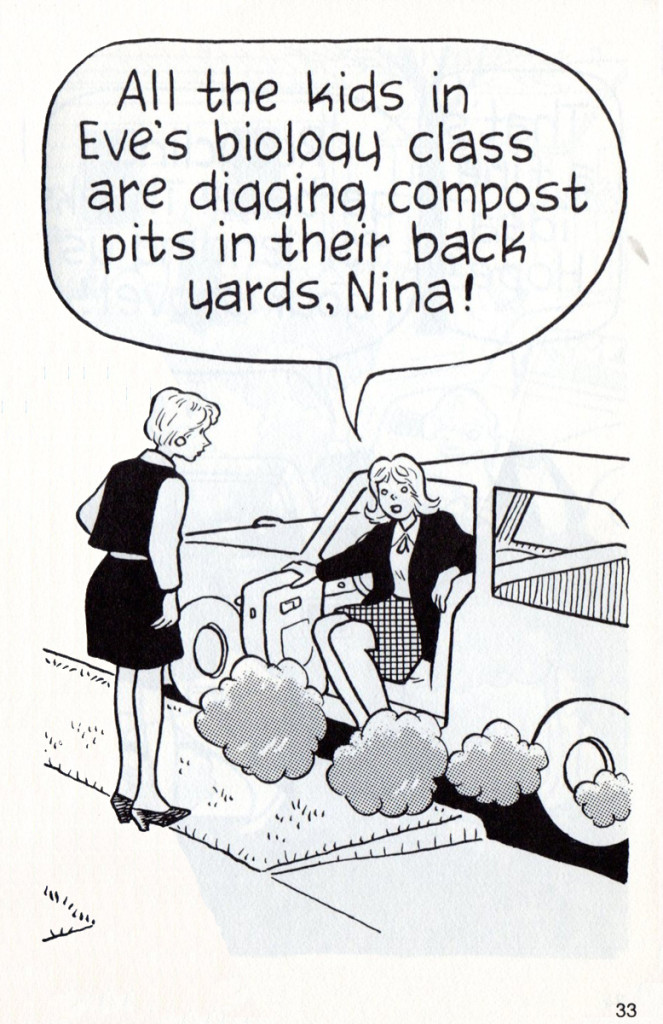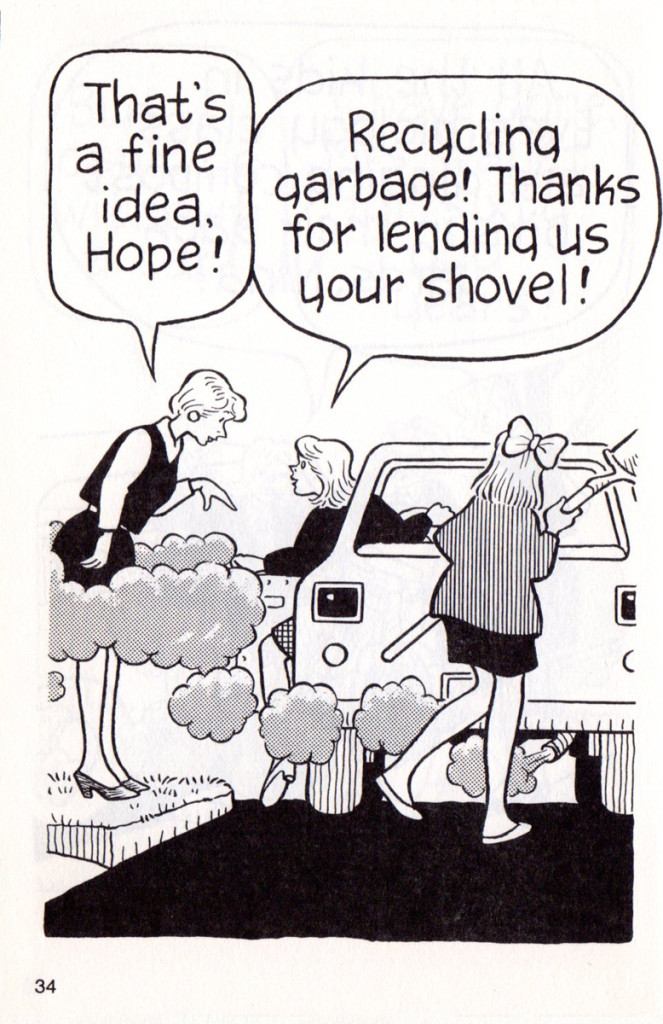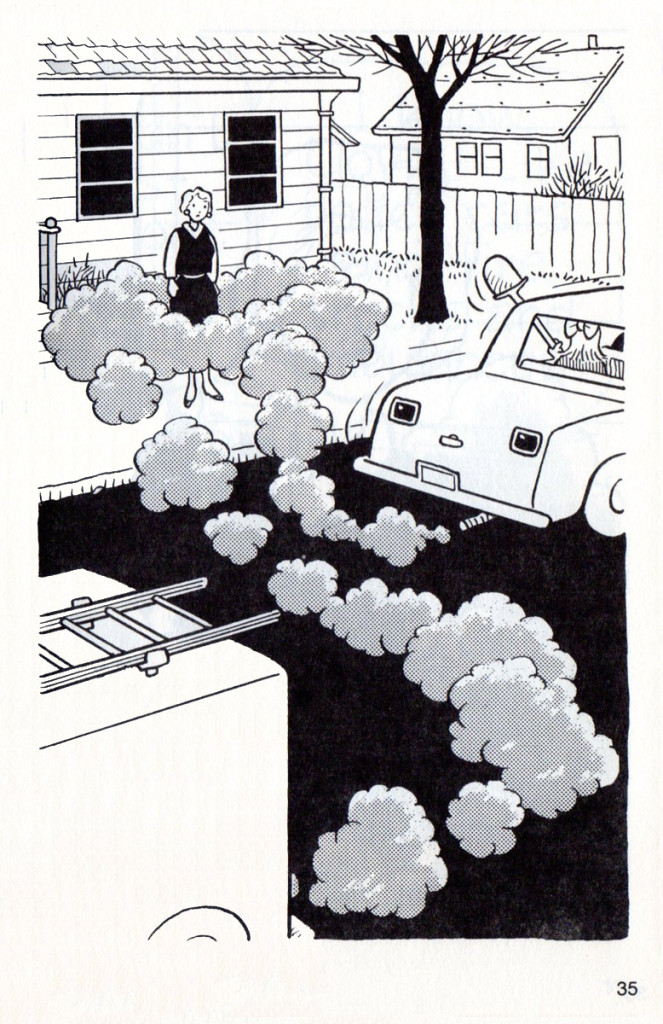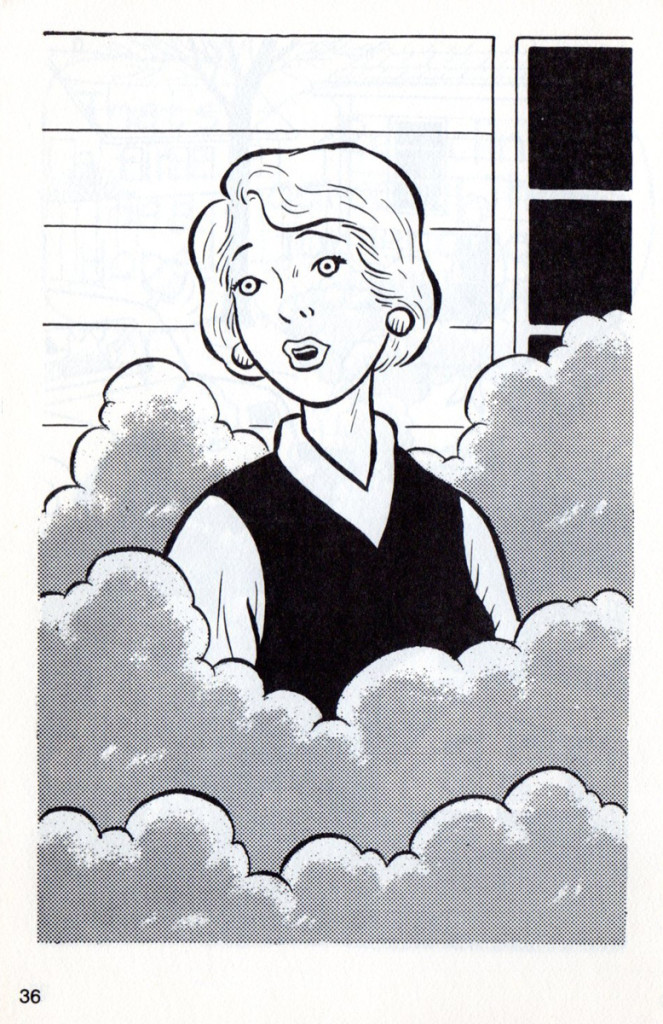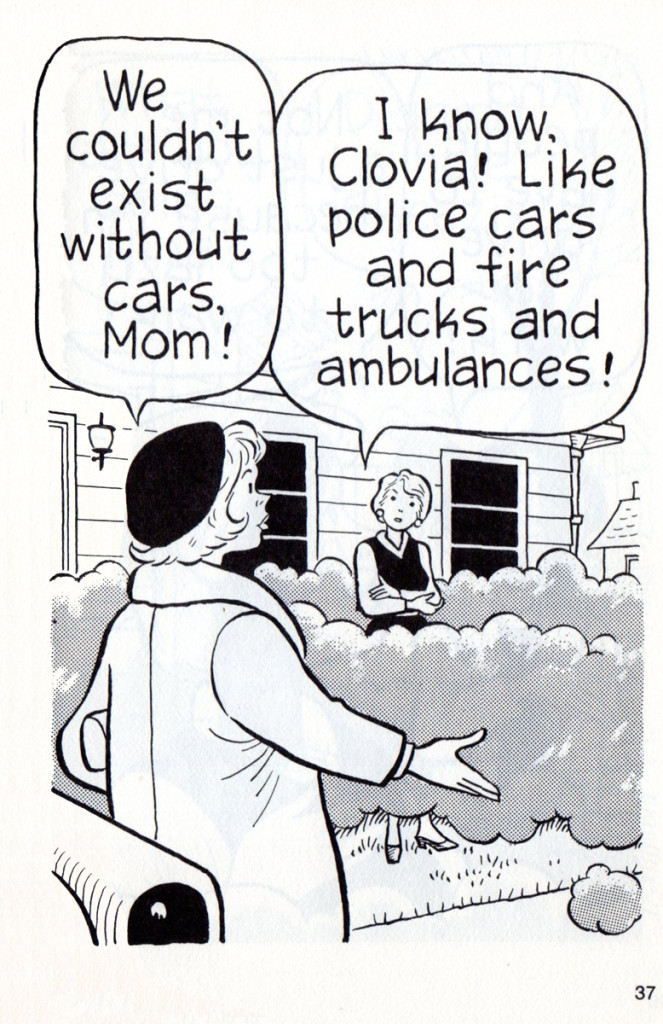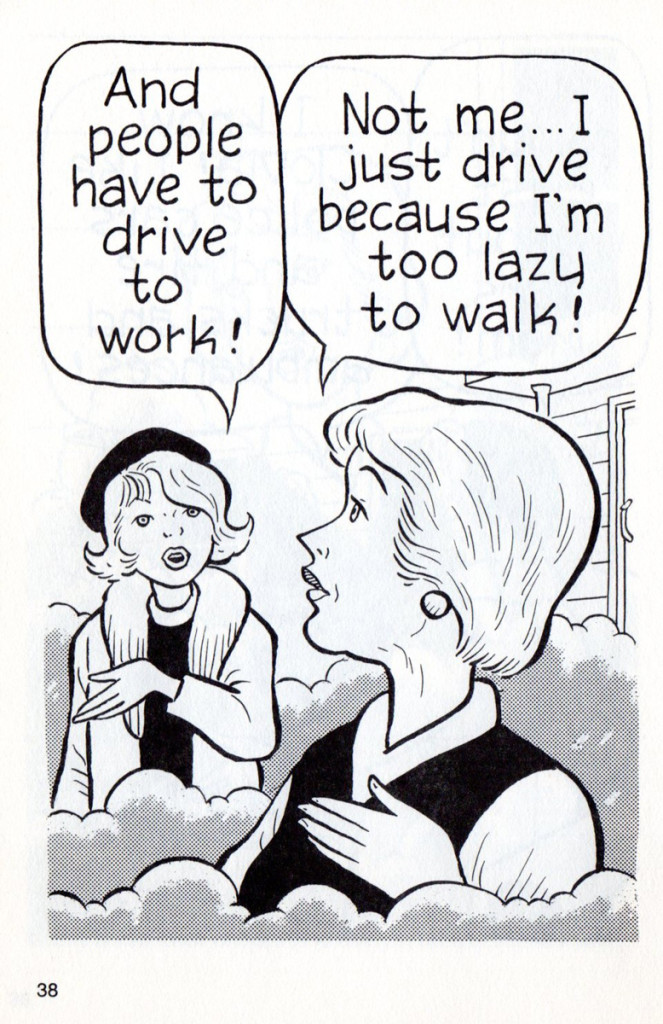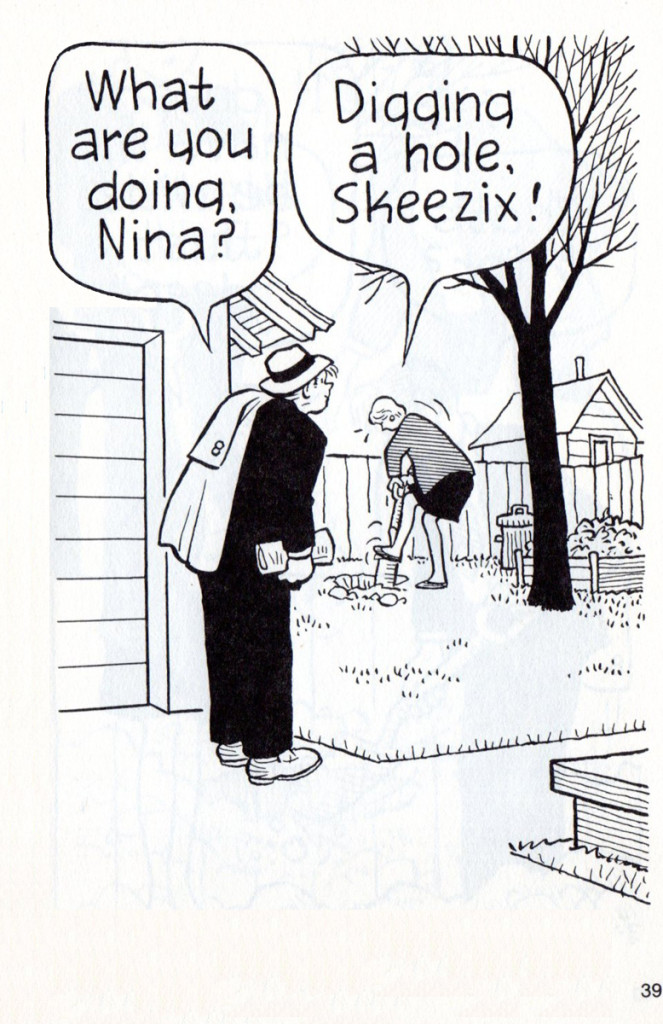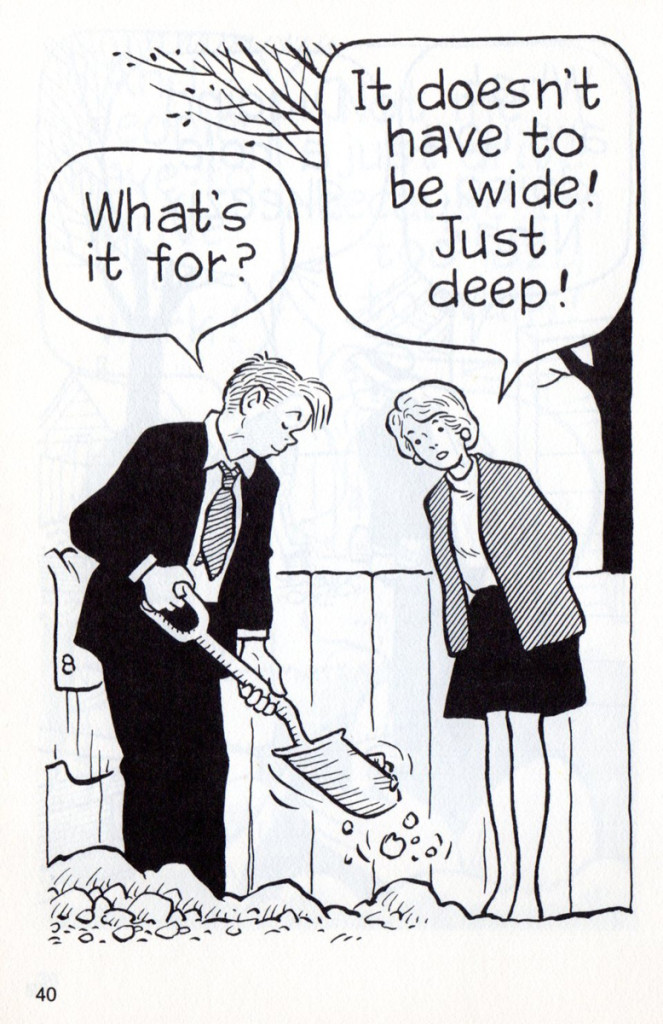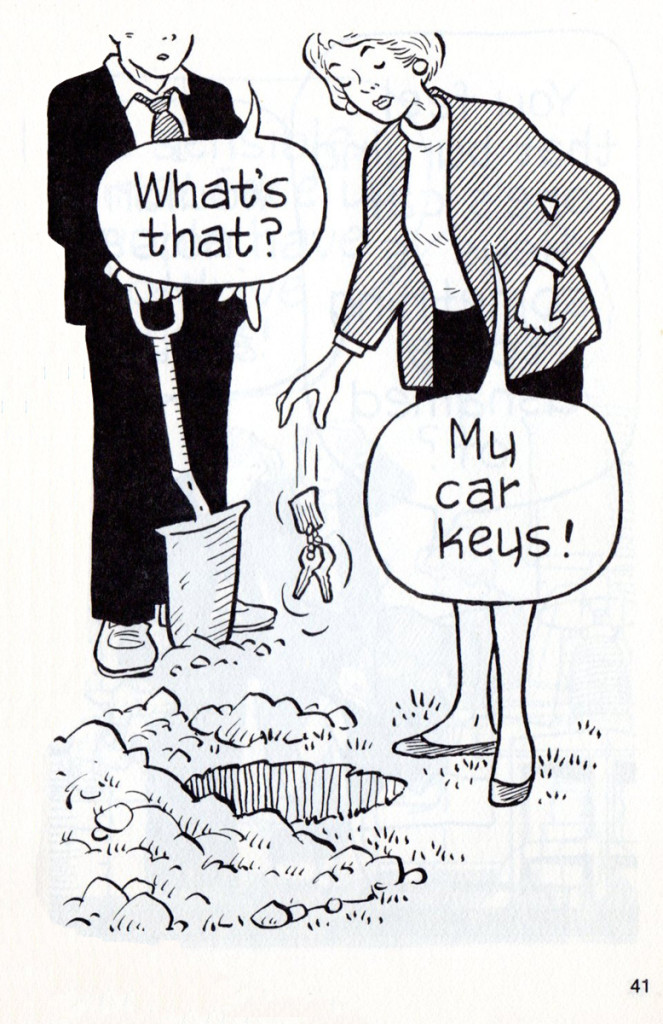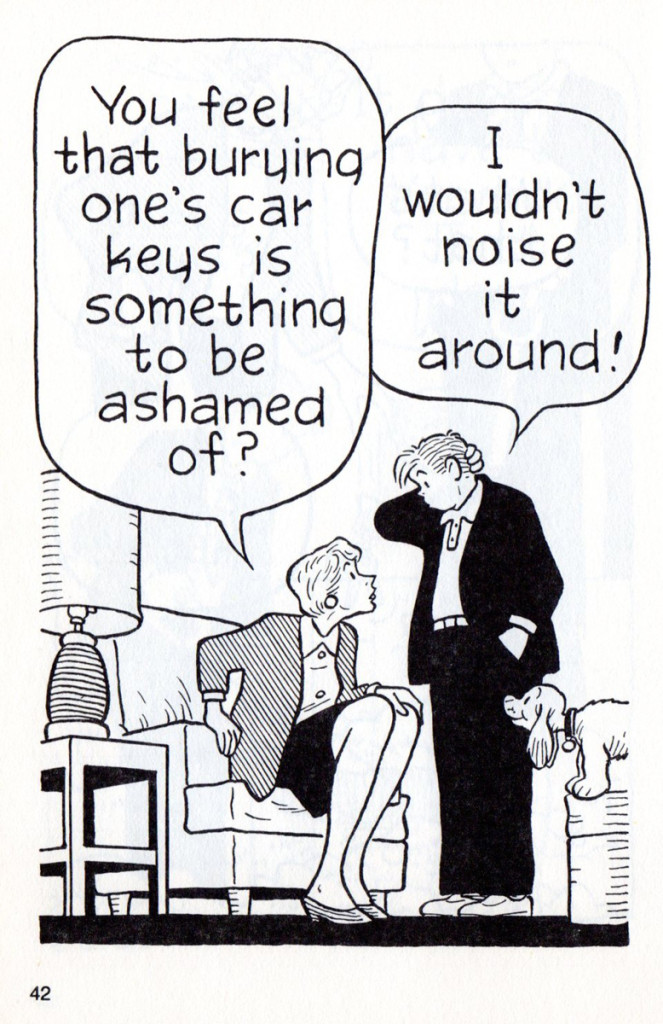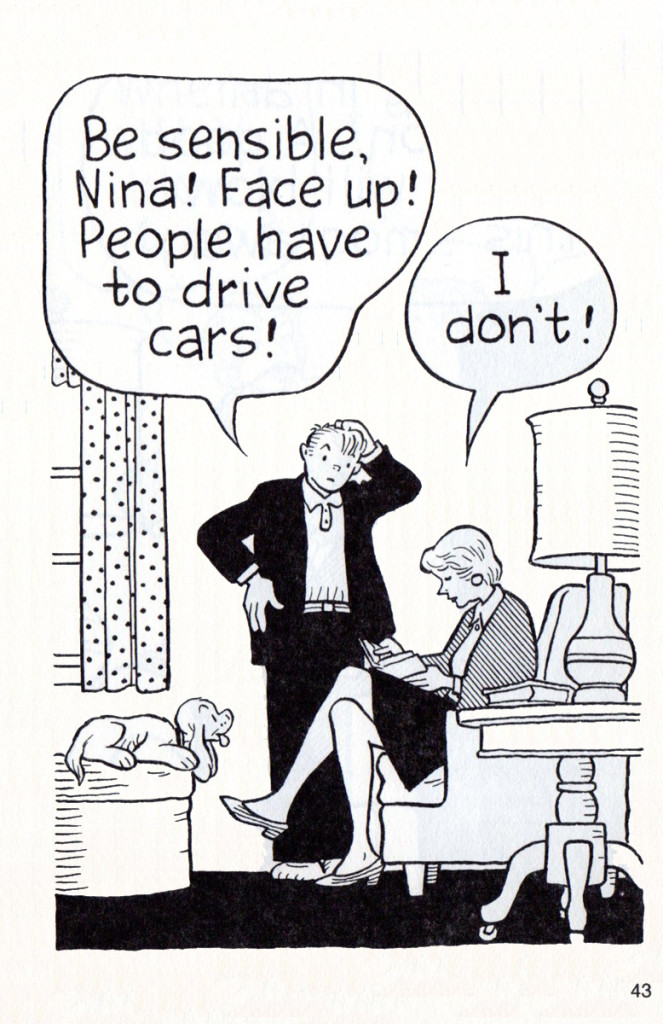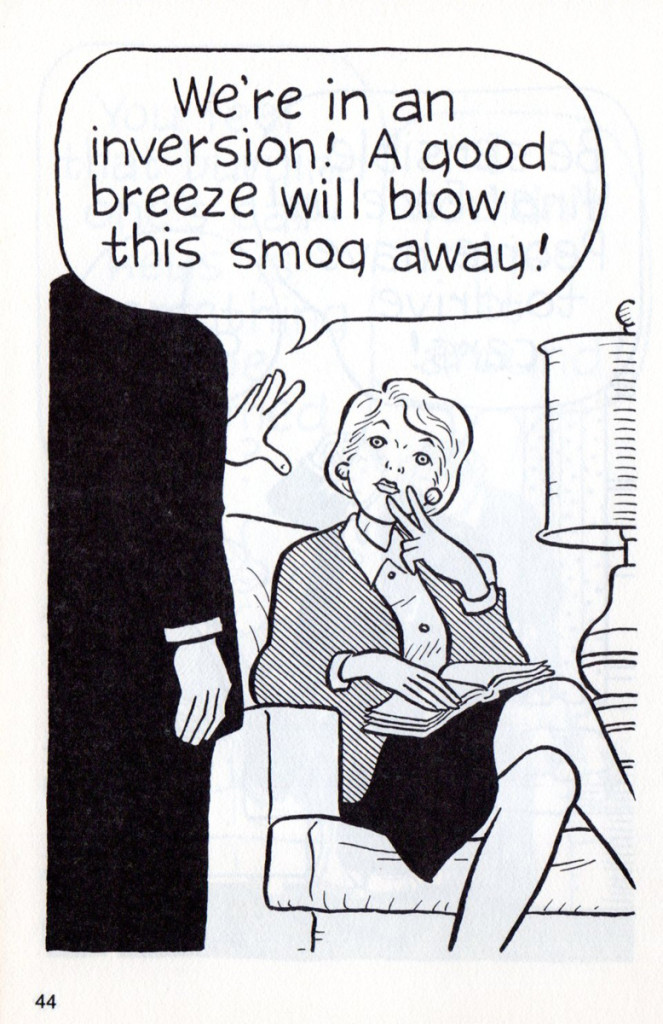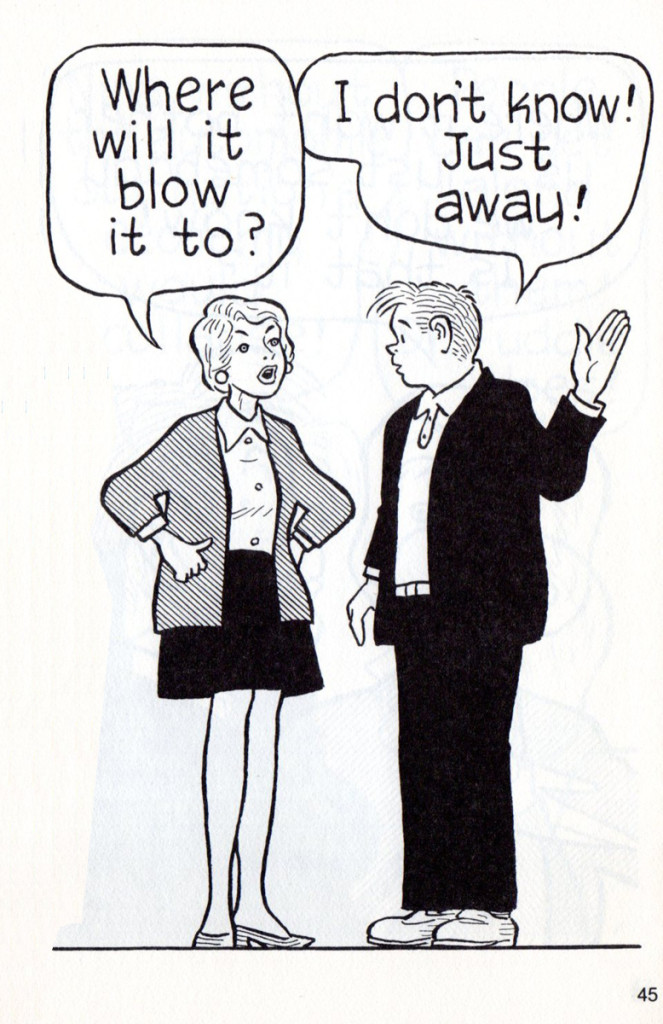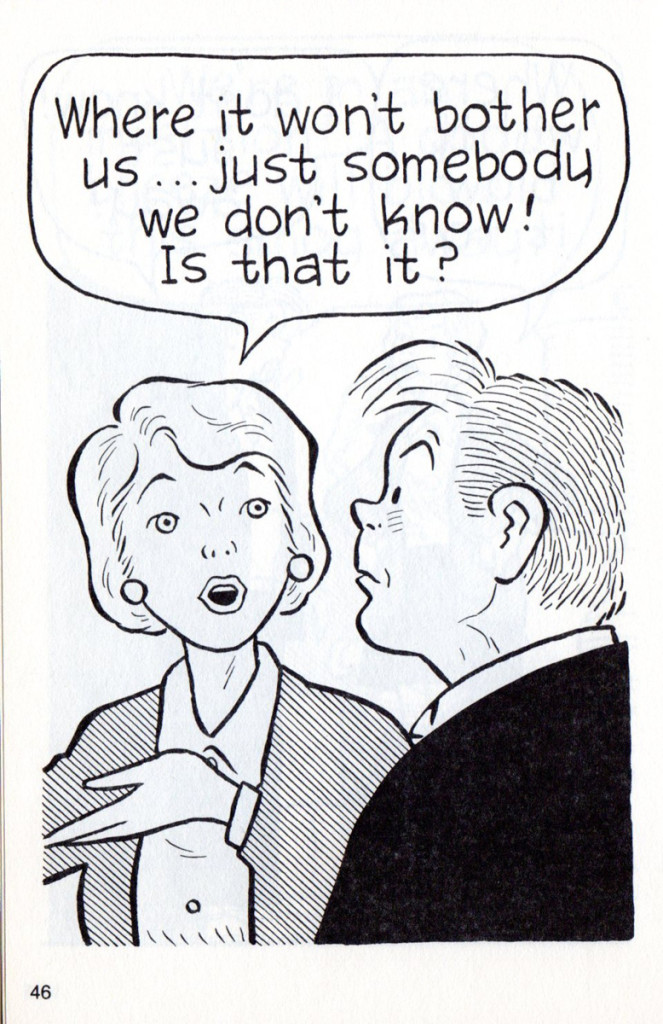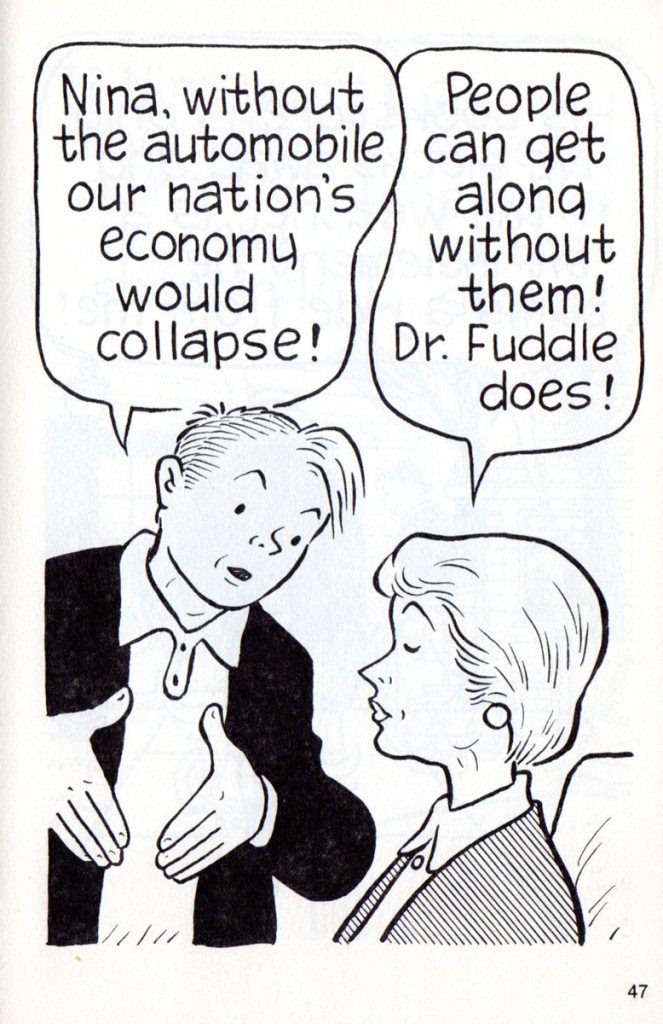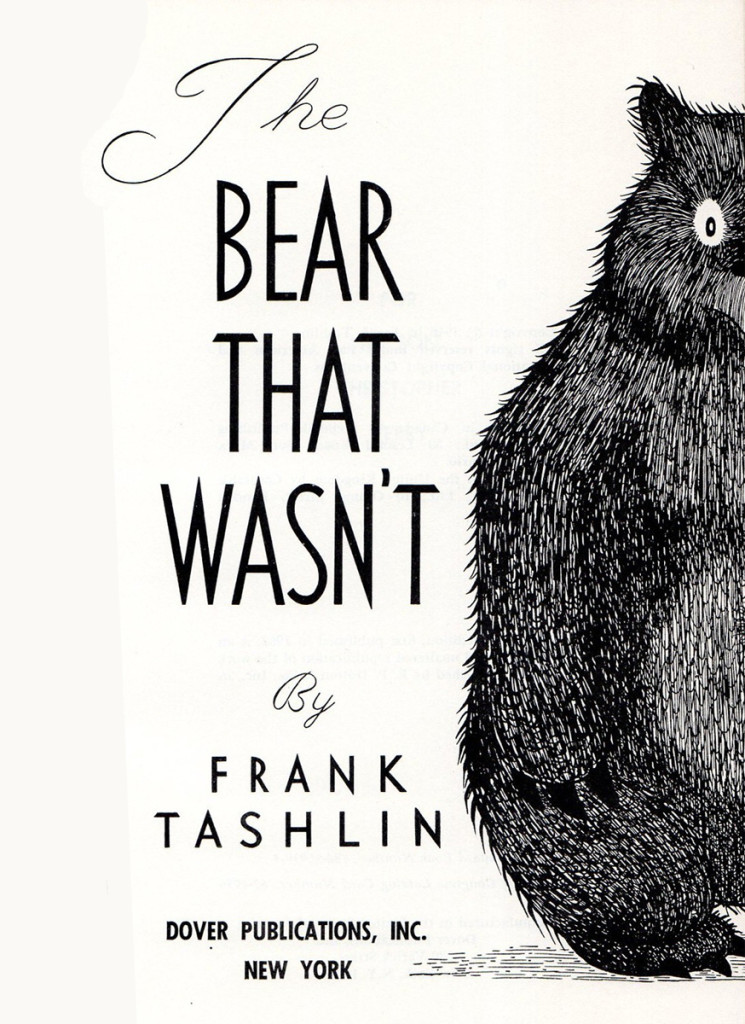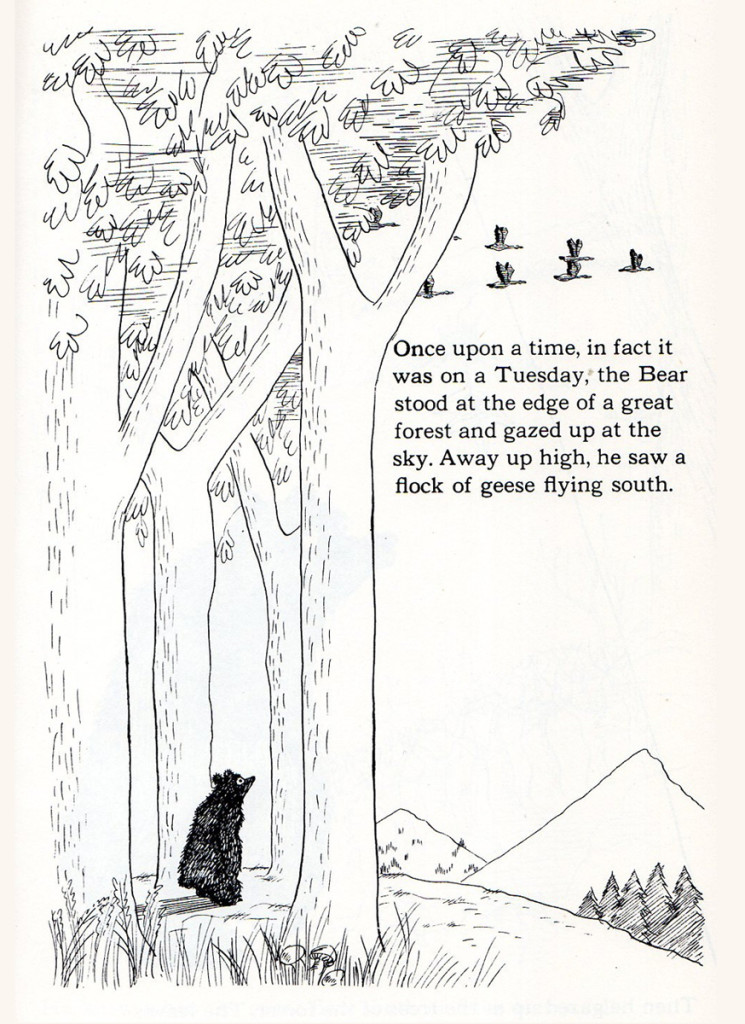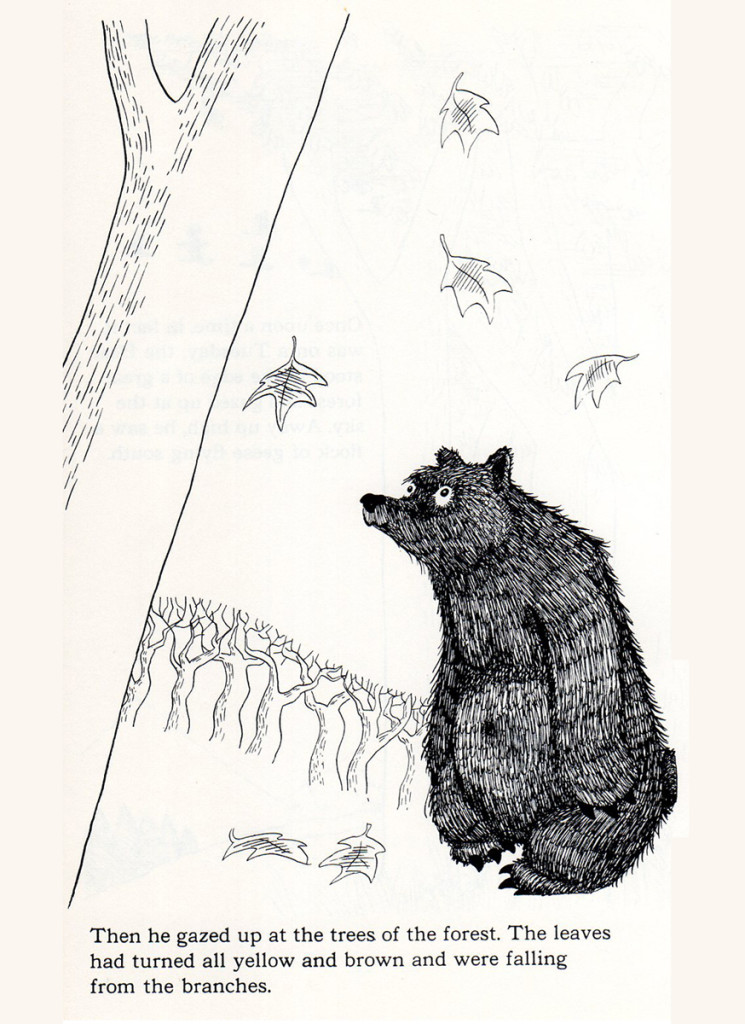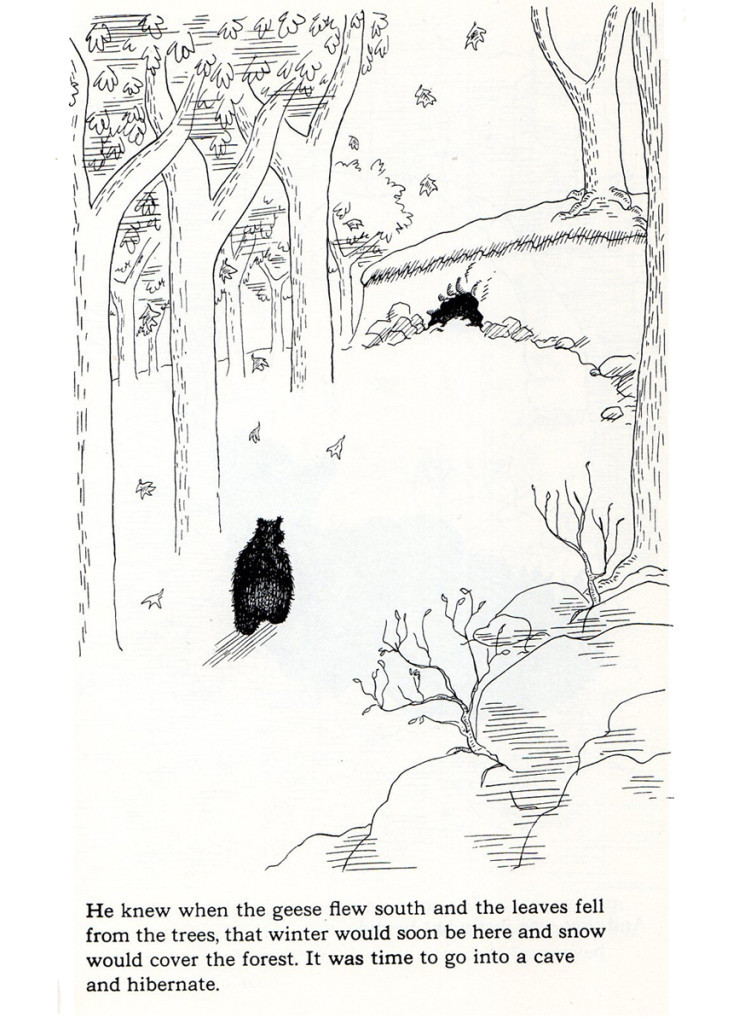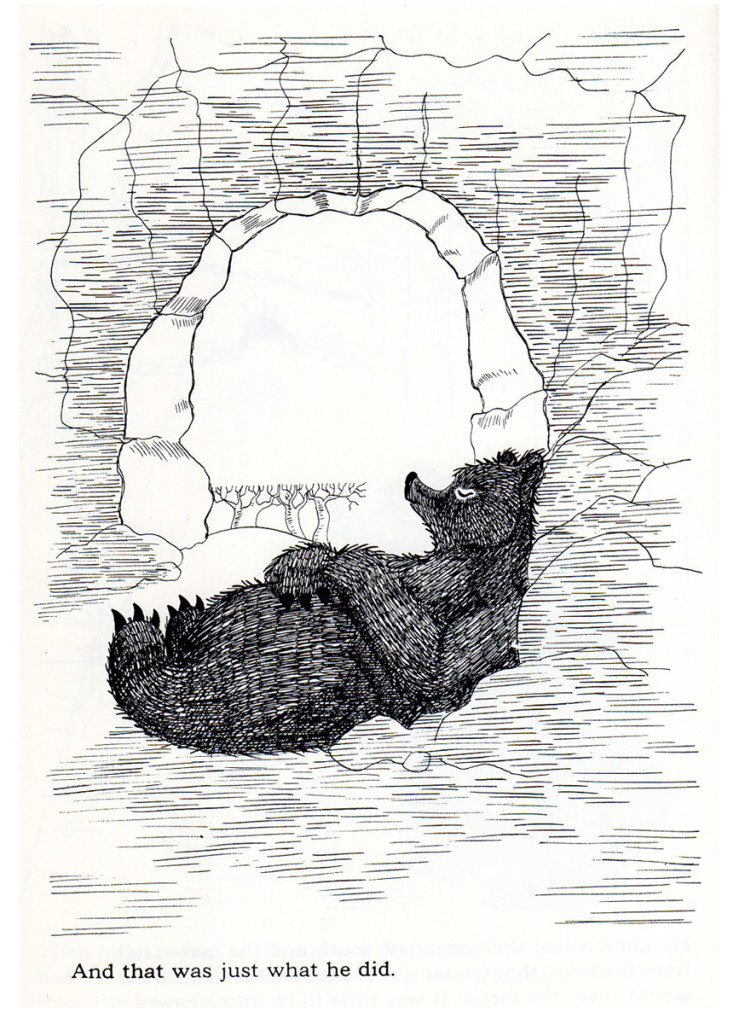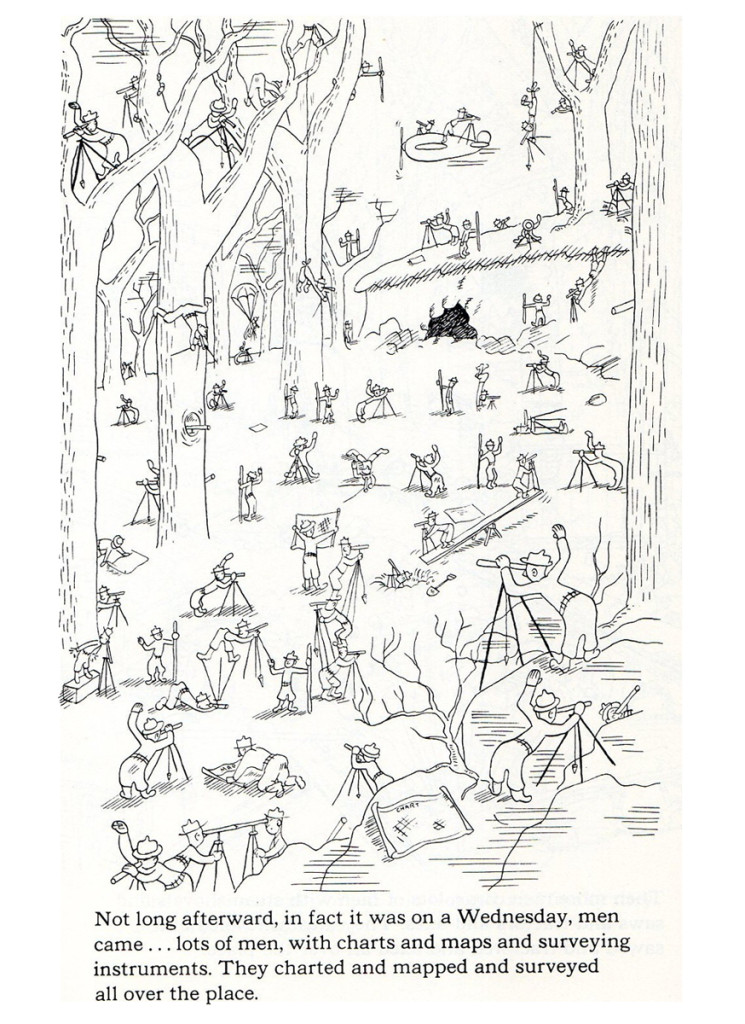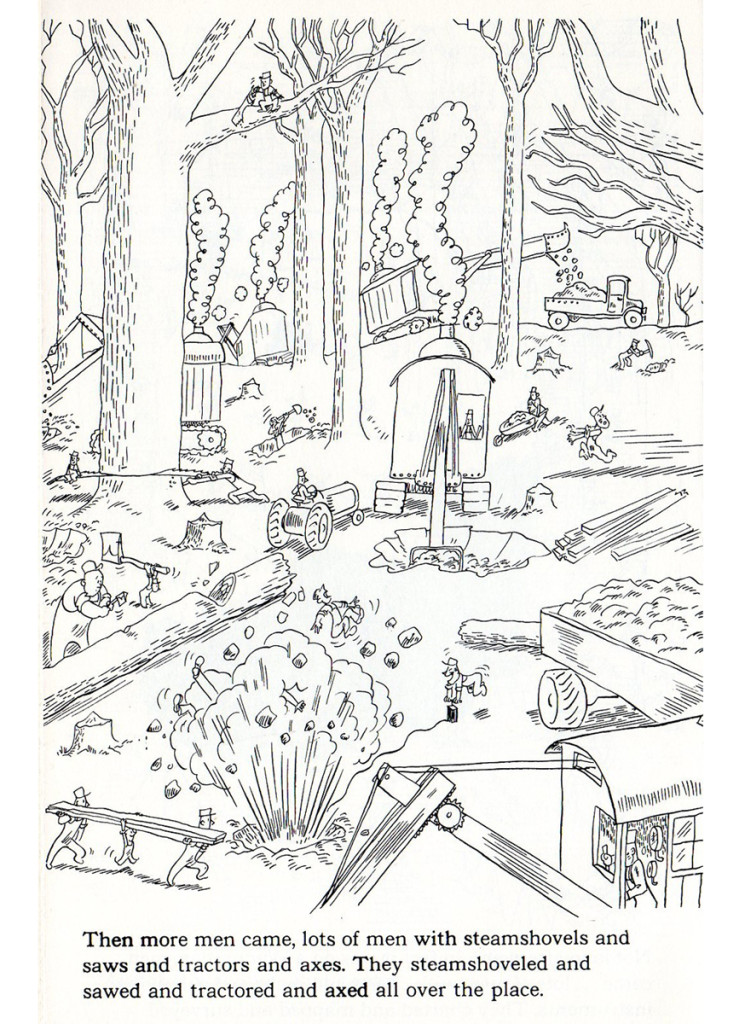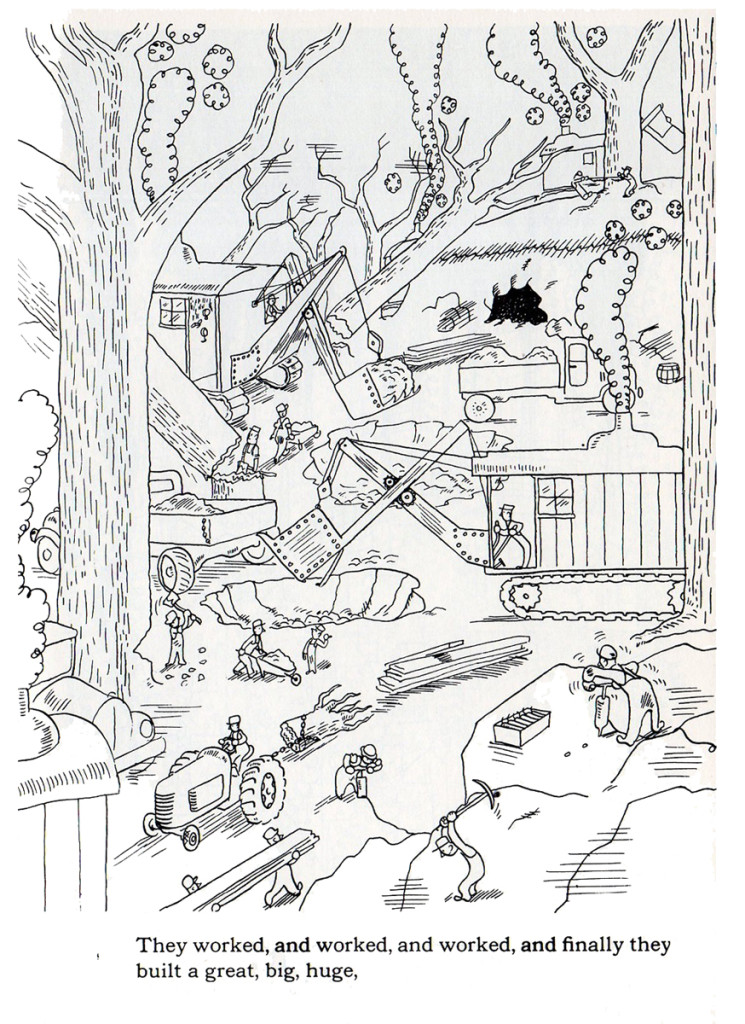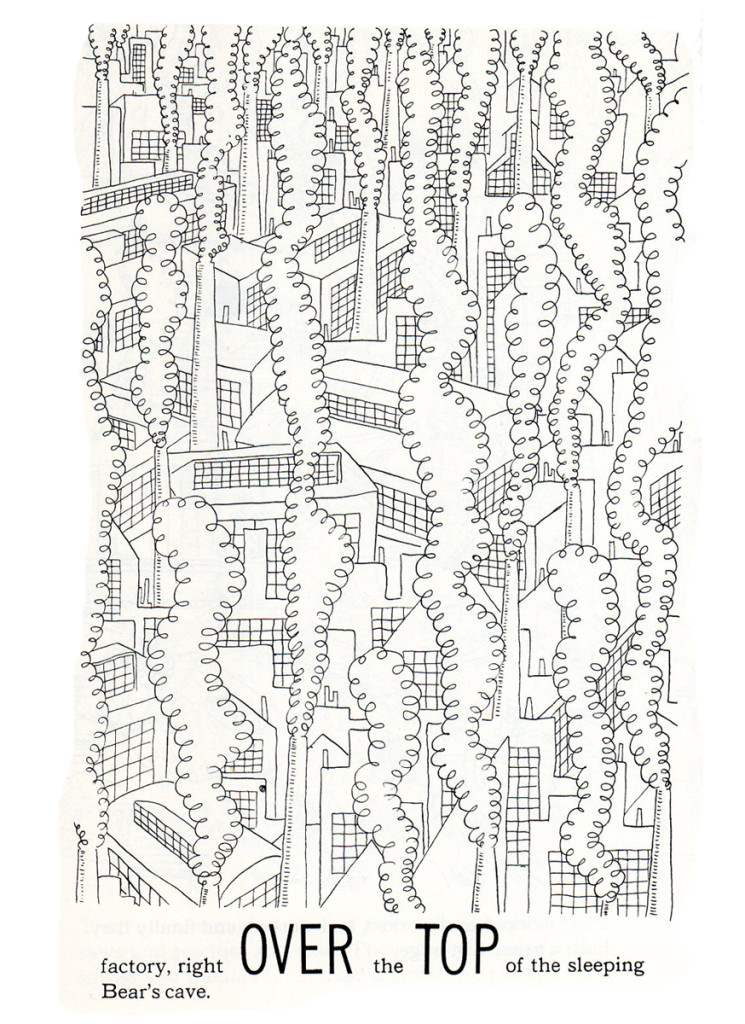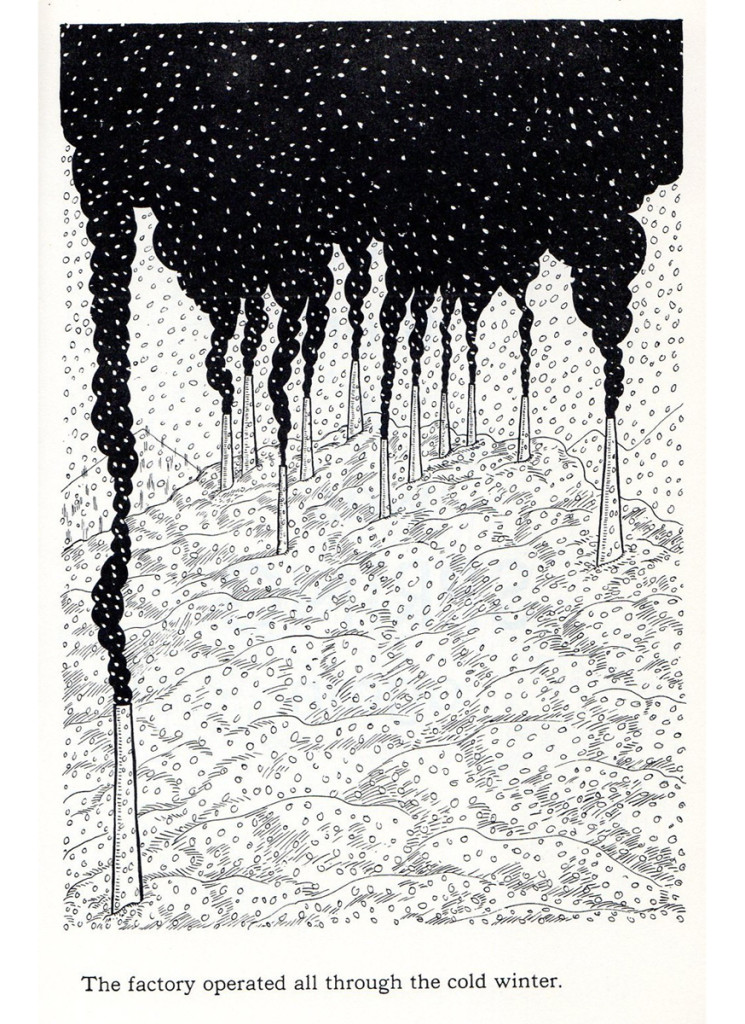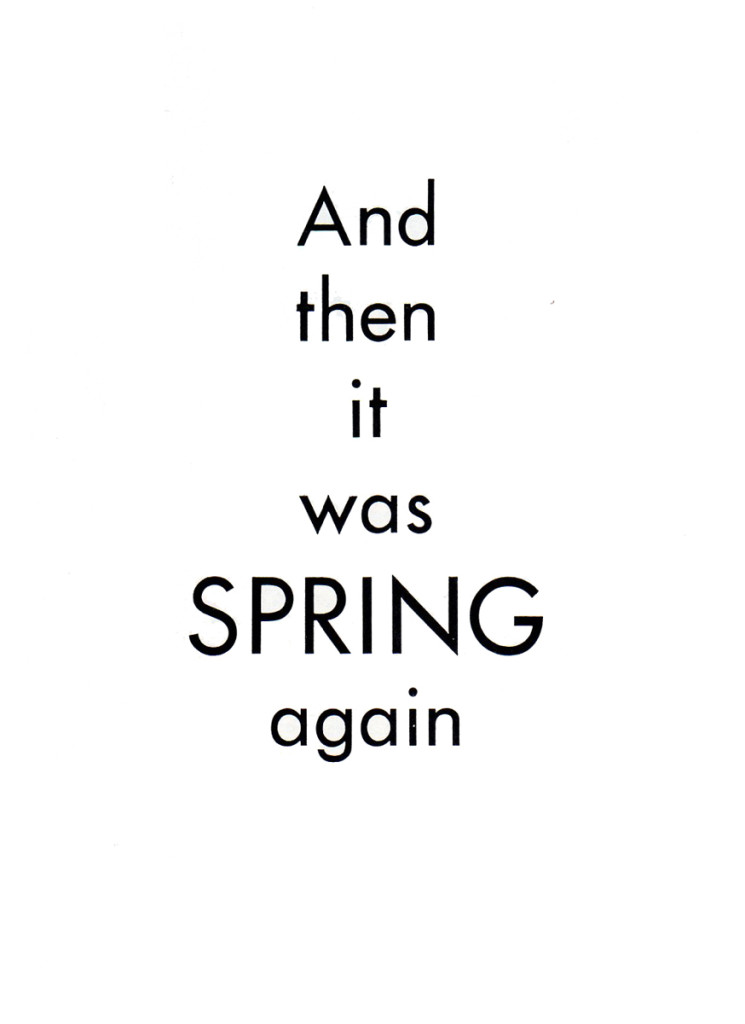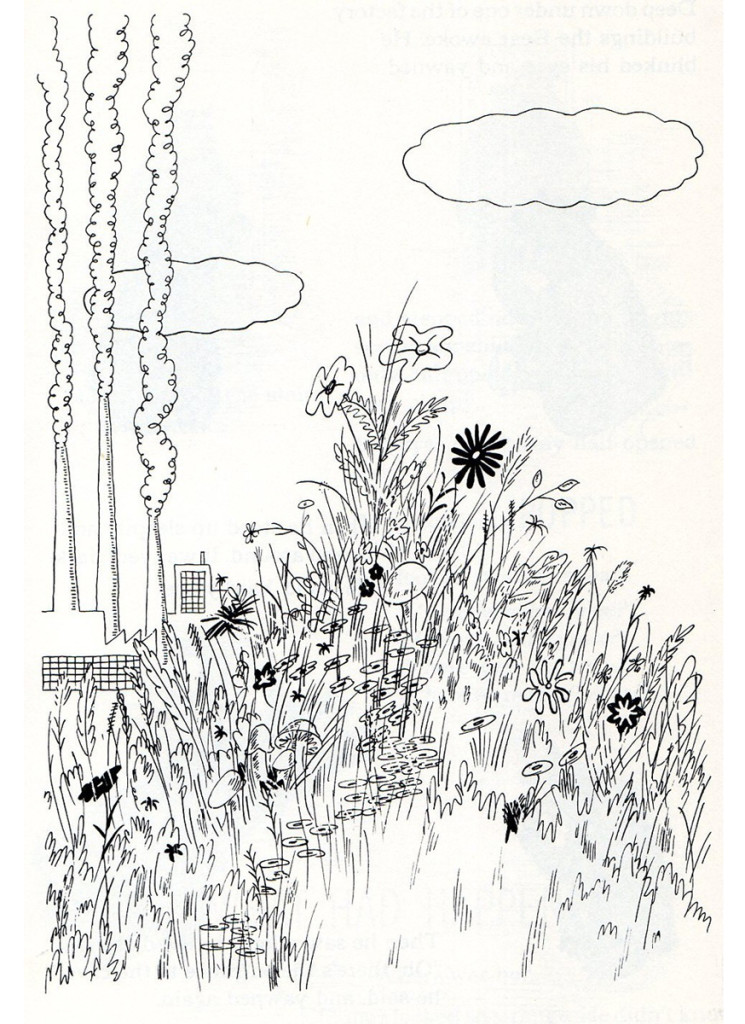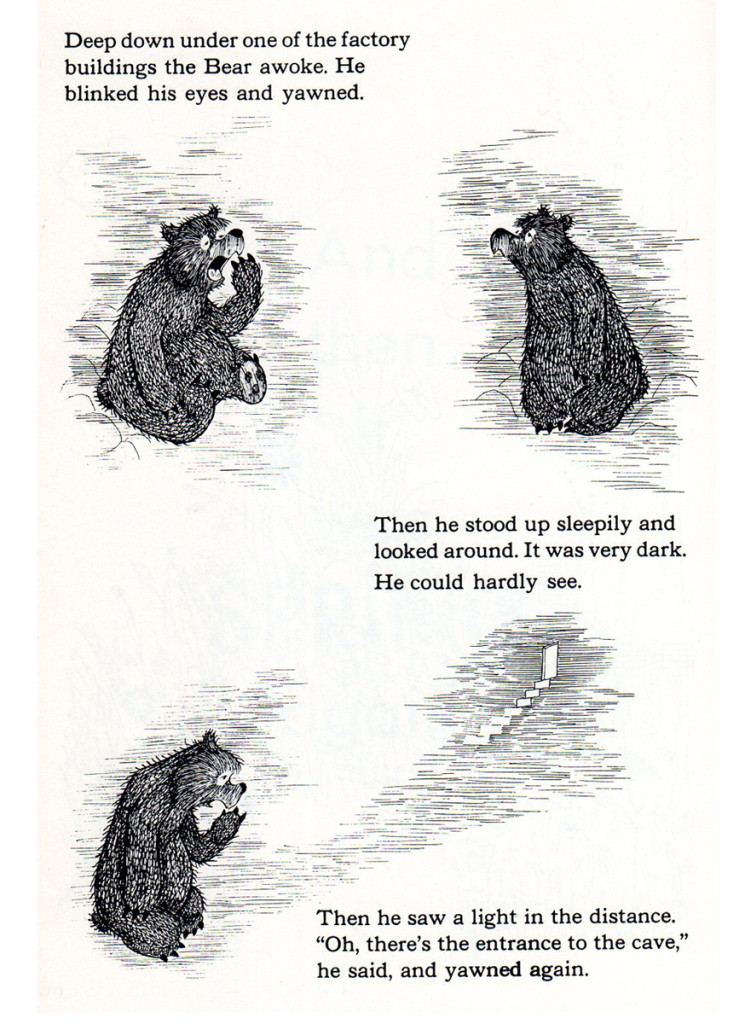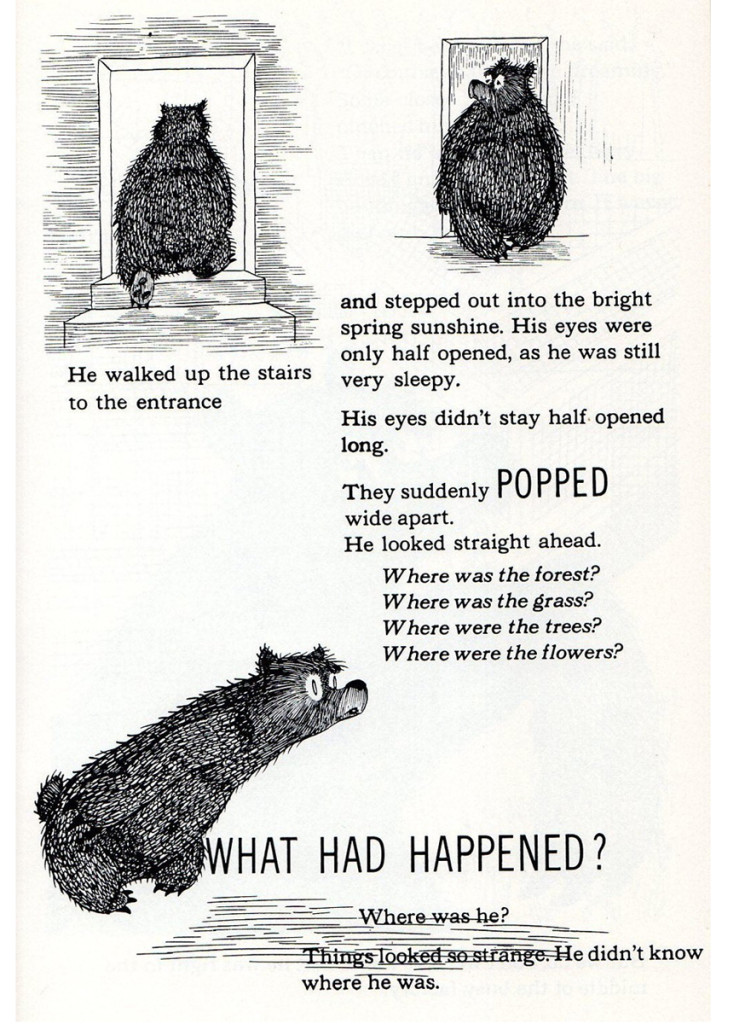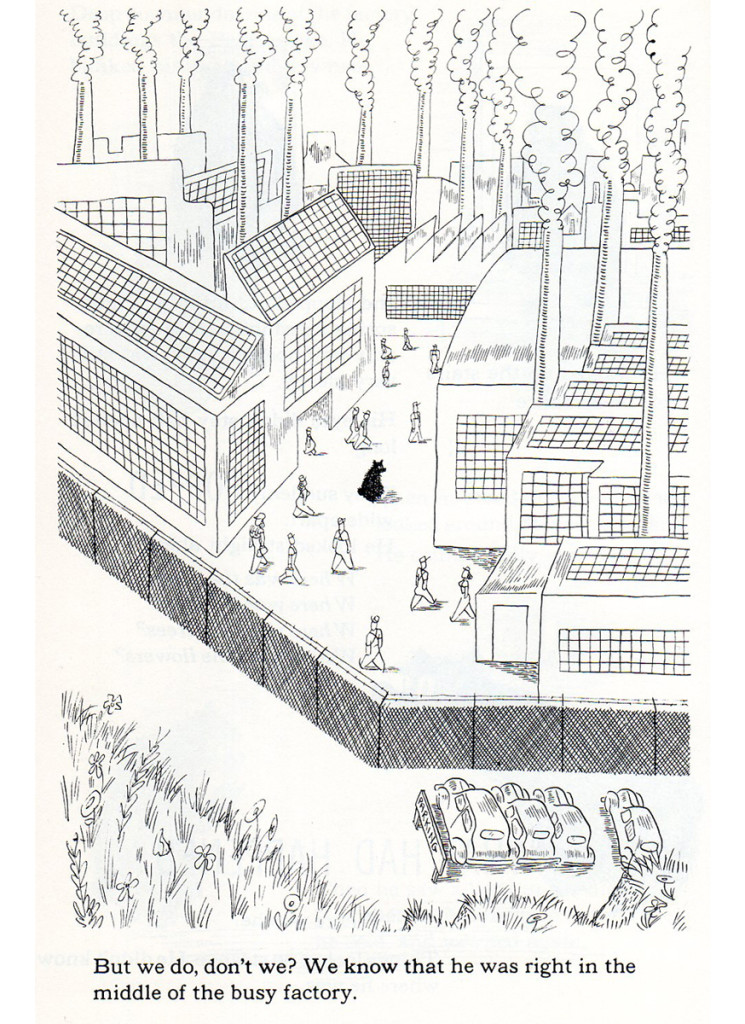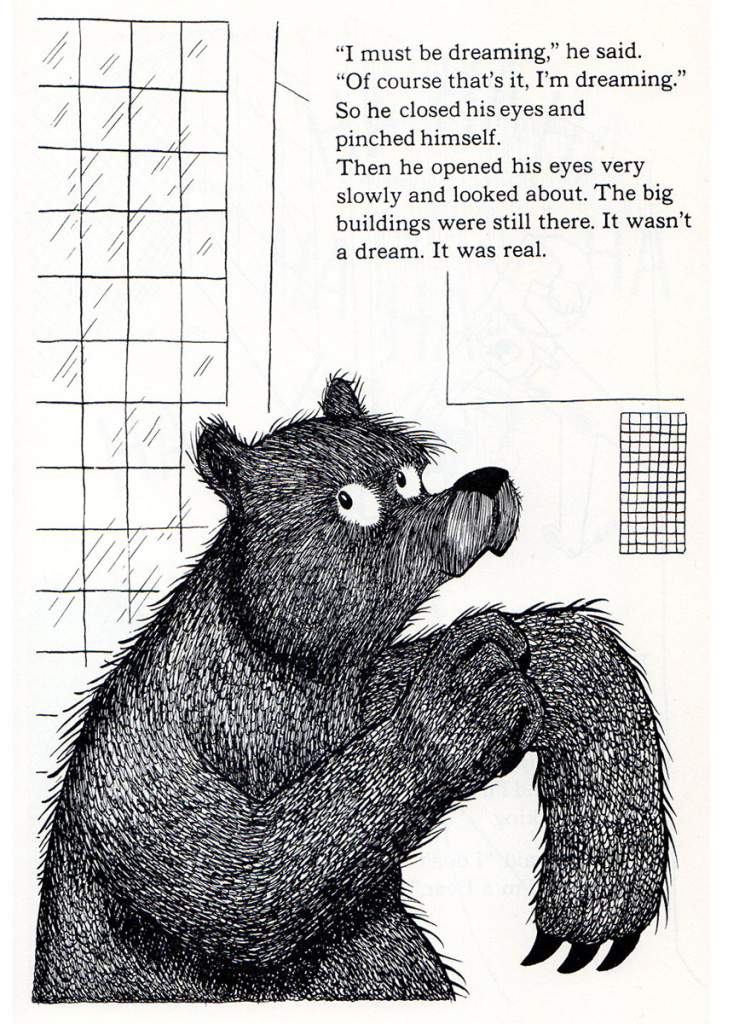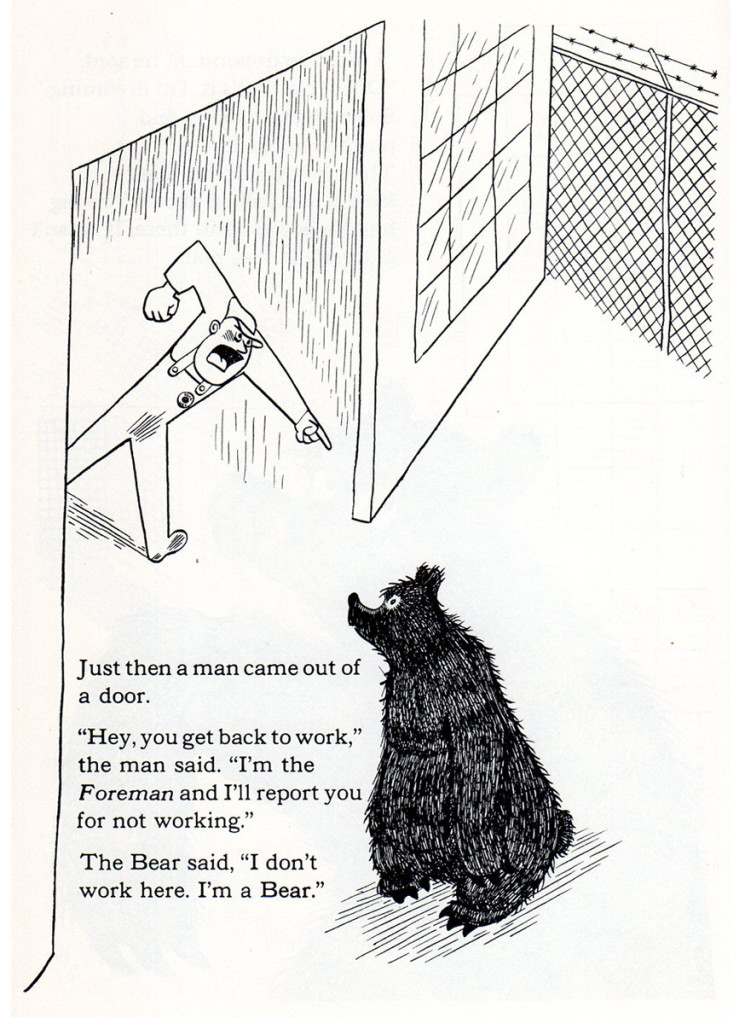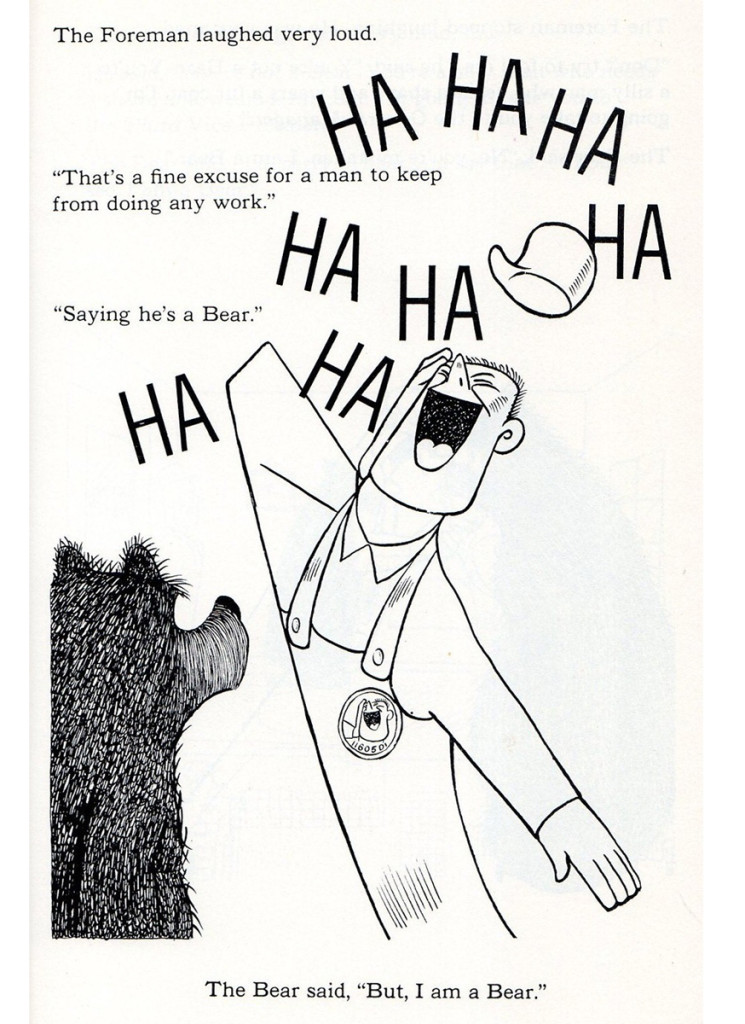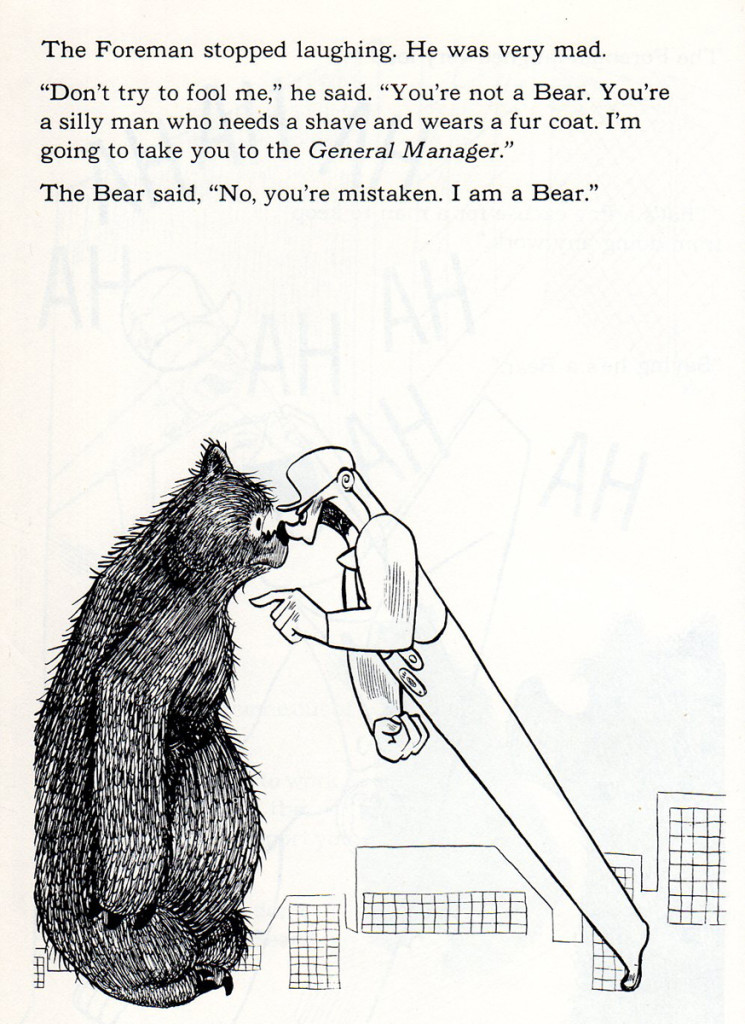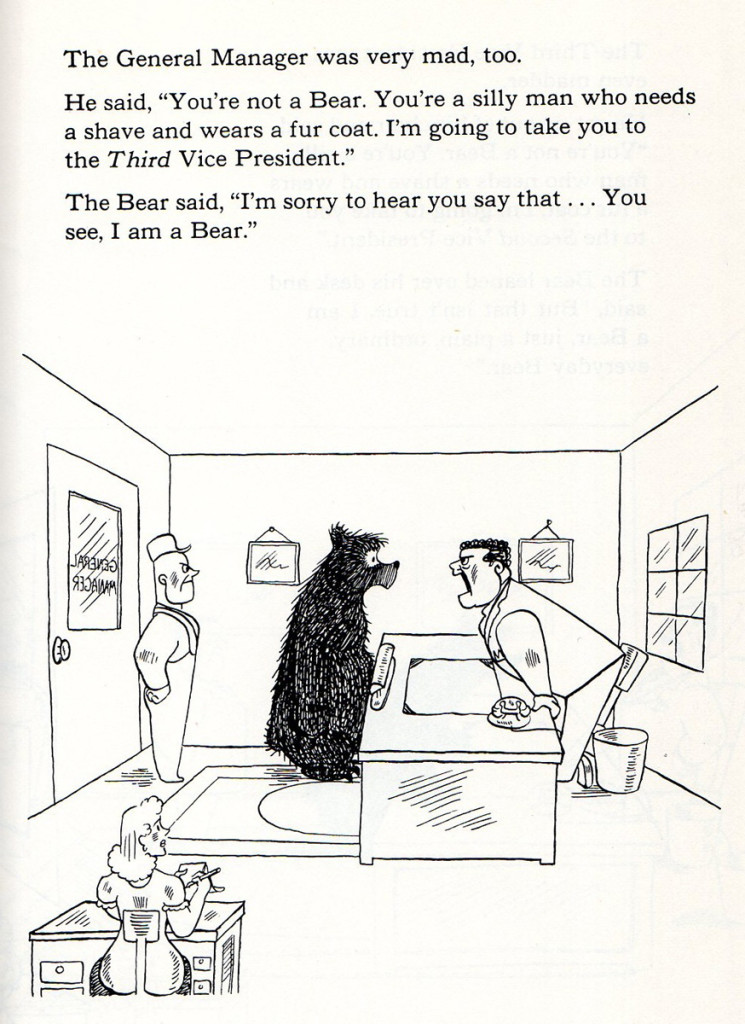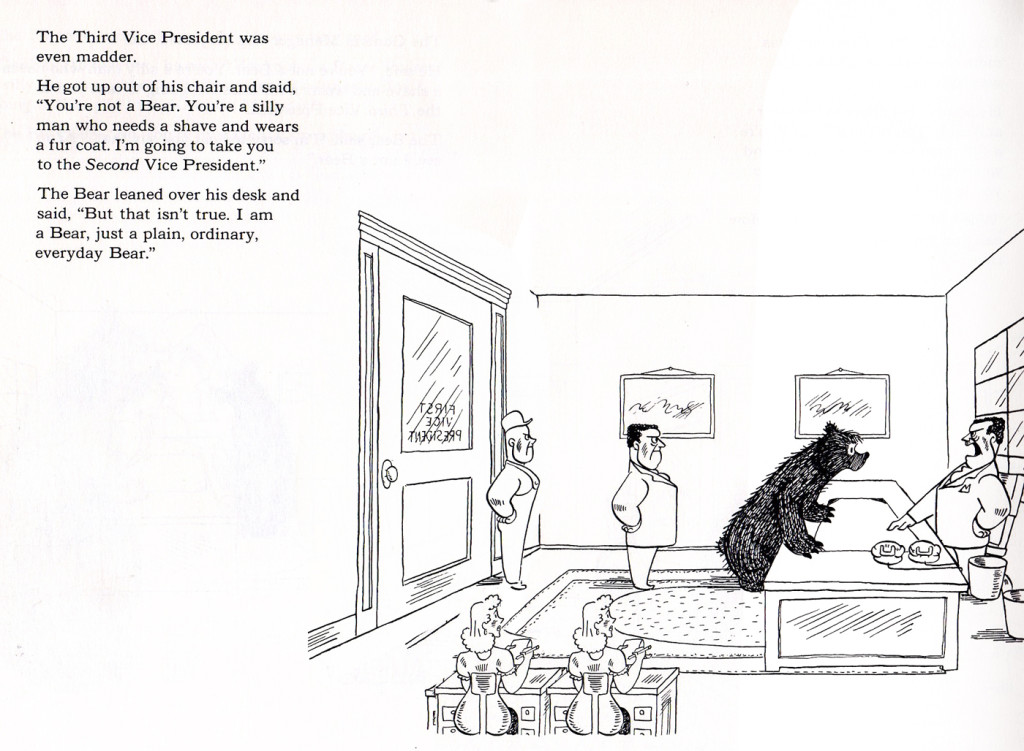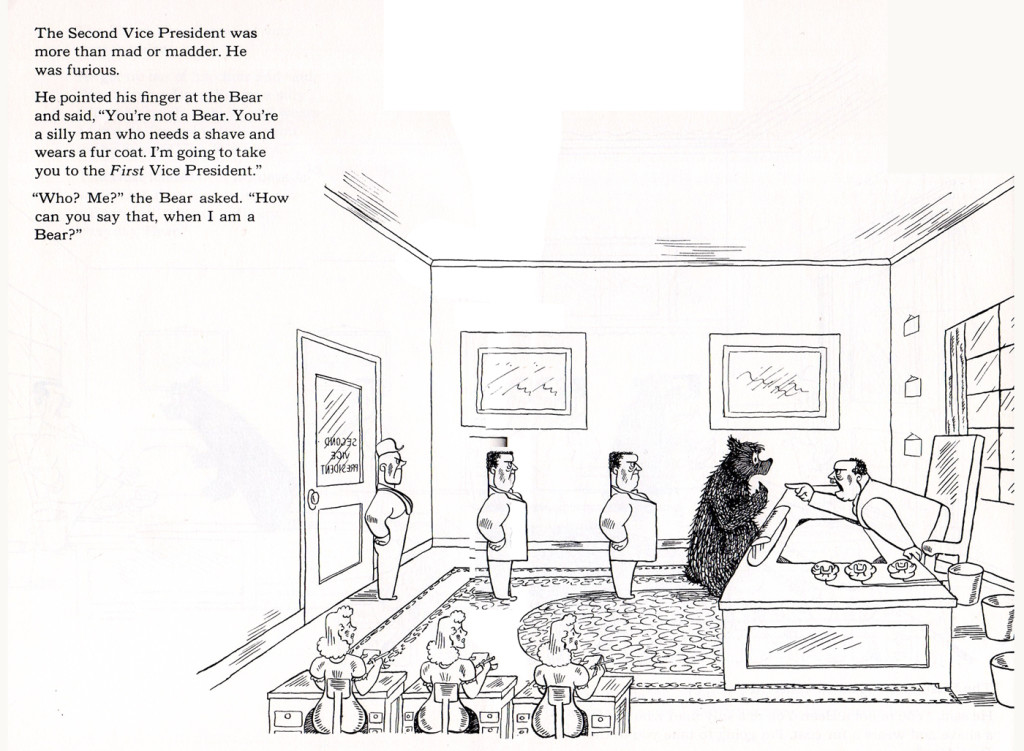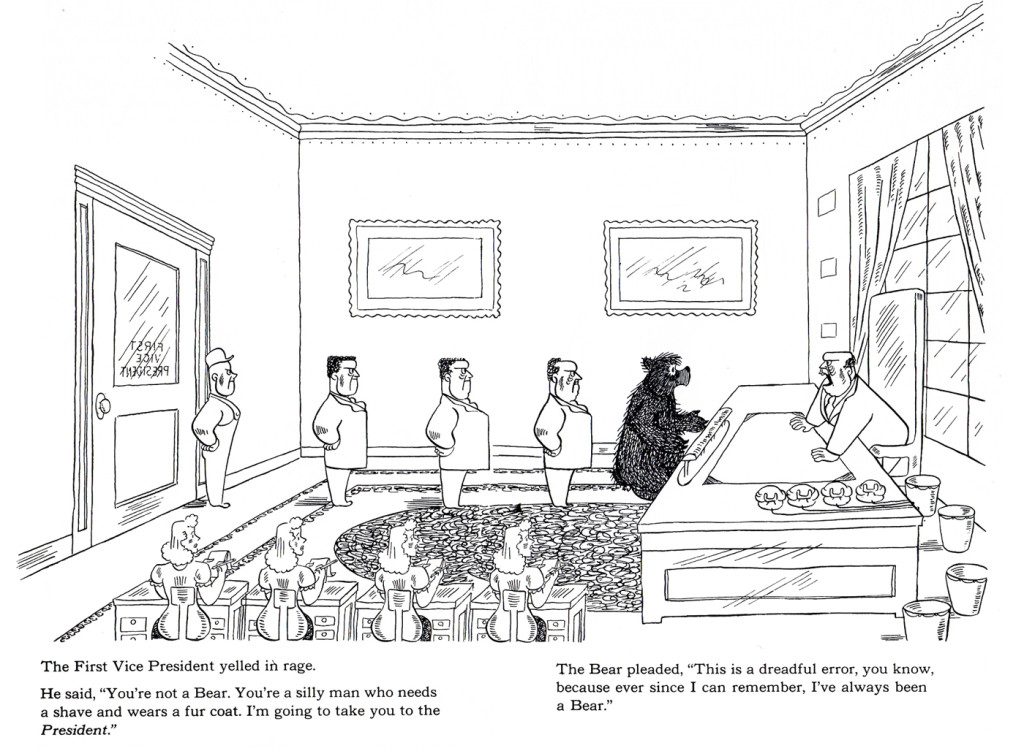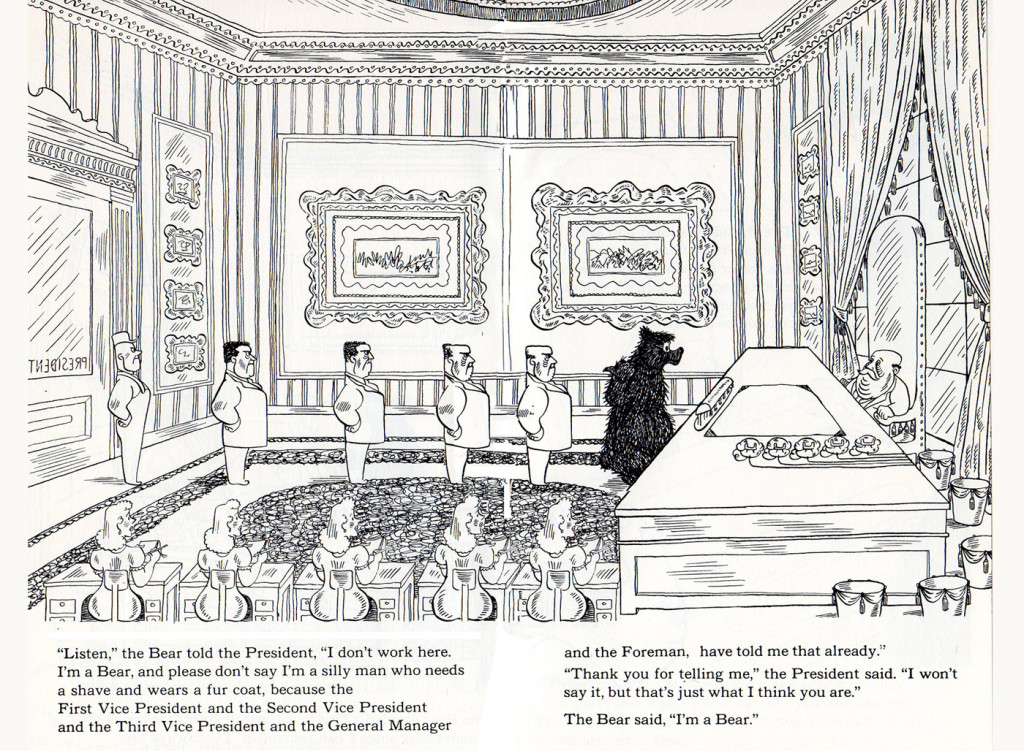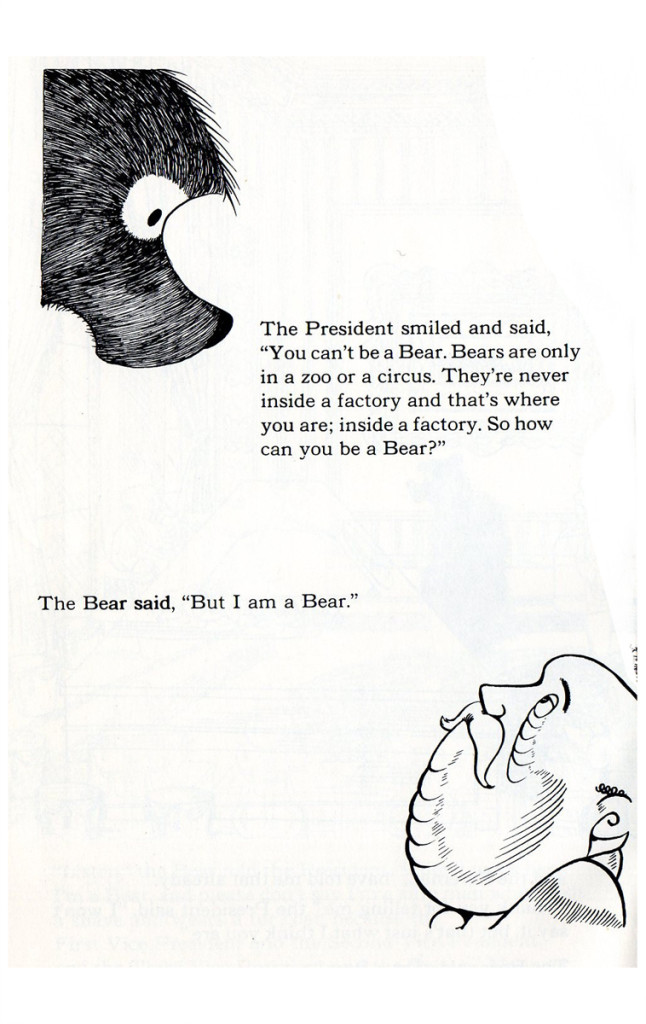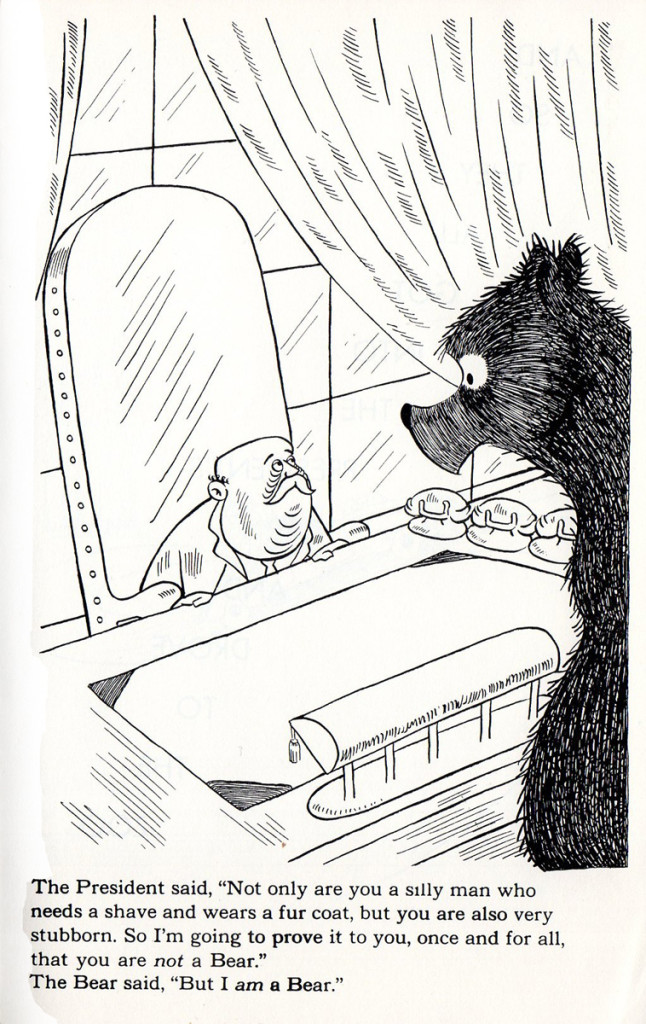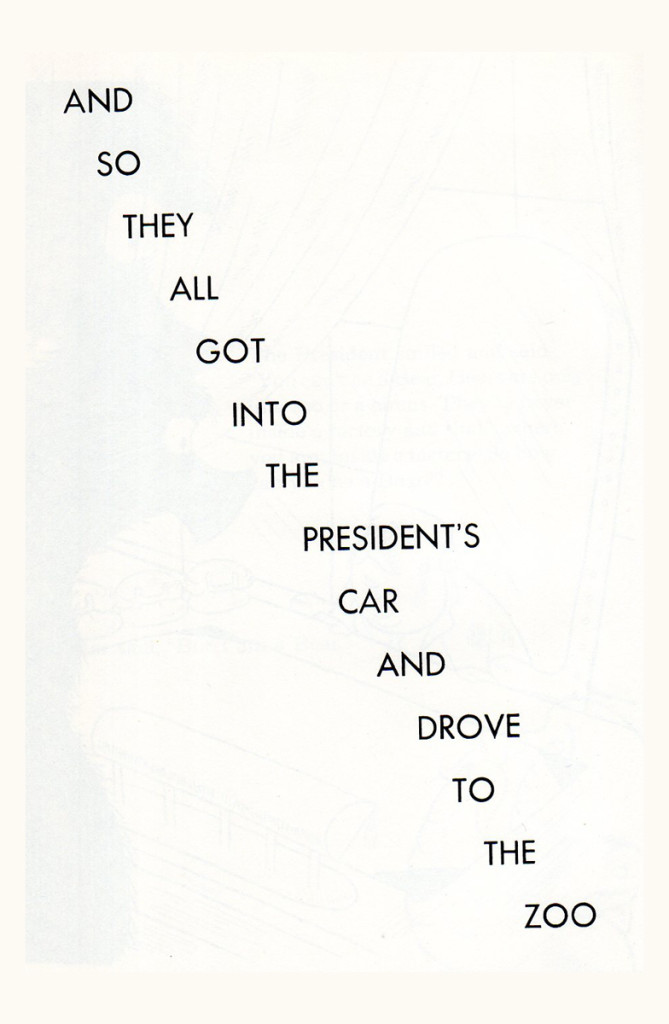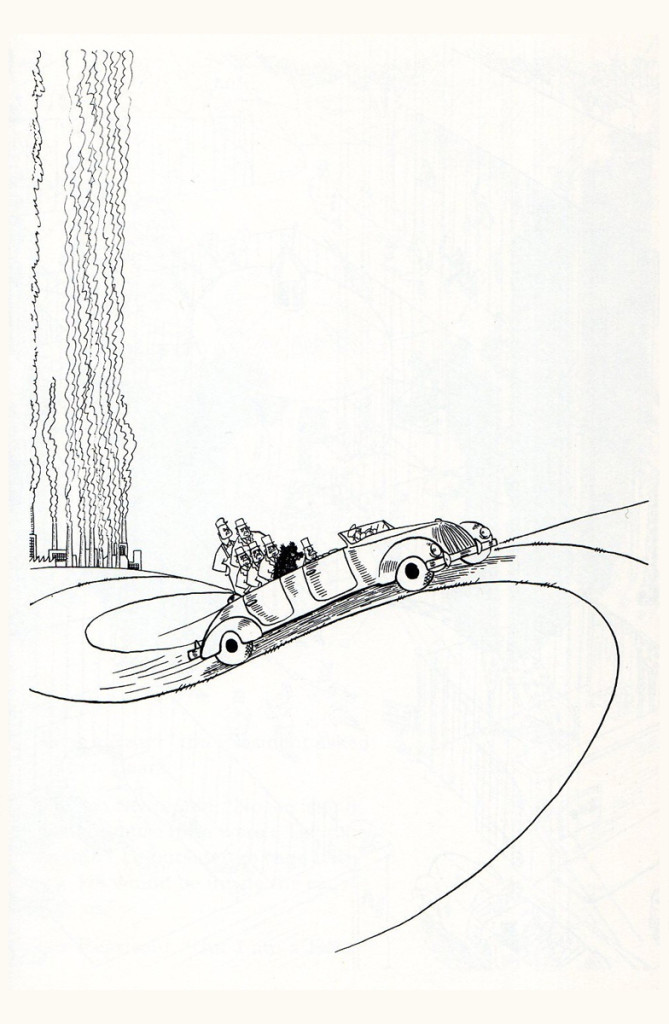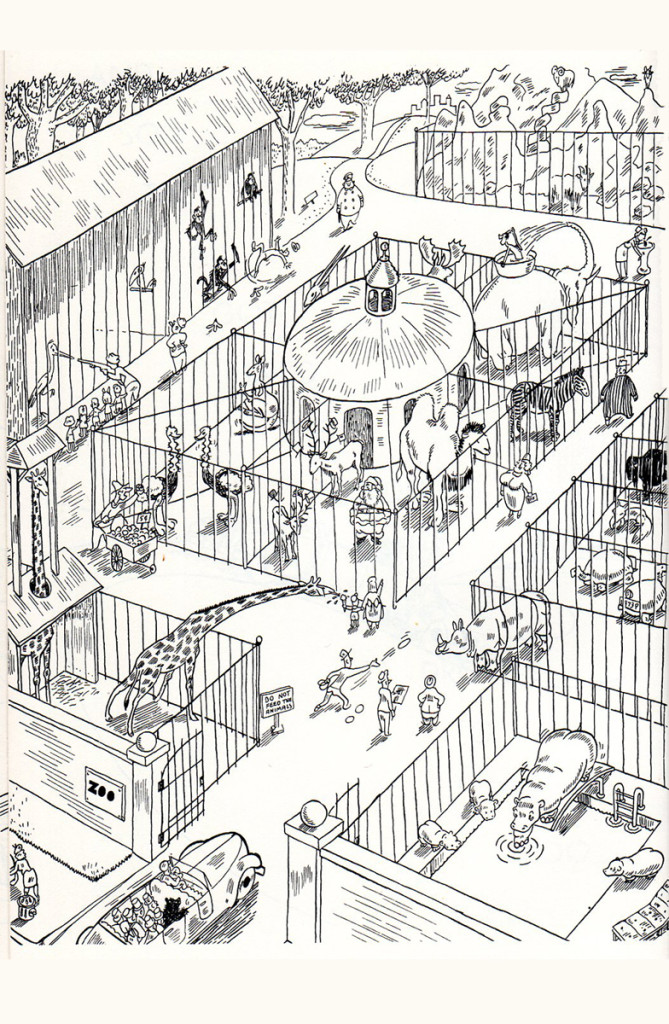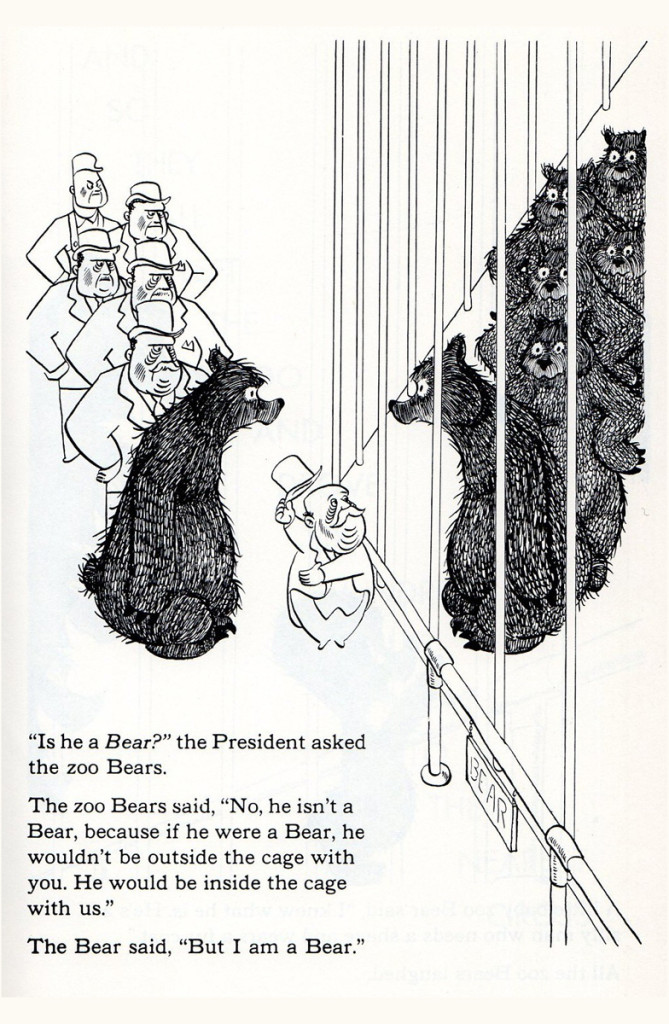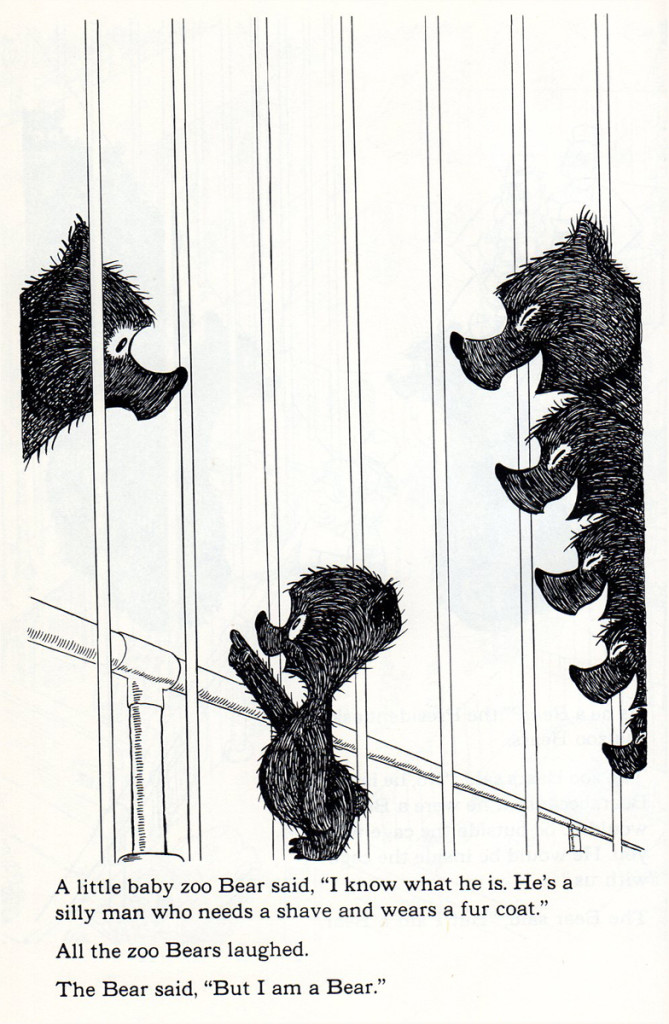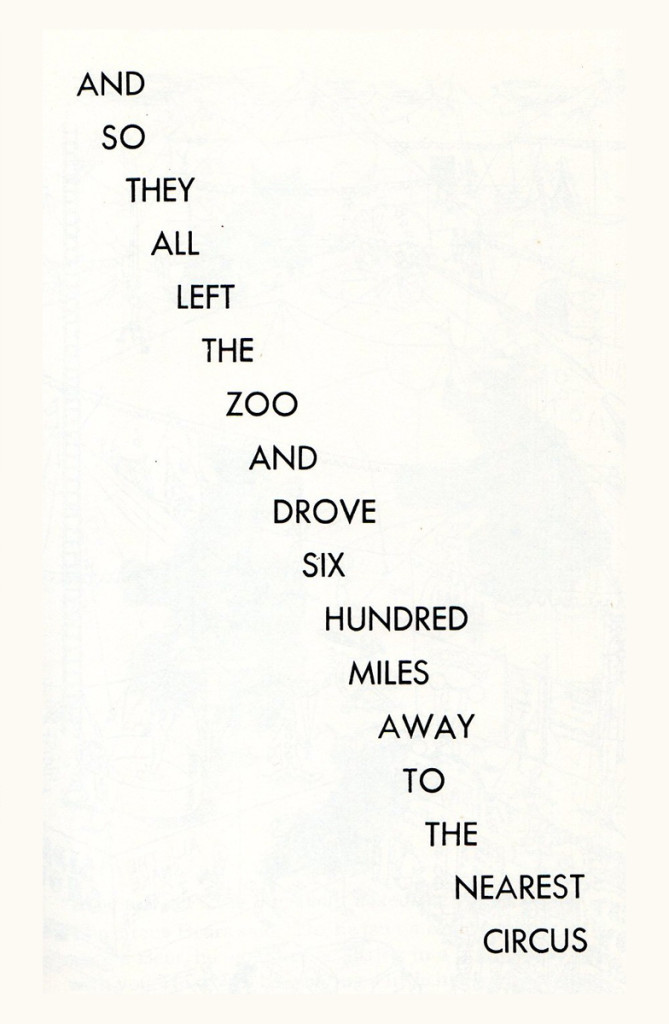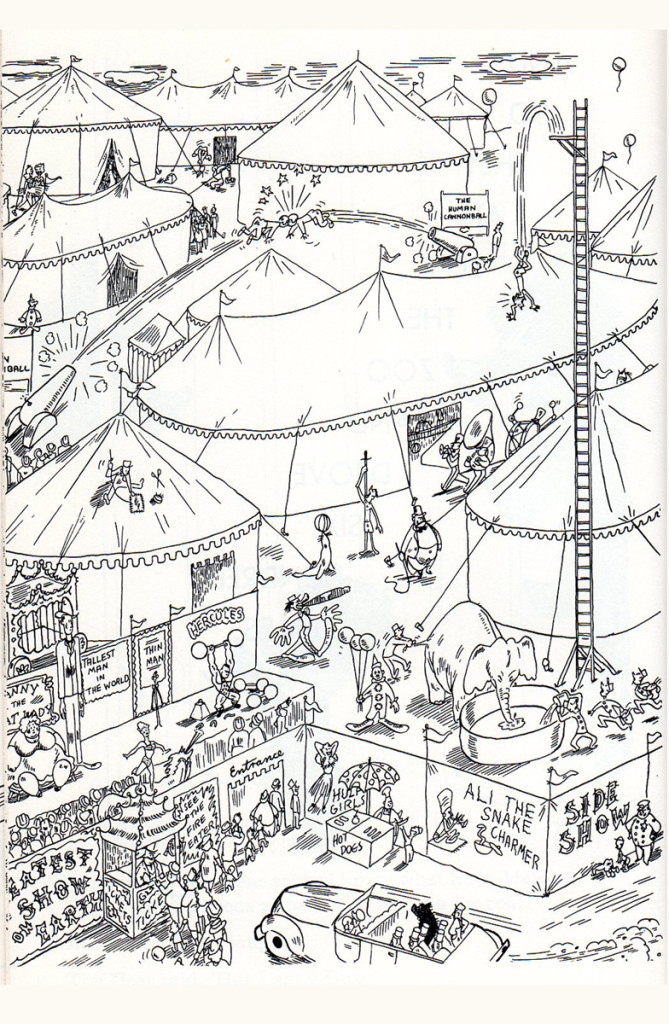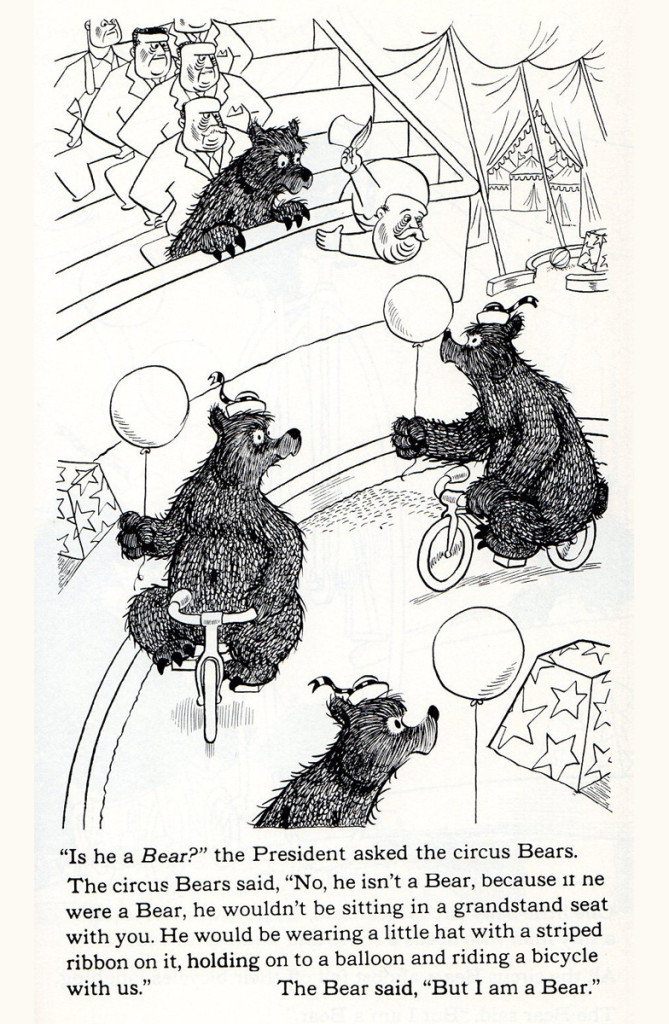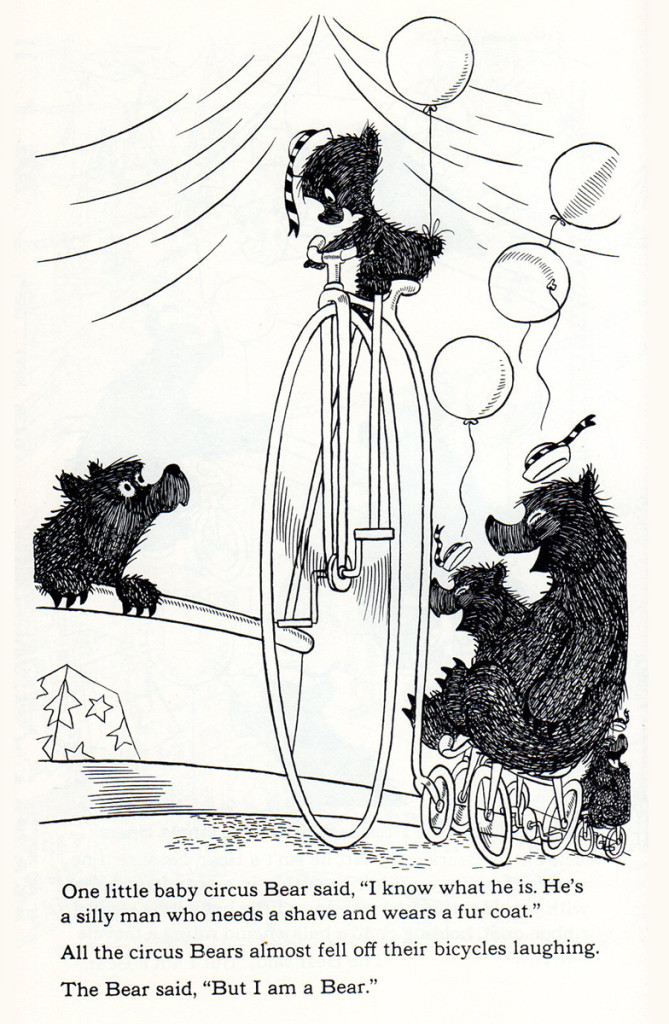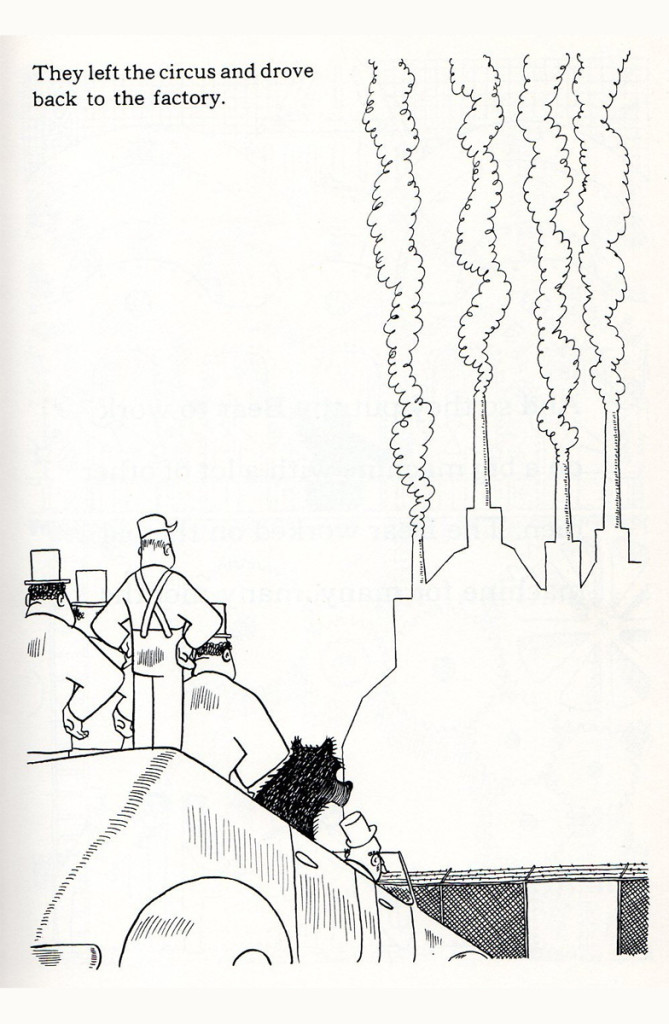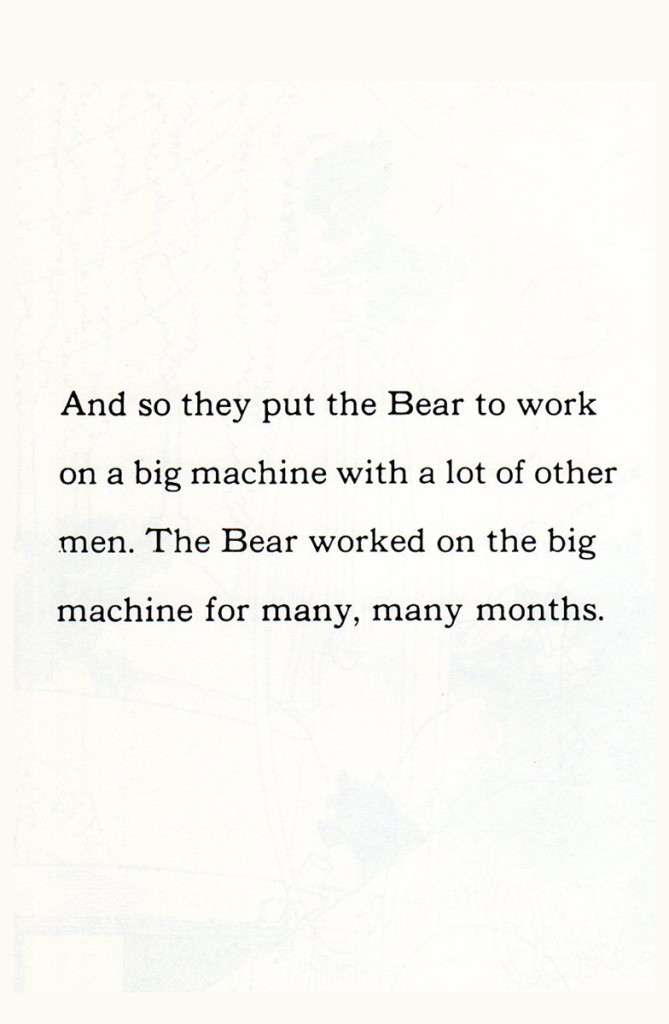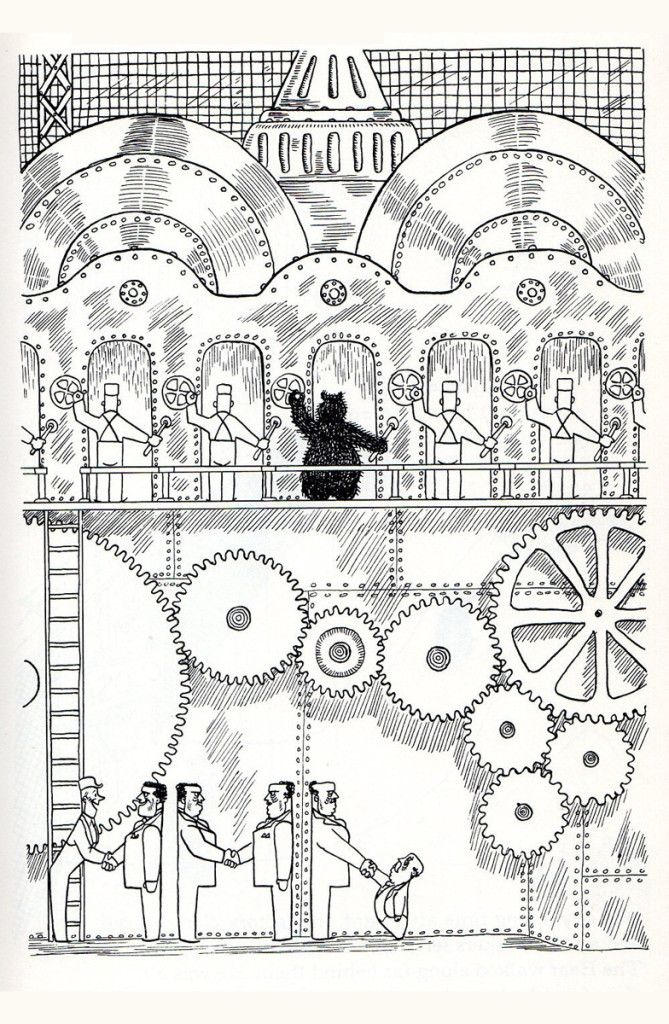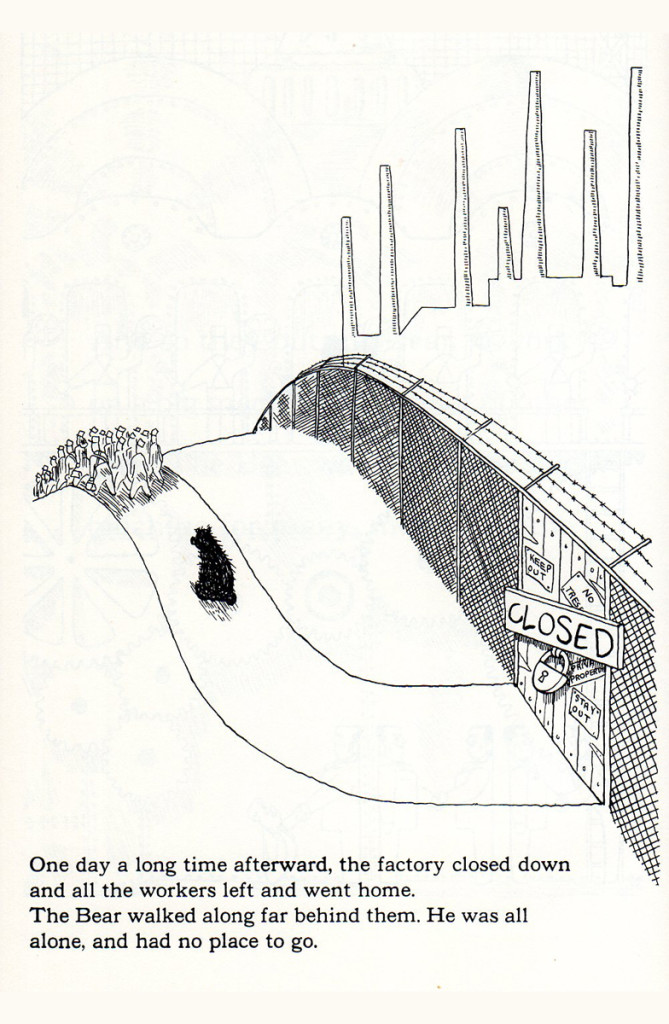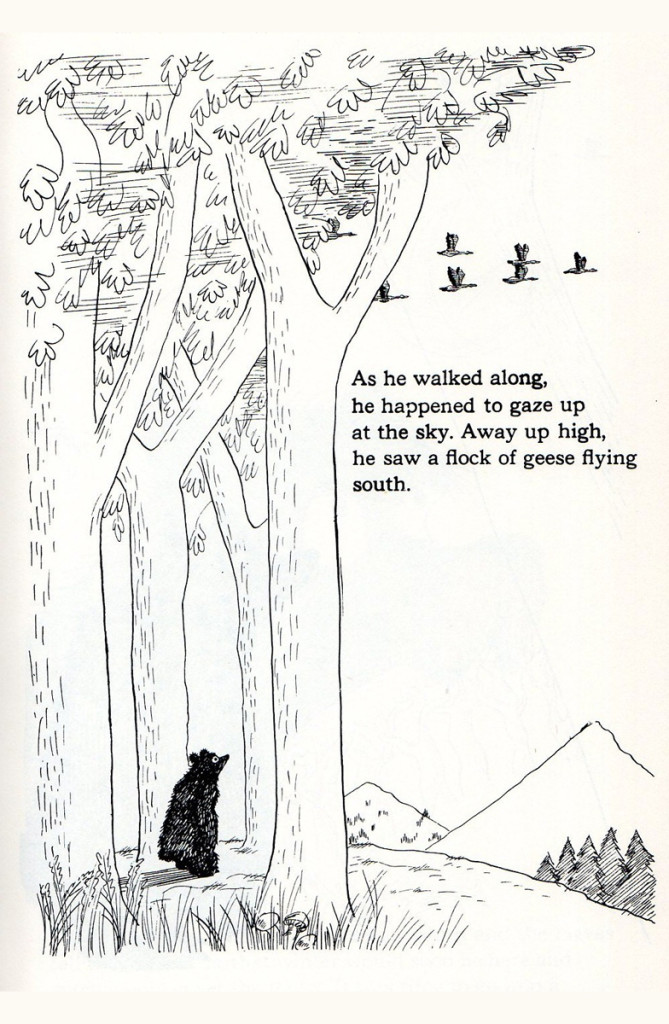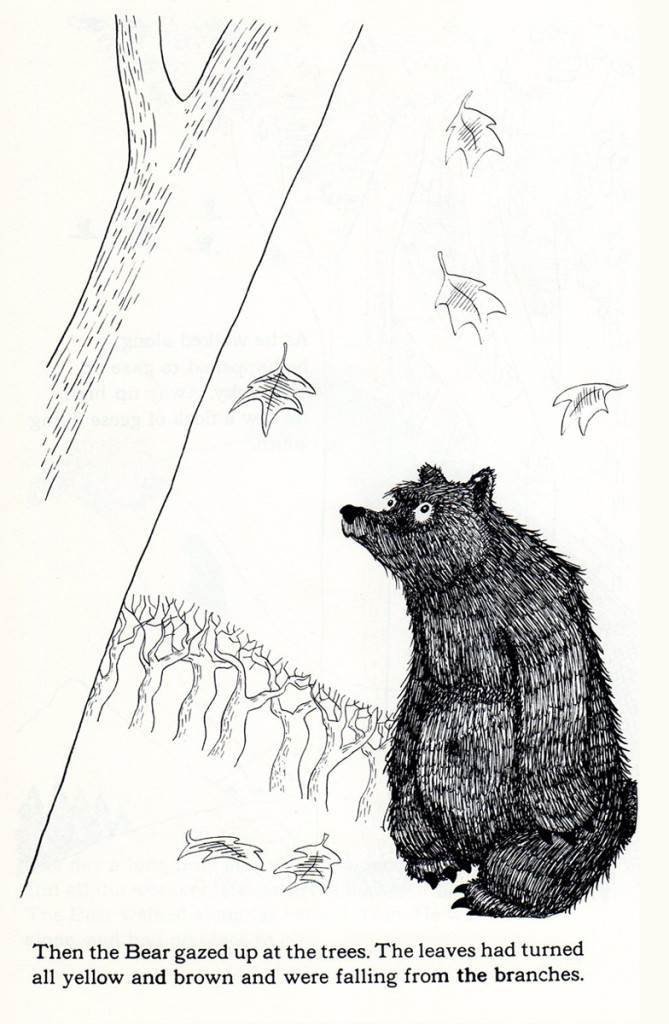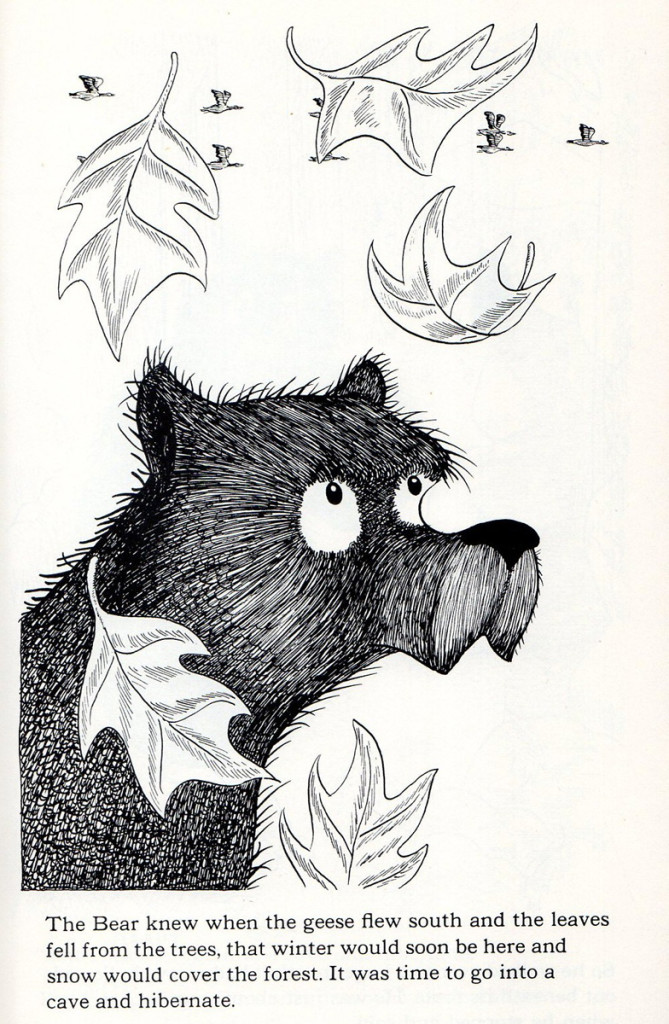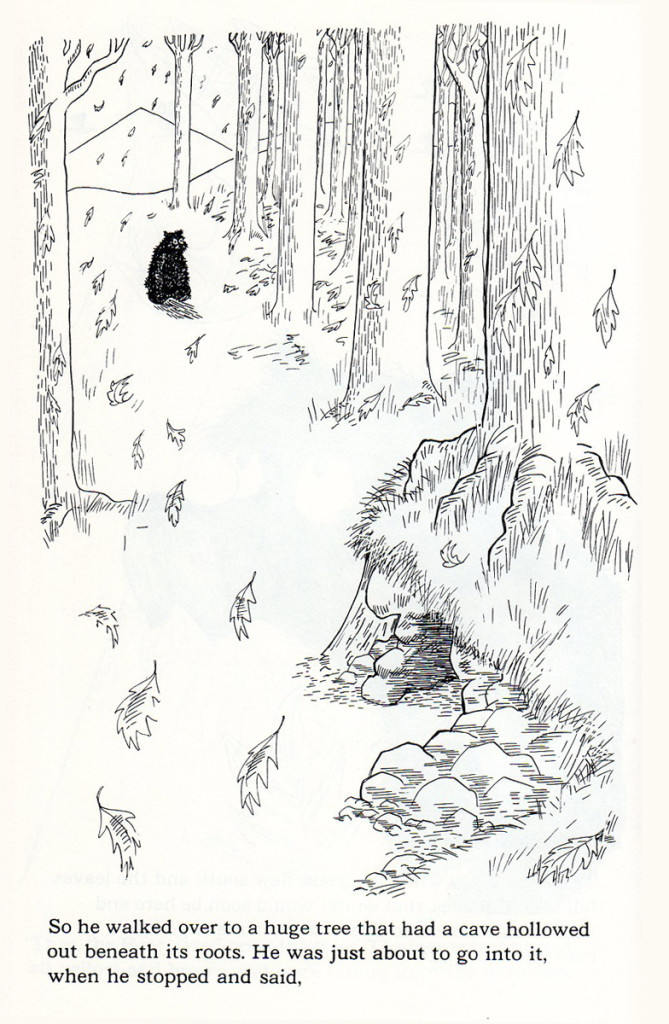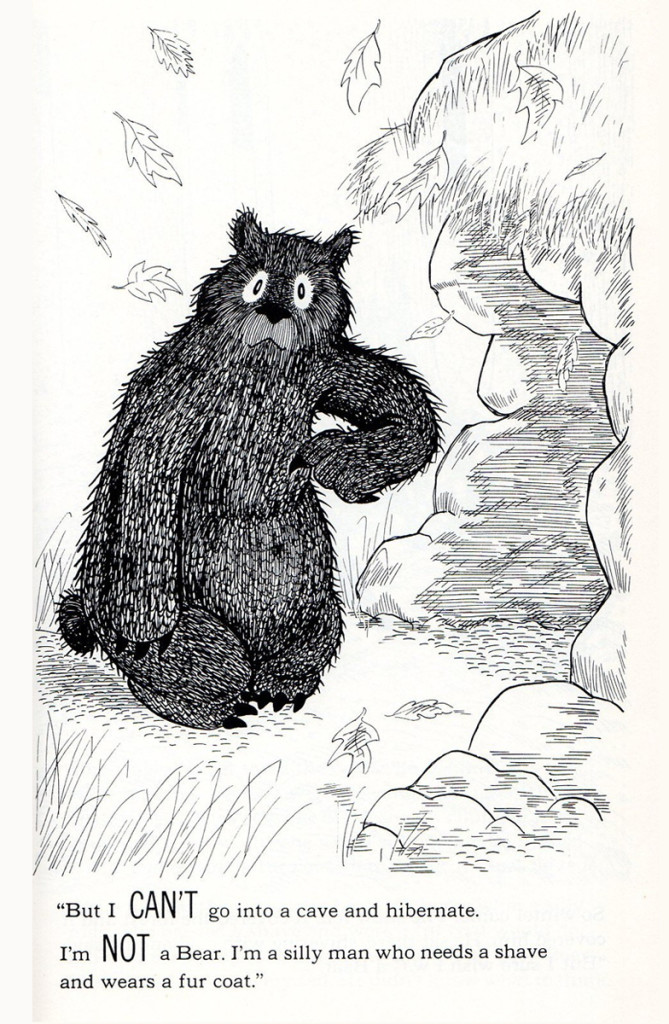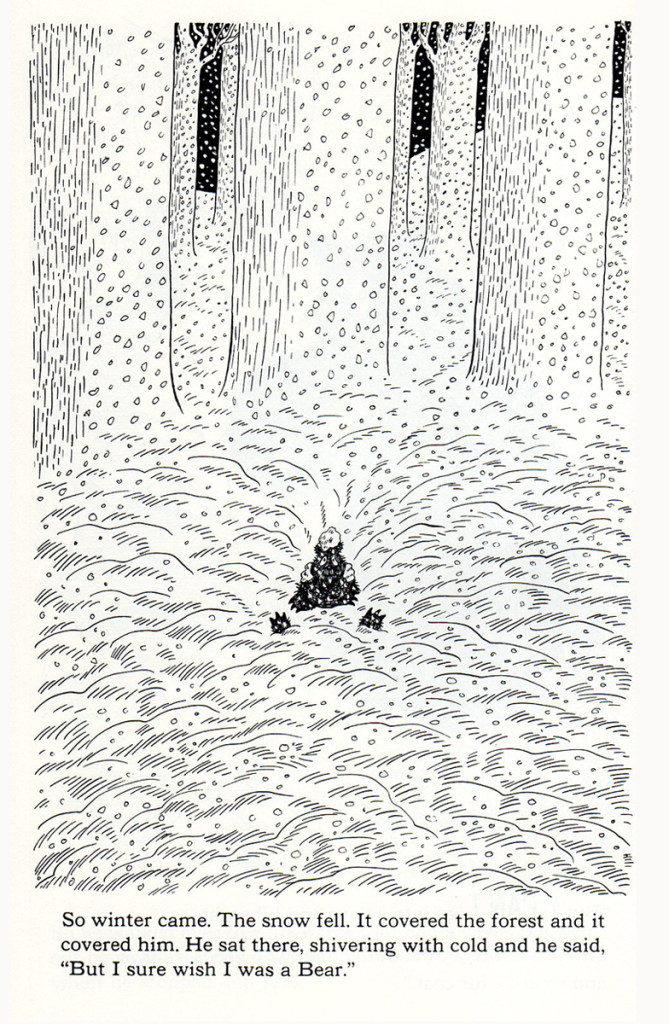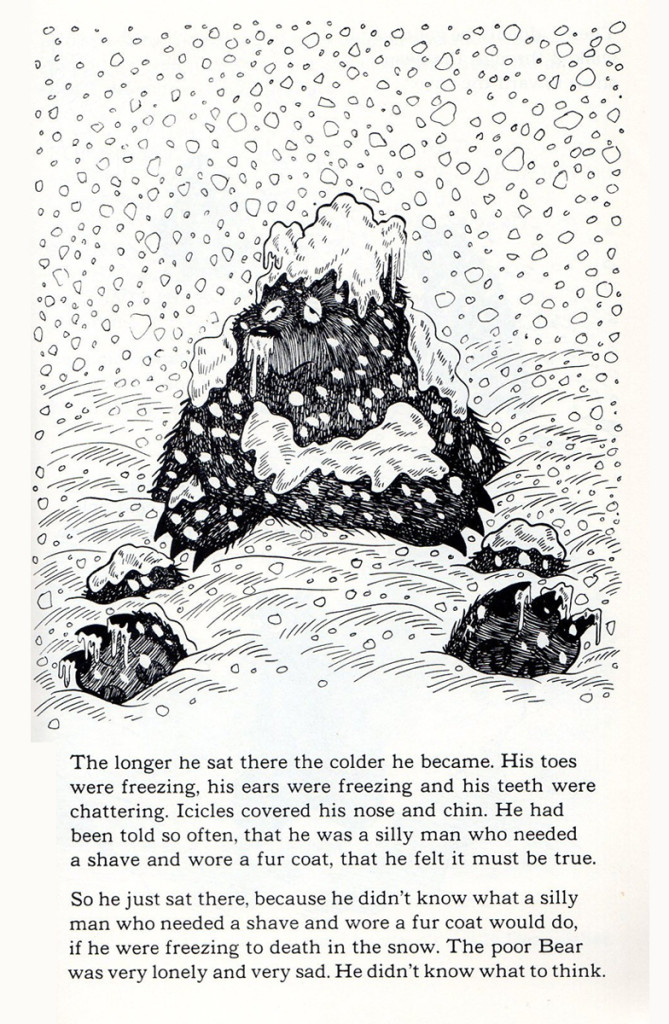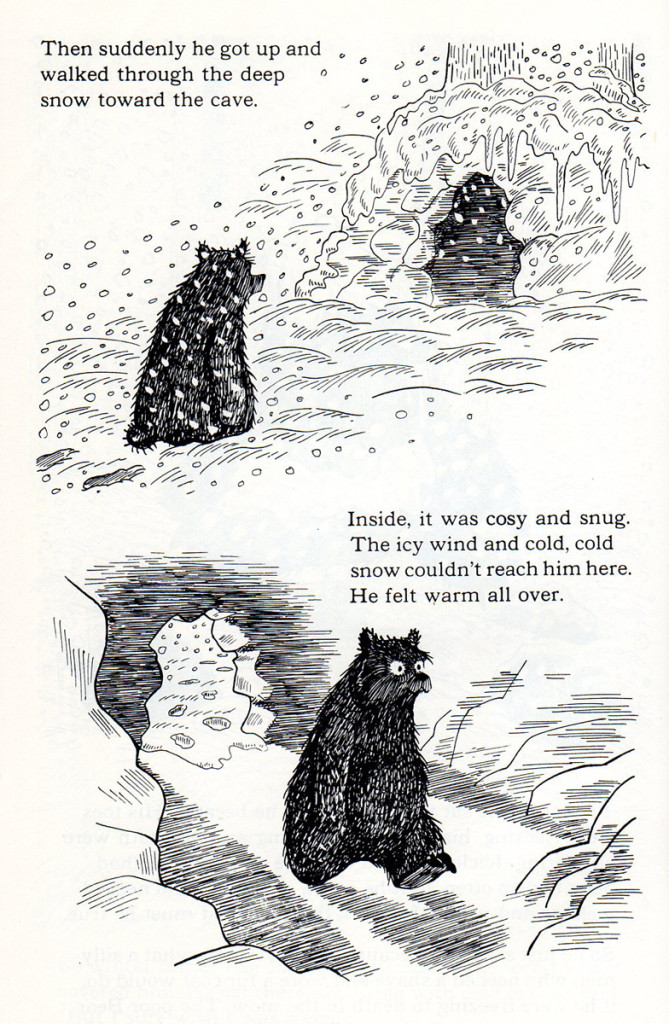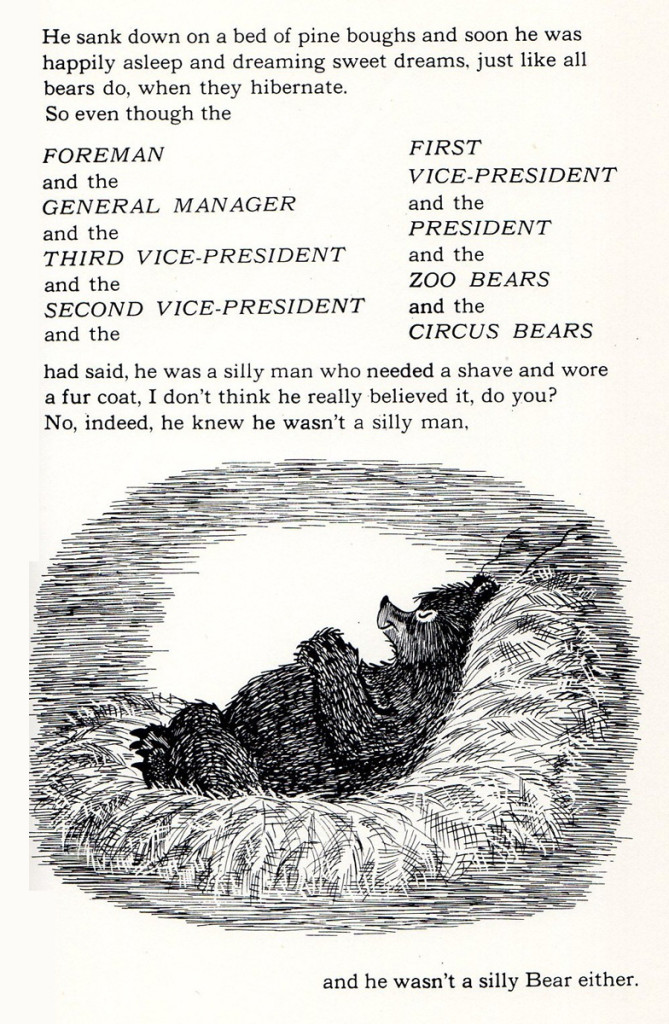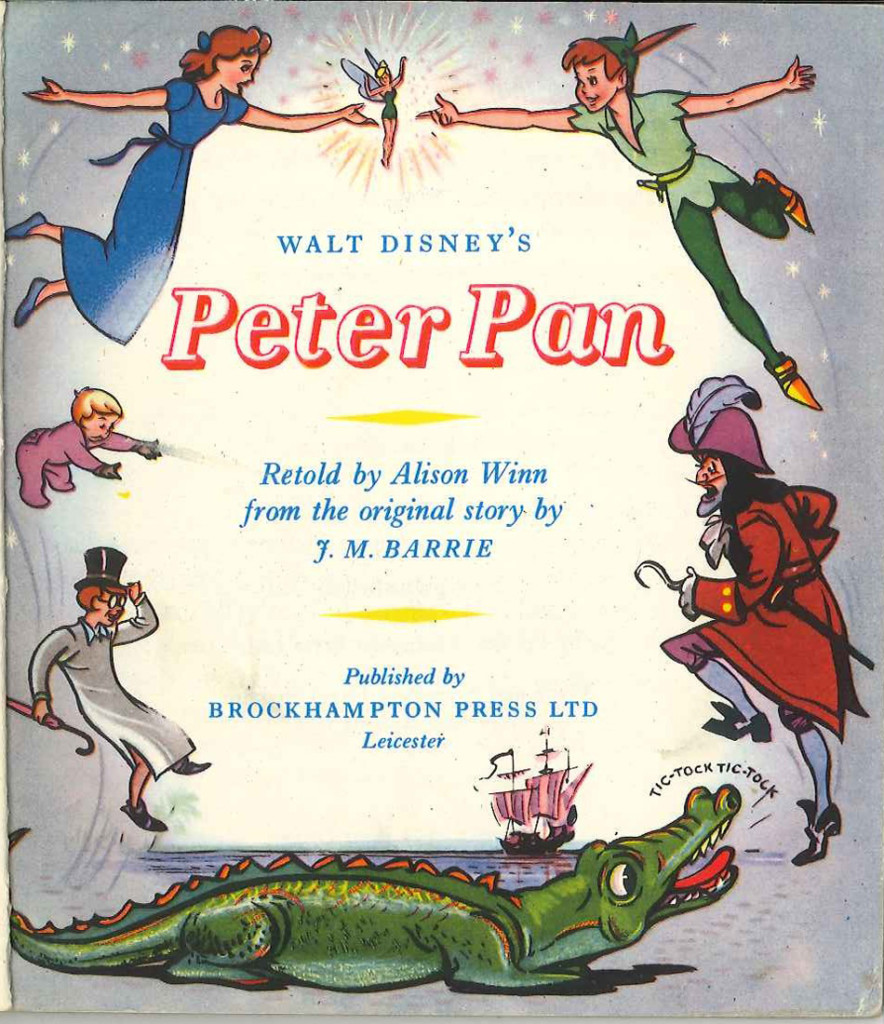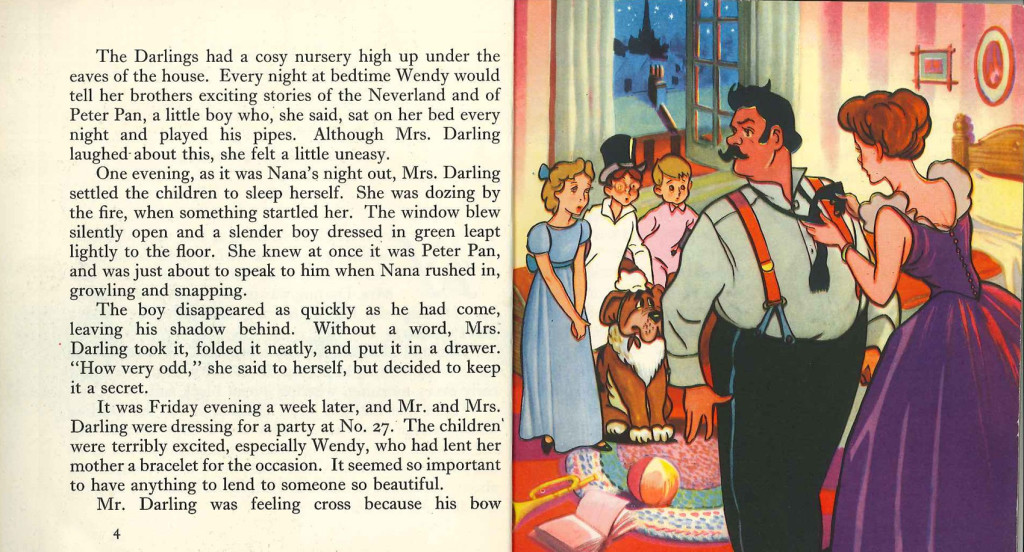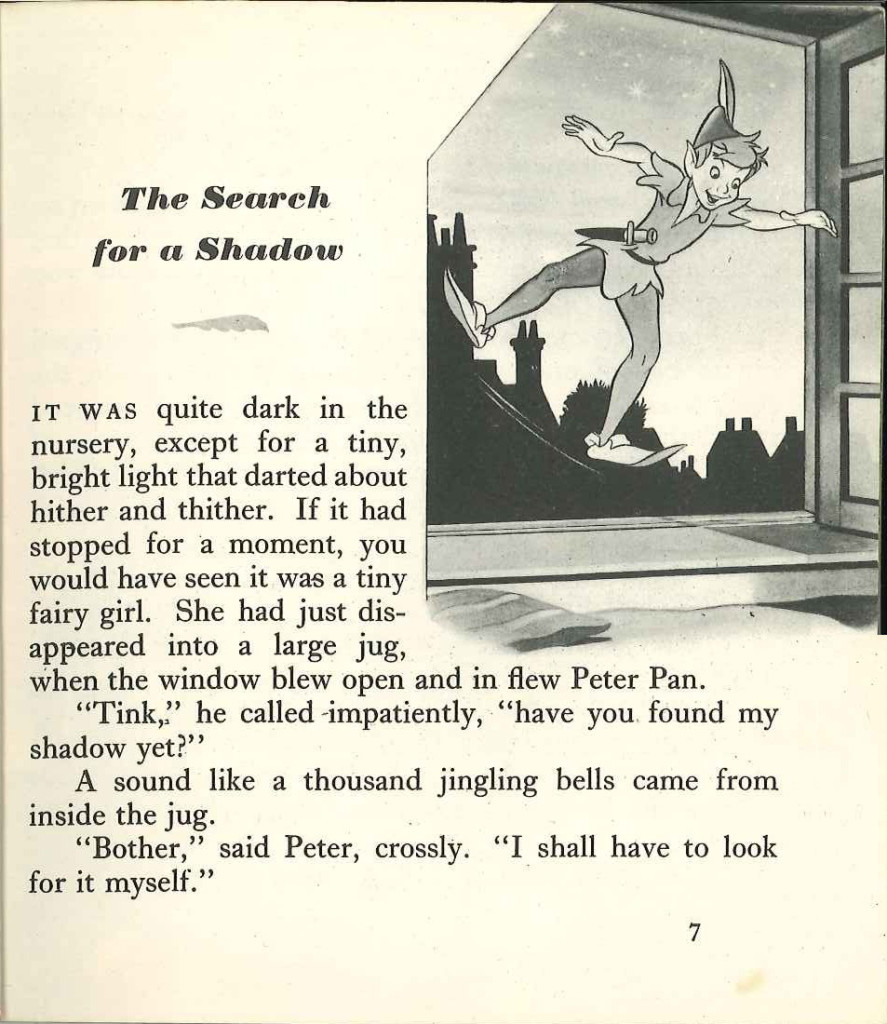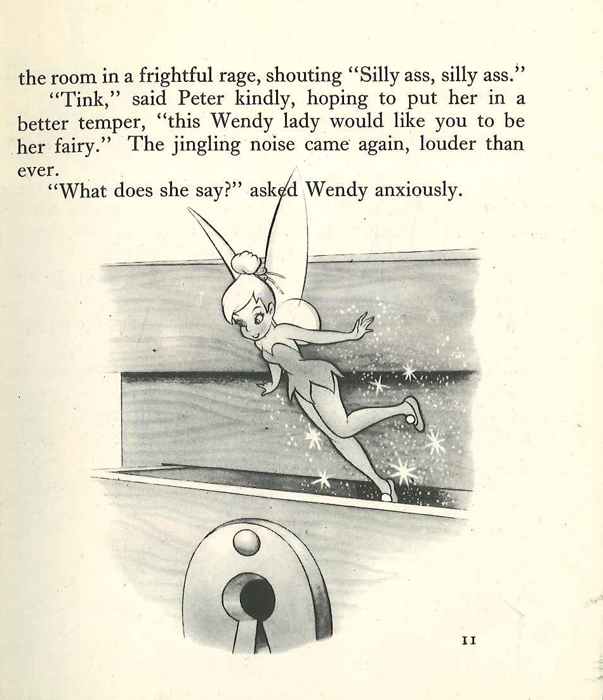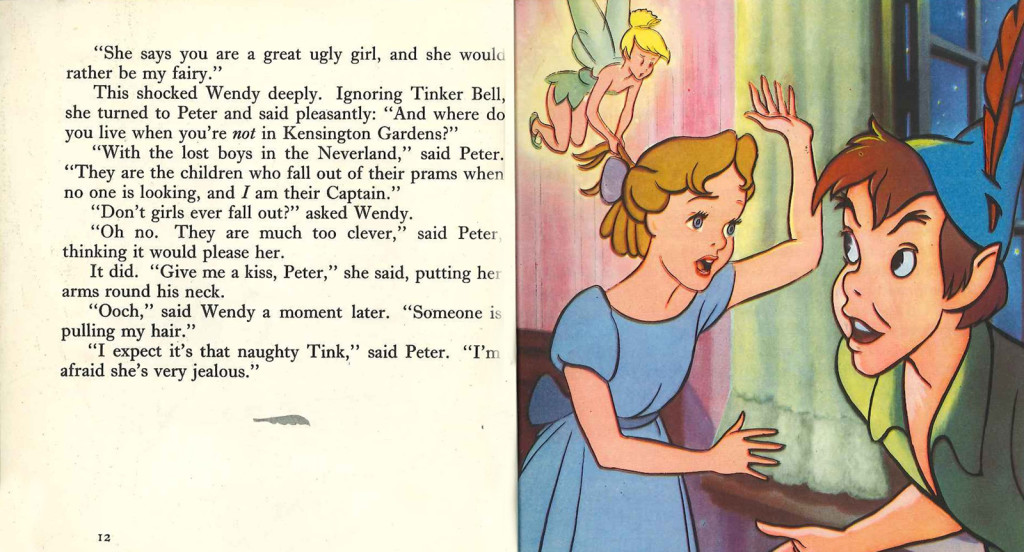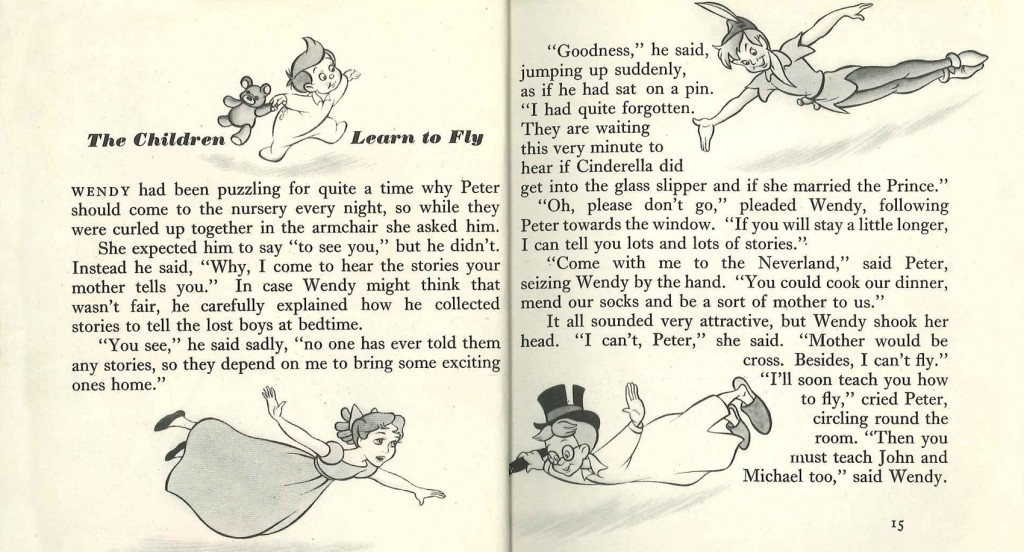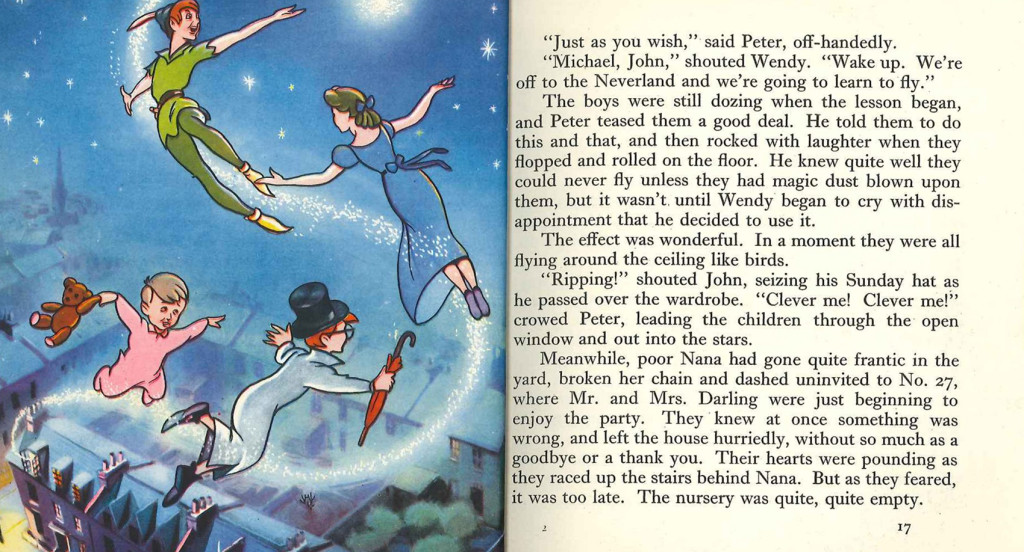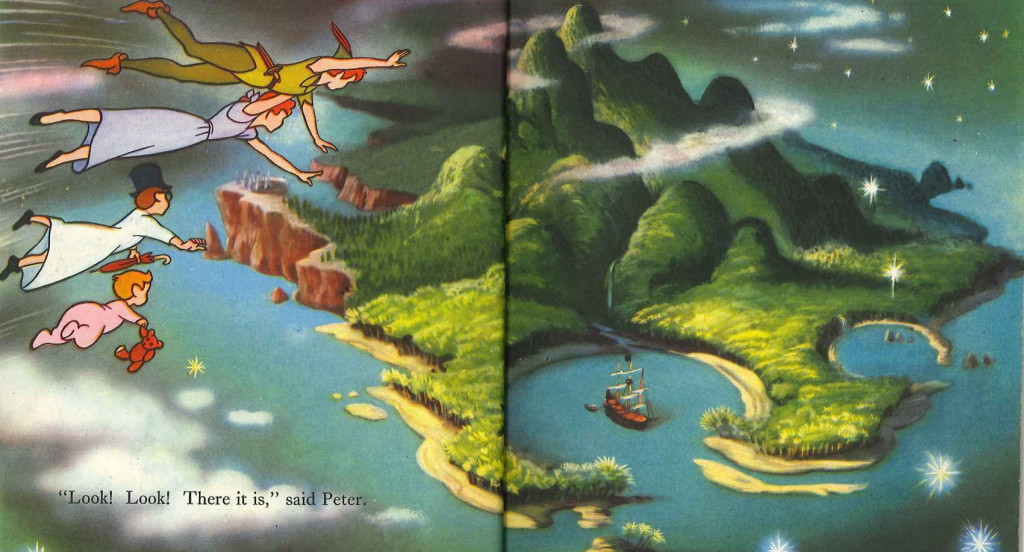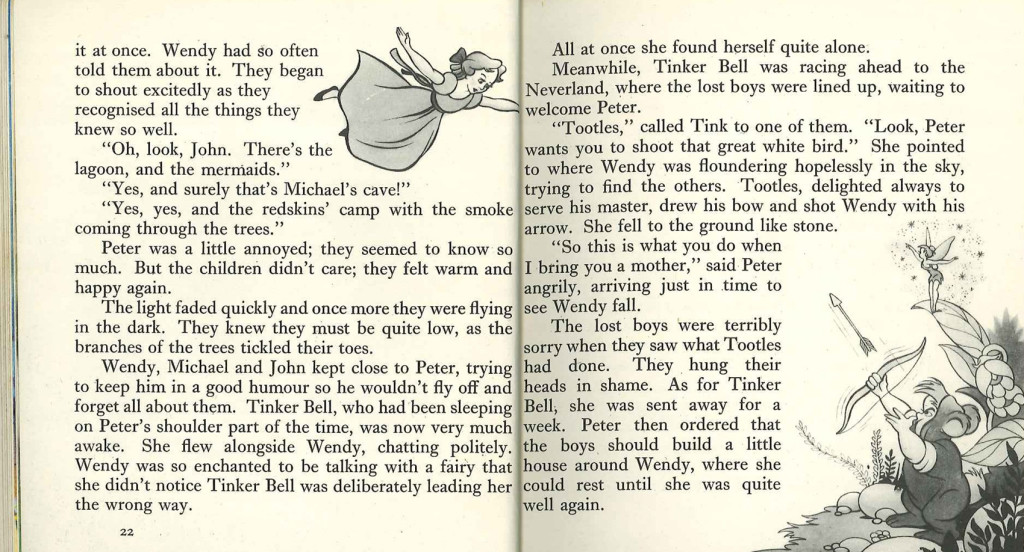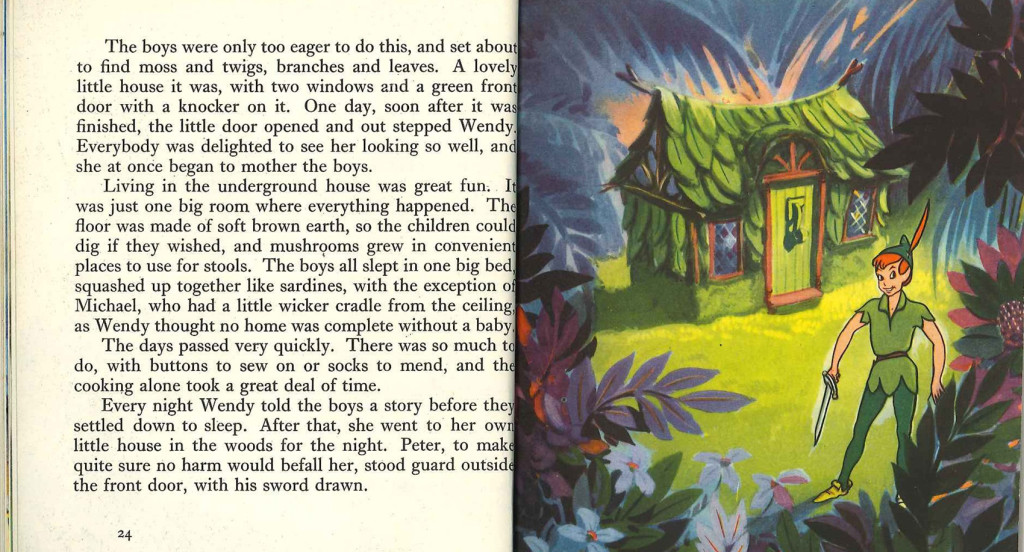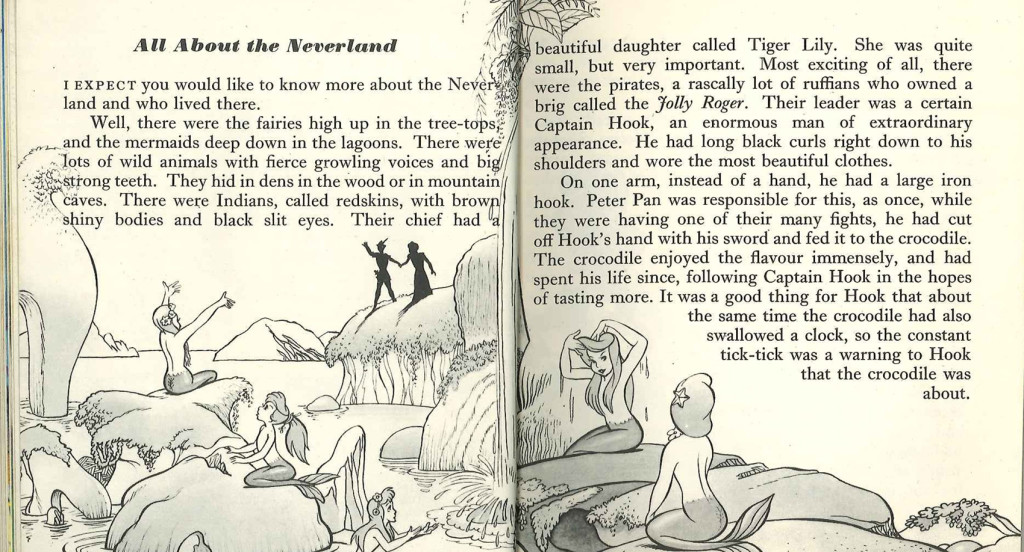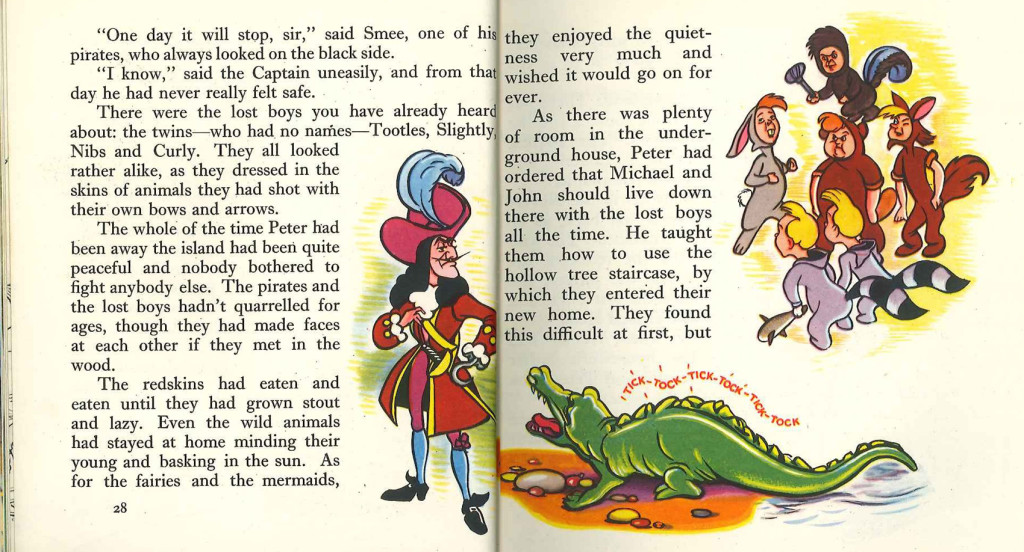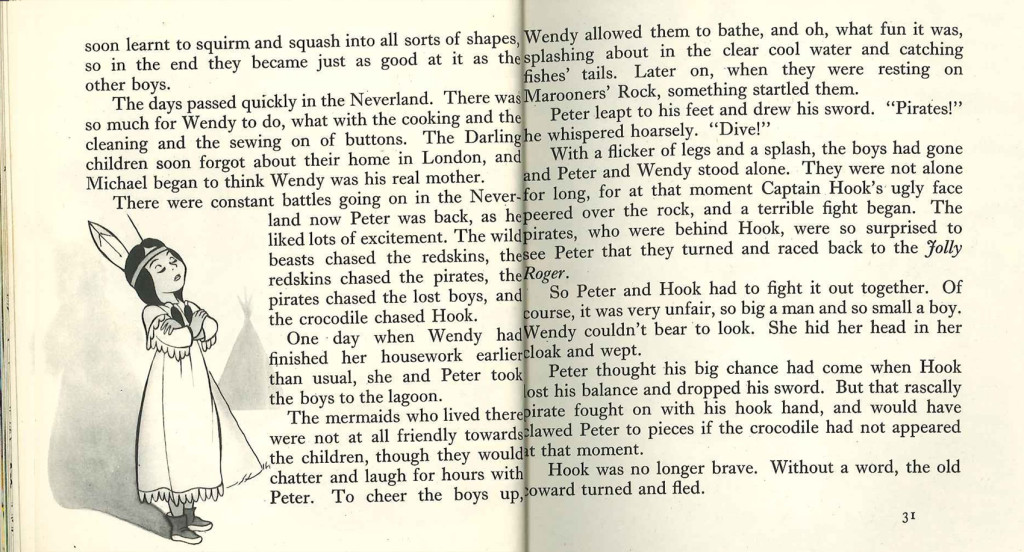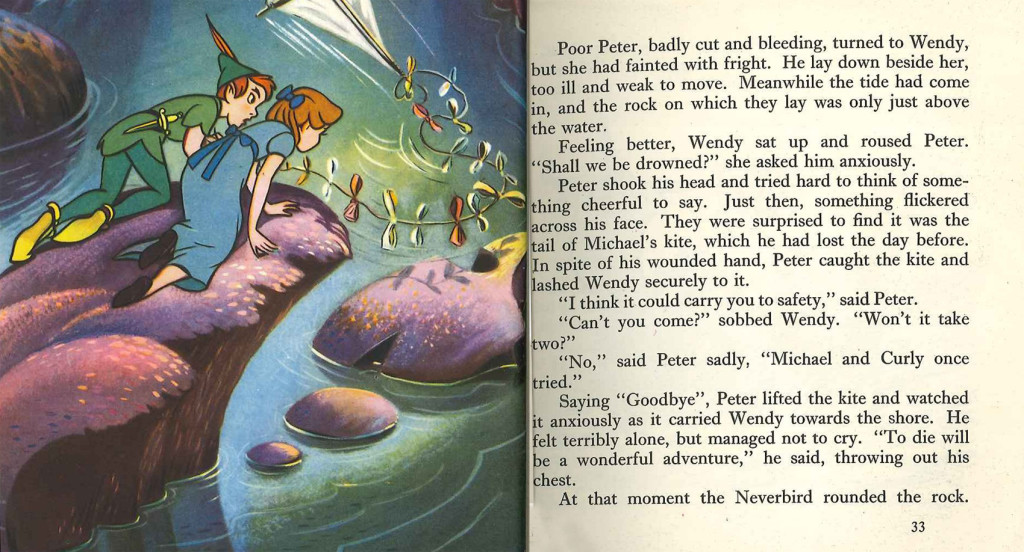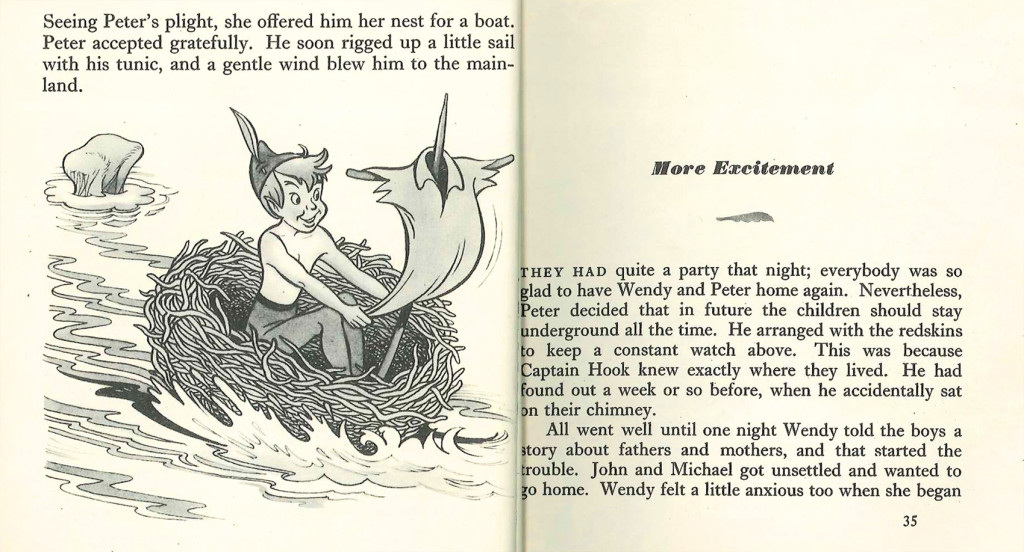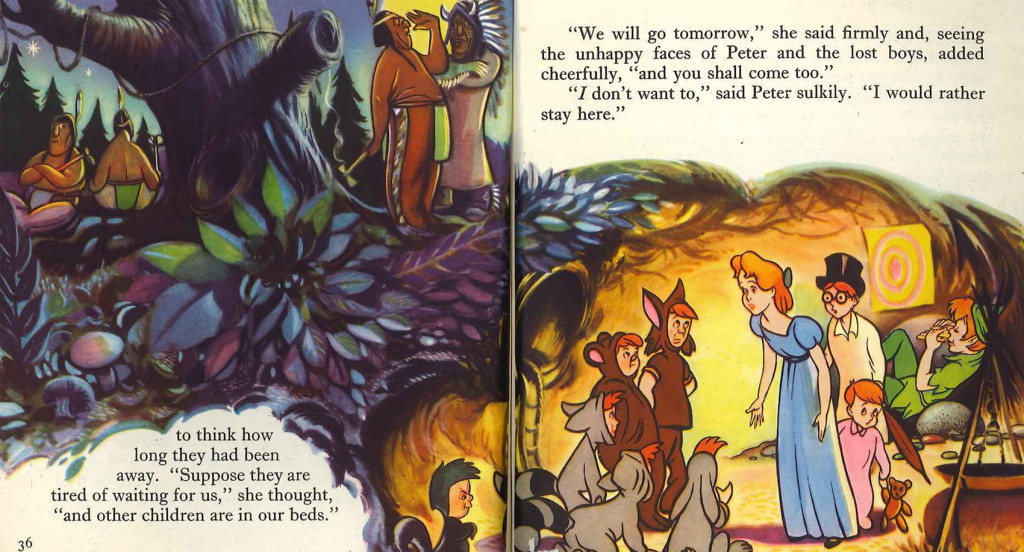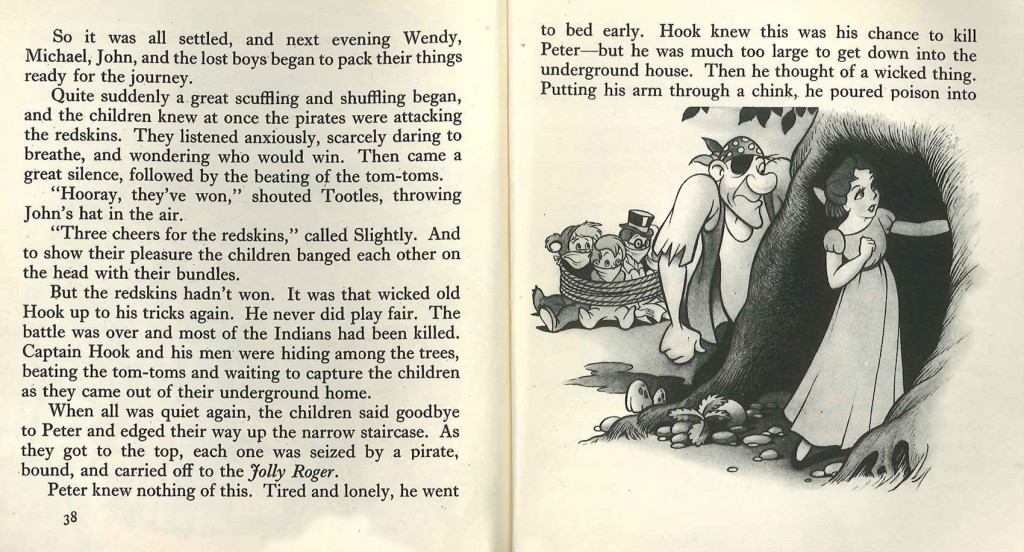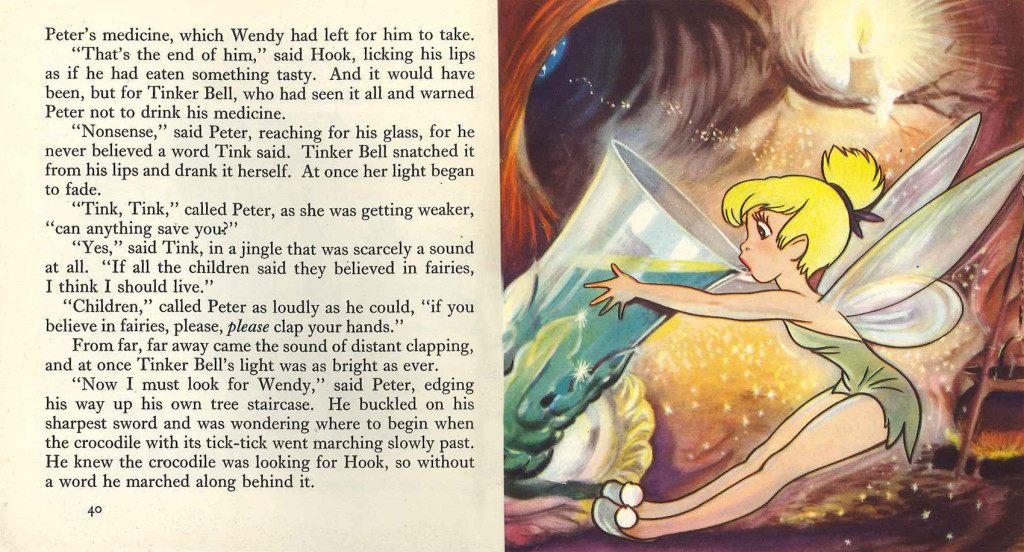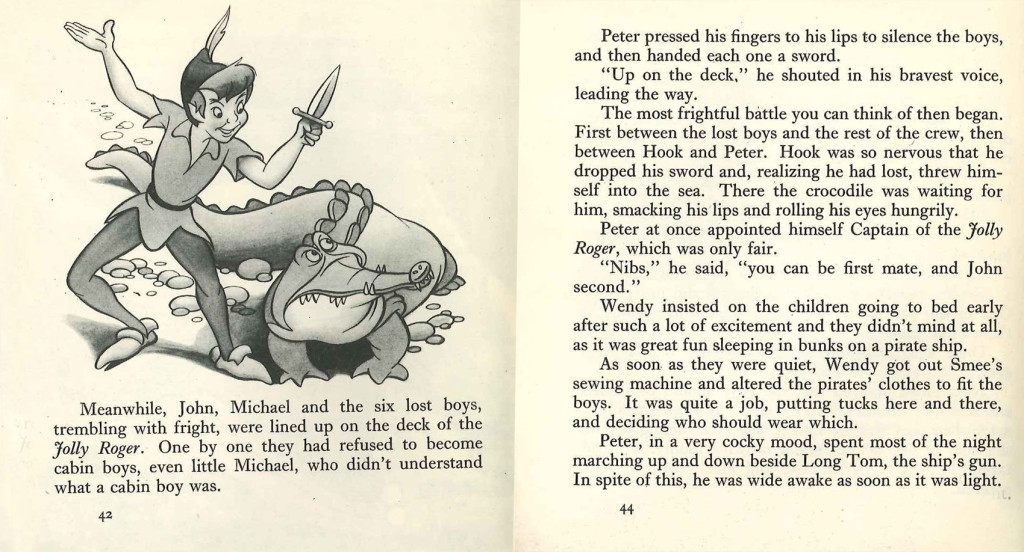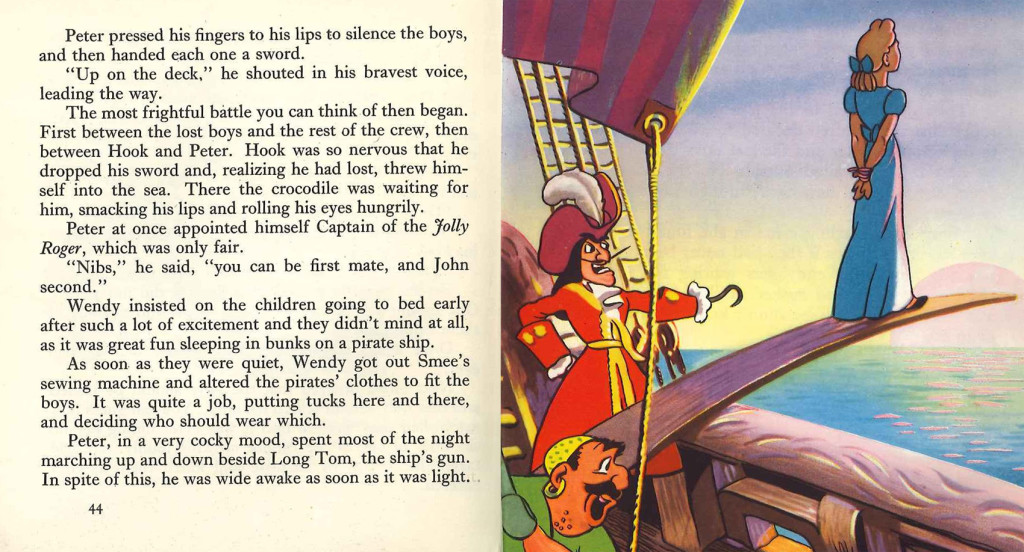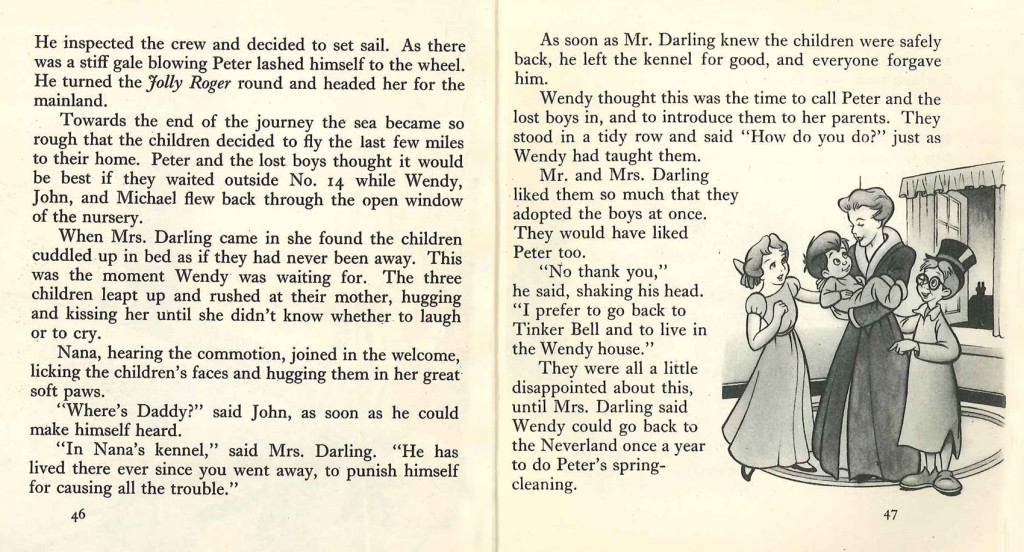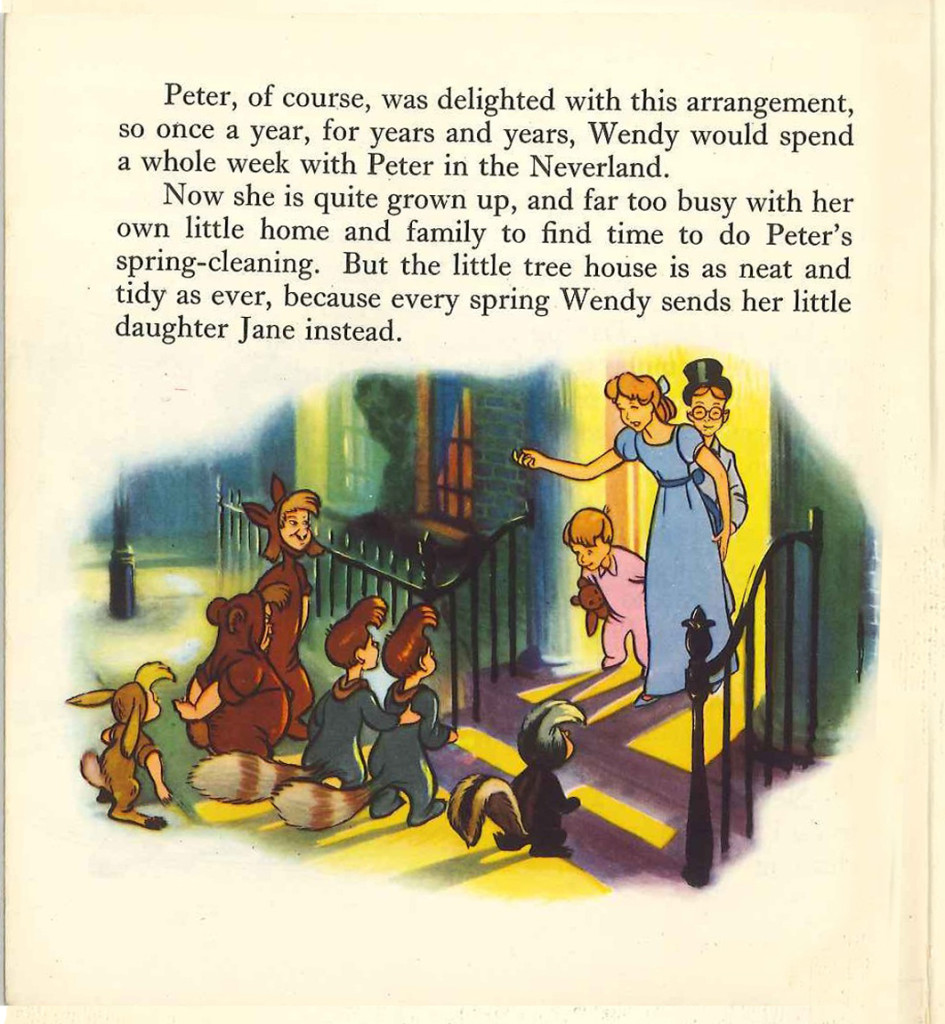Category ArchiveBooks
Books &Commentary 30 May 2013 04:36 am
Art of Brave
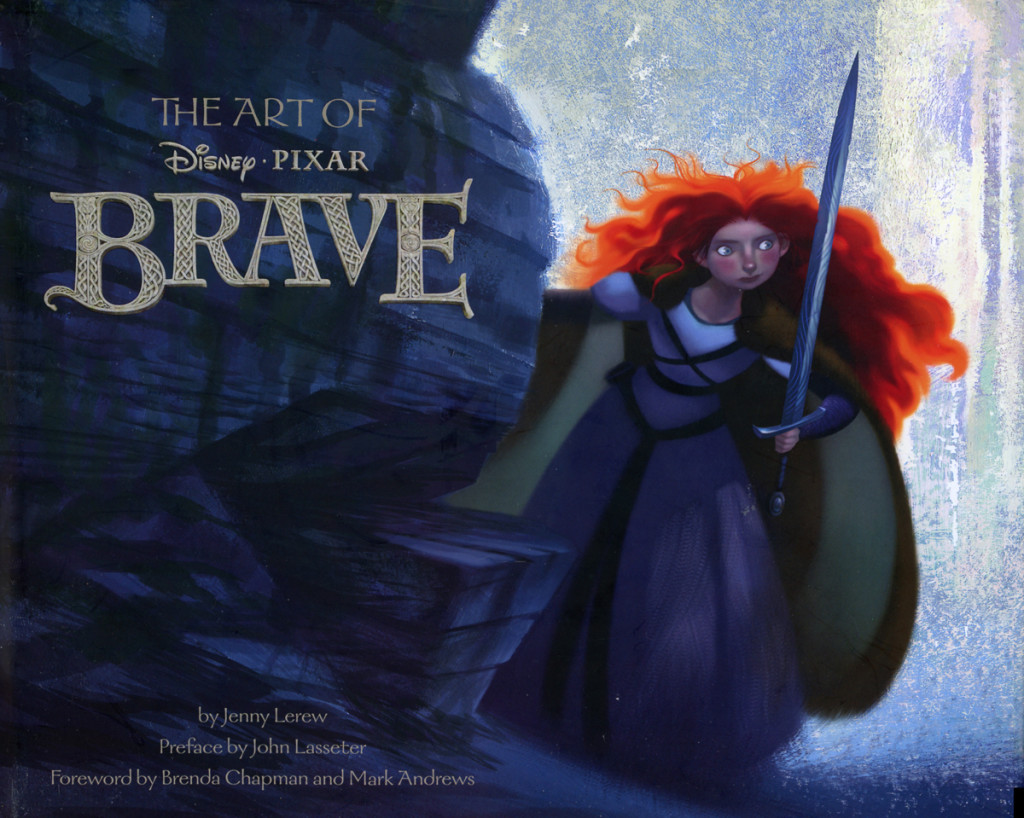 I didn’t get to review an animation book last year and have sorely wanted to. The publisher was going to send a copy, then they couldn’t, then it was too late, and then, lo an behold, I received a copy of Art of Brave by Jenny Lerew. Chronicle books has long been a favored publisher of mine – at least of art books, particularly animation art books. Their attention to detail is usually great and meticulous. That’s definitely true of this volume.
I didn’t get to review an animation book last year and have sorely wanted to. The publisher was going to send a copy, then they couldn’t, then it was too late, and then, lo an behold, I received a copy of Art of Brave by Jenny Lerew. Chronicle books has long been a favored publisher of mine – at least of art books, particularly animation art books. Their attention to detail is usually great and meticulous. That’s definitely true of this volume.
I’m delighted to finally have a copy for my library, The book is a beauty. The Production Designer, Steve Pilcher has an enormous volume of art here and all of it’s incredible. Whether pen and ink, chalk, acrylic or digital his artwork is jaw-droppingly beautiful, and the bulk of the work seems to be his. Others such as Noah Klocck for his digital renderings, Mike Mignola and his great ink & paint character sketches, or Matt Nolte’s pencil sketches, Mark Andrews’ sketchbook drawings or Nelson Read’s castle details; they’re all terrific artwork. Cassandra Smolcie gives complex Celtic Graphics, and, of course, Tony Fucile offers beautiful character drawings. The Art backing up Brave is overwhelming. How could they NOT make such a beautiful film?
Jenny Lerew, the book’s author, comes in quietly and before we know it we’re reading about the film’s beginnings and its make up. We get a good picture of Brenda Chapman who originated the film almost fully formed, and, because of the steady writing of Jenny Lerew we can easily see how the film grew. Unlike many other books of this sort Jenny doesn’t shout out her writing, but she just goes about the business and articulately explains the production for us. We see past the initial pitch meetings right to the green light.
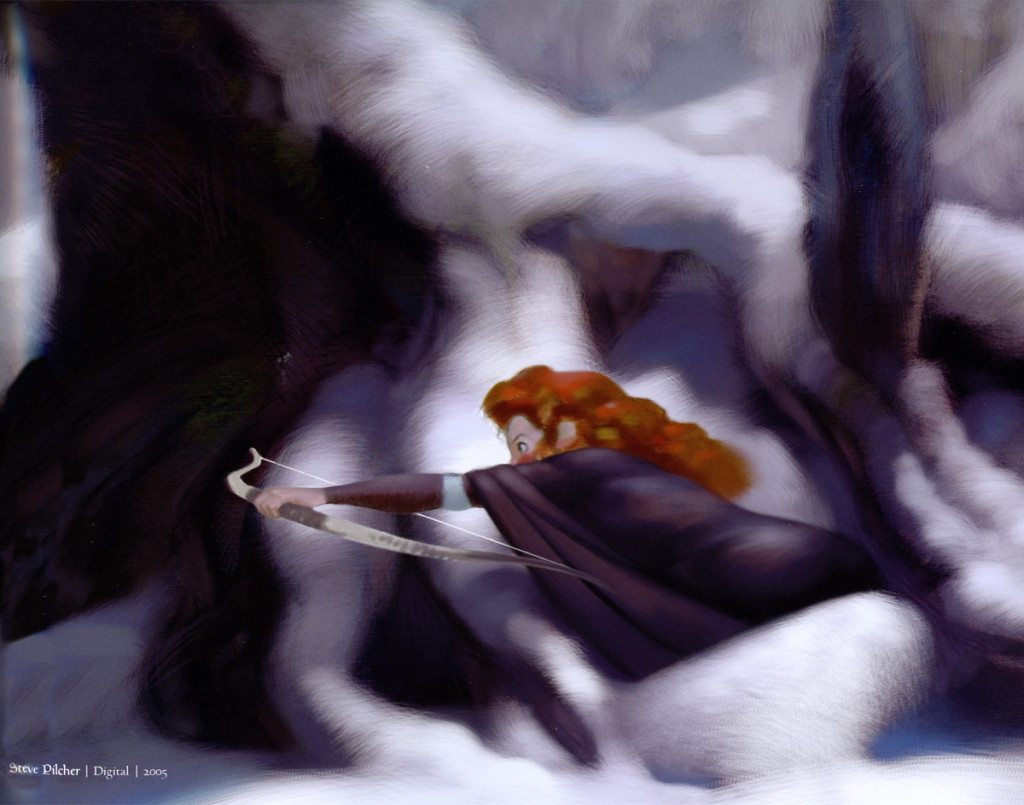 1
1
The heavy duty politics that must have accompanied this movie – Brenda Chapman having been replaced midstream as director – isn’t even discussed (or maybe I missed it). What is detailed is the development of the film, particularly its story, and even more pointedly the “Art”.
We do learn that the imagery goes from almost 100% snowbound settings to a wider variation. This is most definitely one of Mark Andrews‘ directions in taking the reigns. And with that knowledge I can’t but help wonder whether it was a good change.
I might have enjoyed seeing the book go a bit more into the cgi realm. We have all these glorious hand-painted images, but when does it get interpreted into the digital? Not even much discussion of the true heart of this film’s story – the hair. Merida’s beautifully flowing mane of curls. It’s a wonder of computer animation that they pulled it off. Ang Lee had Richard Parker, Brave had that red hair! Both won Oscars for their achievements.
As a gossip-hound I would have liked seeing some of the dirt to know what happened, but the plan and the method is to just tell about the art of Brave. In her closing acknowledgement, Jenny Lerew says she went directly to Brenda Chapman to ask what she wanted seen in the book. Chapman said that “. . . what mattered most to her was that the book would shine a light on the artists, the crew who had worked so hard and for so long and achieved such beautiful results.” This is definitely the book Lerew has written.
Storyboards
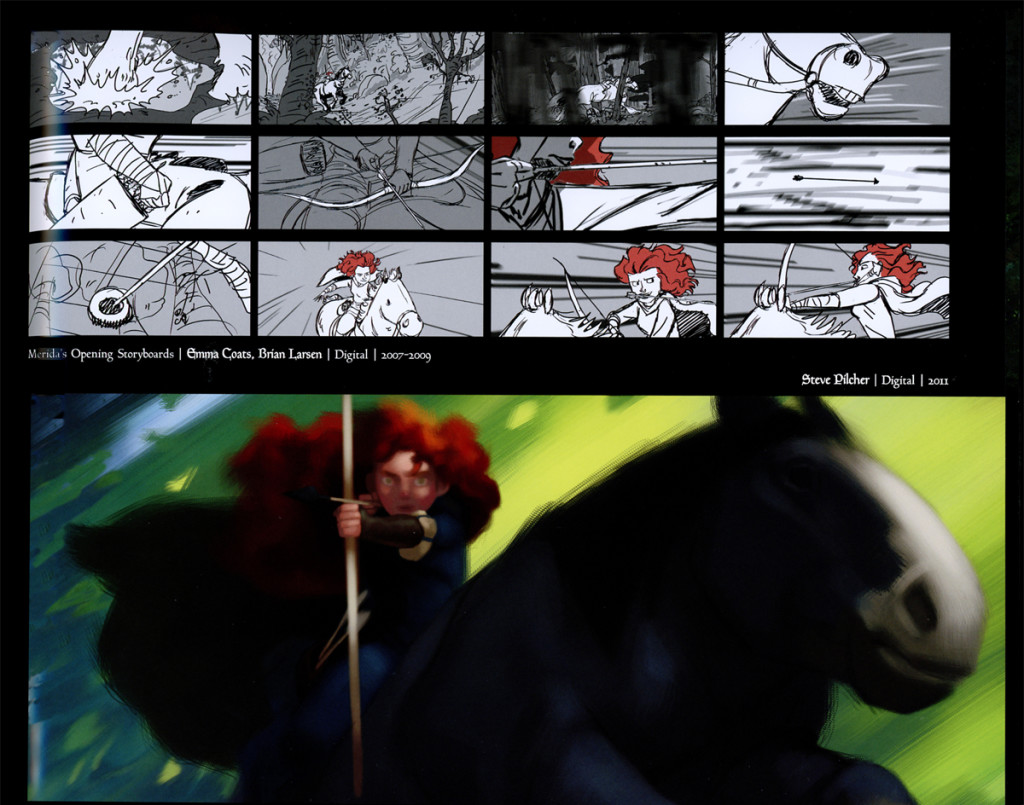 7
7
It’s only natural that a good number of illustrations display
the storyboard. Jenny Lerew, the book’s author, is
a talented storyboard artist.
The stunning artwork and the confident writing of Jenny Lerew make this, for me, a valuable book that I’m glad to have as part of my animation library.
.
Art Art &Books &Theater 29 May 2013 07:12 am
Robert Wilson’s Alice
I love Robert Wilson‘s work. He’s an artist who creates theater and theatrical events. His opera, Einstein on the Beach, composed by Phillip Glass, made the reputations for both of them. Wilson has worked with many of the key avant garde composers, everyone from David Byrne to Tom Waits. He’s done many pieces with Phillip Glass.
His work, Alice, premiered in 1992 at the Thalia Theater in Germany. The song score was written by Tom Waits and is an original. The story combines the story of Alice Liddell with Carroll’s invention.
I saw the show in 1993 when it played at the Brooklyn Academy of Music and was completely taken by it. This souvenir book was sold at BAM. The first half focuses on Alice Liddell’s life as well as Carroll’s writing. This part of the book is in German and is illustrated with a lot of drawings done by Carroll,
The second half begins with paintings and sculpture that Carroll did, inspired by the work. Then you get a copy of the play illustrated with quick sketches by Wilson.
Here are those two sections. (Click any image you want to enlarge to read.)
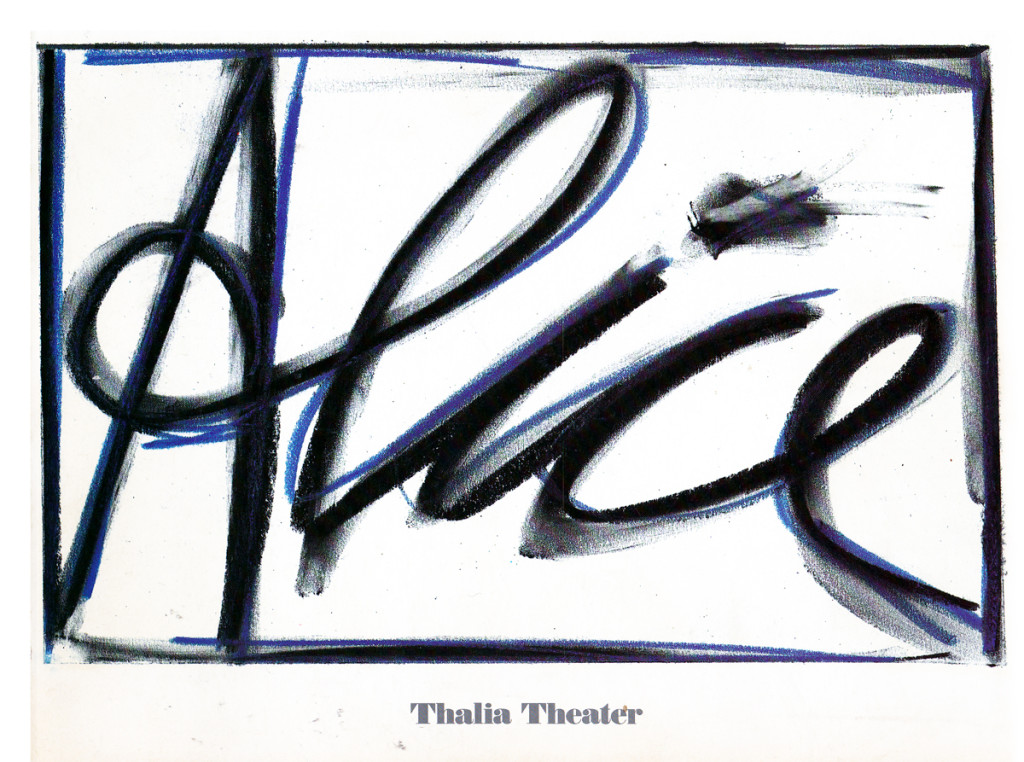 1
1
Books 27 May 2013 05:14 am
Tekenfilm
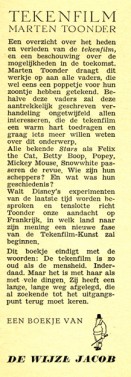 - Marten Toonder lived through much of the history of Dutch animation. (Like many other throughout Europe he gained the moniker of the “Walt Disney of Holland.”)
- Marten Toonder lived through much of the history of Dutch animation. (Like many other throughout Europe he gained the moniker of the “Walt Disney of Holland.”)
He was born in 1912 and died July, 2005. In 1940, with puppet animator, Joop Geesink, he formed the Geesink-Toonder Studio. The break-up of the two led to his forming the Toonder Studio in 1942.
He left this studio, as tituilar head, to get back to illustration in 1965, and ultimately retired in 1977.
Toonder is probably best remembered for his several successful comic strips. You can visit a sample of these here or here.
He made animated shorts of his comic strip, Tom Puss, which you can see on YouTube.
I make Toonder the subject of this post because I have an early book about animation which he wrote. Called Tekenfilm, it seems to have been written in 1946; at least that’s the only date I can find in the smallish publication.
It’s in Dutch, so I’m not able to read the book. However, I thought I’d post a couple of pages of the book . I haven’t been able to find any reference to the publication to date. ___________________The book’s flyleaf – in Dutch
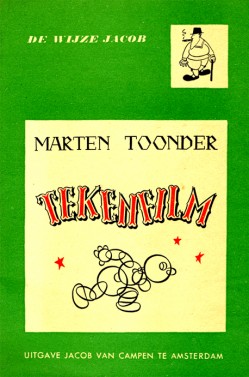
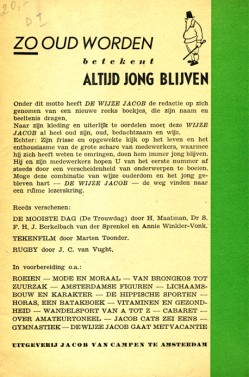
The book’s Front cover & Back cover
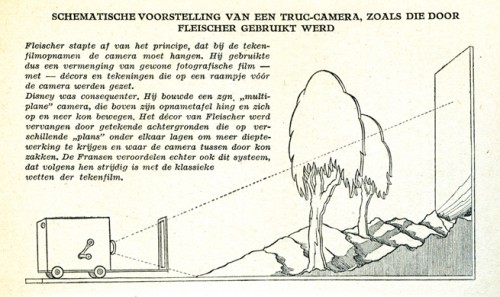
Here the Fleischer studio gets credit for the Multiplane Camera.
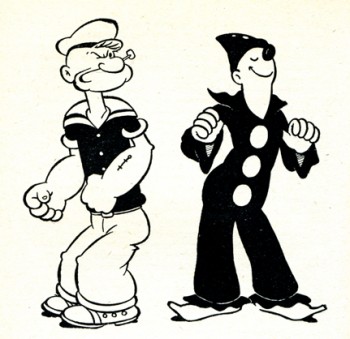
I like the way Popeye is drawn. Koko looks more on model.
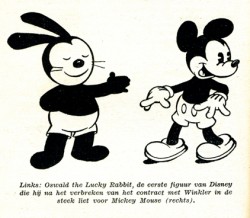
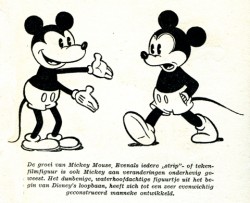
A wierd looking Oswald leads to Mickeys.
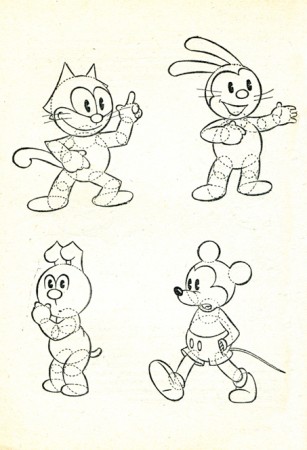
How to try to draw some characters.
Where’s Bugs?
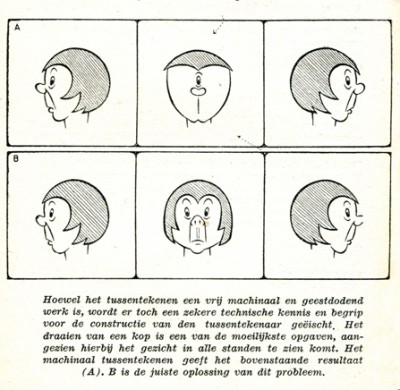
Here’s a lesson you still don’t see in many animation books.
How not to draw the mechanical inbetween.
His solution isn’t the best.
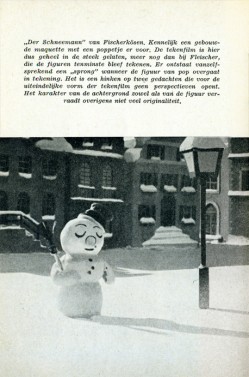
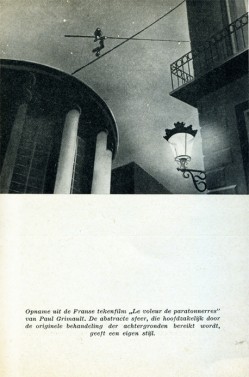
Ending with two European cartoons of merit from 1944:
The Snowman in July by Hans Fischer-Kösen
and Voleur de Paratonnerres by Paul Grimault
Bill Peckmann &Books &Comic Art &Illustration 24 May 2013 05:54 am
The SmokefromGasoline Alley – pt.2
This is the second part of the book for youngsters written and illustrated by Dick Moores from his comic strip, Gasoline Alley. Moores took over the strip when Frank King, the originator, retired. I’ve written frequently that i love this edition of the strip. Dick Moores’ open, rounded line work is just beautiful to me, and I like his compositions as well.
It’s interesting in this book how he keeps to closeups of the characters leaving a lot of white space to work against his linar shading. Only rarely do we get a longer, establishing shot of the scenes. It’s quite effective in its own way and, at the same time, gives it a variance to the strip done for syndication.
Many thanks to Bill Peckmann for scanning and forwarding the book to us for posting. I love it.
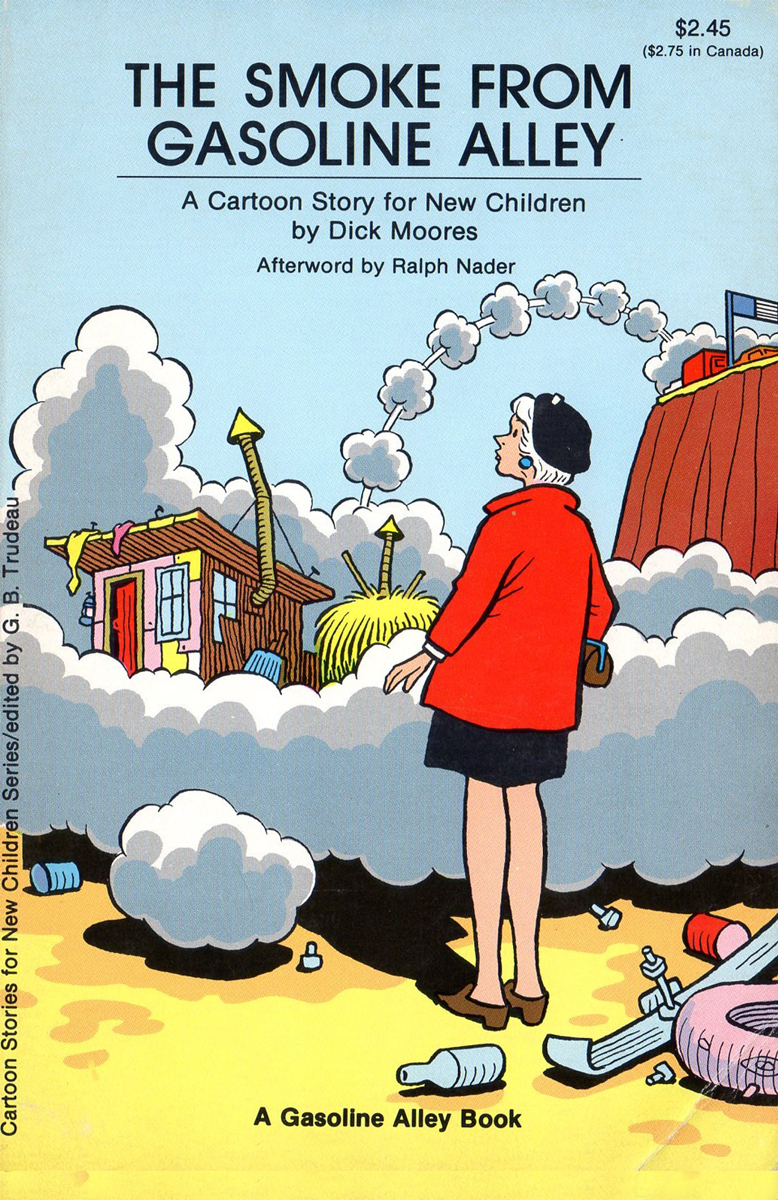
Book Cover
Bill Peckmann &Books &Comic Art &Disney 23 May 2013 06:36 am
Junior Woodchucks
Bill Peckmann forwarded this wonderful package of comic stories. They’re three Junior Woodchuck stories by Carl Barks; classic ones, at that. It’s always great fun to revisit the Donald stories by Barks, so without any more wasted time, here we go to Bill:
- In 1951, Donald Duck comic book artist Carl Barks had stepped up to the next level of his extraordinary creative powers. Lucky for us little ankle biters then, that was the year he introduced Duckburg’s memorable kid’s organization, the “Junior Woodchucks”. (Boy, did we all long to join up also!)
Here from that year are two of the first JW stories. It only went uphill from there, the JW’s eventually got their own comic book.These couple of stories are reprinted and re colored from Gladstone Publishing.
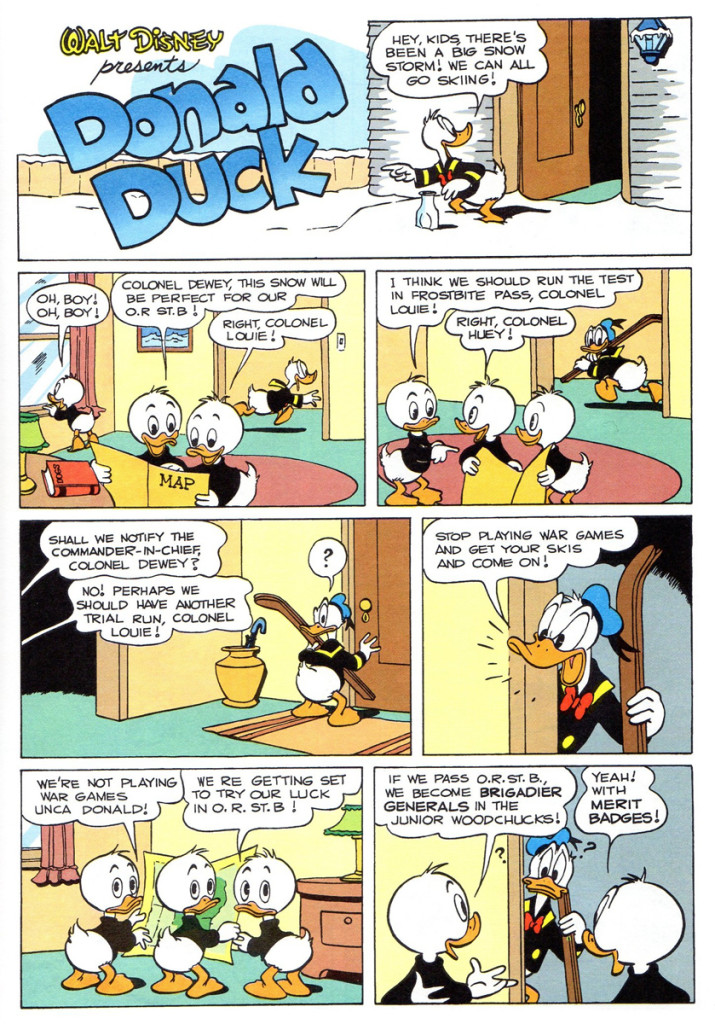 1
1
The first “Junior Woodchucks” story appeared in “Walt Disney’s Comics and Stories” #125, Feb. 1951. This second story is from “WDC&S” #132, Sept. 1951.
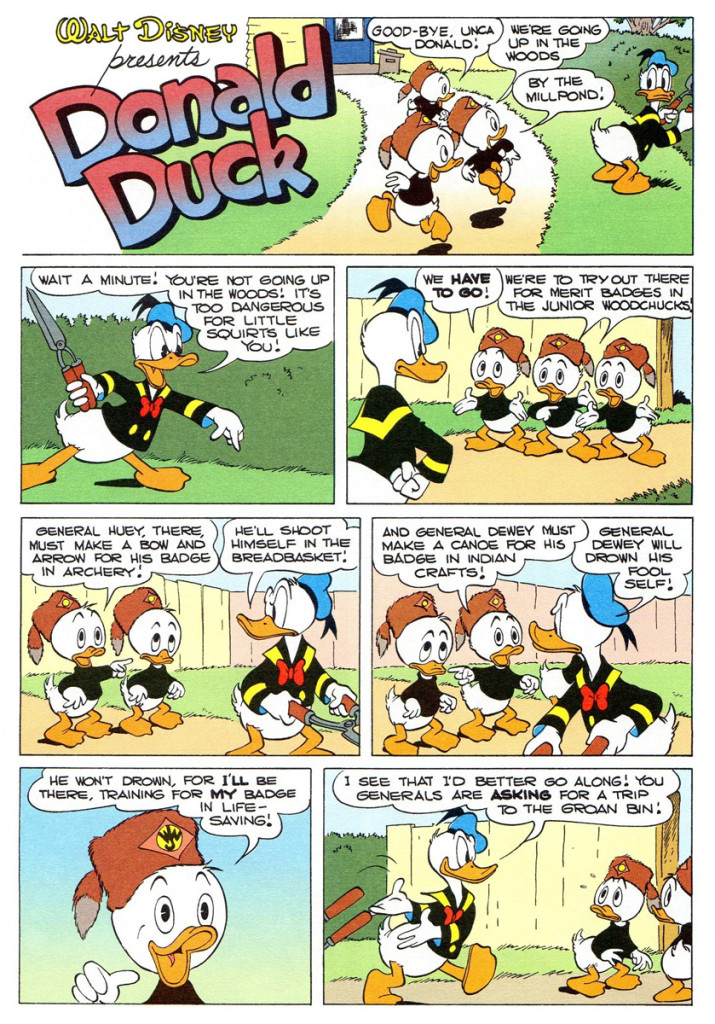 11
11
“Walt Disney Comics & Stories” #132 gave us little squirts an extra bonus; not only did it contain a Donald Duck story by the “good guy artist”, there was also a second story in that issue illustrated by his deft hand! Even though the “Grandma Duck” story wasn’t written by Barks, it still has the master’s touch in all of those beautifully rendered panels.
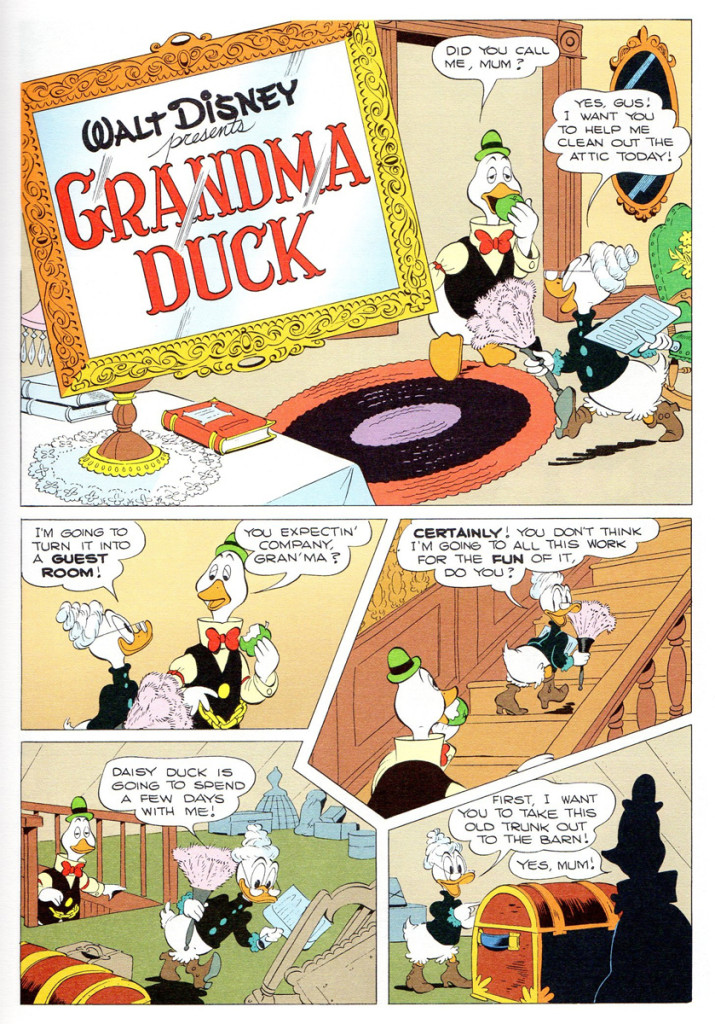 21
21
Action Analysis &Animation &Books &Commentary &Disney 20 May 2013 05:54 am
Illusions – of Life
I started discussing some of the thoughts put forward in The Illusion of Life, the book by Frank Thomas and Ollie Johnston. I had some major problems with some of the discrepancies in that book. Here’s the second, a continuation of that post.
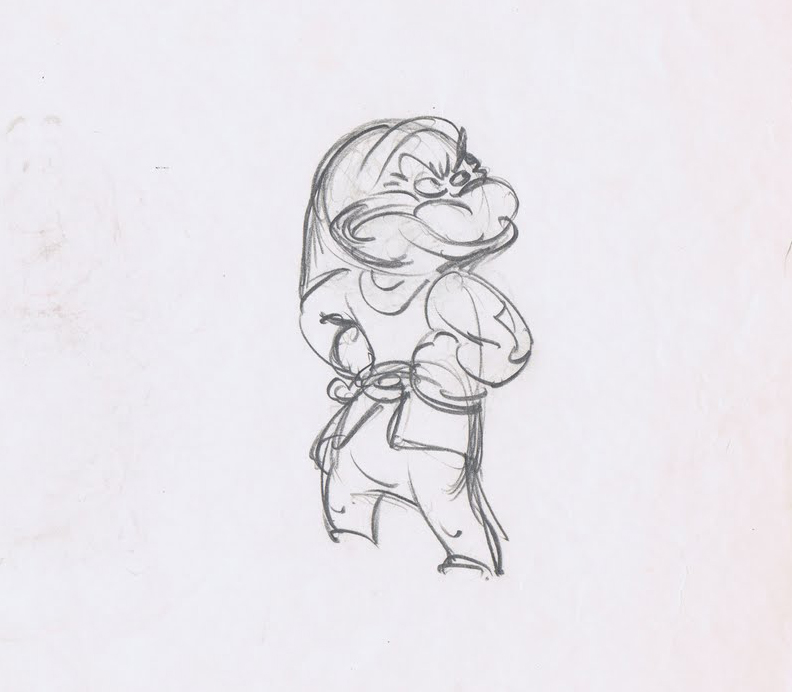 It cannot be doubted that without the speedy roughs, there would never have been the brilliance of Tytla‘s best work or Ferguson’s great comic animation.
It cannot be doubted that without the speedy roughs, there would never have been the brilliance of Tytla‘s best work or Ferguson’s great comic animation.
- On page 39 of the book, we read, “Walt introduced two procedures that enabled the animators to begin improving. First, they could freely shoot tests of their drawings and quickly see film of what they had drawn, and, second, they each had an assistant learning the business who was expected to finish off the detail in each drawing. Walt was quick to recognize that there was more vitality and imagination and strength in scenes animated in a rough fashion, and he asked all animators to work more loosely. The assistant would ‘clean up’ these drawings that looked so sloppy, refining
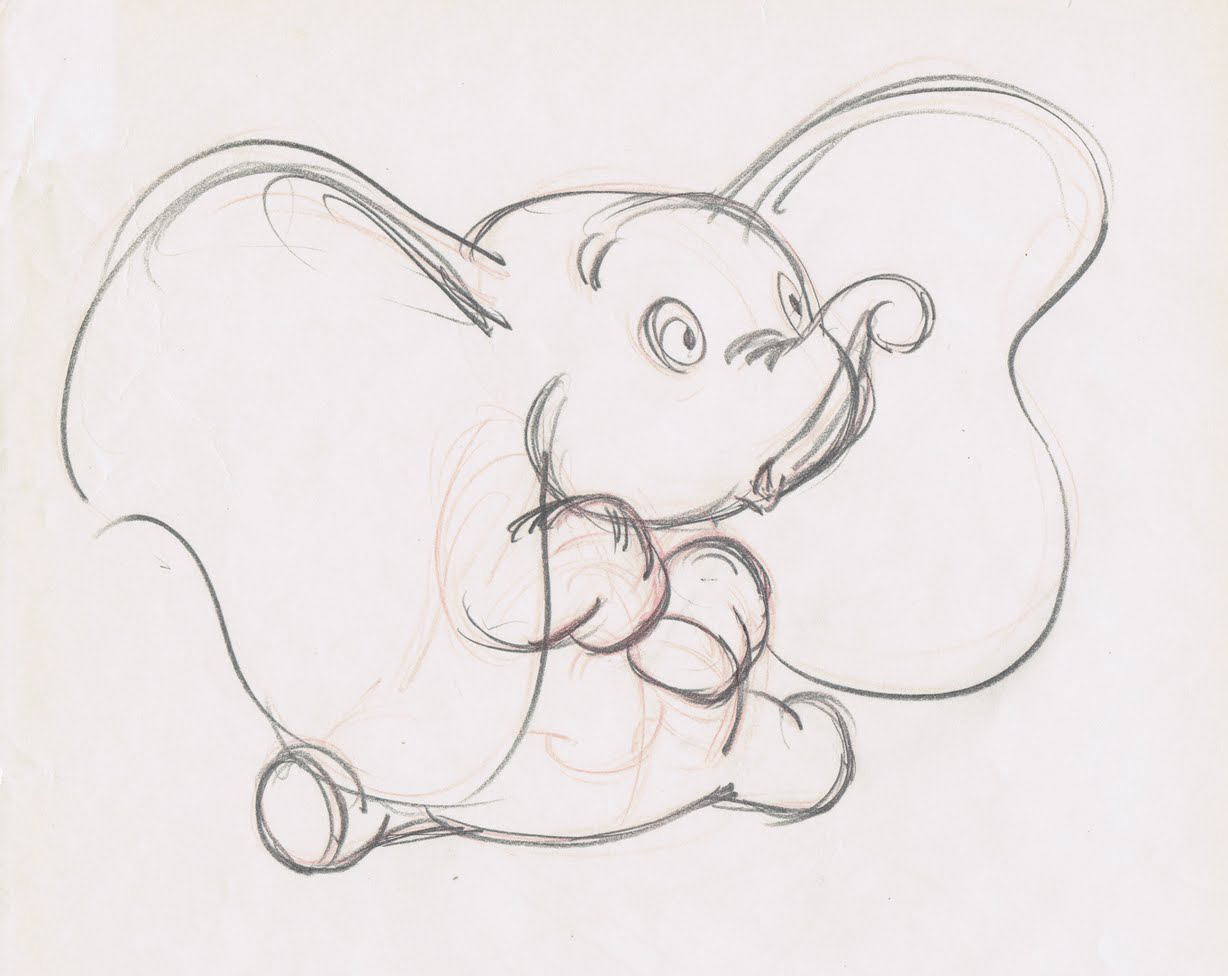 them to a single line that could be traced by the inkers onto celluloid. The assistants became known as ‘clean-up men,’ and the animators developed one innovation after the other, achieving effects on the screen that no one had thought possible. In some cases, the drawings were so rough it was difficult to find any cartoon figure inside the tangled swirl of lines, and the men who made a duck or a dog out of smudges and scratches had to have a very special type of knowledge.
them to a single line that could be traced by the inkers onto celluloid. The assistants became known as ‘clean-up men,’ and the animators developed one innovation after the other, achieving effects on the screen that no one had thought possible. In some cases, the drawings were so rough it was difficult to find any cartoon figure inside the tangled swirl of lines, and the men who made a duck or a dog out of smudges and scratches had to have a very special type of knowledge.
Shooting tests of scenes while they were still in the rough enabled the animators to check what they had done before showing it to anyone. Any part that was way off could be corrected quickly and
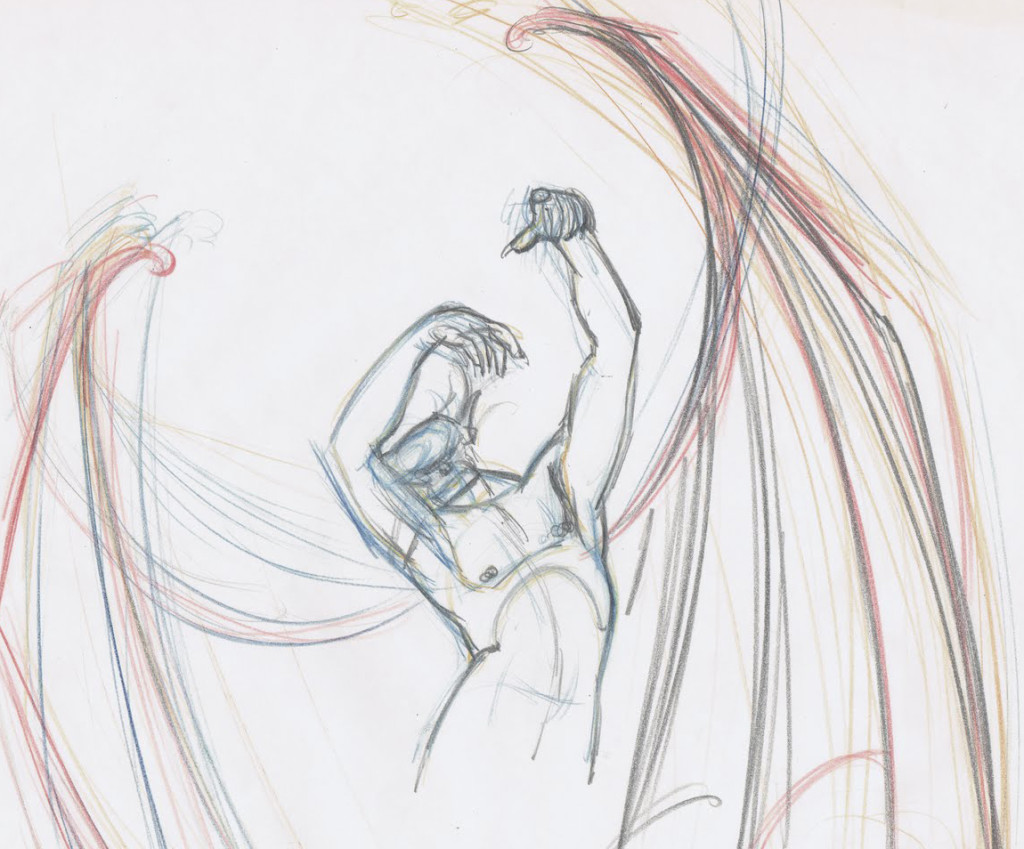 shot again. This encouraged experimentation, exploration, and imagination, quickly promoting a closer bond among the animators.
shot again. This encouraged experimentation, exploration, and imagination, quickly promoting a closer bond among the animators.
- Yet on page 229 the authors turn to side with management when they suggest that “. . . a new procedure called ‘Touch-up’ was instigated. It asked that the animator draw slowly and carefully enough so that the assistant need only touch up the drawings here and there to make them ready for the Ink and Paint Department. By this time all of our animators had become more skillful and were able to adjust to the new idea without noticeable damage to the product. Top quality clean up work is needed on only a handful of scenes in any sequence, and a great variety_____________Three Tytla ruffs
of shortcuts can be used on the balance
to make them acceptable.”
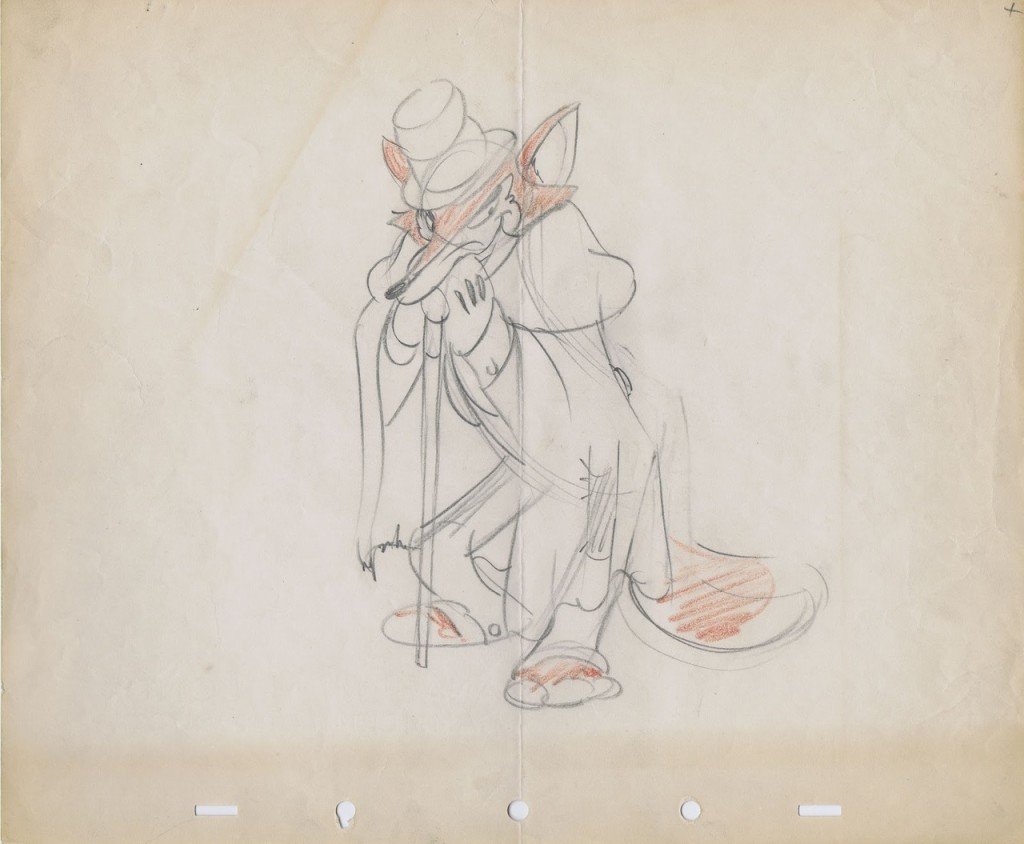 In short, this means that the older nine men and some of the other more seasoned veterans could work clean because they were already brilliant at the animation thing. Whereas Walt had demanded that animators, in the 1930s, work rough so as to keep the animation as loose and free and alive as possible.
In short, this means that the older nine men and some of the other more seasoned veterans could work clean because they were already brilliant at the animation thing. Whereas Walt had demanded that animators, in the 1930s, work rough so as to keep the animation as loose and free and alive as possible.
It also veered toward Milt Kahl’s pleasure at seeing hos own lines used in the newly developed Xerox outline in the final ink & paint. If the assistants would indiscriminately erase only some of the animators’ lines leaving many other key lines (including, at times, construction lines for the face and body parts). Kahl’s ego wanting to see his own beautiful line meant superseding color inking – as had been done in the past._______A relatively clean drawing by Norm Ferguson
Using this new procedure would mean a need for fewer clean-up artists who could work faster and with fewer problems, thus speeding up the footage rates. It also depended on the animators, such as Thomas and Johnston who worked fast enough, that the footage rates were now closer to what they could turn out.
One wonders if this new found speed would also cut into the imagination of the scenes these men animated. (By they way, I use the term “men” because Johnston and Thomas do not once in this book consider the possibility of a female animator. It’s always”men” or “he” or “him”. Old prejudices die hard; though I suspect the two had no problem with the idea of a female animator. In fact they always bowed low in front of Tissa and her abilities. And I’m certain they were not patronizing her in any way.
One wonders if a chink in the armor hadn’t developed then and there in the animation production. Younger people would do all they could to work clean, thus handicaping the animation they turned out.
As a long-time assistant, I know that my animation has been tight to the extreme, annd more than once Jack Shnerk advised me to start working rough when I animated. However, as management (I am the boss of my own company and controller of my own films), I sought to turn out the largest output and eliminated any assistant or inbetween working on my material. I sacrificed good animation for speed and production. It has not only hurt my work but my films, and I know it.
Bill Peckmann &Books &Comic Art 17 May 2013 08:25 am
The Smoke from Gasoline Alley – pt.1
- Bill Peckmann sent me a wonderful gift. My absolute favorite are the drawngs Dick Moore‘s did when he took over Gasoline Alley from Frank King. There’s a wonderful roundness to the illustrations; you can almost feel the holes in some of their shoes. This is a wonderfully animatable style. Too bad animation died before any pencils could copy it.
The images are from a book called, “The Smoke from Gasoline Alley.” There are plenty of large pages, and we’ve decided to keep them large to appreciate them. Naturally, the story is also great.
We’ll have to break this into two parts. Here’s #1:

Book Cover
Books &Commentary 13 May 2013 05:36 am
Illusions of Thomas, Johnston & Disney
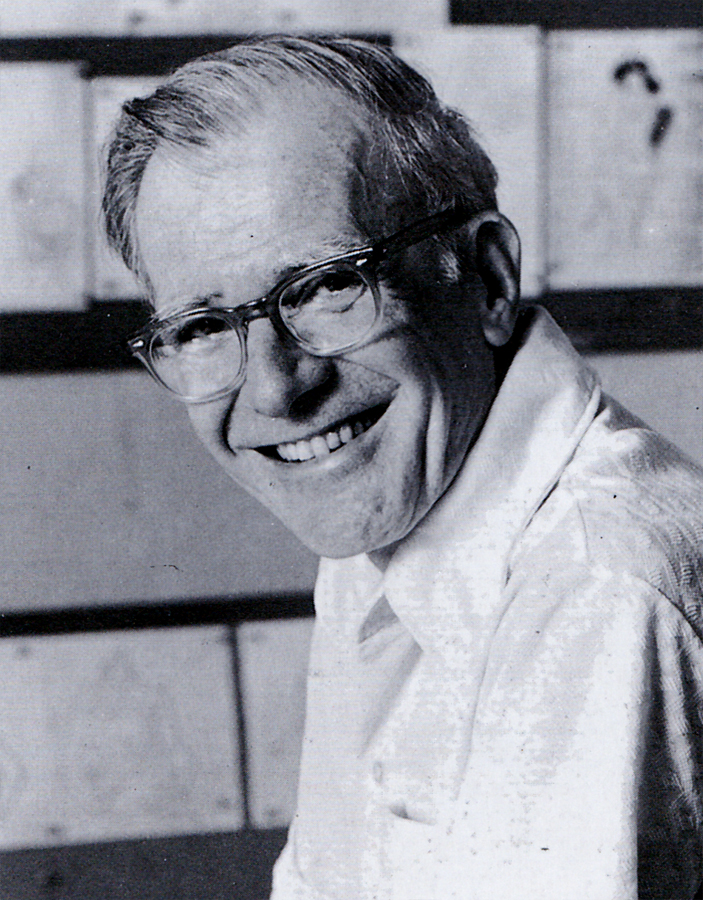 - The Illusion of Life by Frank Thomas and Ollie Johnston was first published in 1981. The book came out with a large splash and overwhelming acceptance by the animation community. It’s since remained the one bible that animation wannabees turn to as a source of inspiration and an attempt to learn about that business.
- The Illusion of Life by Frank Thomas and Ollie Johnston was first published in 1981. The book came out with a large splash and overwhelming acceptance by the animation community. It’s since remained the one bible that animation wannabees turn to as a source of inspiration and an attempt to learn about that business.
I admitted a couple of weeks back that though I must have been one of the very first to have bought the book, I’d never actually read it. I spent hours poring over the many pictures and the extensive captions, but the actual book – I didn’t read it. I can’t say why, but this was my reality.
Then not too long ago, Mike Barrier wrote that he was not a supporter of the book and its theories, I wondered about that writing and decided to reconsider reading it. I knew I had to go back to find out what I’d stupidly ignored, so I started reading.
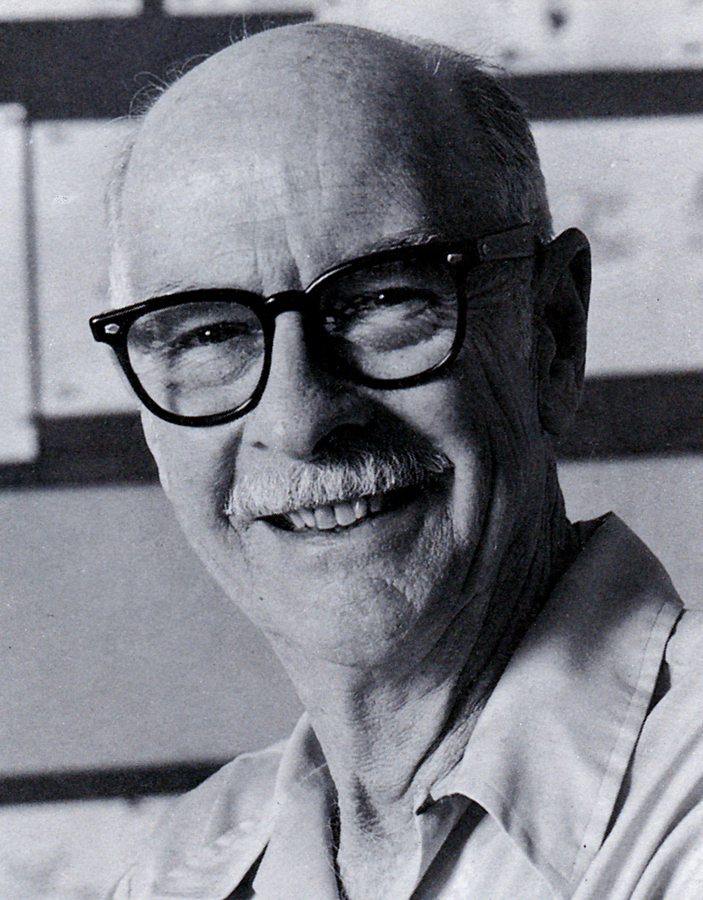
The book starts out with a lot of history of animation, something routine and expected from the two animators that lived through a good part of the story. As a matter of fact Thomas and Johnston were at the center of the history. It didn’t take long for the animation “how-to” to kick in. For the remainder of the book, using that history, the two master animators explained how and why Disney animation was done, in their opinions. They write about processes and systems set up at Disney during their tenure there. They write about theories and methods of fulfilling those theories. There’s a lot for them to tell and they’ve succinctly organized it into this book, as a sort of guide.
However, at two points they go wildly into a divergent path from the one that they started building. Their methods altered and, to me, seemed to be about the finances of doing the type of animation they did, rather than the reason. Impractical as those original theories were, I’d believed in the myth all those years to start changing now. So I want to review these two stances instead of outwardly reviewing the book. Besides it’s too long since the book has stood in its own royal space for me to pretend that I could properly review it.
The growth of animators at the Disney studio relied on a system wherein each of the better animators was assigned one character. Unless there was a minimal action by some external character, the one animator ruled over the character.
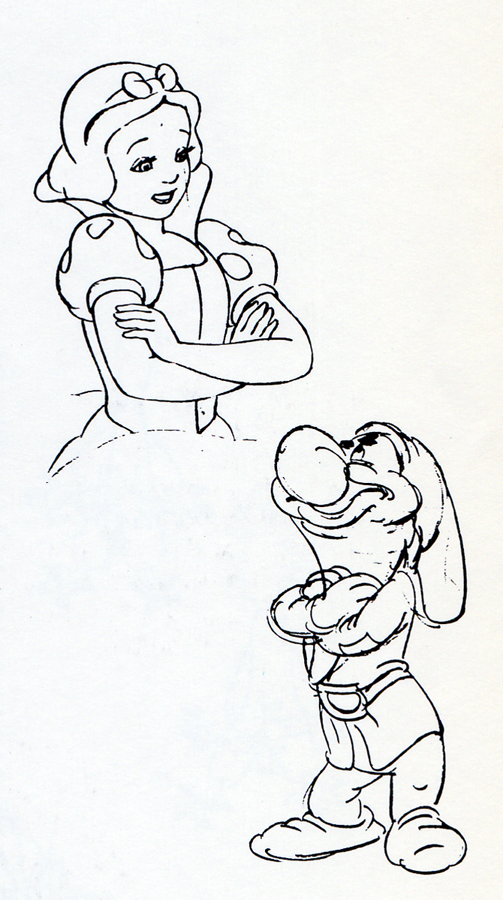 - Bill Tytla did Stromboli in Pinocchio. He did principal scenes of Dumbo in that film. He handled the Devil in Fantasia (as well as all his twisted mignons within those scenes.) Tytla worked on the seven dwarfs but was the principal animator of Grumpy.
- Bill Tytla did Stromboli in Pinocchio. He did principal scenes of Dumbo in that film. He handled the Devil in Fantasia (as well as all his twisted mignons within those scenes.) Tytla worked on the seven dwarfs but was the principal animator of Grumpy.
- Fred Moore also did the dwarfs in Snow White but seemed to focus on Dopey. He did Lampwick in Pinocchio and Mickey in The Sorcerer’s Apprentice.
- Marc Davis started as an assistant under Grim Natwick on Snow White. He became the Principal artist behind Bambi, the young deer. He did Alice in Alice in Wonderland, Tinkerbell in Peter Pan, Maleficent in Sleeping Beauty and Cruella de Ville in 101 Dalmatians.
- Frank Thomas did Captain Hook in Peter Pan, the wicked Stepmother in Cinderella, Bambi and Thumper on the ice in Bambi.
- Ham Luske and Grim Natwick did Snow White. The two sides of her personality came about because of conflicts between the two animators. This was a way for Walt to complicate Snow White’s character; he employed two animators with different strong opinions about her movement. By putting Ham Luske in charge, he was sure to keep the virginal side of Snow White at the top, but by having Natwick create the darker sides of the character, Disney created something complex.
Many animators fell under these leaders’ supervision and tutelage, also working on one principal character in each film. This system was something they swore by and broadcast as their way of working at the studio. It would allow the individual characters to maintain their personalities as one animator led the way.
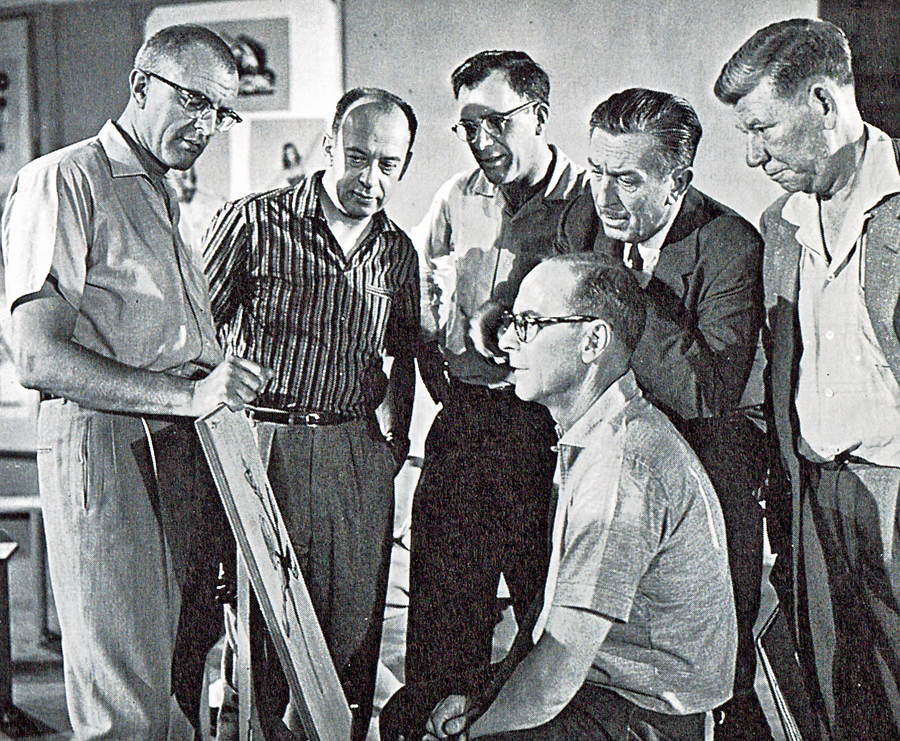 But as Walt grew more involved with his theme park and his television show and the live action movies that were doing well for the studio, things changed at the animation wing of the studio. It became clear, with the over budgeted spending on Sleeping Beauty and the new demands for a different look once xerography entered the picture in 1959. The rhythm and personality of the productions changed, and their methods of animation changed. Walt also sorted out nine loyalists to be his “Nine Old Men” thus dividing the animators into groups, a hurtful way of setting up competition among the animators. ________________________Kahl, Davis, Thomas, Walt, Jackson, Johnston seated
But as Walt grew more involved with his theme park and his television show and the live action movies that were doing well for the studio, things changed at the animation wing of the studio. It became clear, with the over budgeted spending on Sleeping Beauty and the new demands for a different look once xerography entered the picture in 1959. The rhythm and personality of the productions changed, and their methods of animation changed. Walt also sorted out nine loyalists to be his “Nine Old Men” thus dividing the animators into groups, a hurtful way of setting up competition among the animators. ________________________Kahl, Davis, Thomas, Walt, Jackson, Johnston seated
Thomas and Johnston get to justify this
in their book.
Let me read a section from the book to you:
- “Under this leadership, a new and very significant method of casting the animators evolved: an animator was to animate all the characters in his scene. In the first features, a different animator had handled each character. Under that system even with everyone cooperating, the possibilities of getting maximum entertainment out of a scene were remote at best. The first man to animate on the scene usually had the lead character, and the second animator often had to animate to something he could not feel or quite understand. Of necessity, the director was the arbitrator, but certain of the decisions and compromises were sure to make the job more difficult for at least one of the animators.
“The new casting overcame many problems and, more important, produced a major advancement in cartoon entertainment: the character relationship. With one man now animating ever character in his scene, he could feel all the vibrations and subtle nuances between his characters. No longer restricted by what someone else did, he was free to try out his own ideas of how his characters felt about each other. Animators became more observant of human behavior and built on relationships they saw around them every day.”
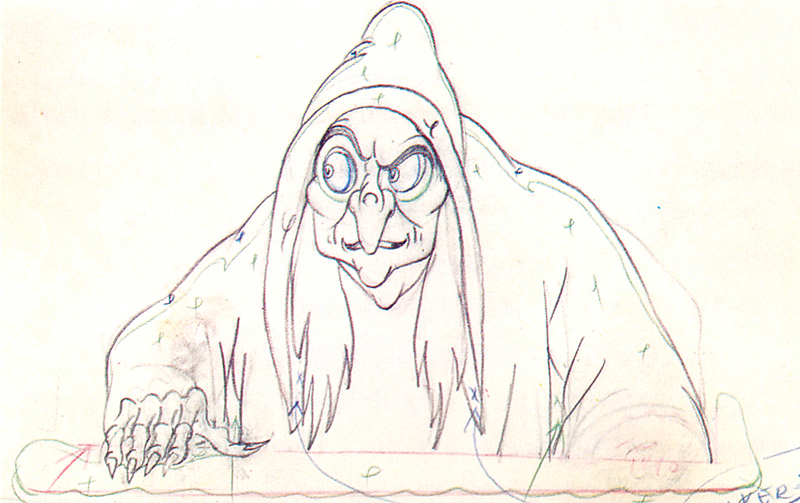 The question is, now, what are we to make of this statement? Do Thomas & Johnston mean for us to believe that they do more than the single character per film? Does it mean that, like all underprivileged animators everywhere, they now receive scenes rather than characters? Are they trying to tell us that the old, publicized method of animation they did during the “Golden Days” no longer exists?
The question is, now, what are we to make of this statement? Do Thomas & Johnston mean for us to believe that they do more than the single character per film? Does it mean that, like all underprivileged animators everywhere, they now receive scenes rather than characters? Are they trying to tell us that the old, publicized method of animation they did during the “Golden Days” no longer exists?
To be honest I don’t know. Also when are they talking about? At the start of the Xerox era? In the days since Woolie Reitherman has been directing? Do they mean ever since they’ve retired and started writing this book?
Let’s go back a bit.
- In 101 Dalmatians, Marc Davis did Cruella de Vil. That’s it. That’s all he was known for in that film. Oh wait, there were a couple of scenes where he did the “Bad’uns,” Cruella’s two sidekicks. He did these ging into or out of a sequence. In Sleeping Beauty (if we’re going back that far) Davis did Maleficent. Oh, he also did her raven sidekick.
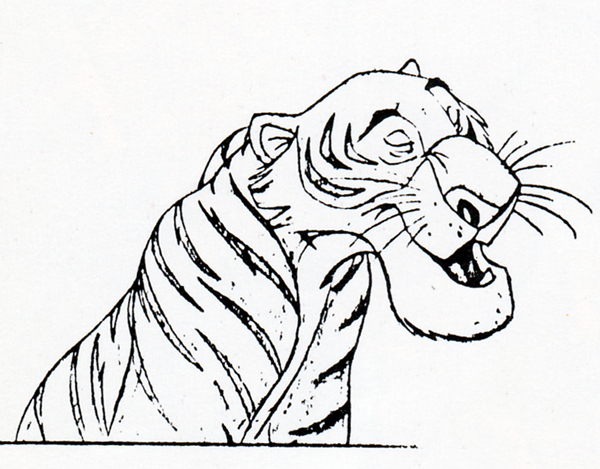 - Milt Kahl did Prince Philip in Sleeping Beauty – and every once in a while his father. He did key Roger and Perdita scenes in 101 Dalmatians. He did Shere Khan in The Jungle Book.
- Milt Kahl did Prince Philip in Sleeping Beauty – and every once in a while his father. He did key Roger and Perdita scenes in 101 Dalmatians. He did Shere Khan in The Jungle Book.
Kahl also seems to be the go-to-guy when they’re looking to have the character defined. The closest thing to Joe Grant’s model department in the late Thirties. If you weren’t sure how Penny might look in a particular scene, you might go to Kahl who’d draw a couple of pictures for you. But that was Ollie Johnston‘s character. You’d probably go to him first, but Johnston would go to Kahl if he needed help.
Kahl also did Robin and some of Maid Marian in Robin Hood. I could keep going on, but let’s take a different direction.
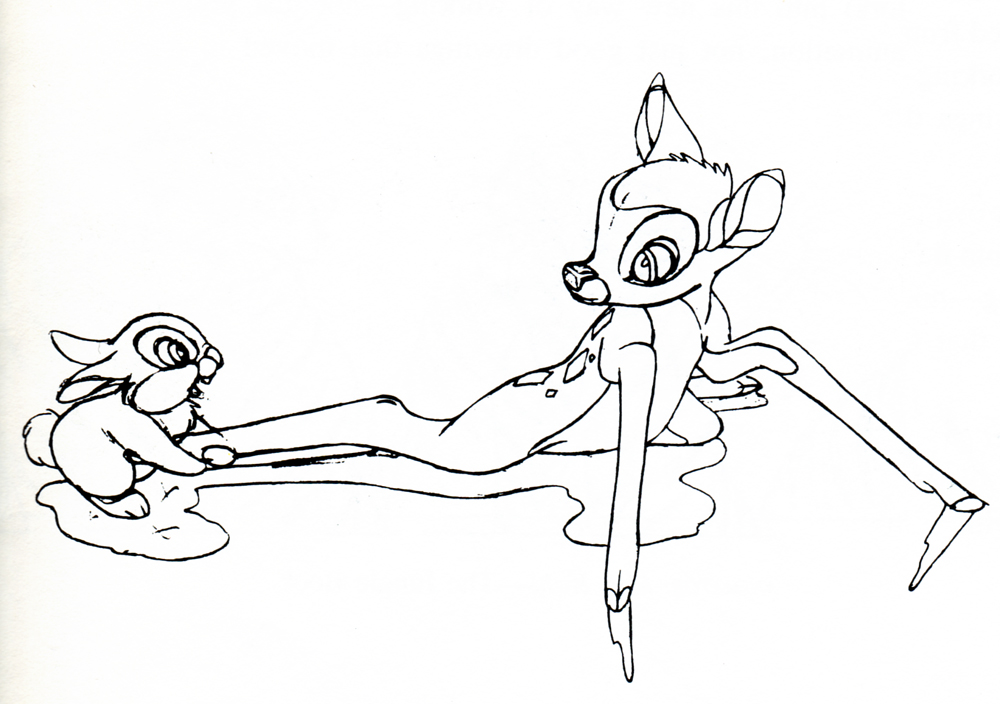 Look at one of Thomas’ greatest sequences, the squirrels in the tree. Starting with Seq.006 Sc.23 and almost completely through and ending with Seq.06 Sc.136 Frank Thomas did the animation. That’s a lot of footage. Yes, that represents four characters: Merlin and Wart as squirrels, as well as the older and younger female squirrels. He did the whole thing (and it’s one of the most beautifully animated sequences ever.)
Look at one of Thomas’ greatest sequences, the squirrels in the tree. Starting with Seq.006 Sc.23 and almost completely through and ending with Seq.06 Sc.136 Frank Thomas did the animation. That’s a lot of footage. Yes, that represents four characters: Merlin and Wart as squirrels, as well as the older and younger female squirrels. He did the whole thing (and it’s one of the most beautifully animated sequences ever.)
But when he was done with that and needed work, he didn’t stop on this film; he also did a bunch of scenes in the “Wizard’s Duel” between Merlin and Mad Madame Mim. Another big chunk.
Hans Perk has done a brilliant service for all animation enthusiasts out there. On his blog, A Film LA, he’s posted many of the animator drafts of feature films. You can find out who animated what scenes from any of the features.
However as Hans posts the batches of sequences, he gives little notes about what we’ll find when we open the drafts. In my view, Hans’ notes are also a treasure.
You can read remarks such as, “Masterful character animation by Milt Kahl and Frank Thomas, action by John Sibley and a scene by Cliff Nordberg.” That seems to tell us everything.
In Sleeping Beauty we can read, “This sequence shows, like no other, the division between Acting and Action specialized animators. Or at least it shows how animators are cast that way. We find six of the “Nine Old Men”, and such long-time Disney staples as Youngquist, Lusk and Nordberg, each of them deserving an article like the great one on Sibley by Pete Docter.”
Or in The Rescuers we read, “Probably the most screened sequence of this movie, the sequence where Penny is down in the cave was sequence-directed by frank and Ollie. They would plan their part of this sequence in rough layout thumbnails, then continue by posing all scenes roughly as can be seen in this previous posting.
“They relished telling the story that Woolie told them the animatic/Leica-reel/work-reel was JUST the right length, and when they posed out the sequence and showed it to Woolie, he said: “See? Just as I said: just the right length!” They kept to themselves that the sequence had grown to twice the length!”
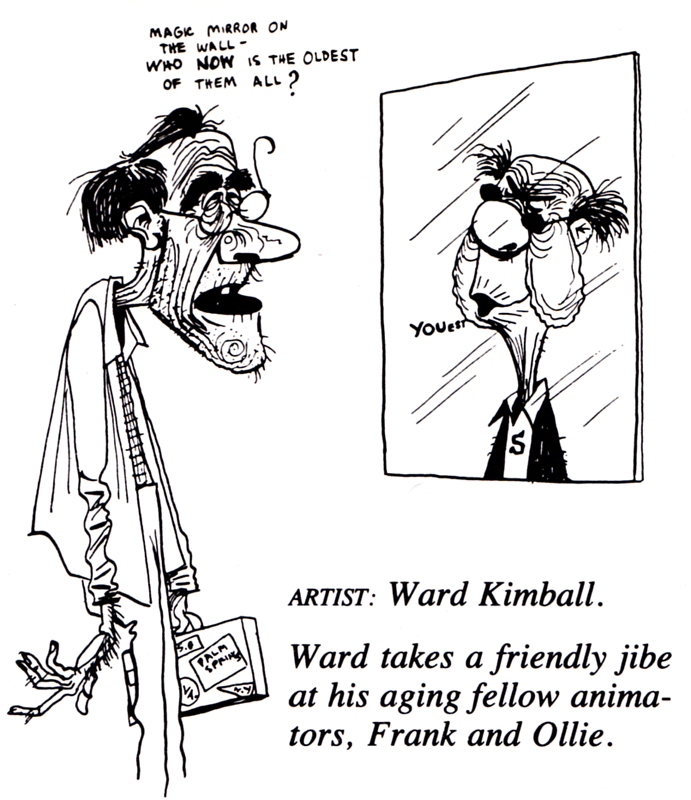 The work, right to the retiring of all of the “Nine Old Men,” would seem to me to prove that these guys, regardless of whether they added one or two other characters to the scenes, did, in fact, take charge of the one starring character.
The work, right to the retiring of all of the “Nine Old Men,” would seem to me to prove that these guys, regardless of whether they added one or two other characters to the scenes, did, in fact, take charge of the one starring character.
This continues past the retirement of all the oldsters: Glen Keane animated the “beast” in Beauty and the Beast. He animated Tarzan in Tarzan, Aladdin in Aladdin, Ariel in The Little Mermaid, and Pocahontas in Pocahontas. Andreas Deja animated Jafar, the Grand Vizier in Aladdin, Scar in The Lion King, Lilo in Lilo and Stitch, and Gaston in Beauty and the Beast. Mark Henn animated Belle in Beauty and the Beast (from the Florida studio), Jasmine in Aladdin, young Smiba in The Lion King, and Mulan and her father in Mulan.
Need I go on? What are Frank Thomas and Ollie Johnston talking about in their book? I’m confused.
I have a lot left to say about this book, much of it good, but next time I want to write about something else that confuses me with another somewhat contradictory statement in the book.
This has gotten a bit long, and I have to cut it here.
Bill Peckmann &Books &Chuck Jones &Illustration 07 May 2013 03:39 am
Bears
- I have always been aware of Frank Tashlin‘s book, “The Bear That Wasn’t,” and I have never liked it. Well, Bill Peckmann sent me a copy of scans of the book, and I realize that I’ve disliked it because of CHuck Jones’ insipid animated adaptation. When you look at the actual book and the beautiful illustrations, you realize how sensitive the material is and how beautifully handled it is. The illustrations are, in a word, great.
I’m so pleased Bill sent these scns to me, and I almost disgrace the post by ending with the Jones cartoon. It’s no wonder Tashlin disliked Chuck’s work. Take a look. First a lead-in by Bill:
-
Grim Natwick was an admirer of Frank Tashlin, and all I can say to that is… it takes a renaissance man to know a renaissance man.
Here is the 1962 Dover reprint of Frank Tashlin’s 1946 book, “The Bear That Wasn’t”
Enjoy!
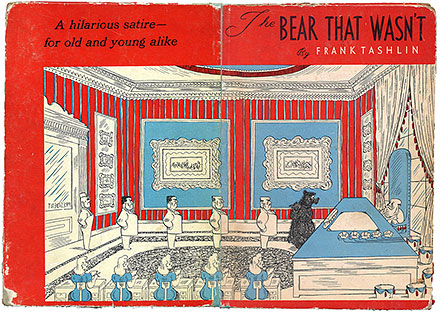 1
1The original cover
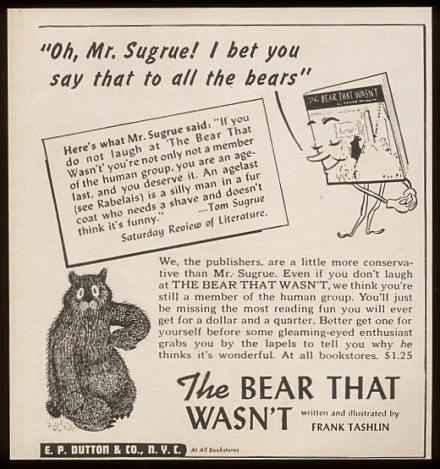
This was a publisher’s ad to booksellers
that came out when the book did.
Here’s the Chuck Jones cartoon as released by MGM.
It’s got problems that weren’t in the book.
They mostly come from Chuck Jones.
Books &Disney &Illustration 06 May 2013 04:28 am
Peter and Wendy
Here is the third of the three adaptations of Peter Pan sent to my from the UK by Peter Hale. Since the original Barrie book is considered something of a national treasure by the Brits, and especially since I wasn’t even award of these editions, it is valuable to see these British adaptations done at the time of the film’s release. I couldn’t be more grateful to Peter Hale for sharing these finds with us.
Here’s Peter Hale’s intro to this book:
- These are the scans from the hard back book. The volume is small (5½” x 7½”) as it is designed for children. It is the same size as the Hodder & Stoughton ‘Peter Pan and Wendy‘ illustrated by Mabel Lucie Attwell, but the text layout is different (although the text itself is the same).
The copy I own has no dust jacket. I have included a scan of the dust jacket from a 1956 edition, as the front illustration, at least, is probably the same.
I hope this is of some interest, although I don’t expect you will wish to post all of these scans.
Not all of the pages of the book are included here. The idea is to give you a feel for the book and to show how the illustrations were used for this edition. I think you can get that from this post. Many thanks to Peter Hale for sending them. (I doubt I’d even know that there were so many editions and varieties of text . But it makes perfect sense, and it probably was a political hassle for the Disney people to deal with in making this early adaptation.
 1
1
